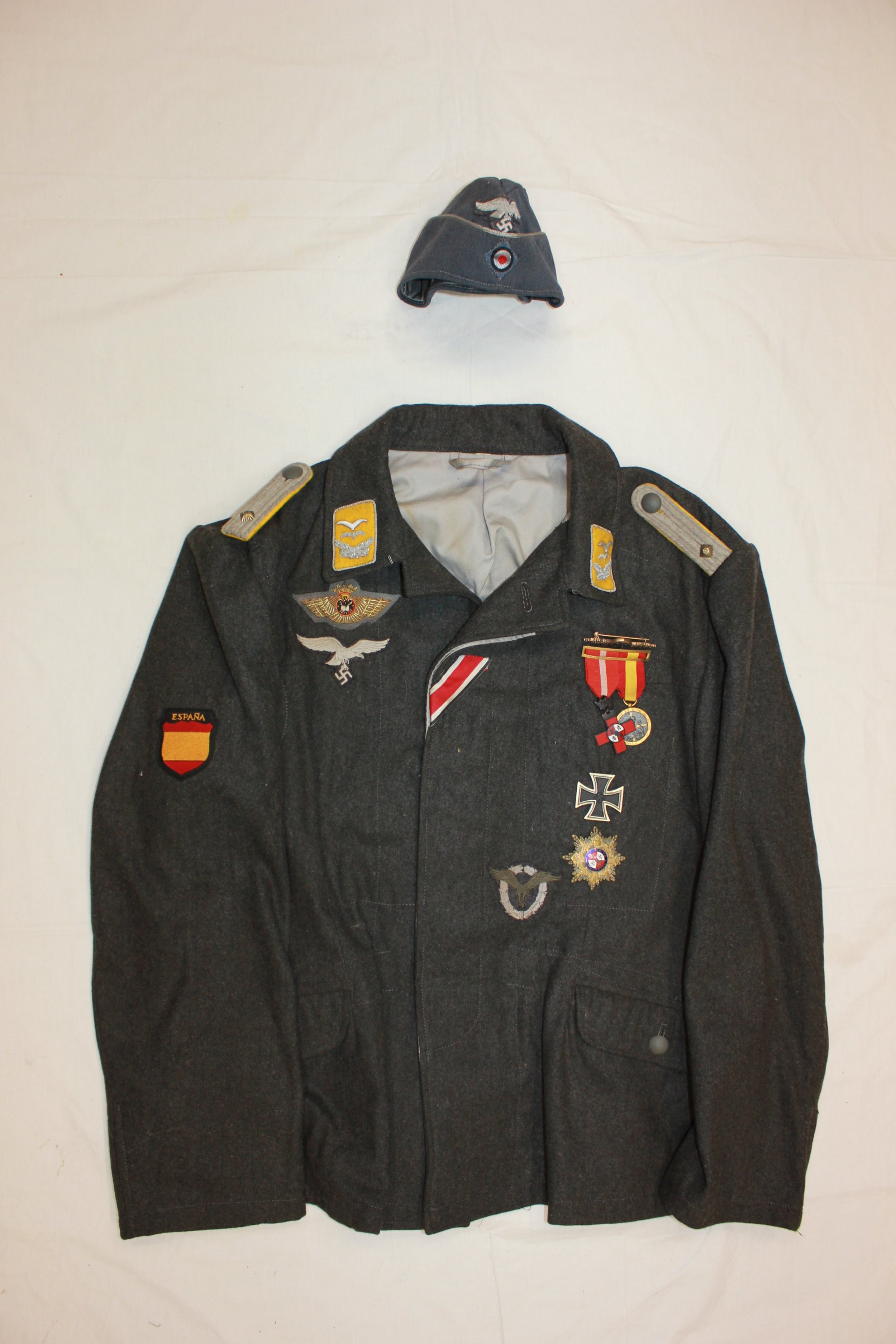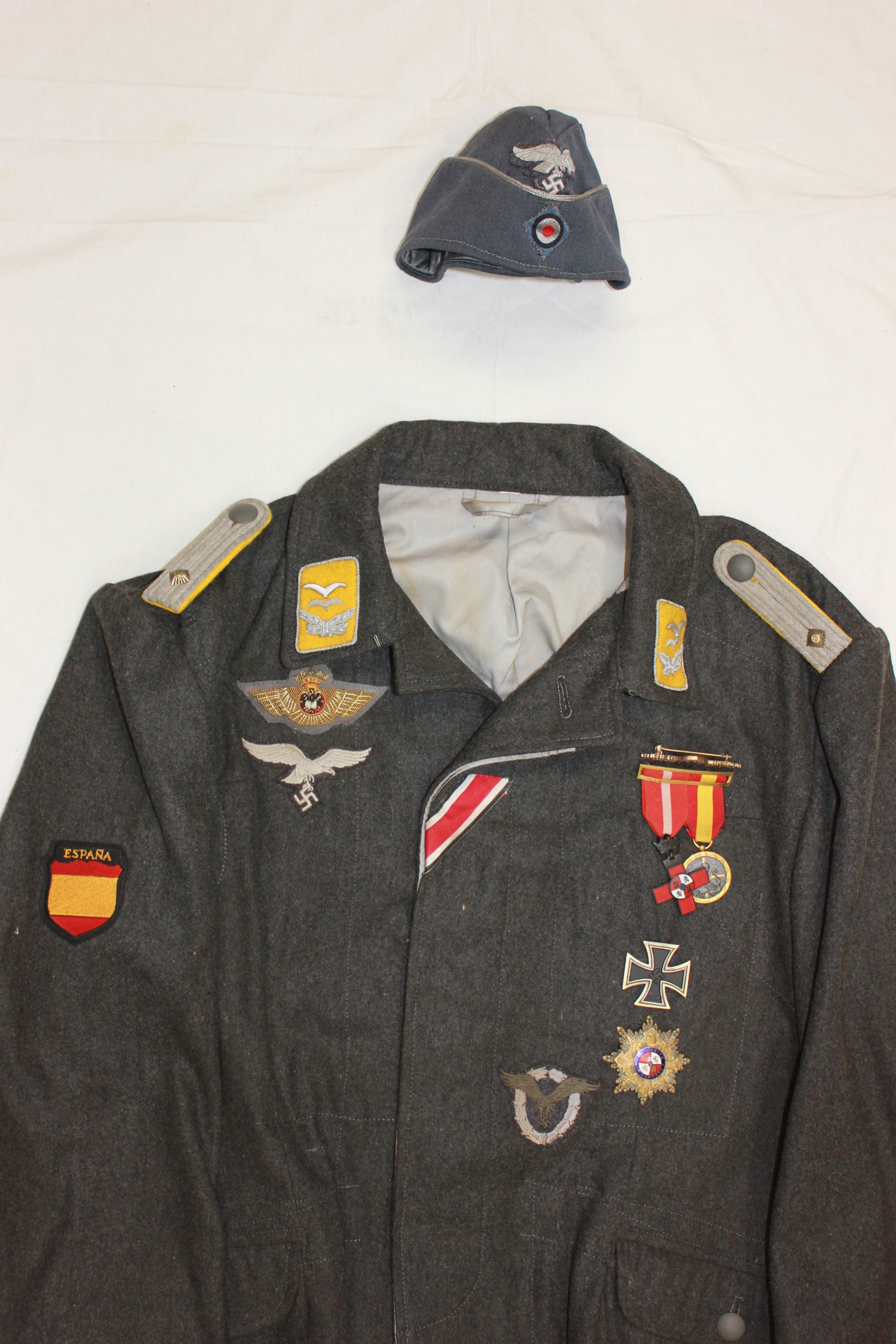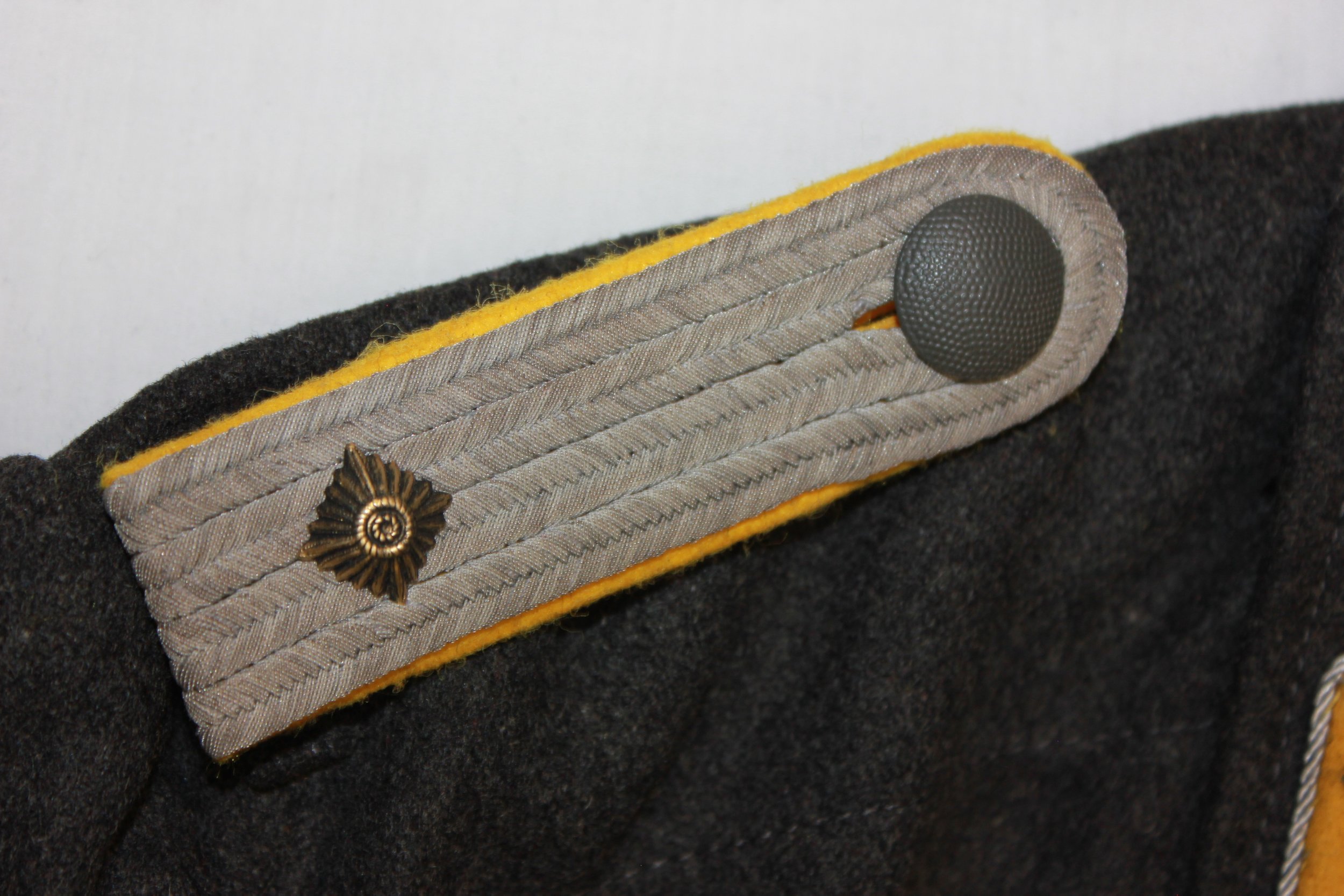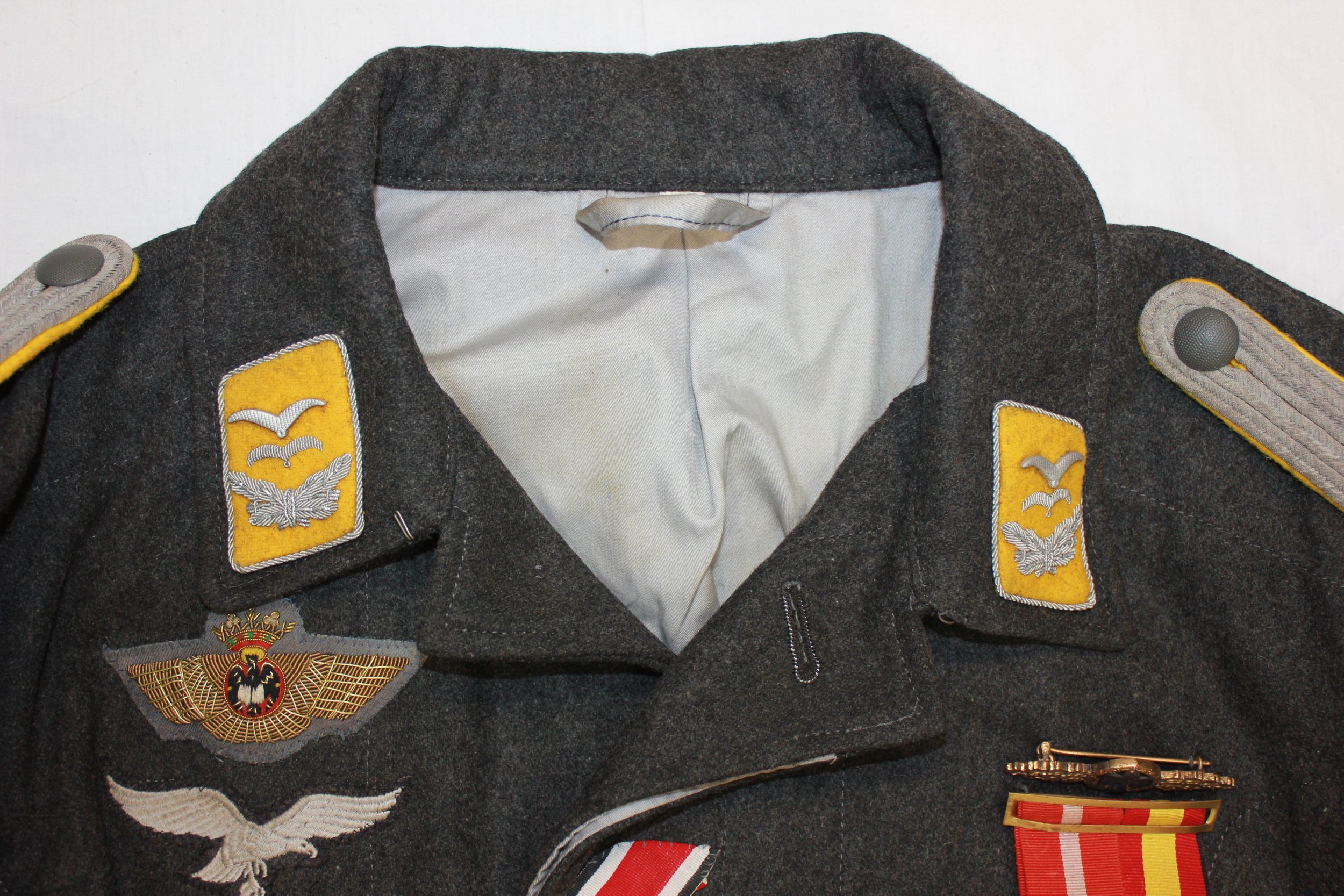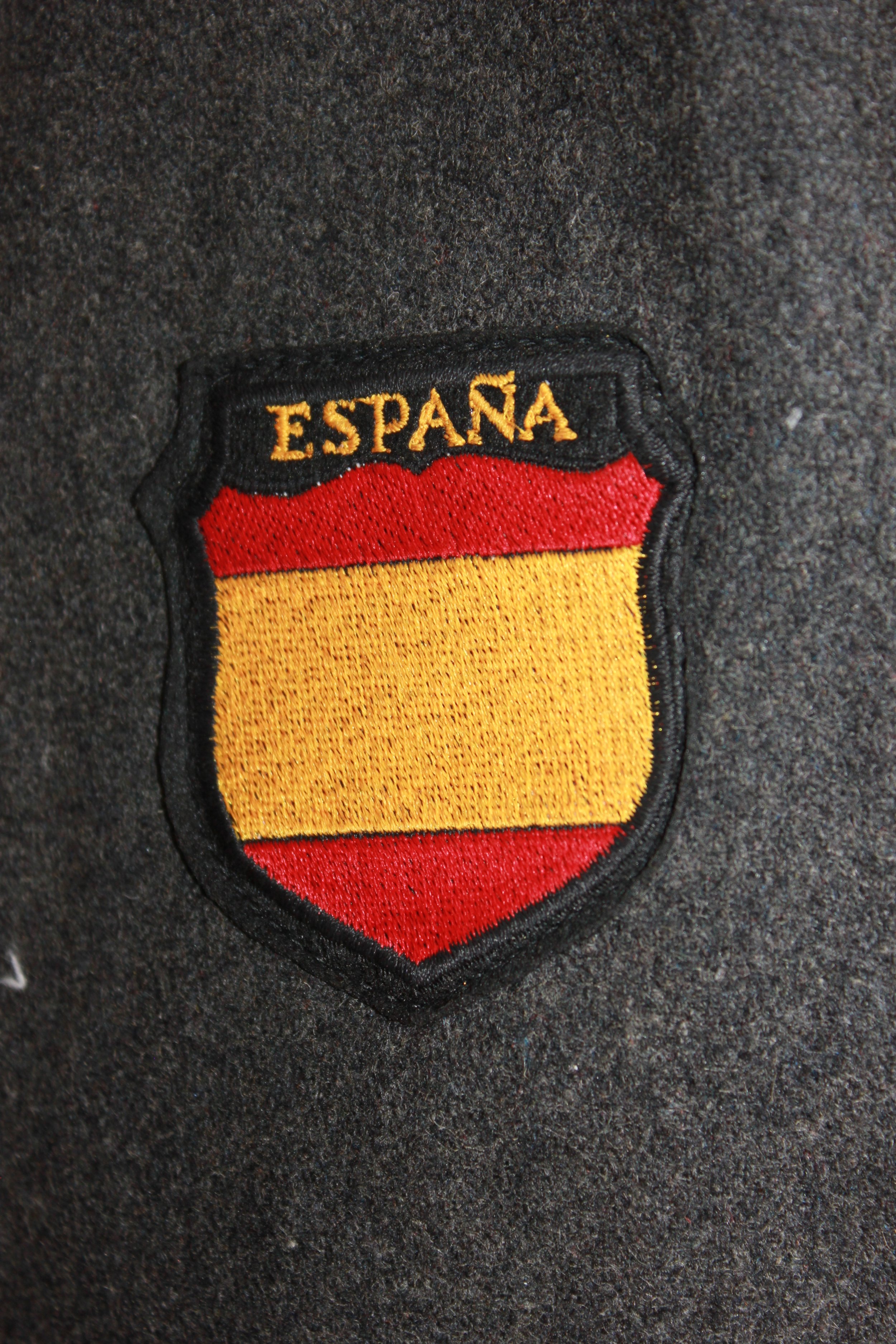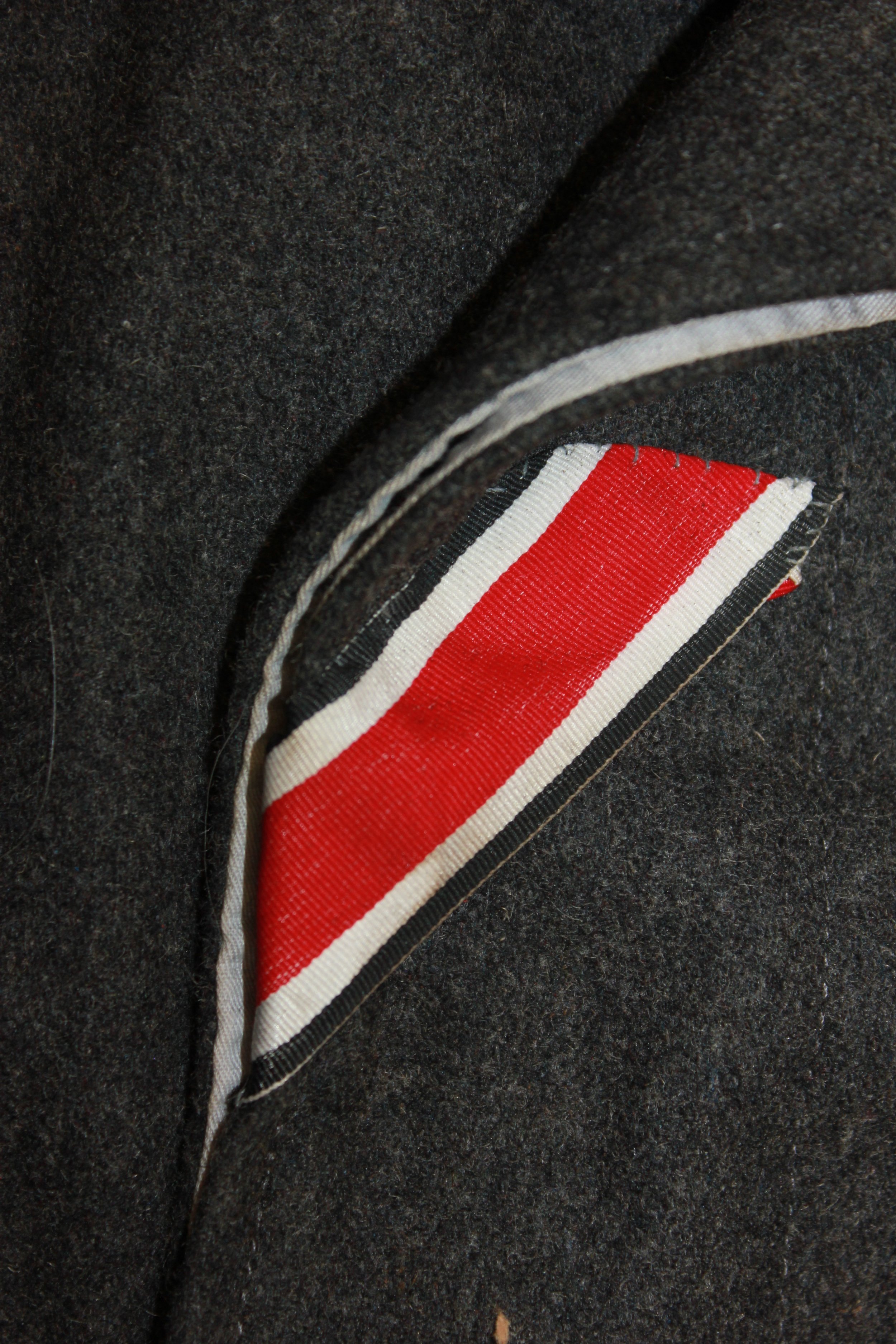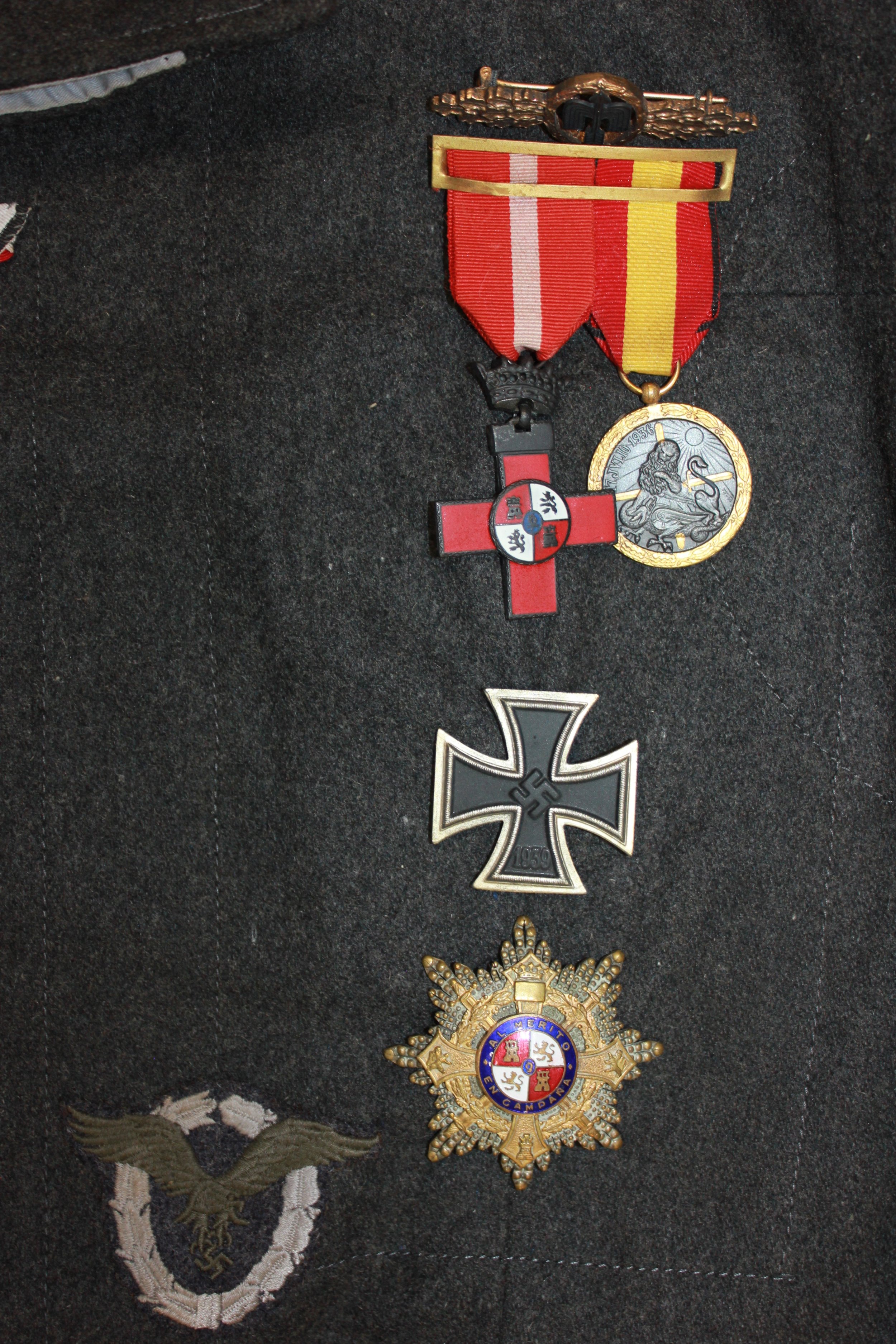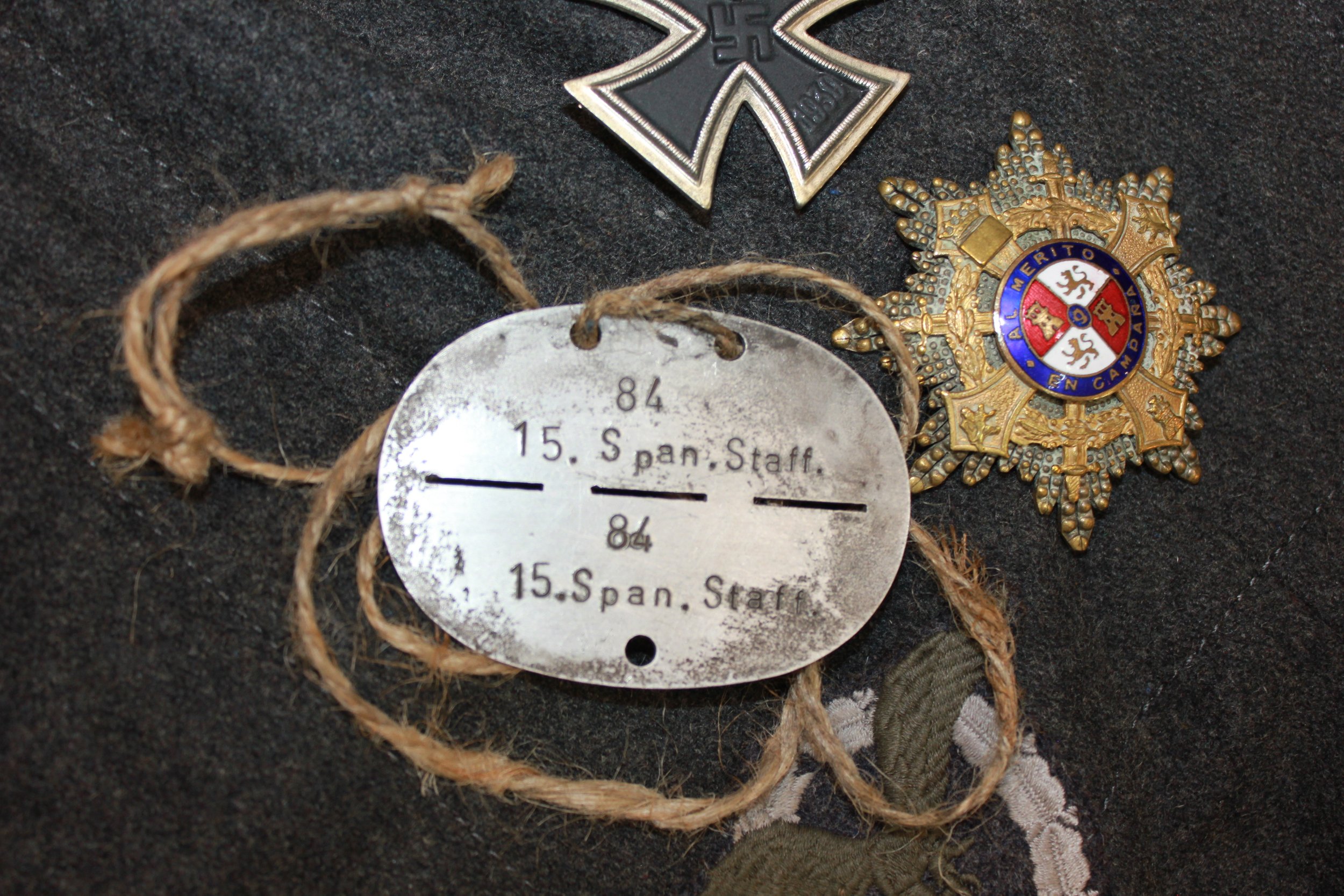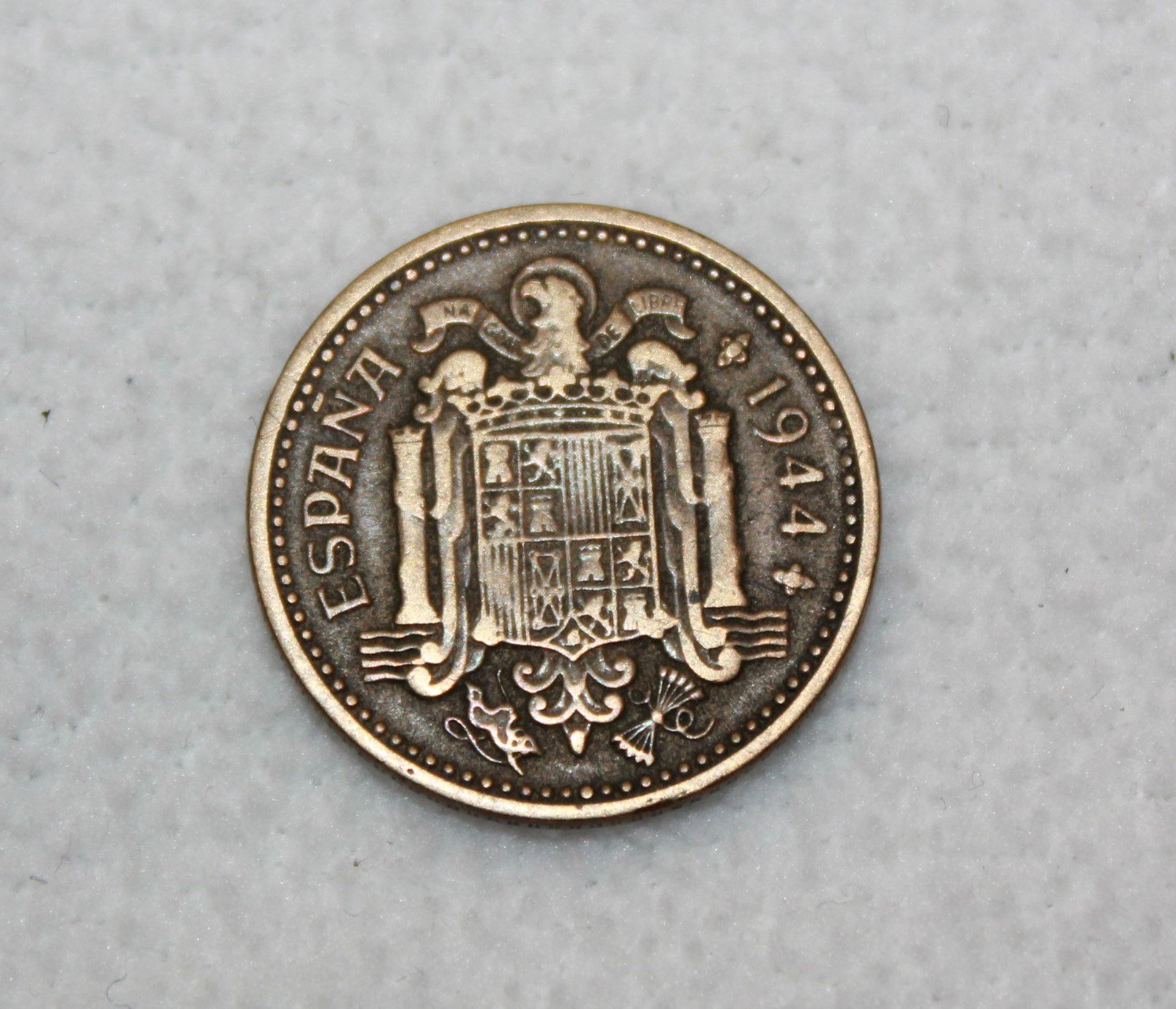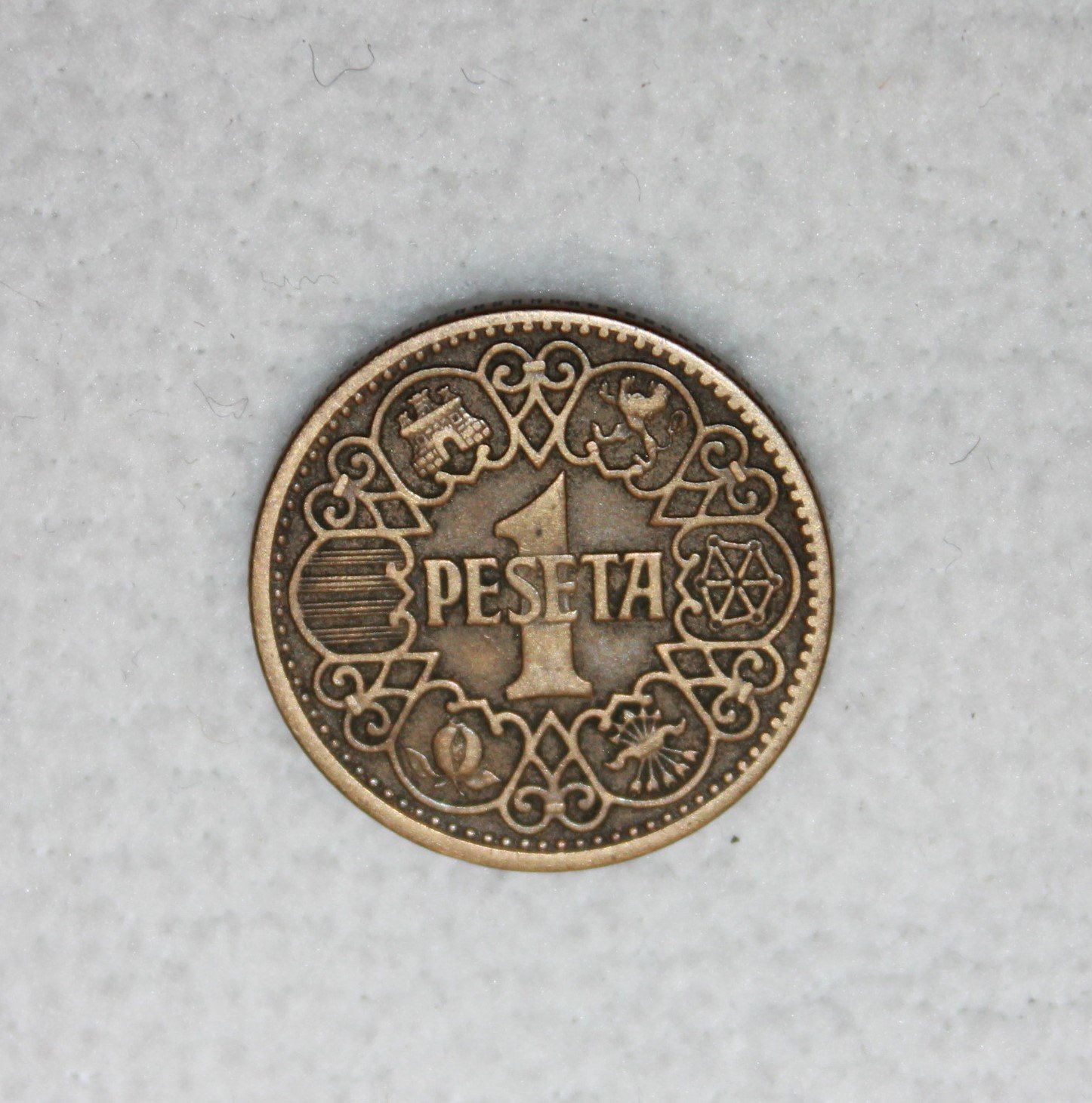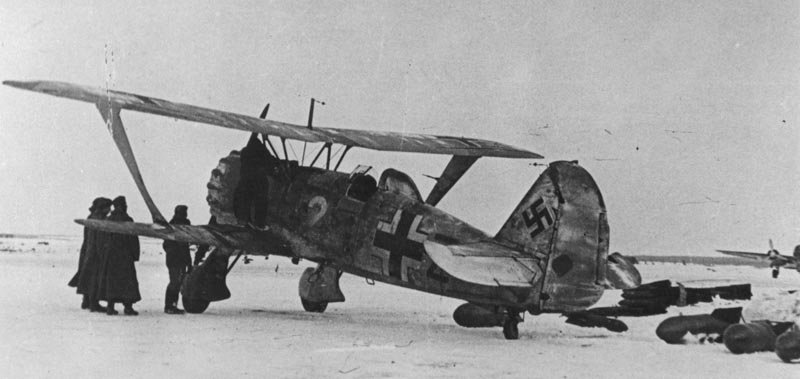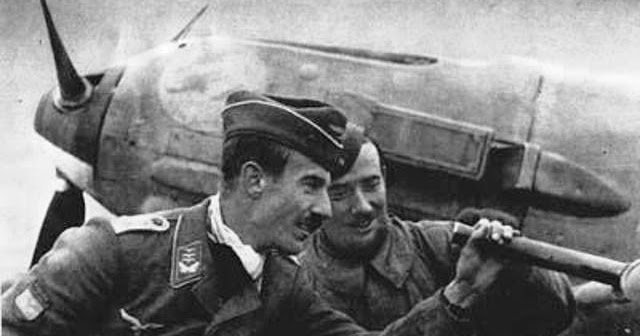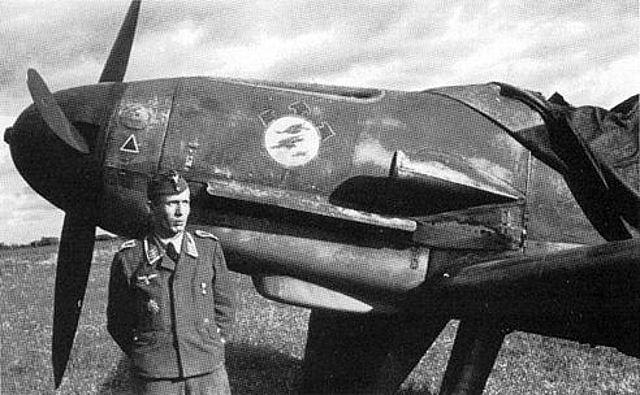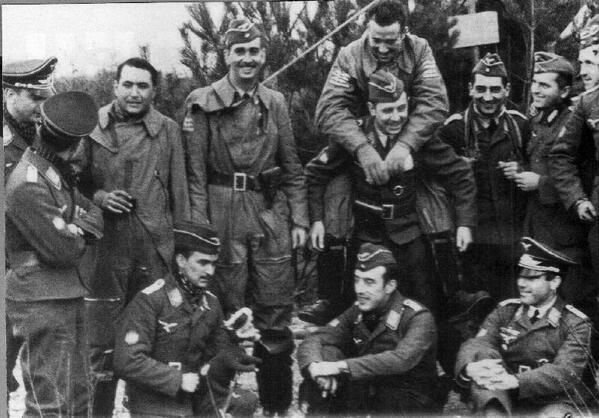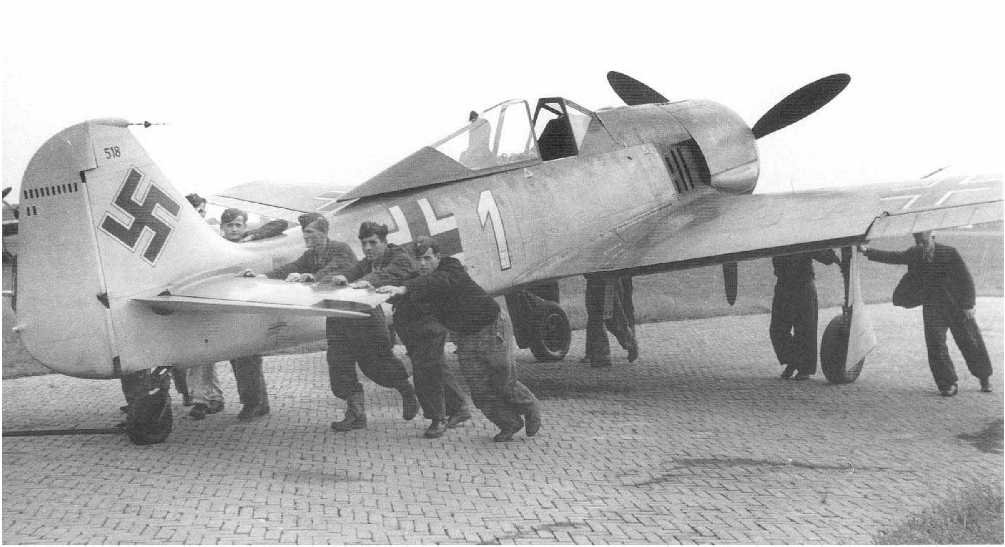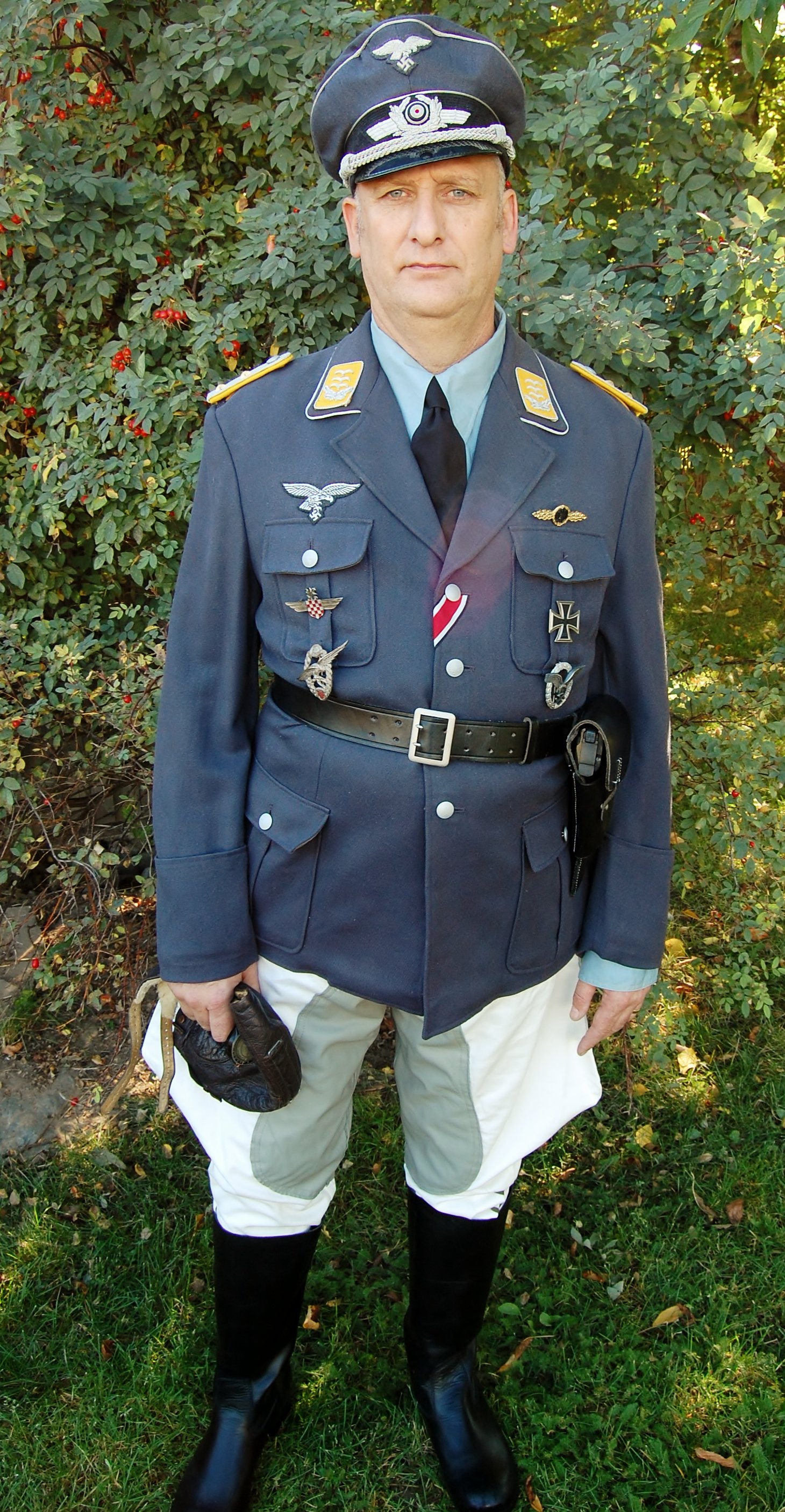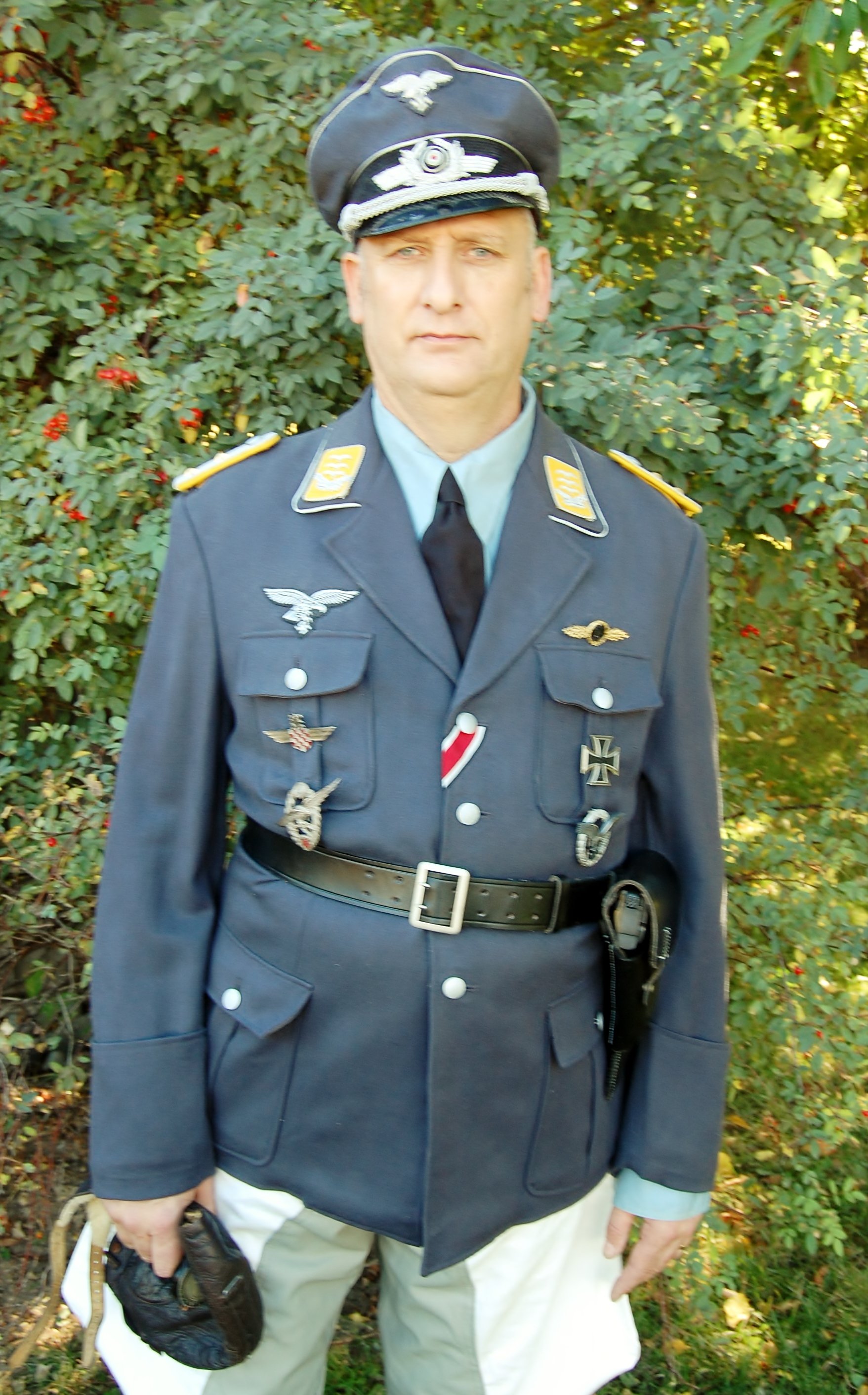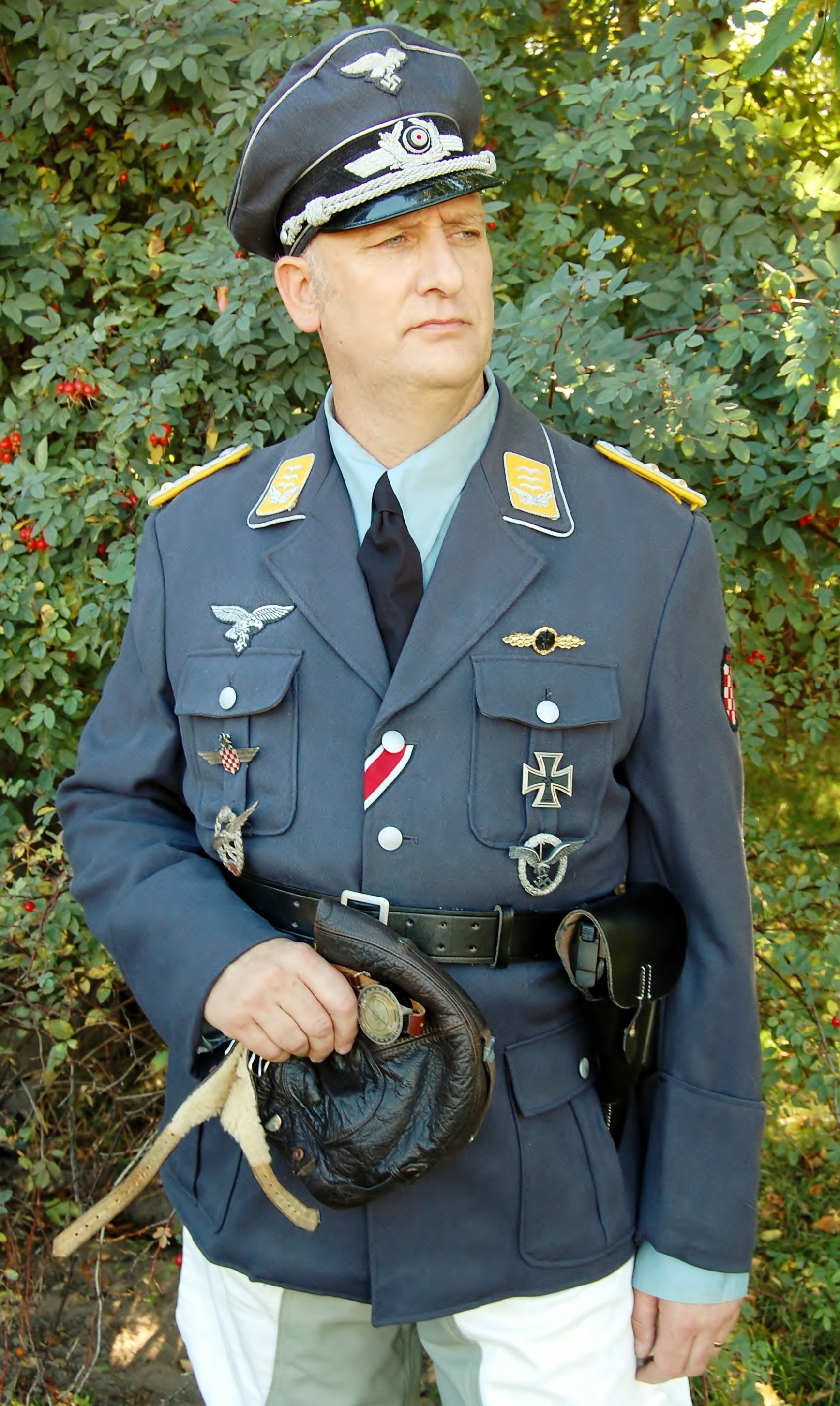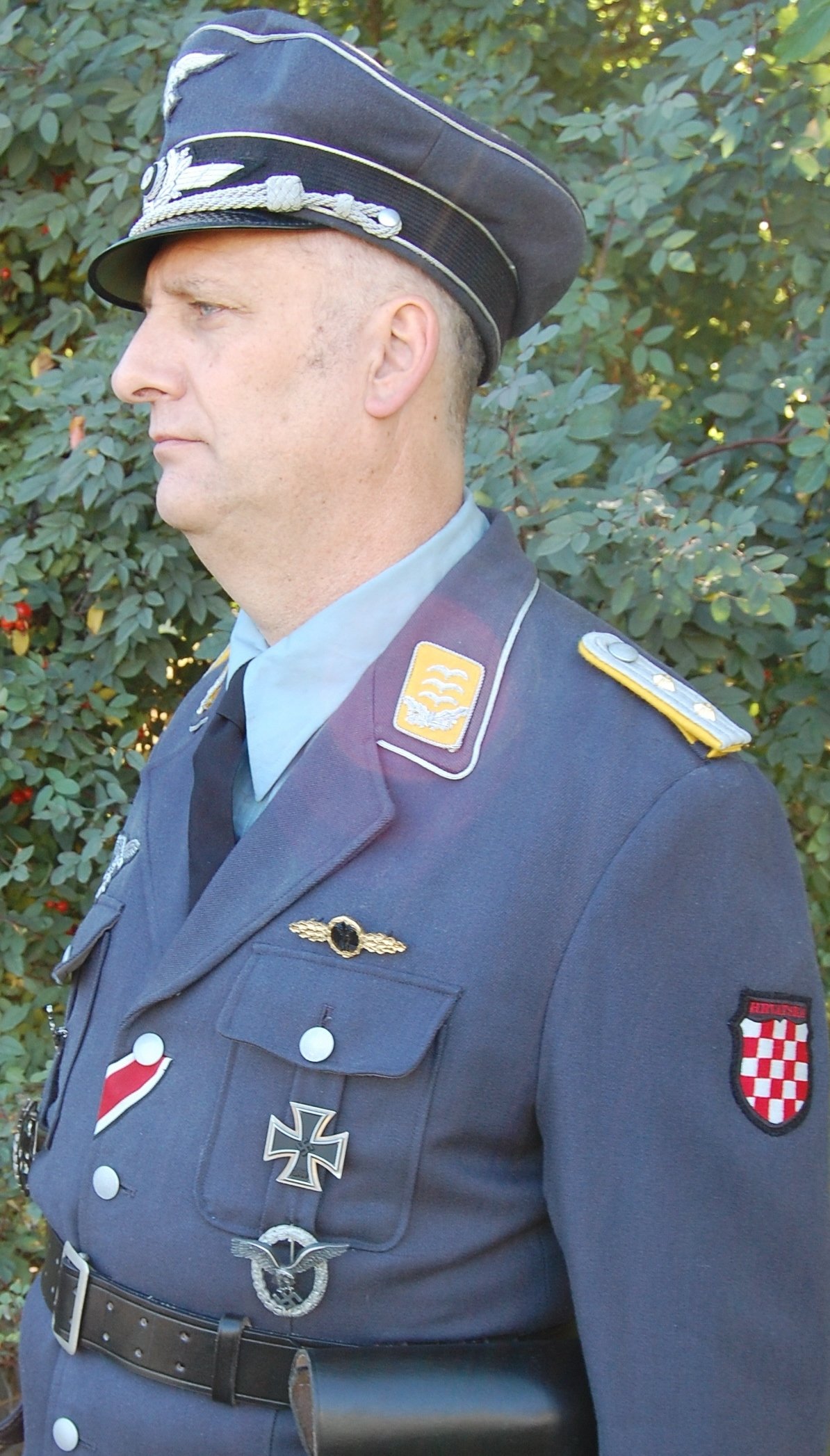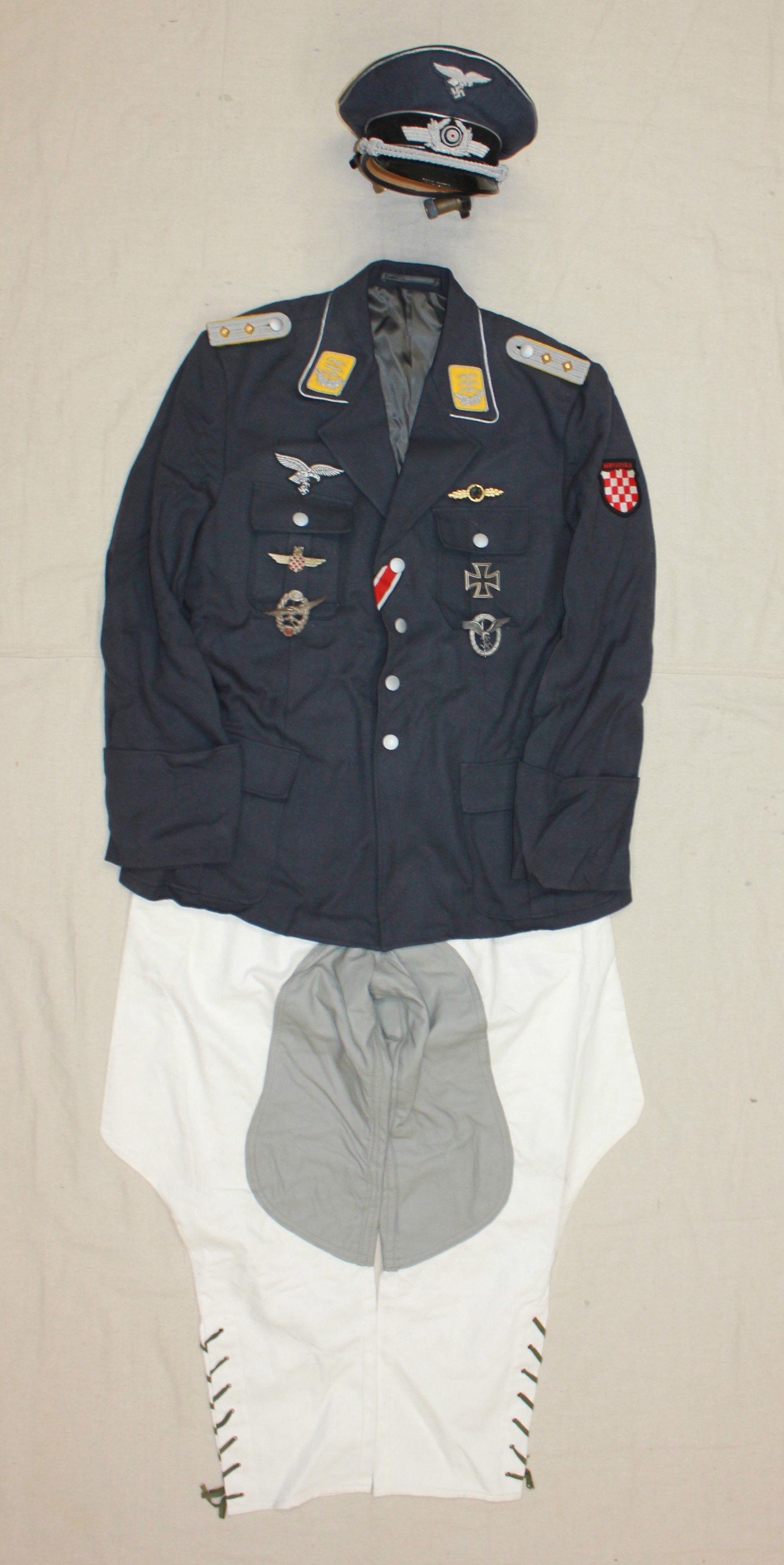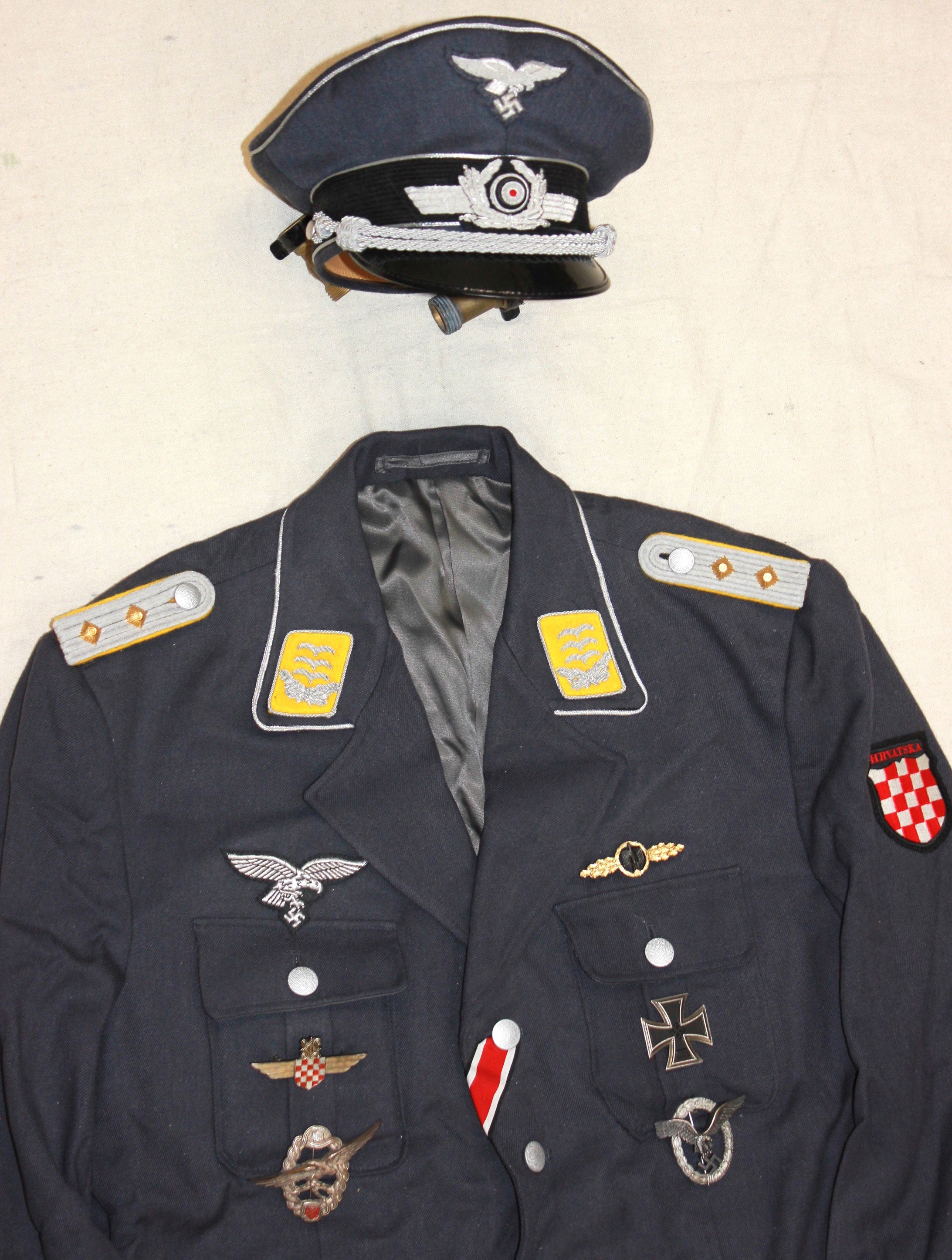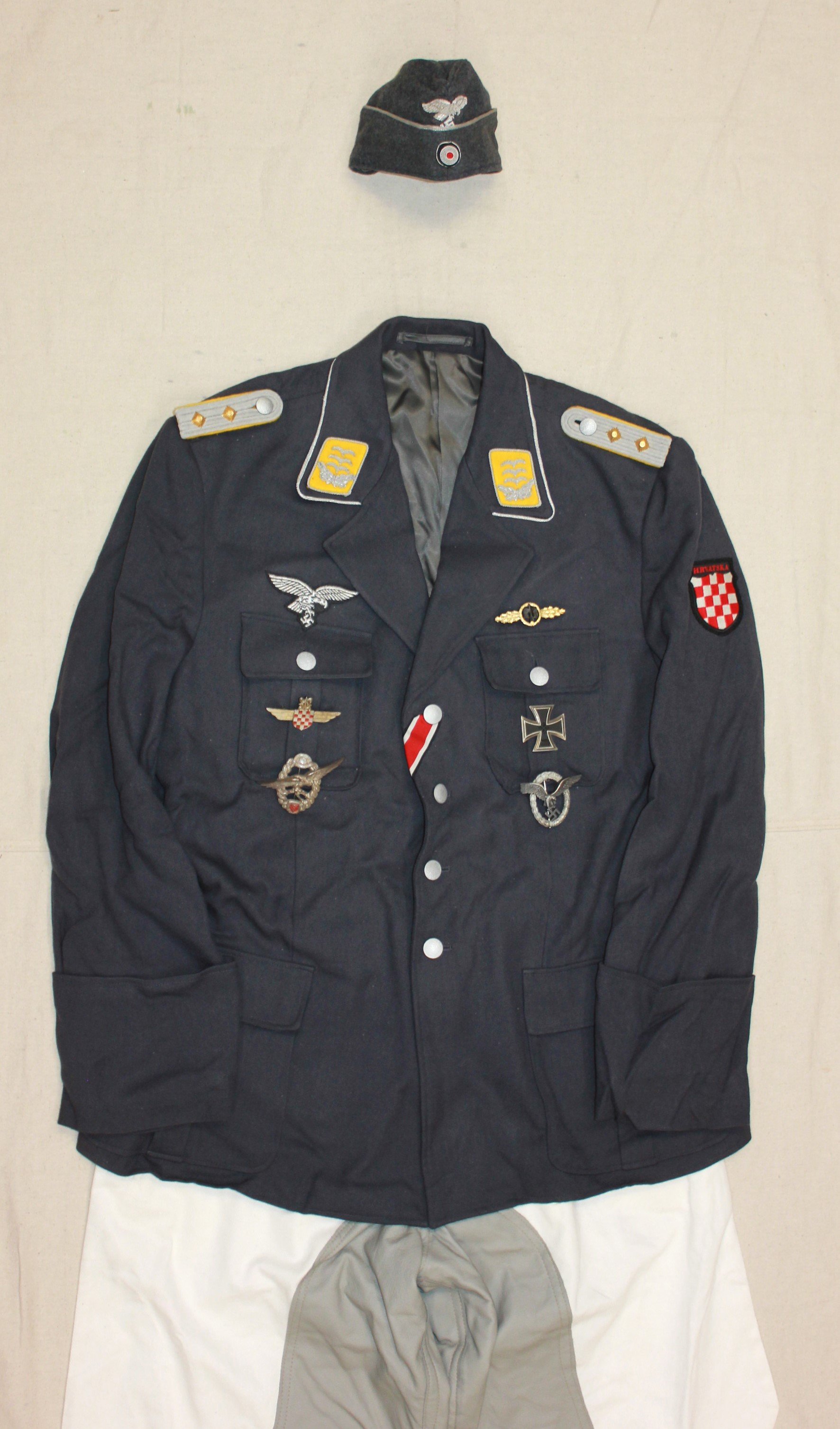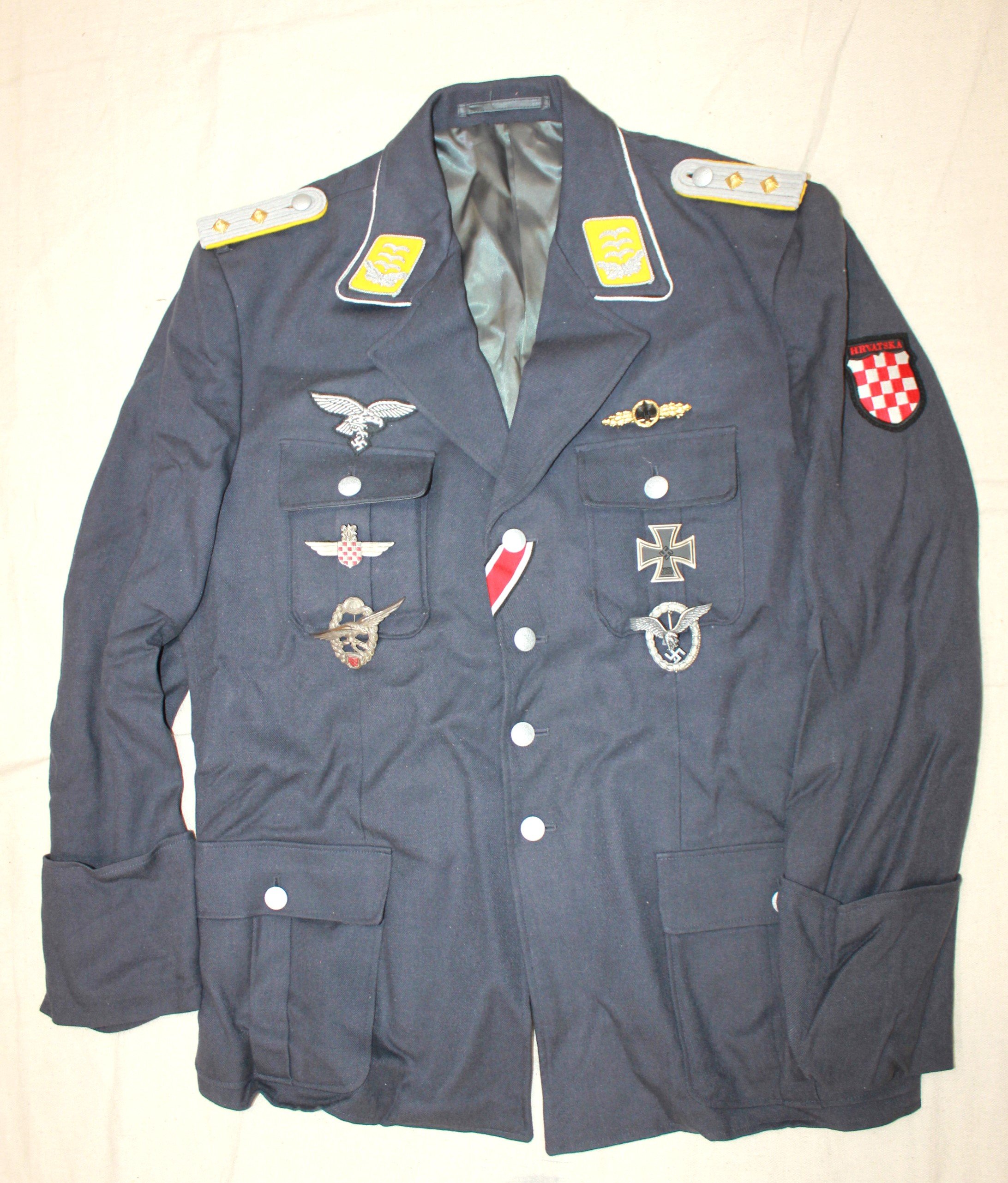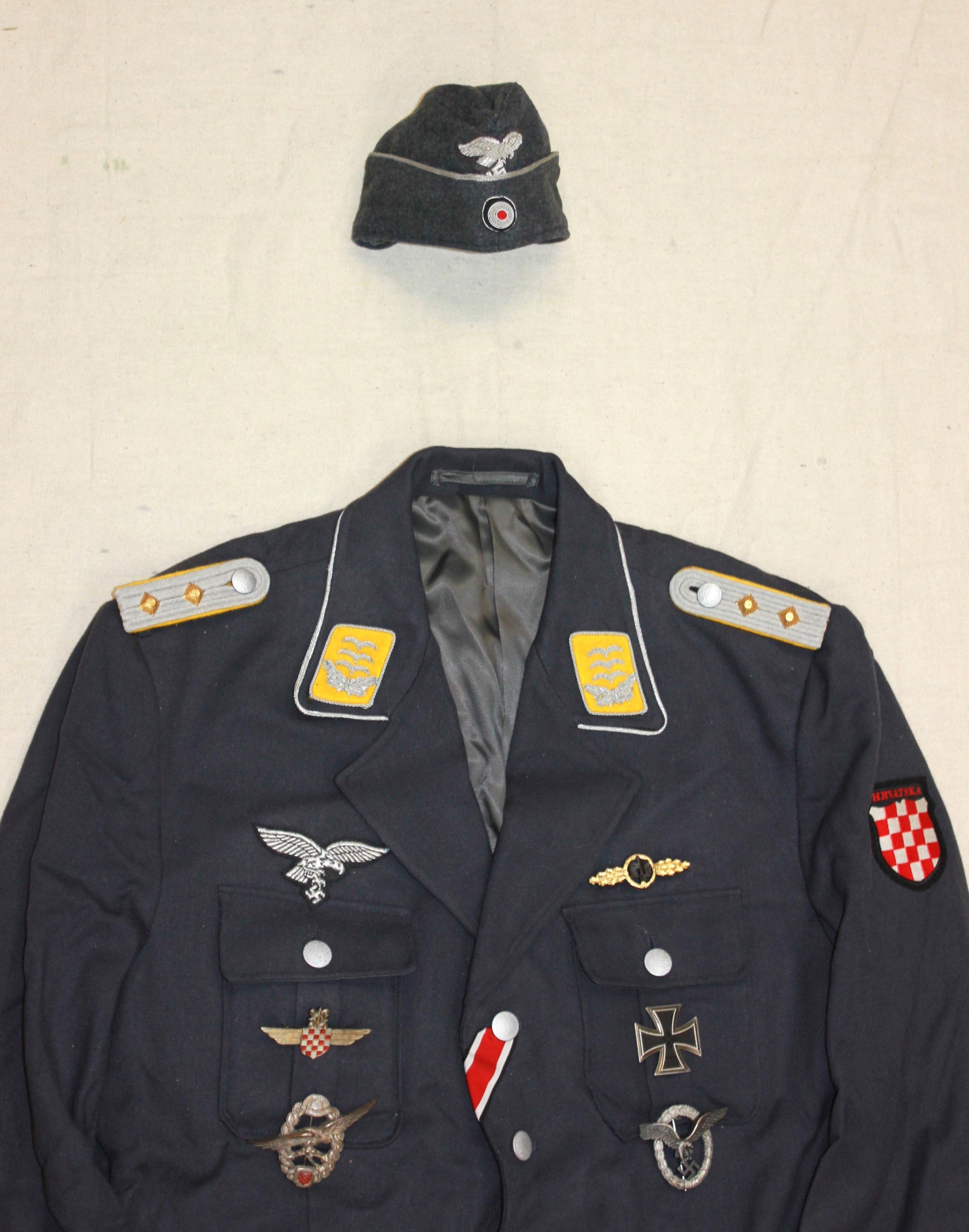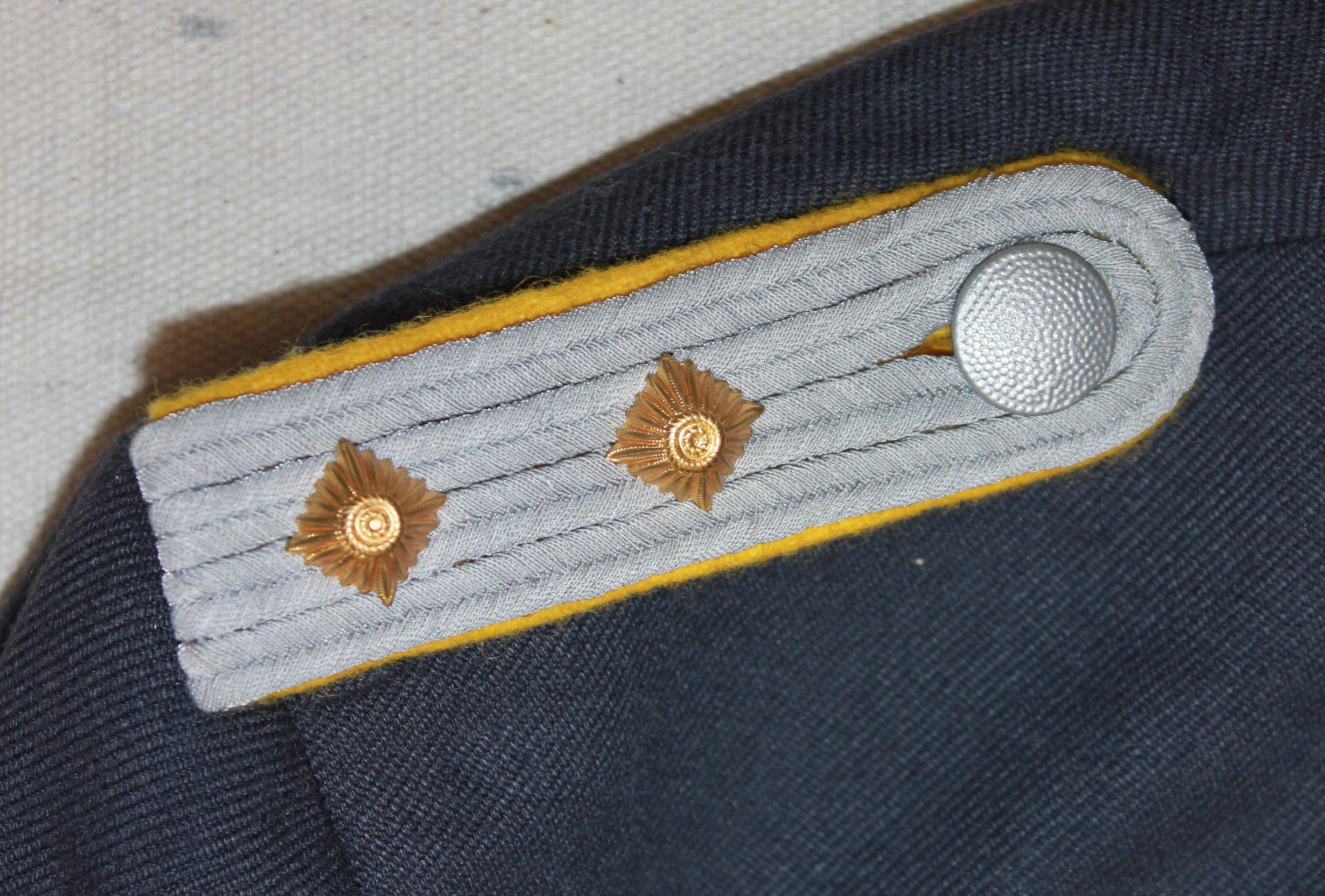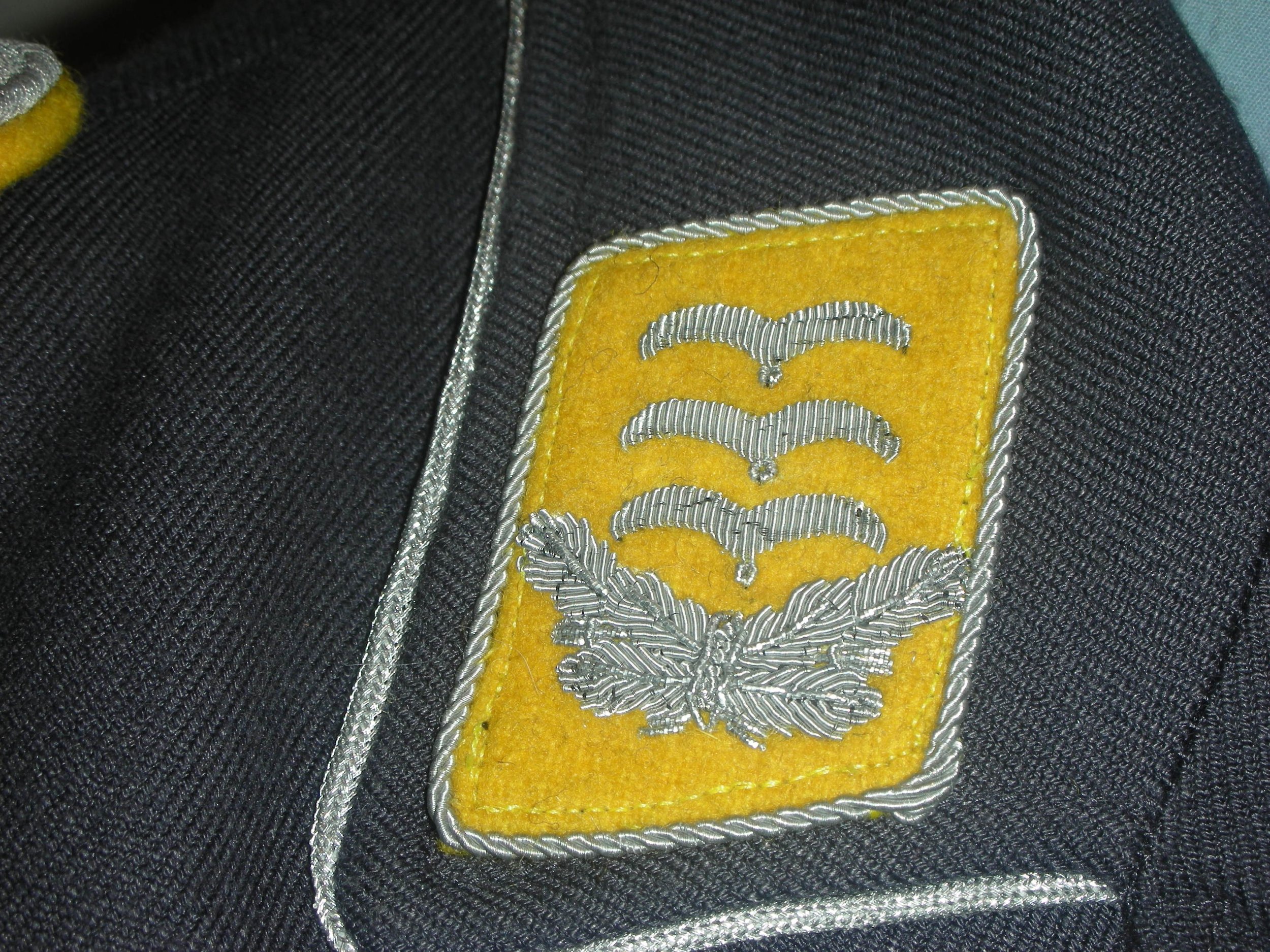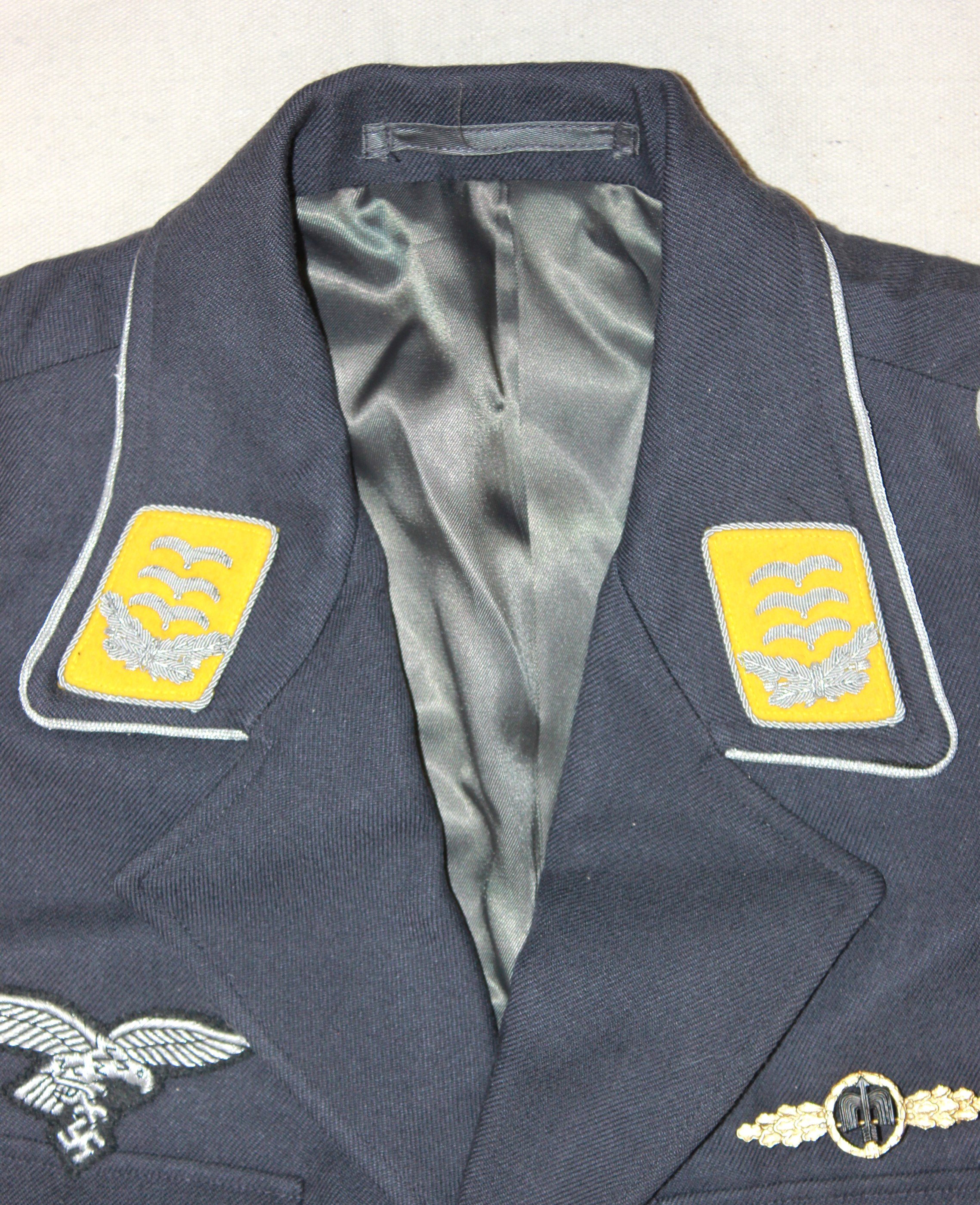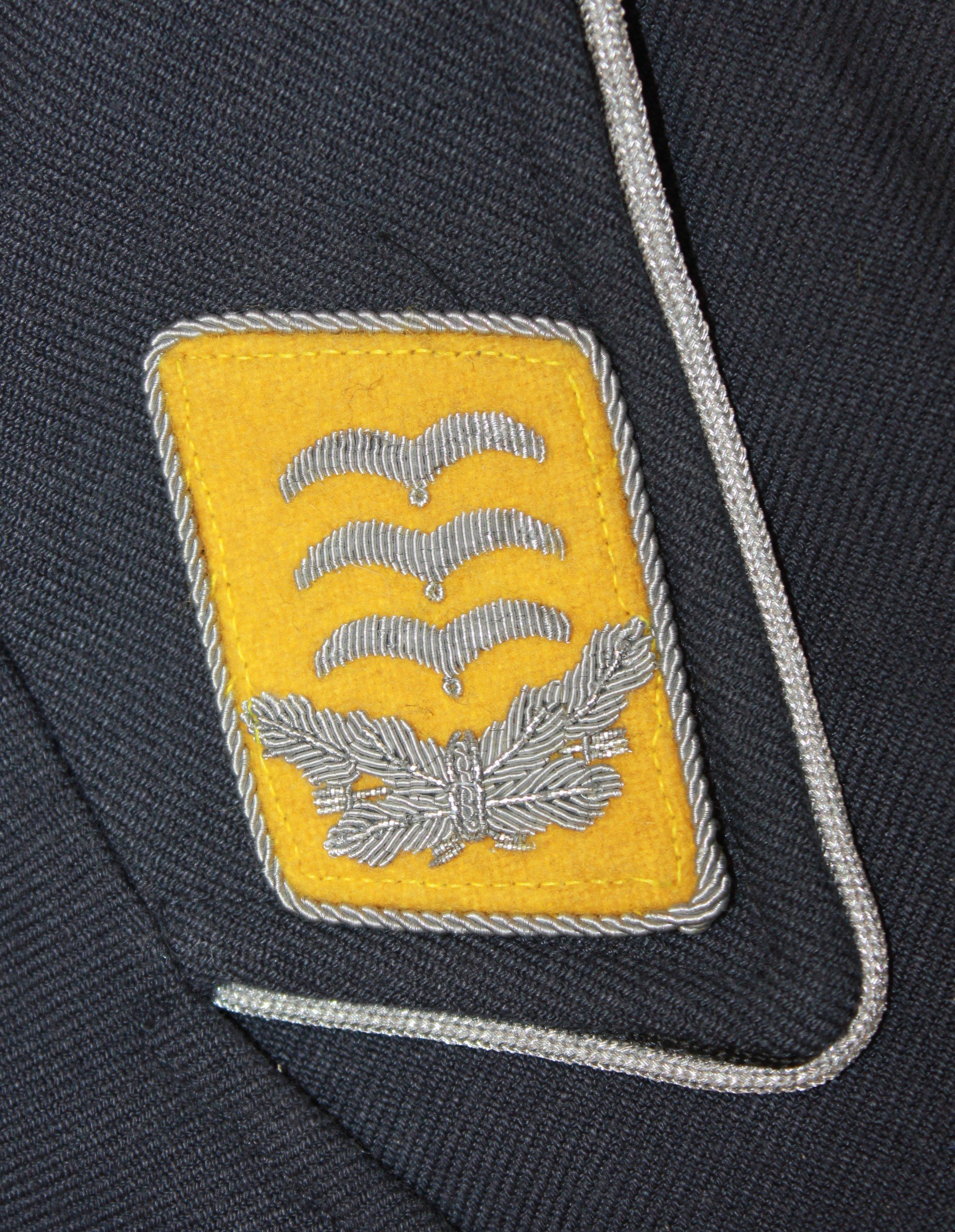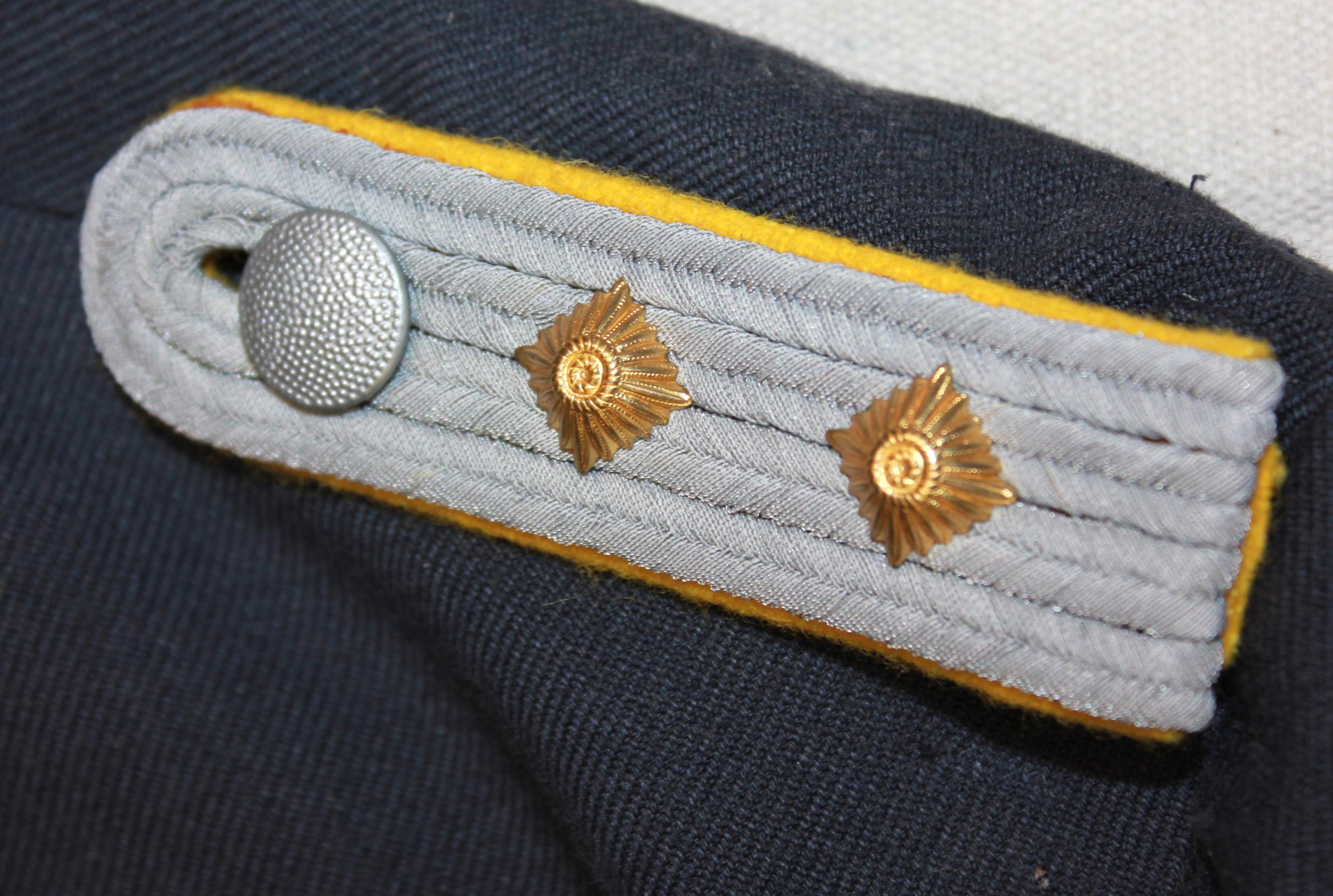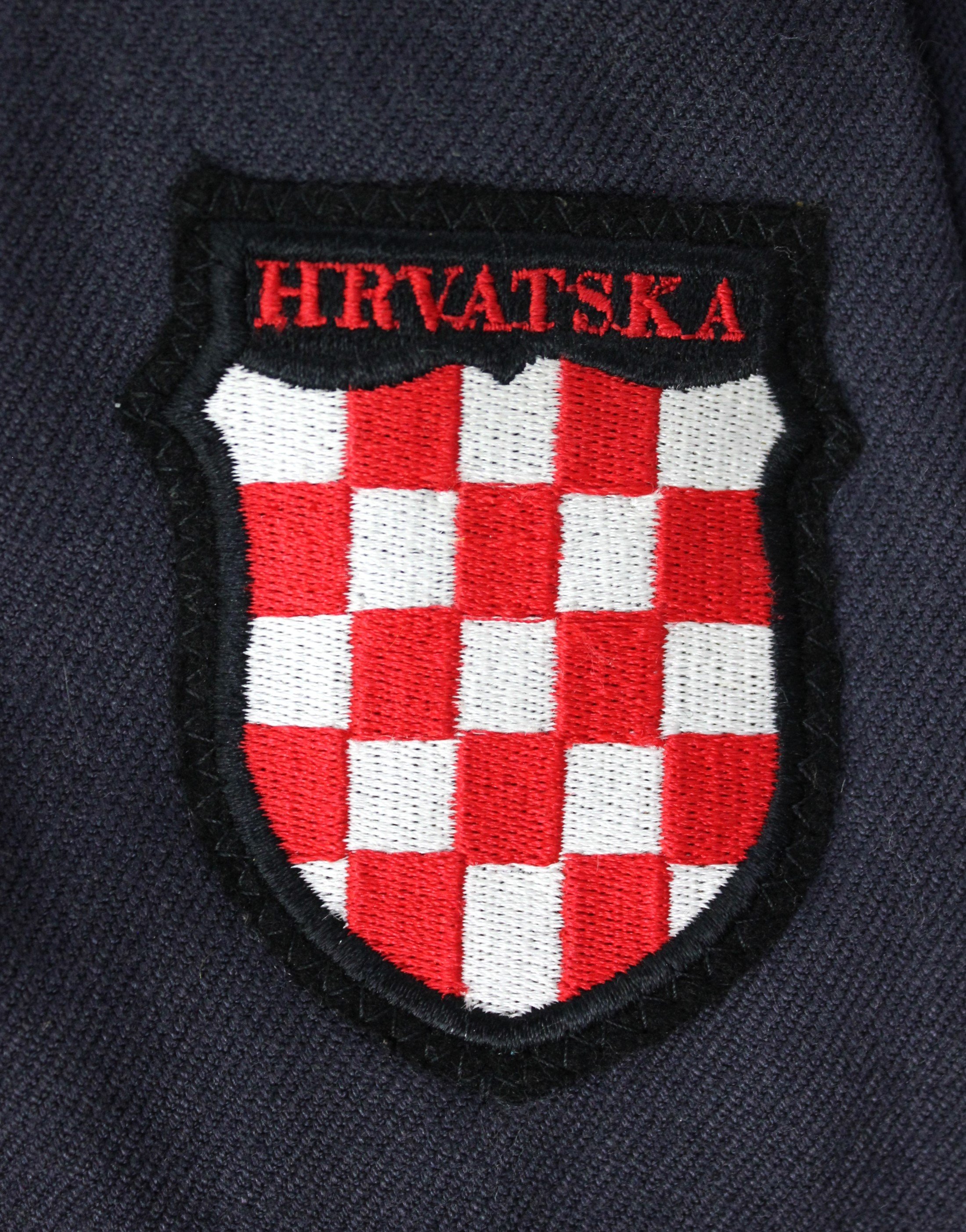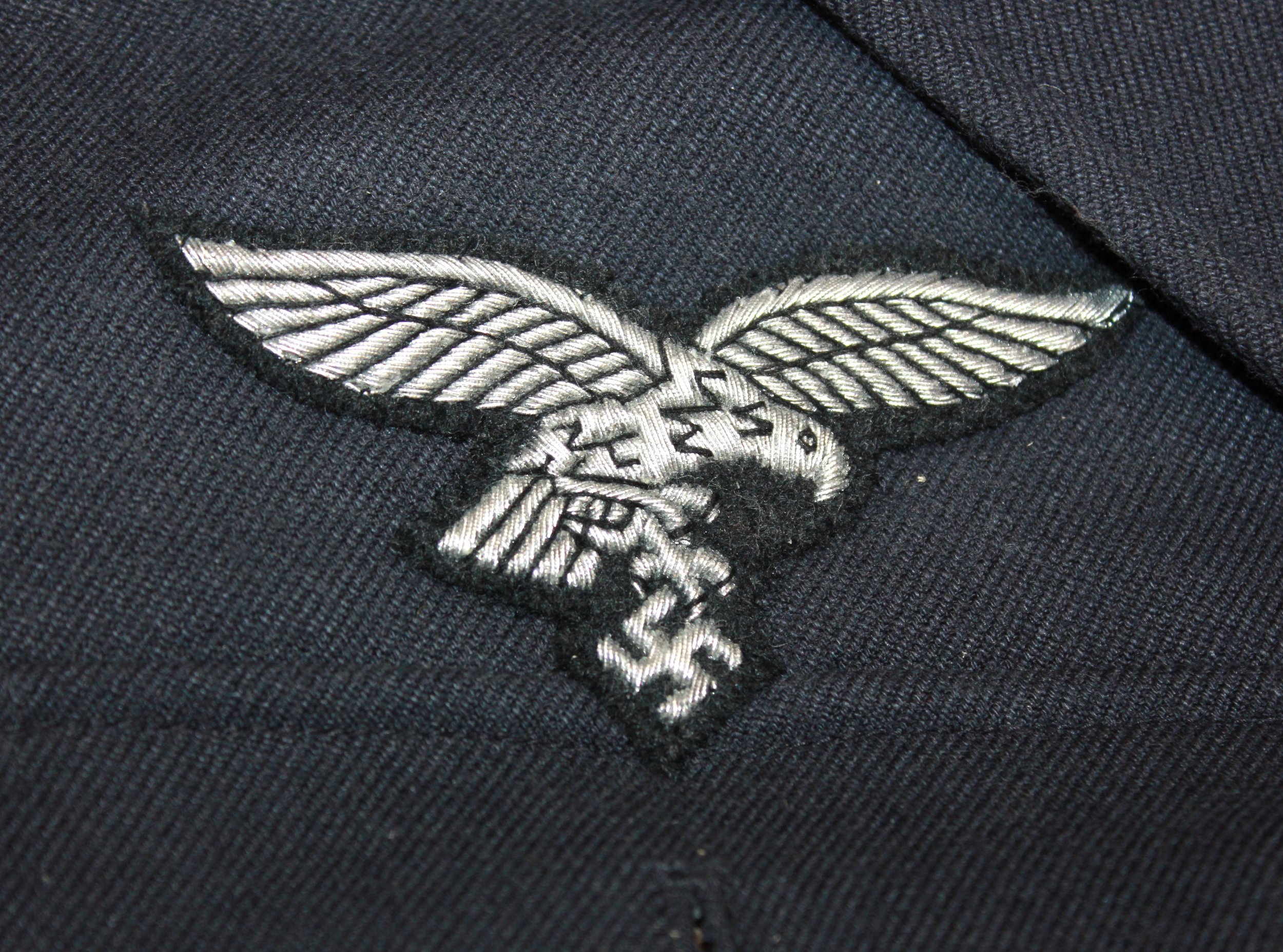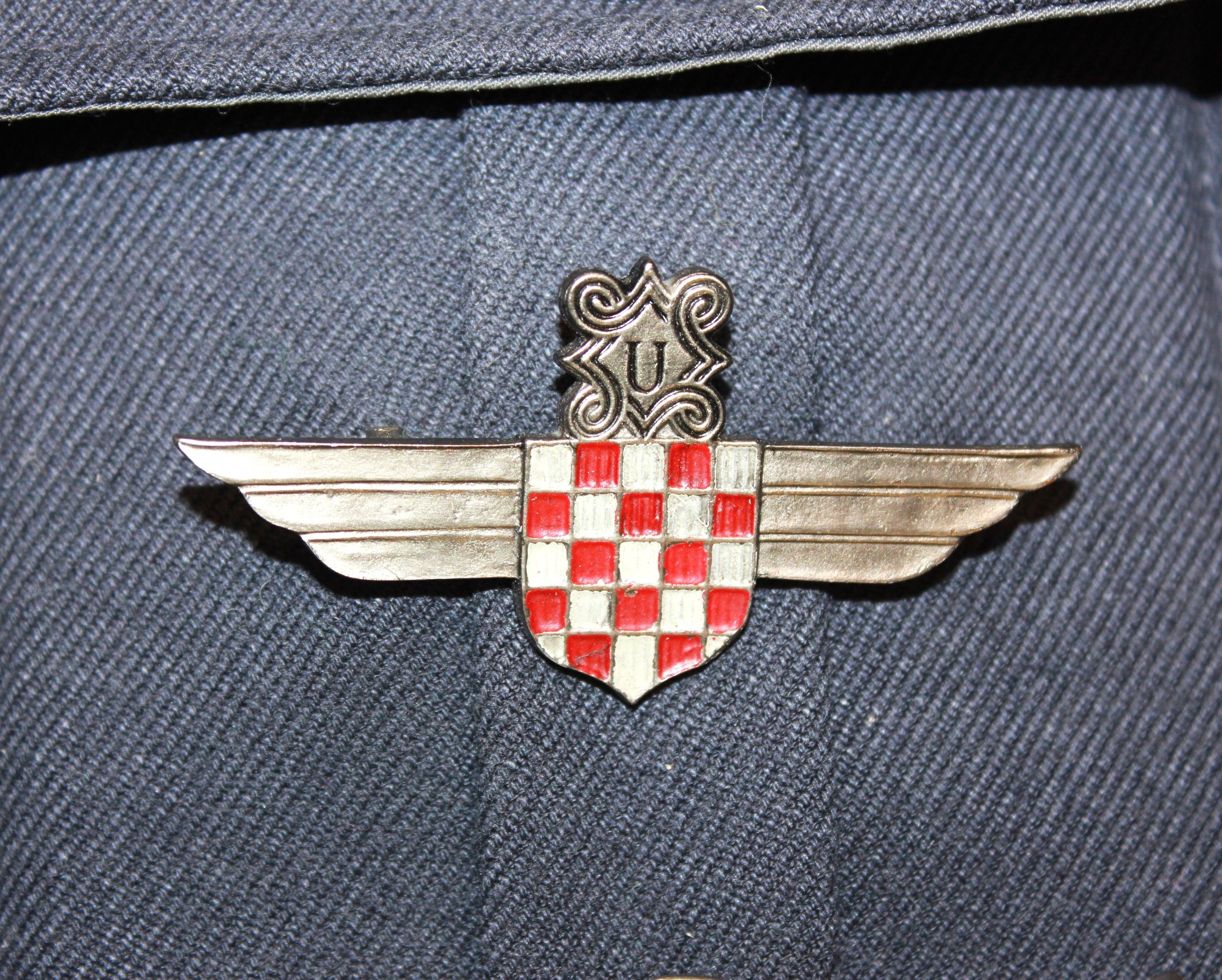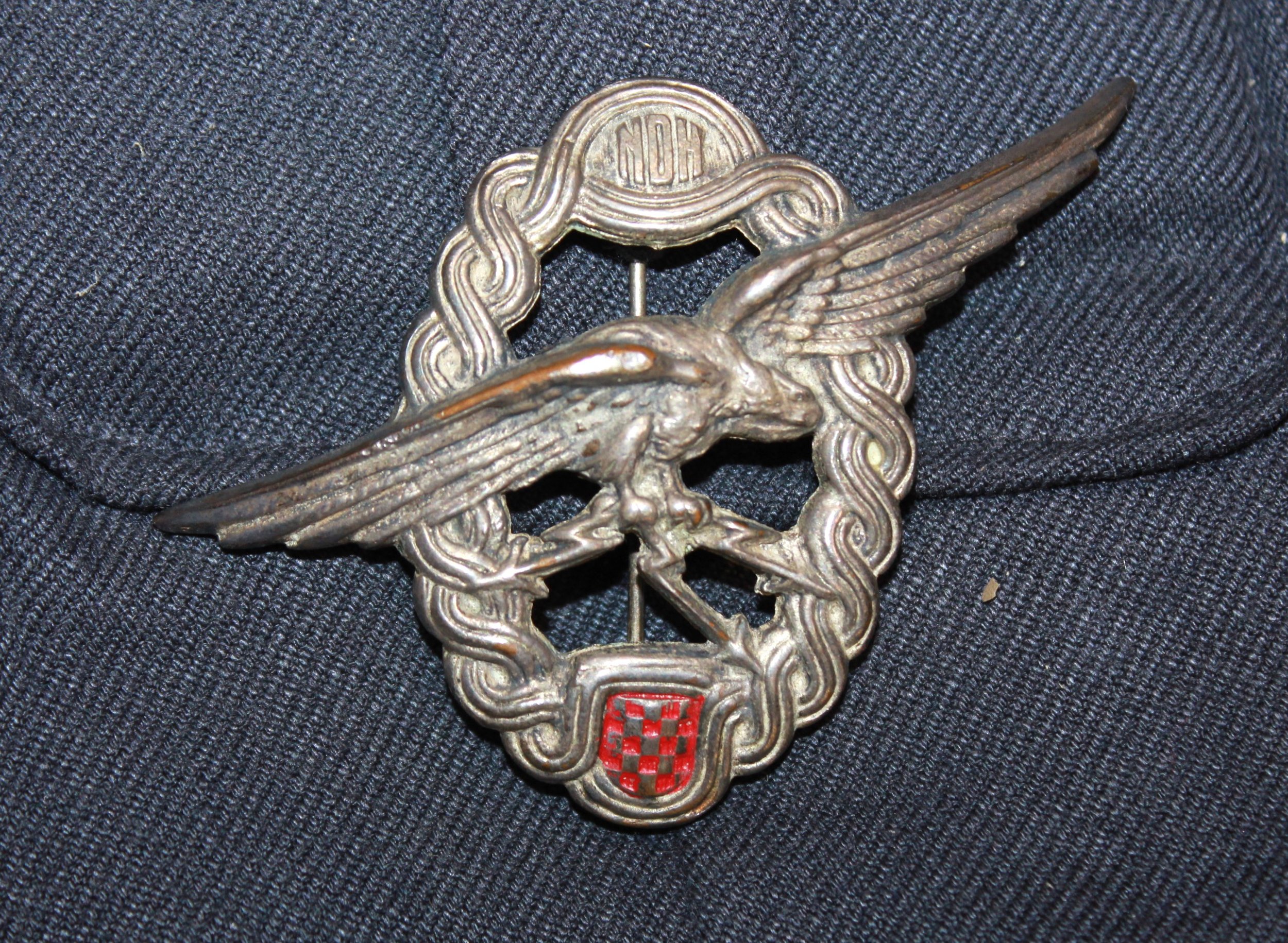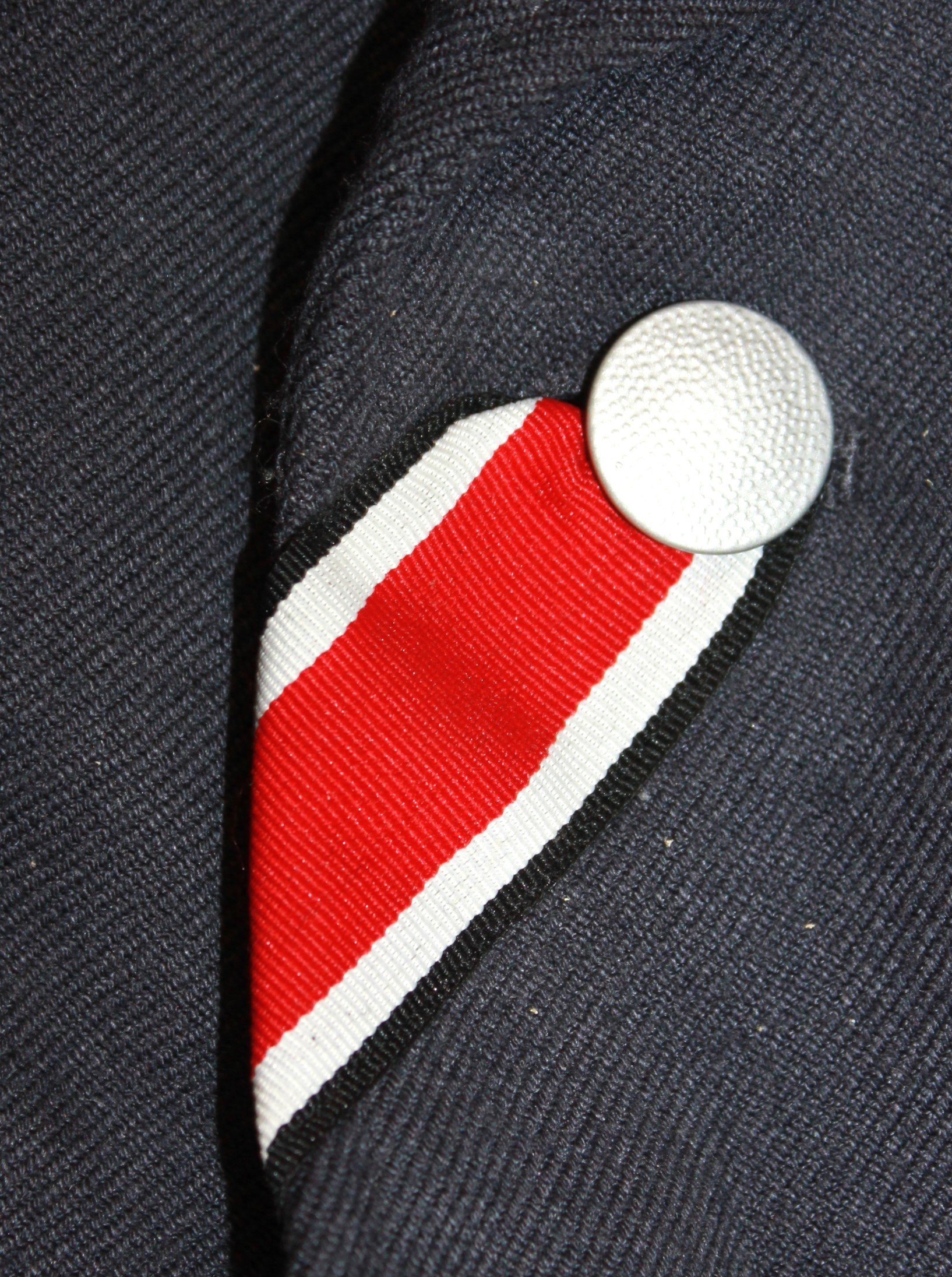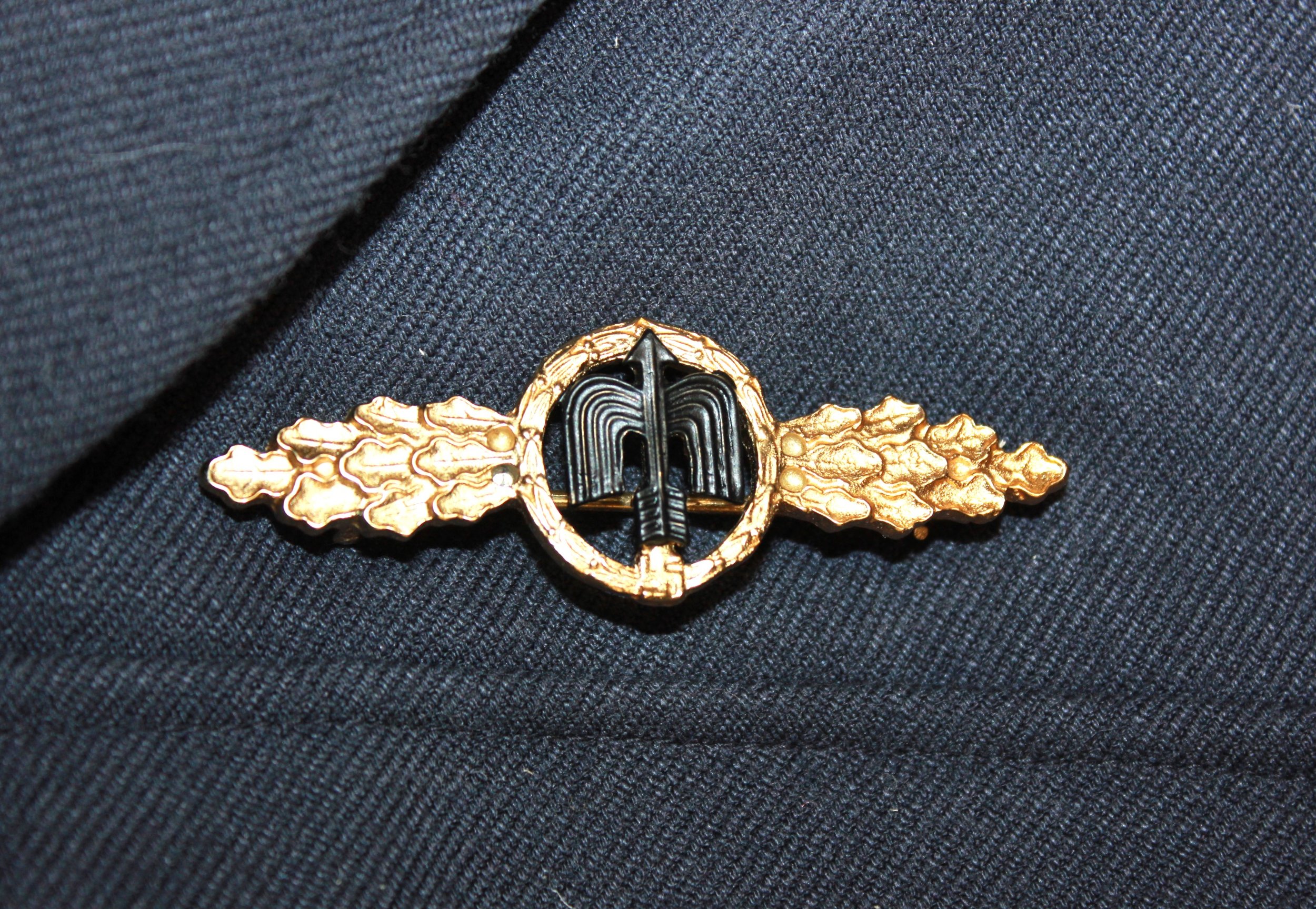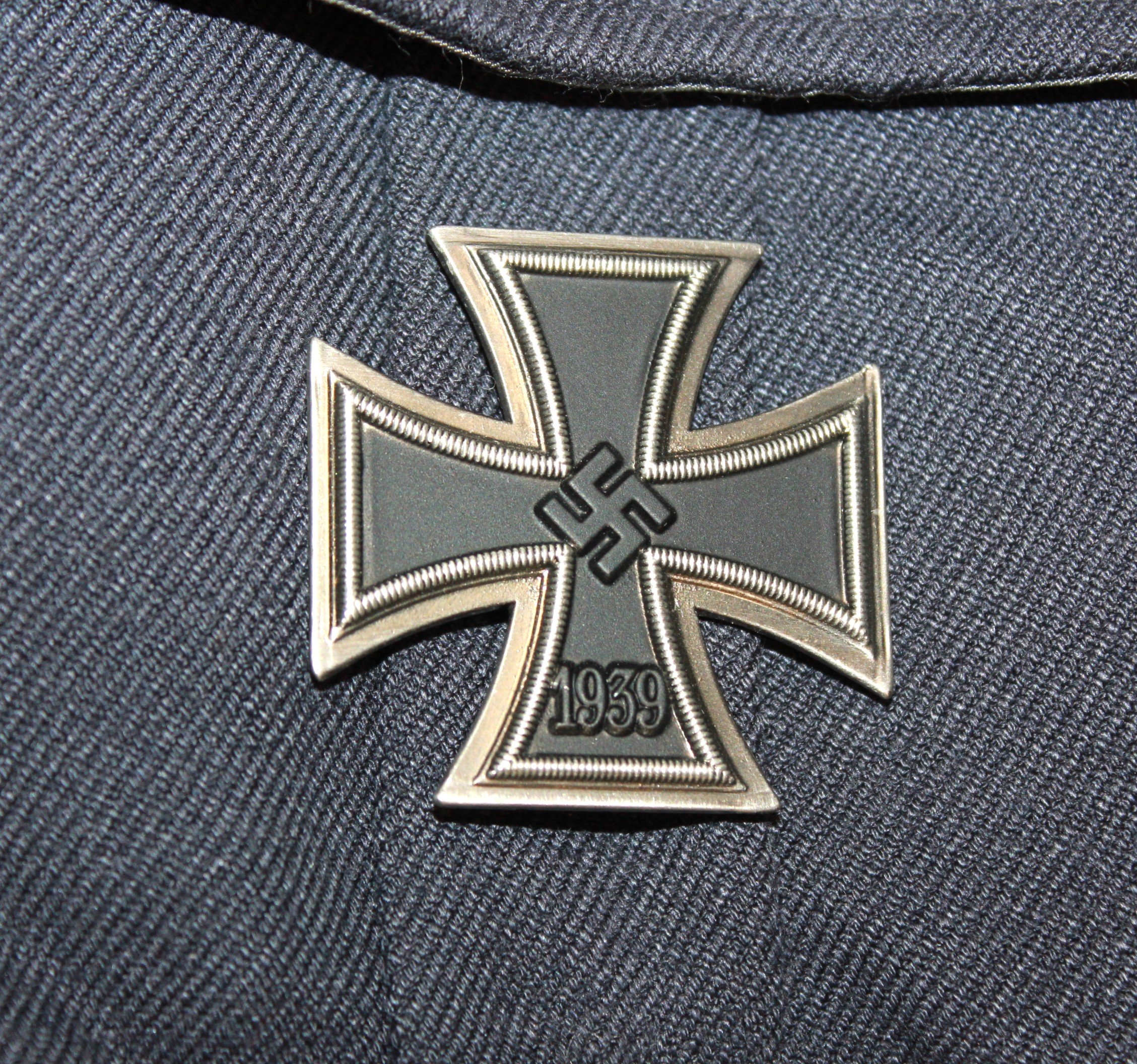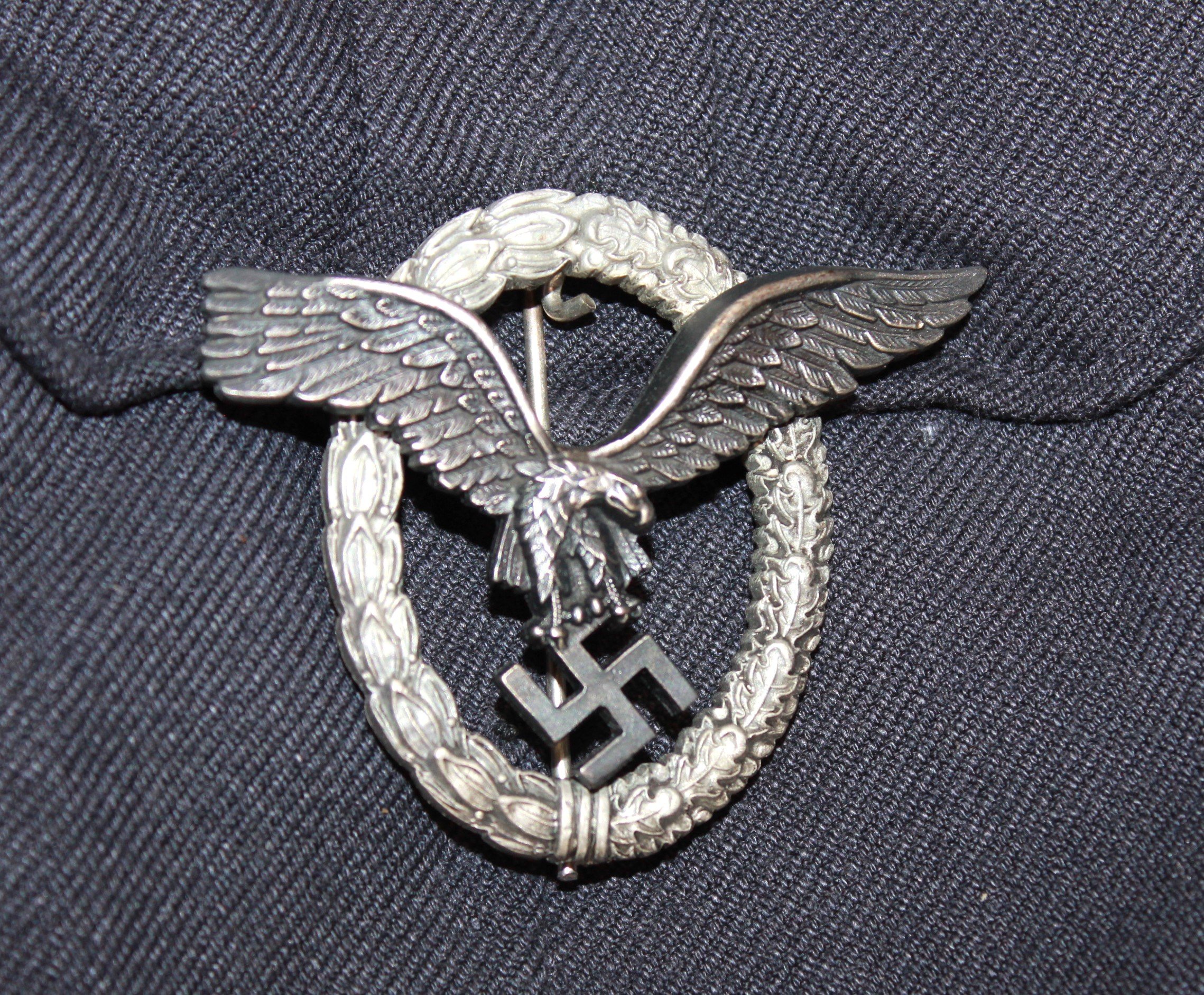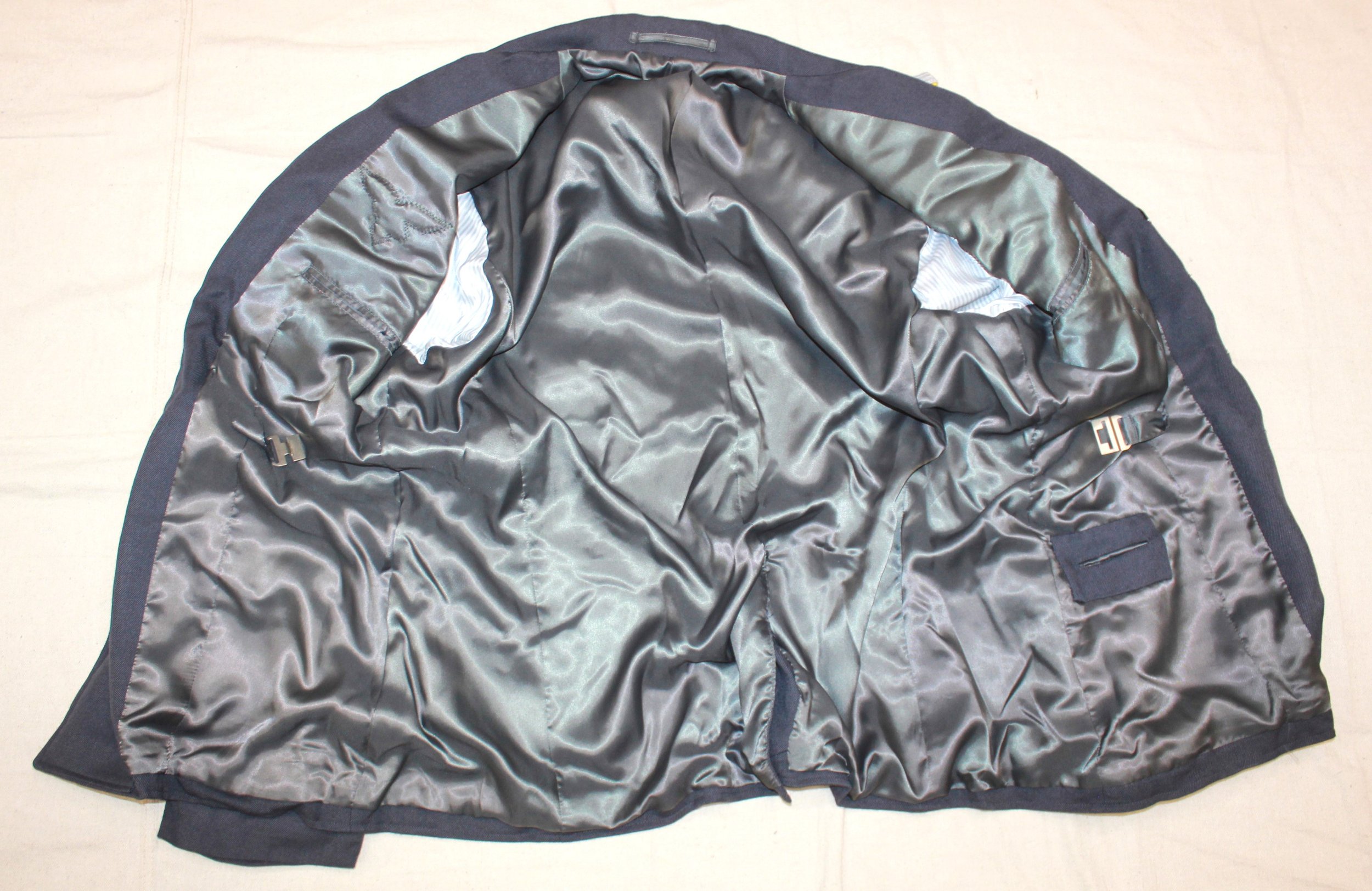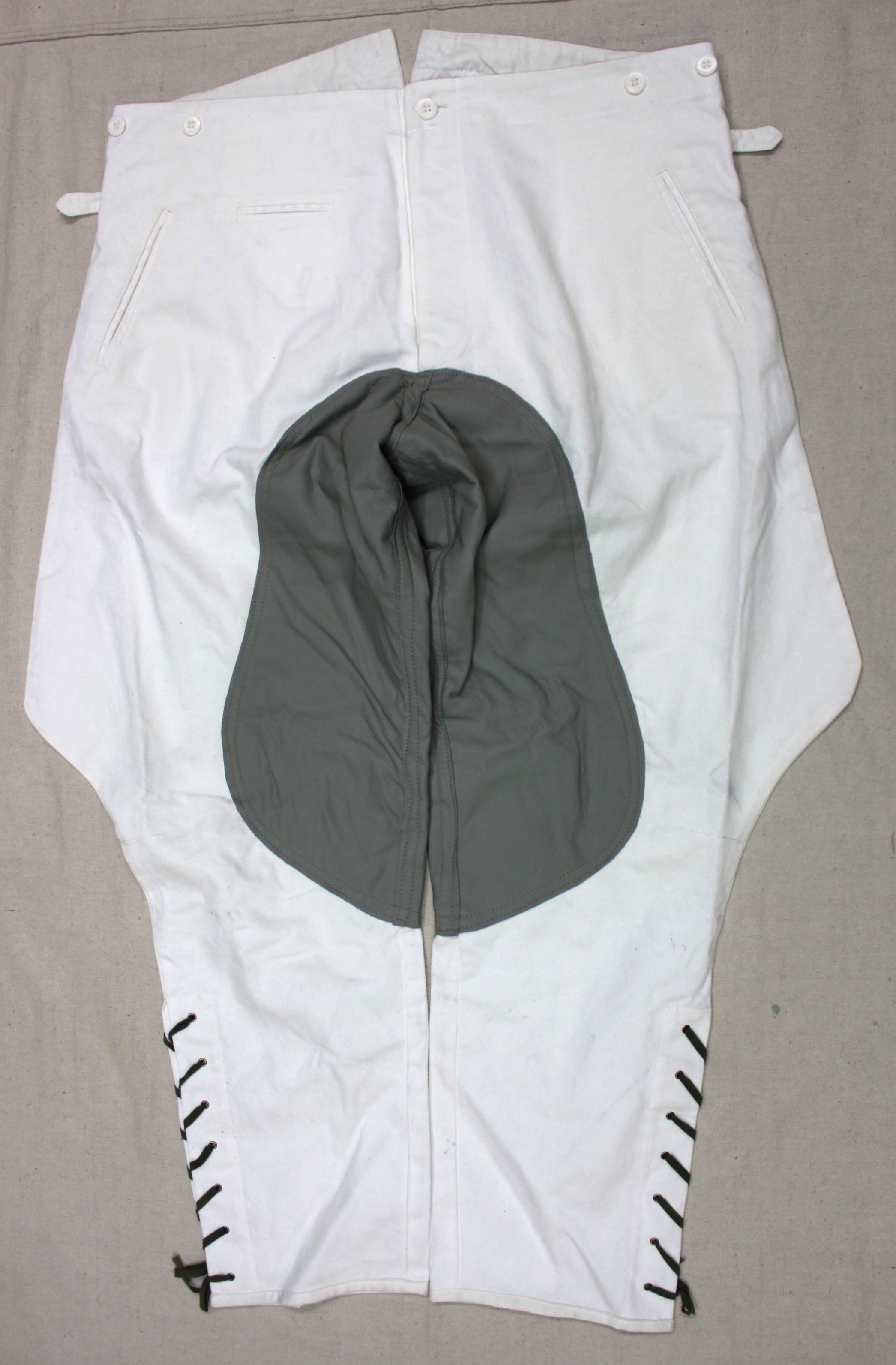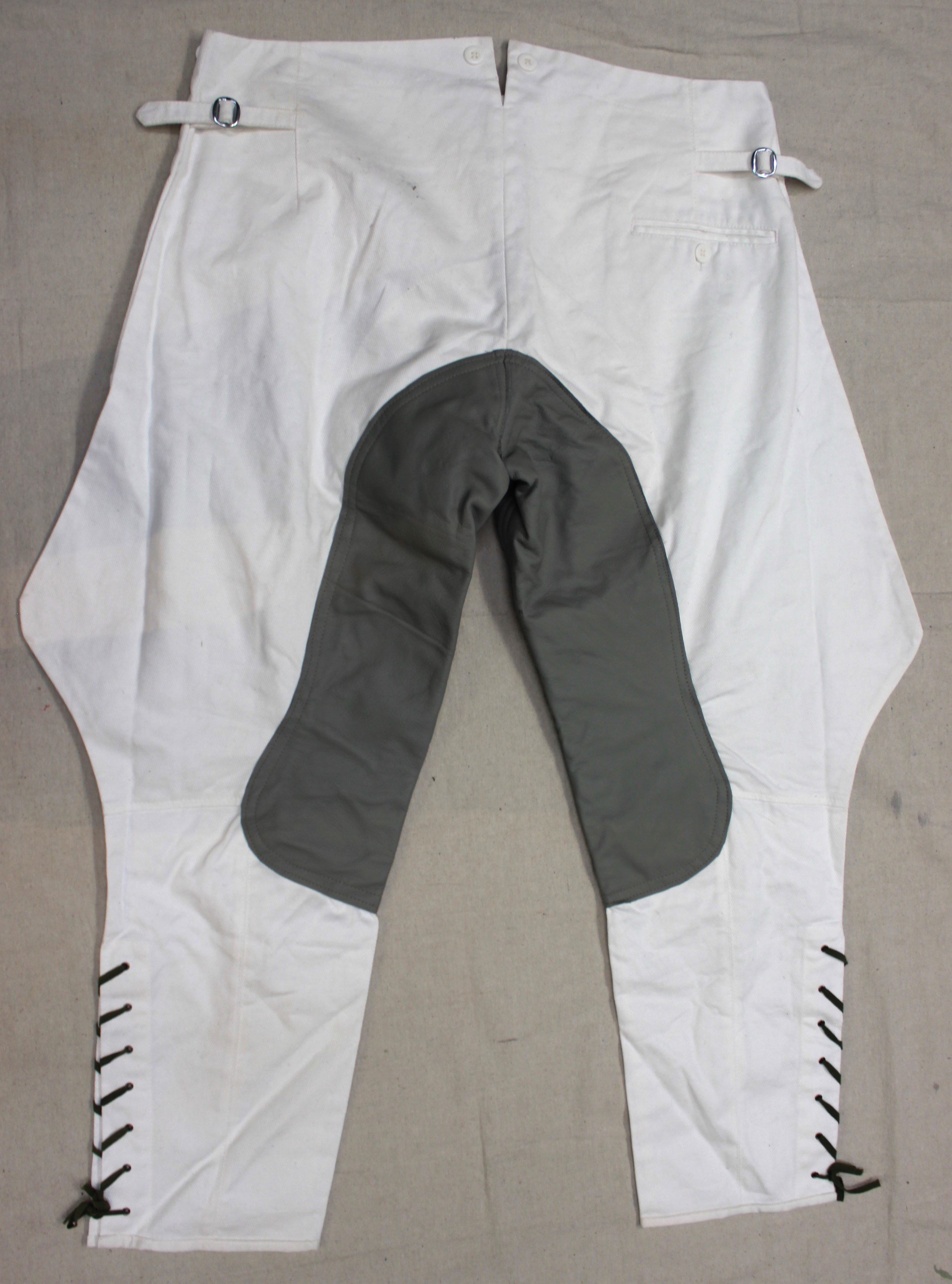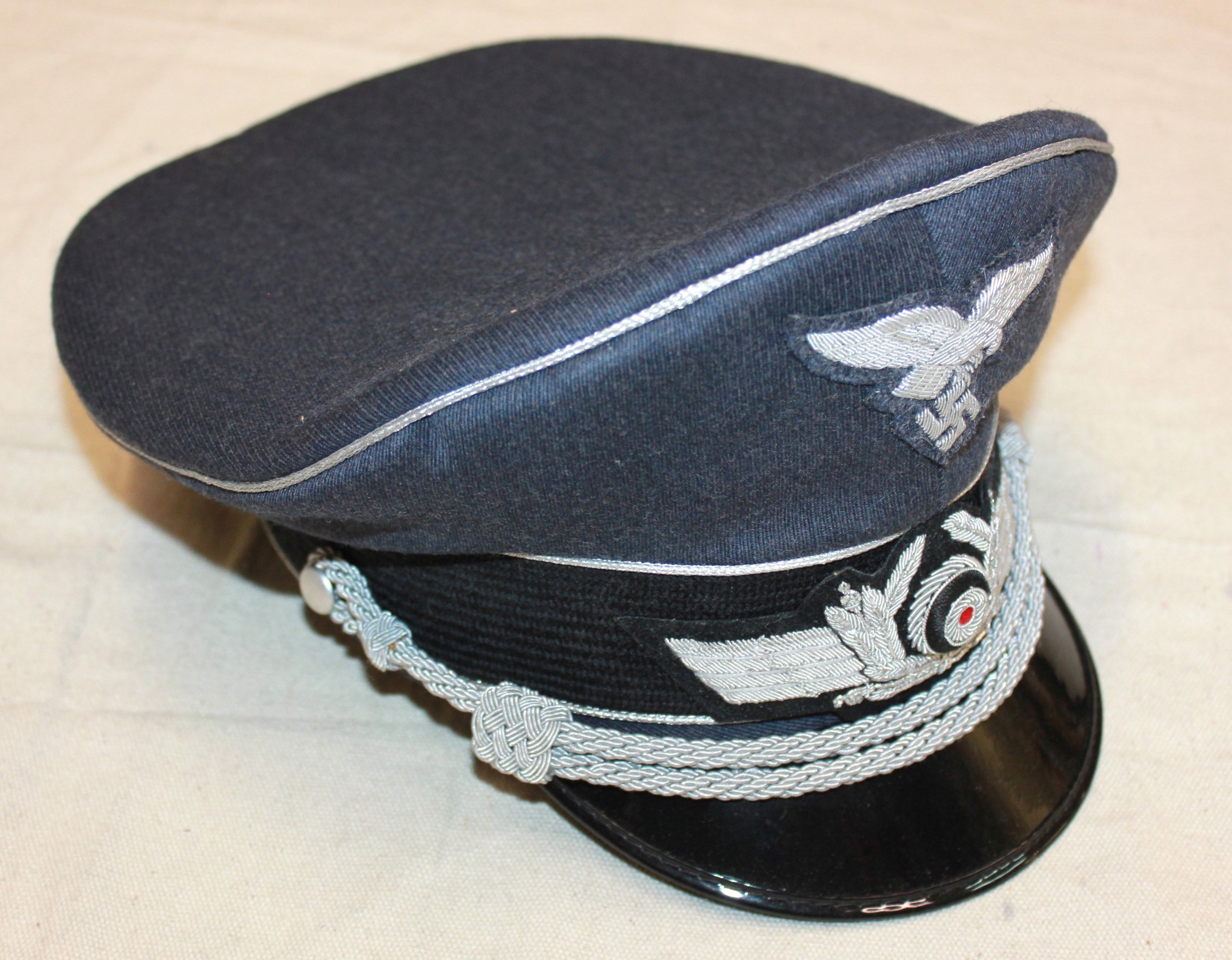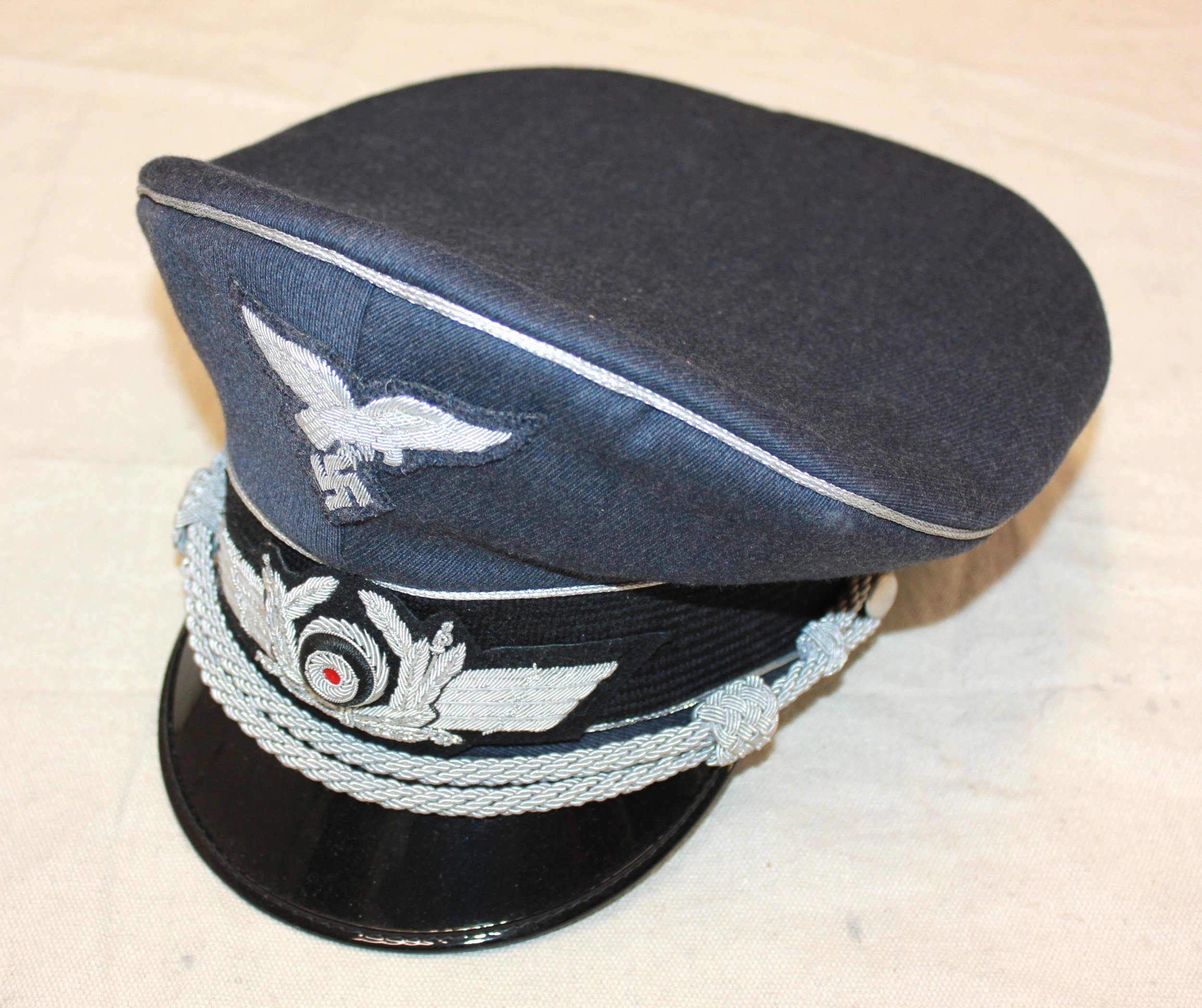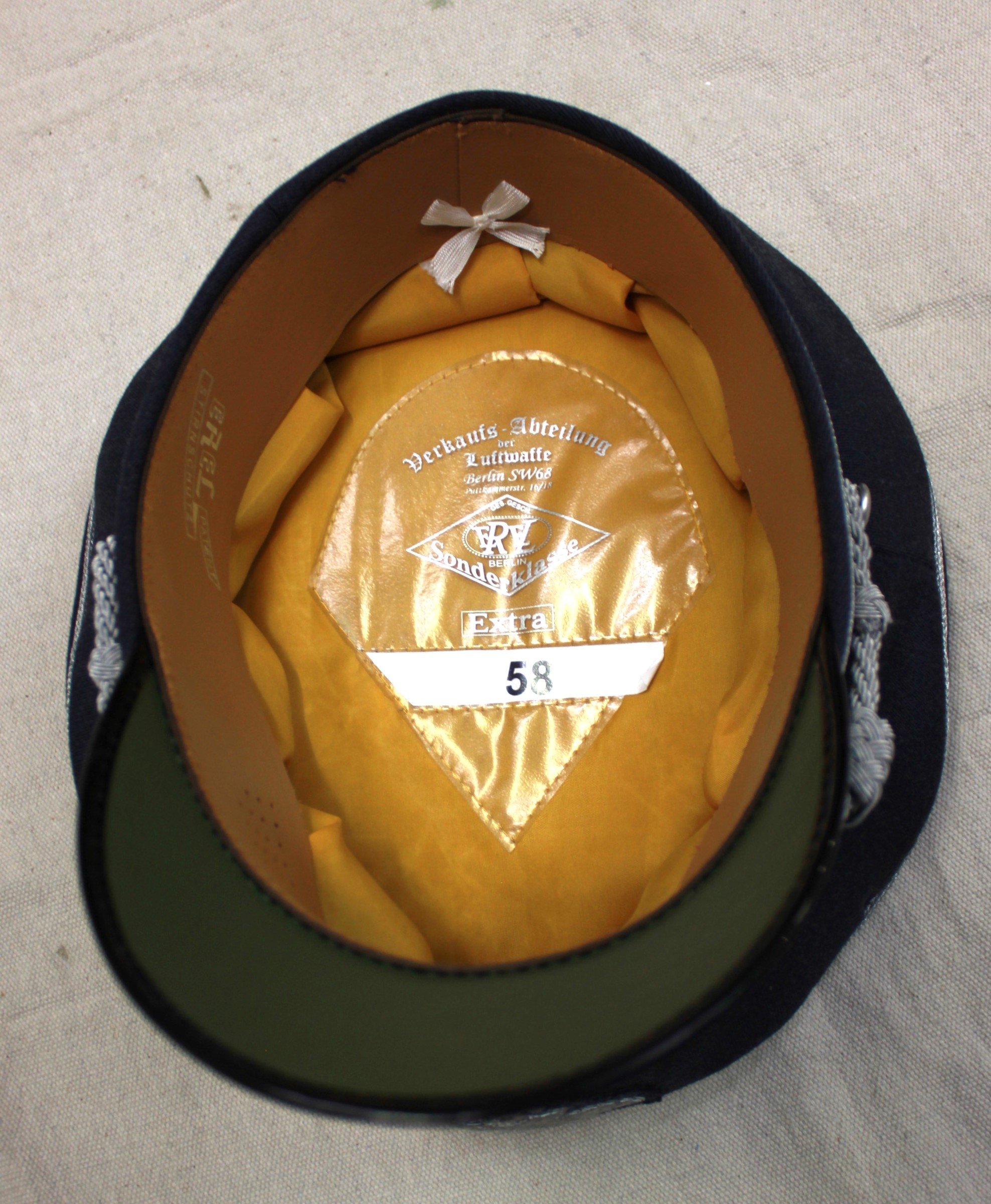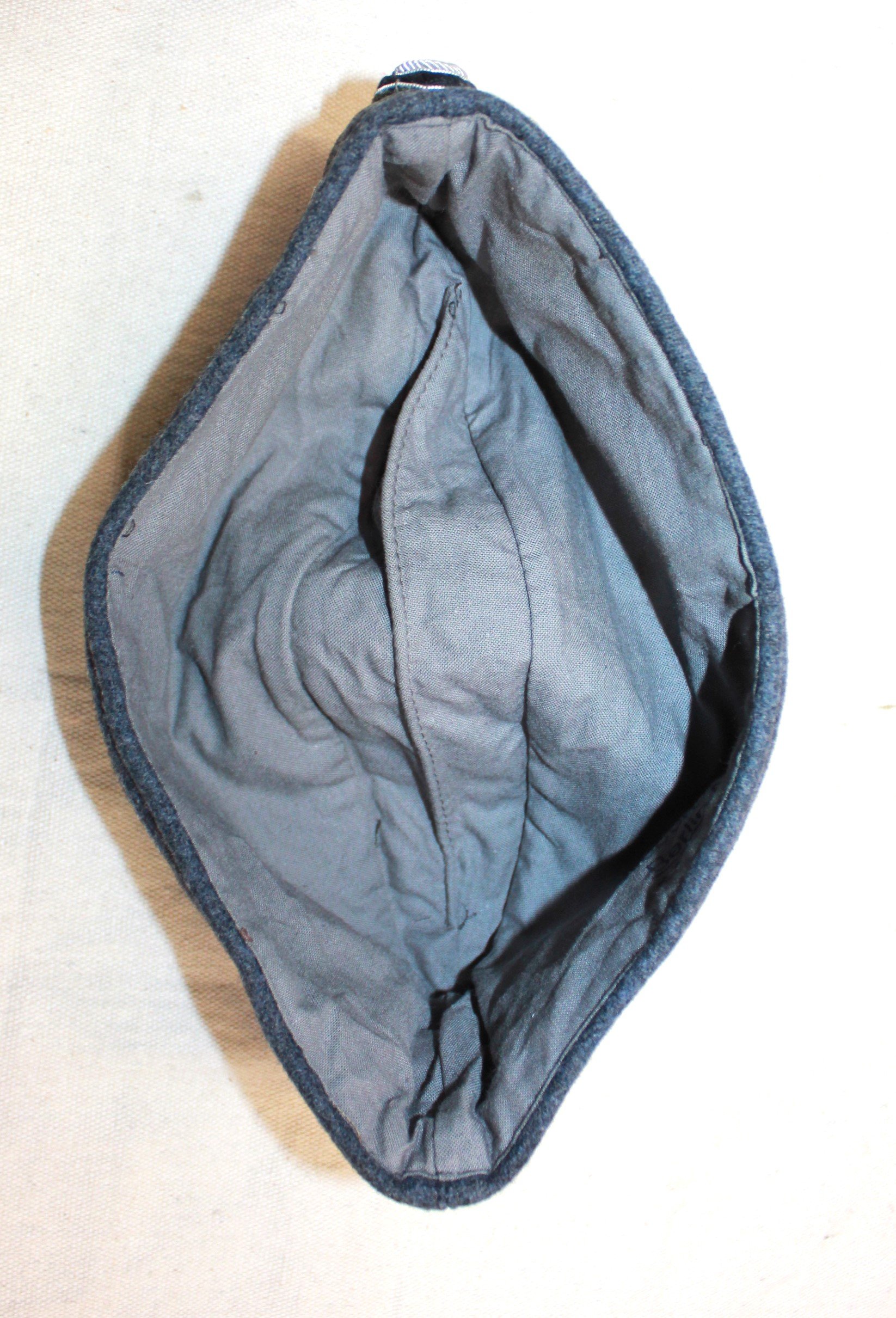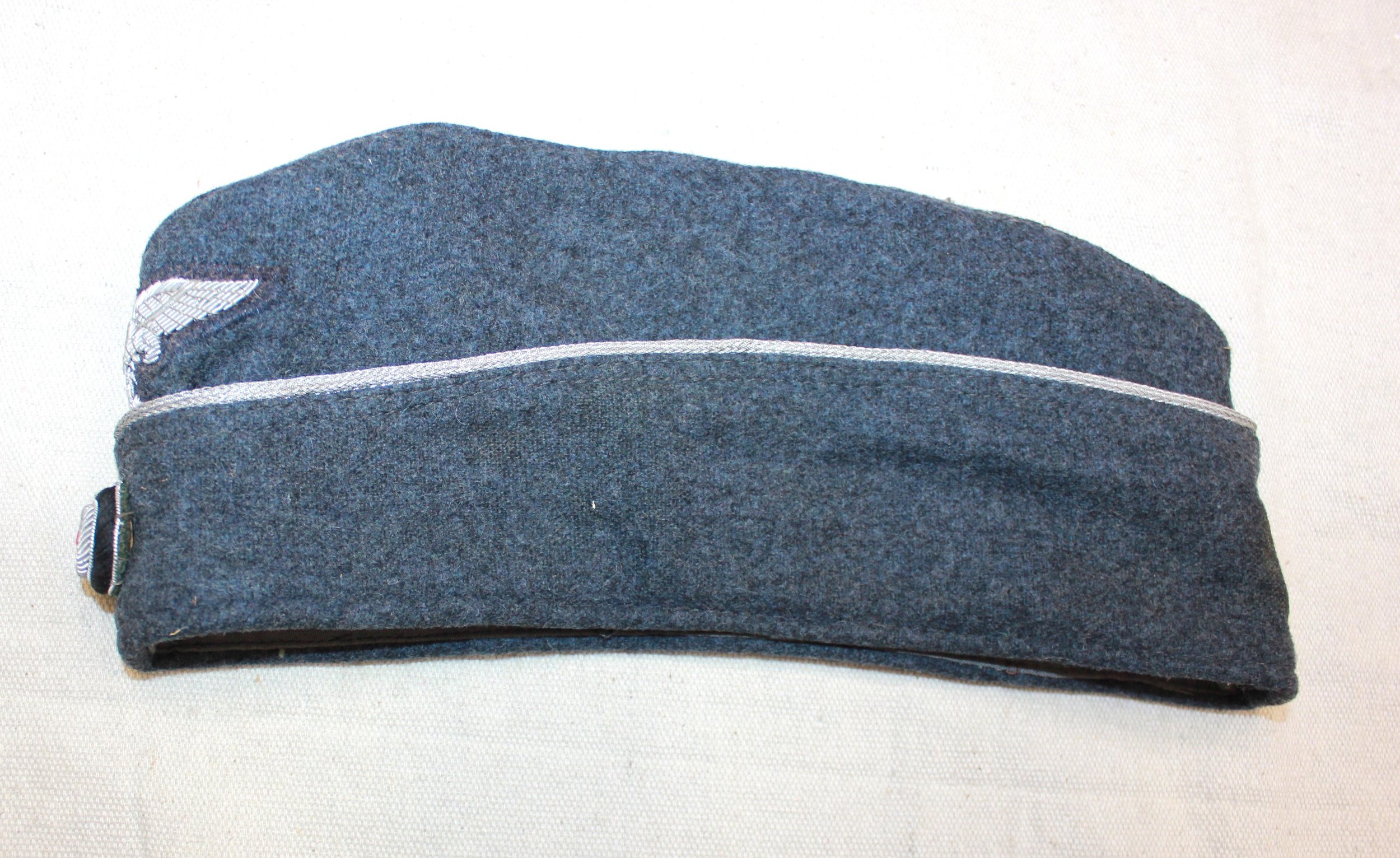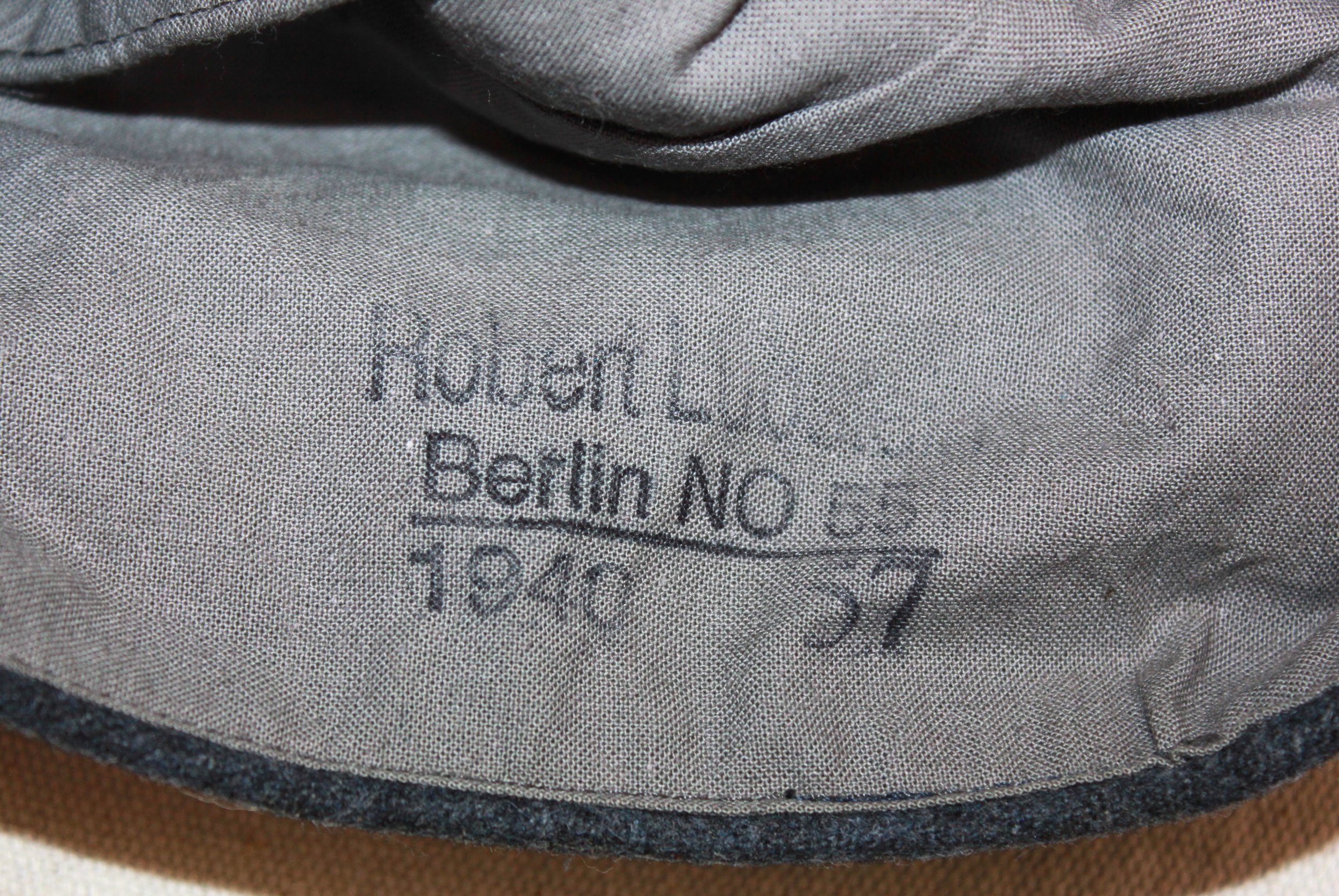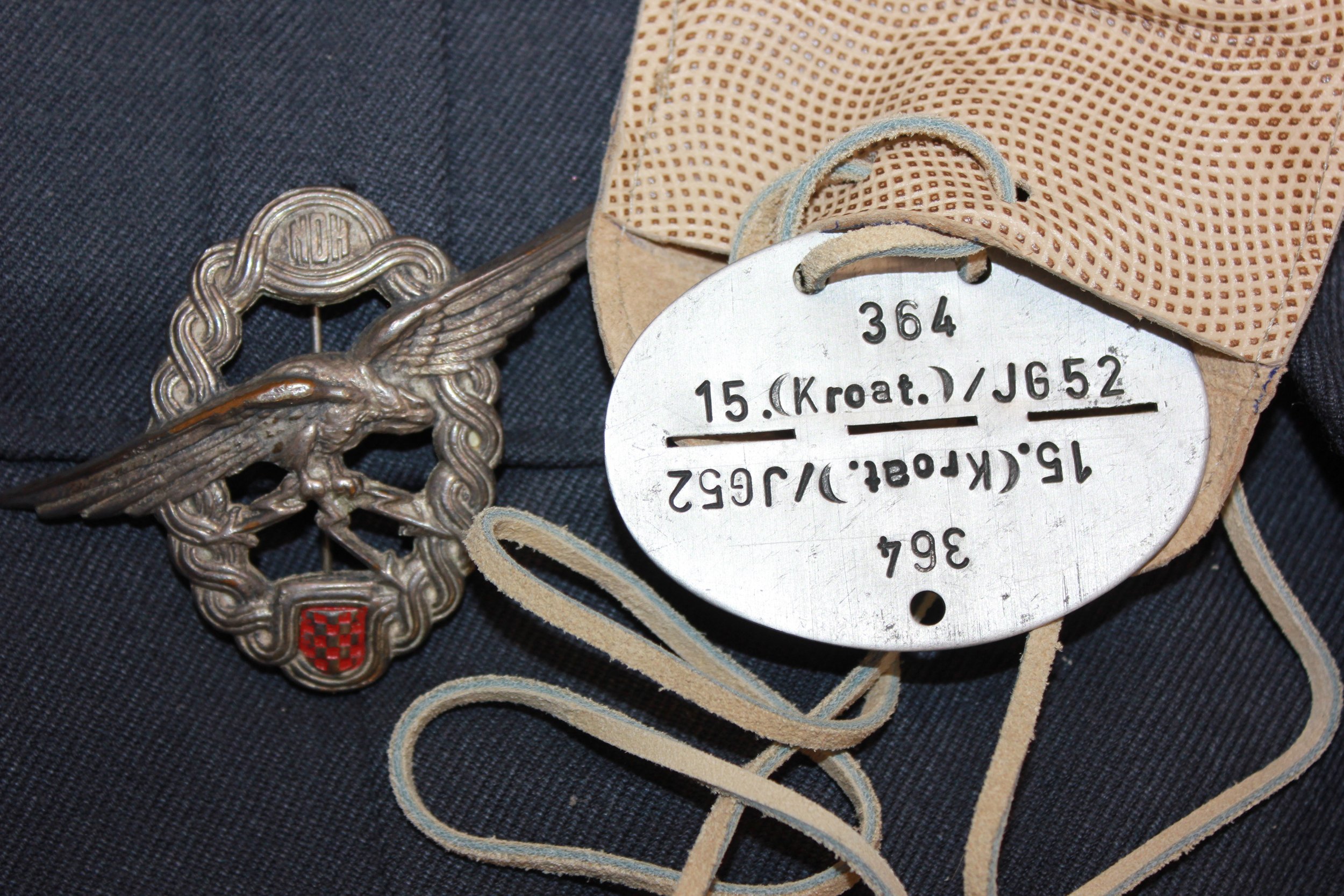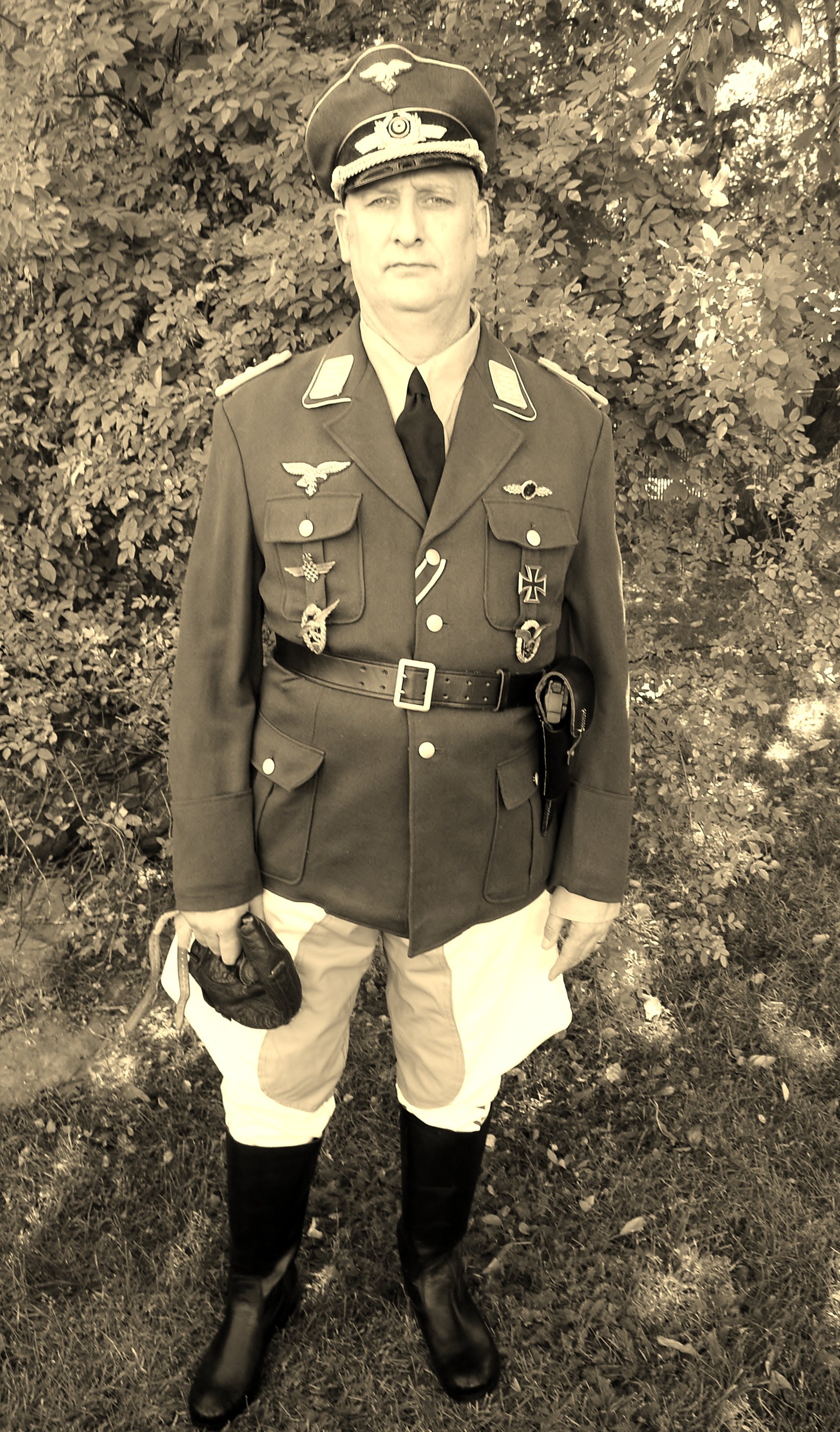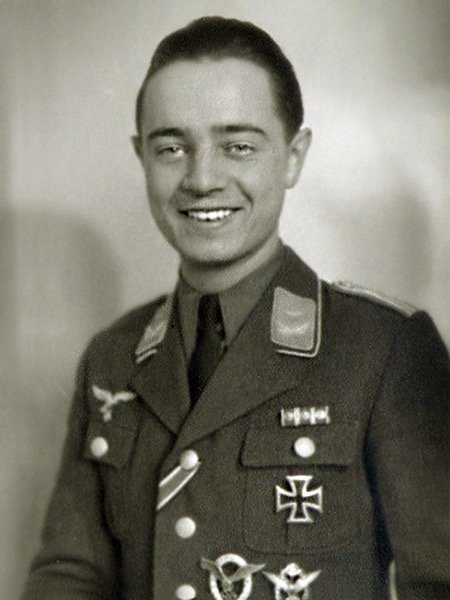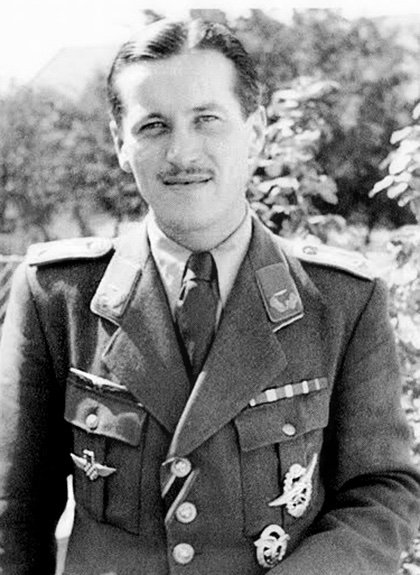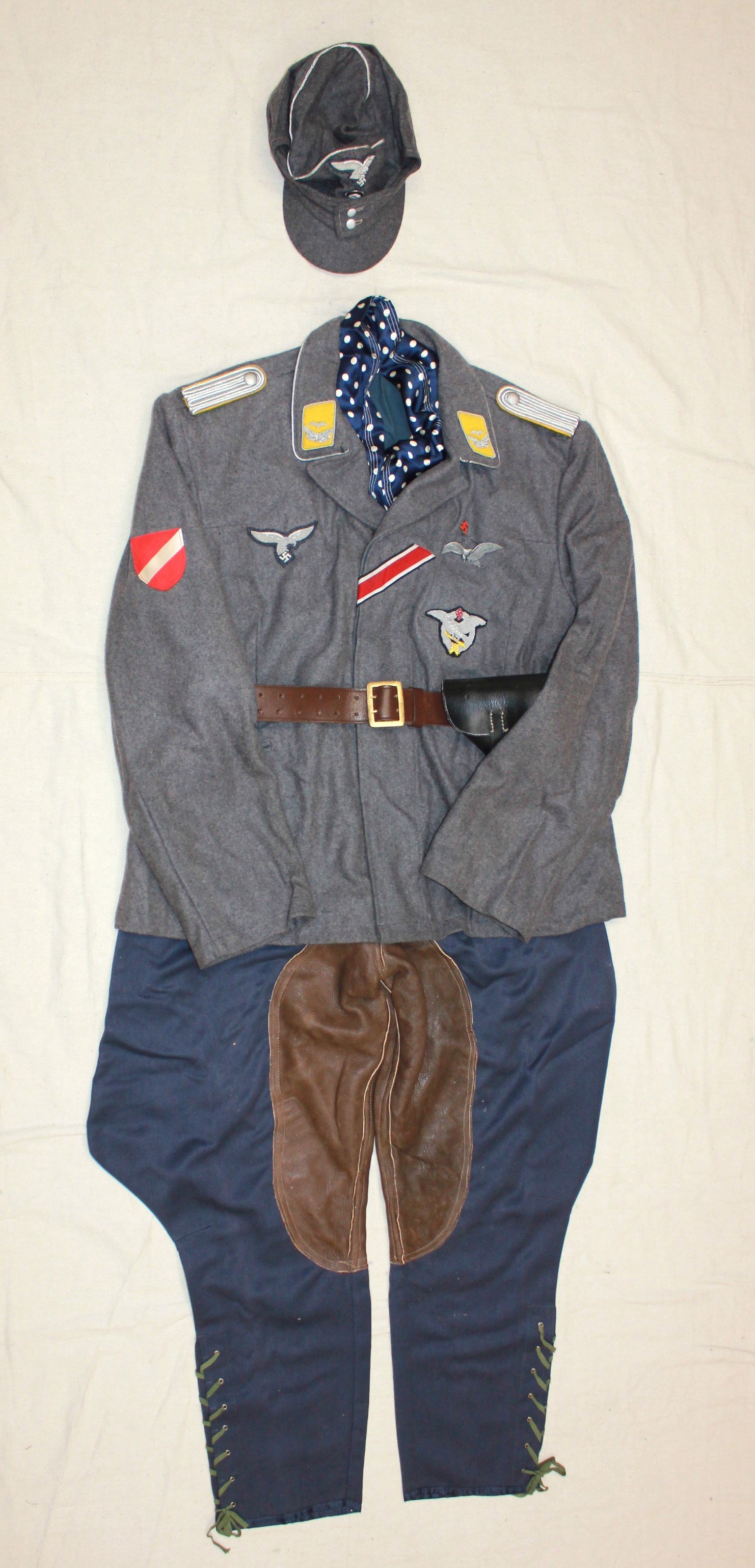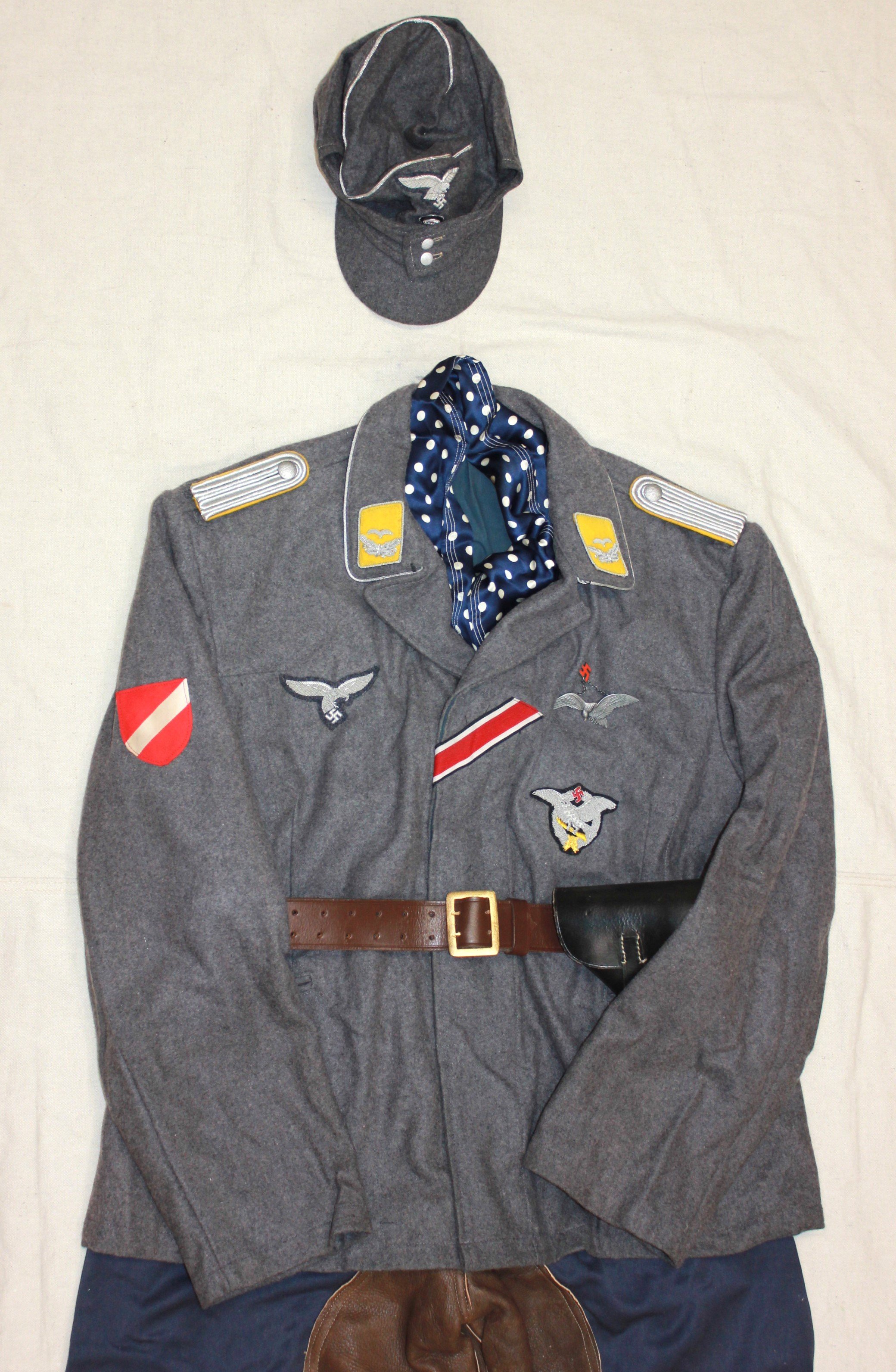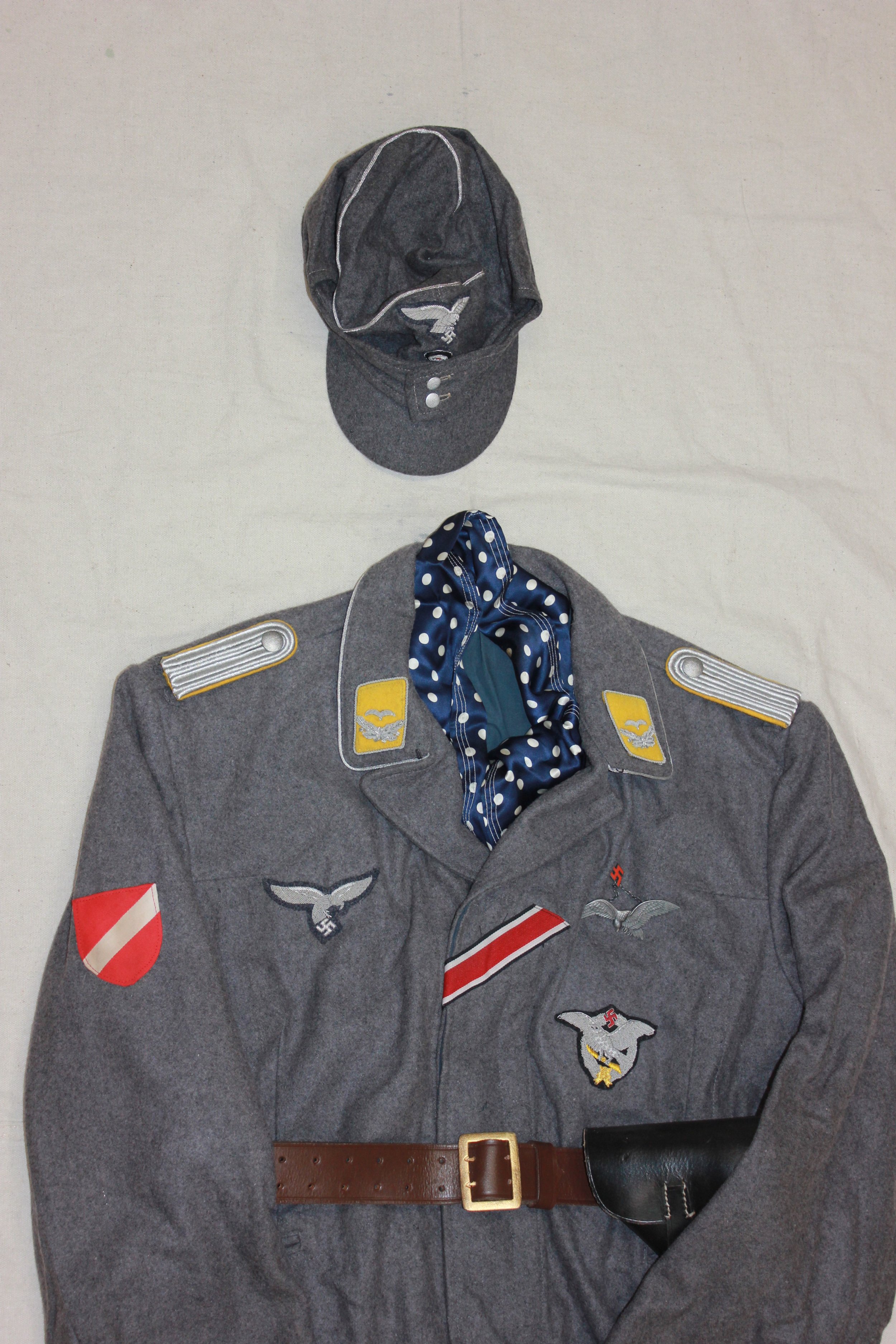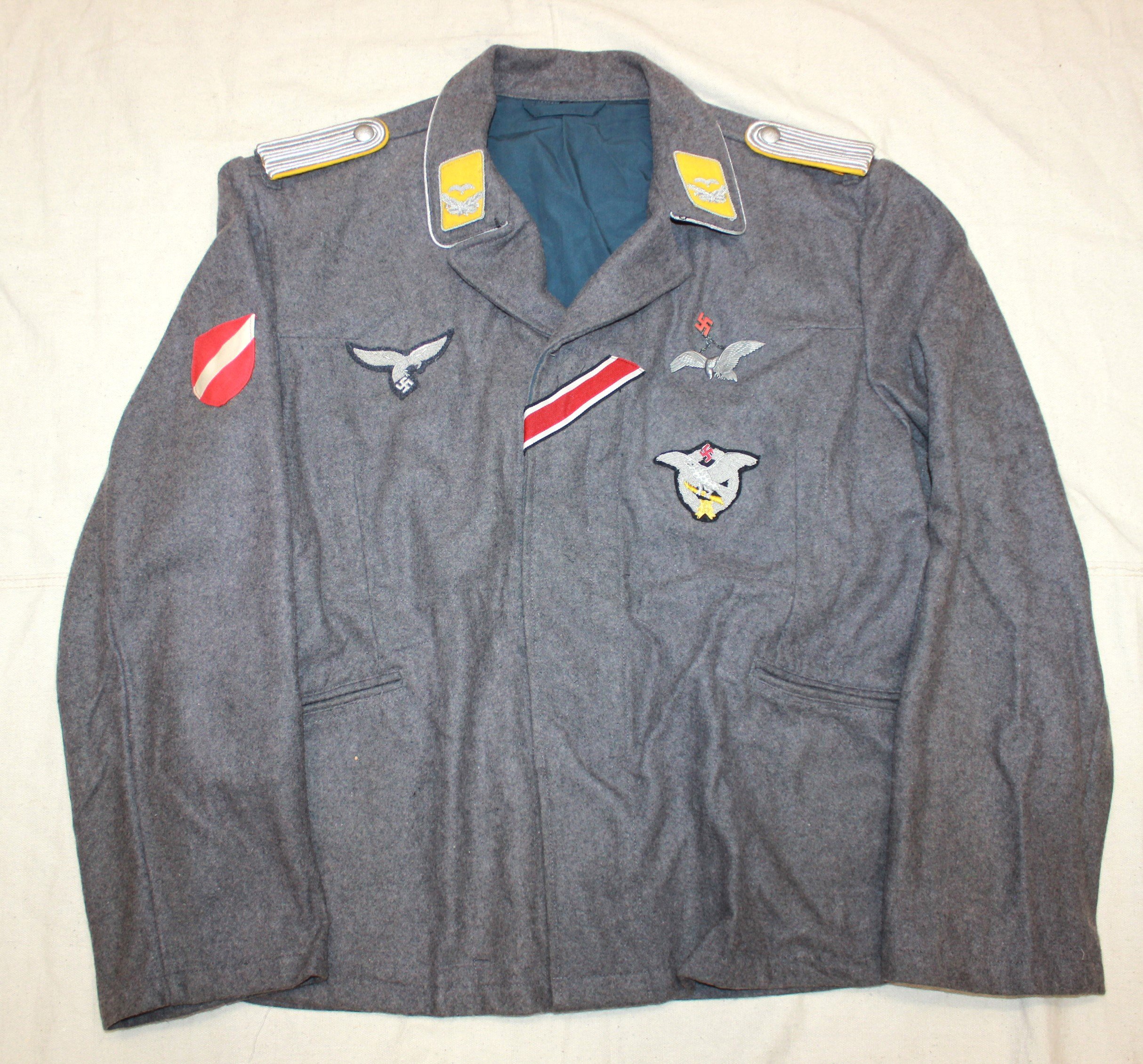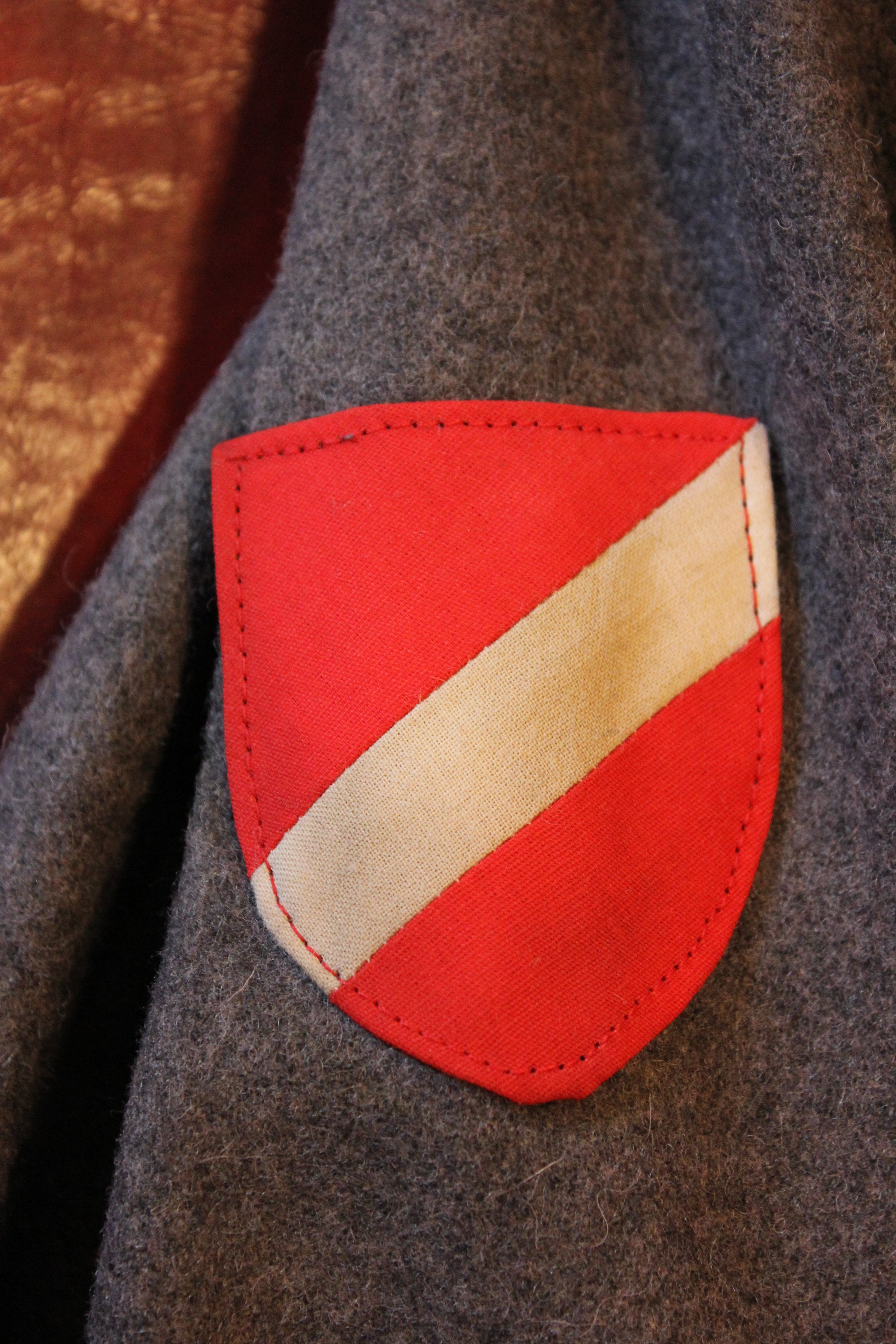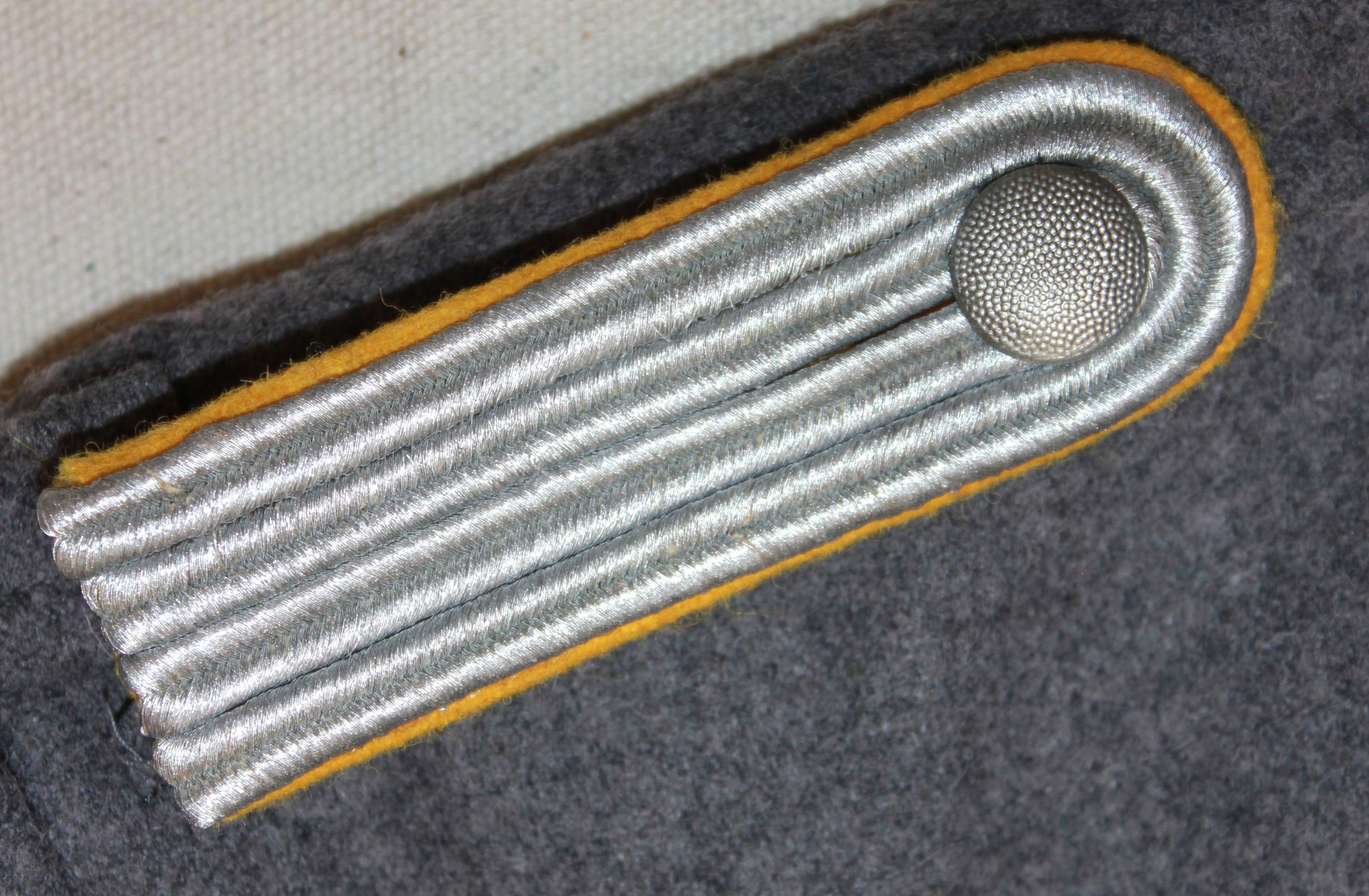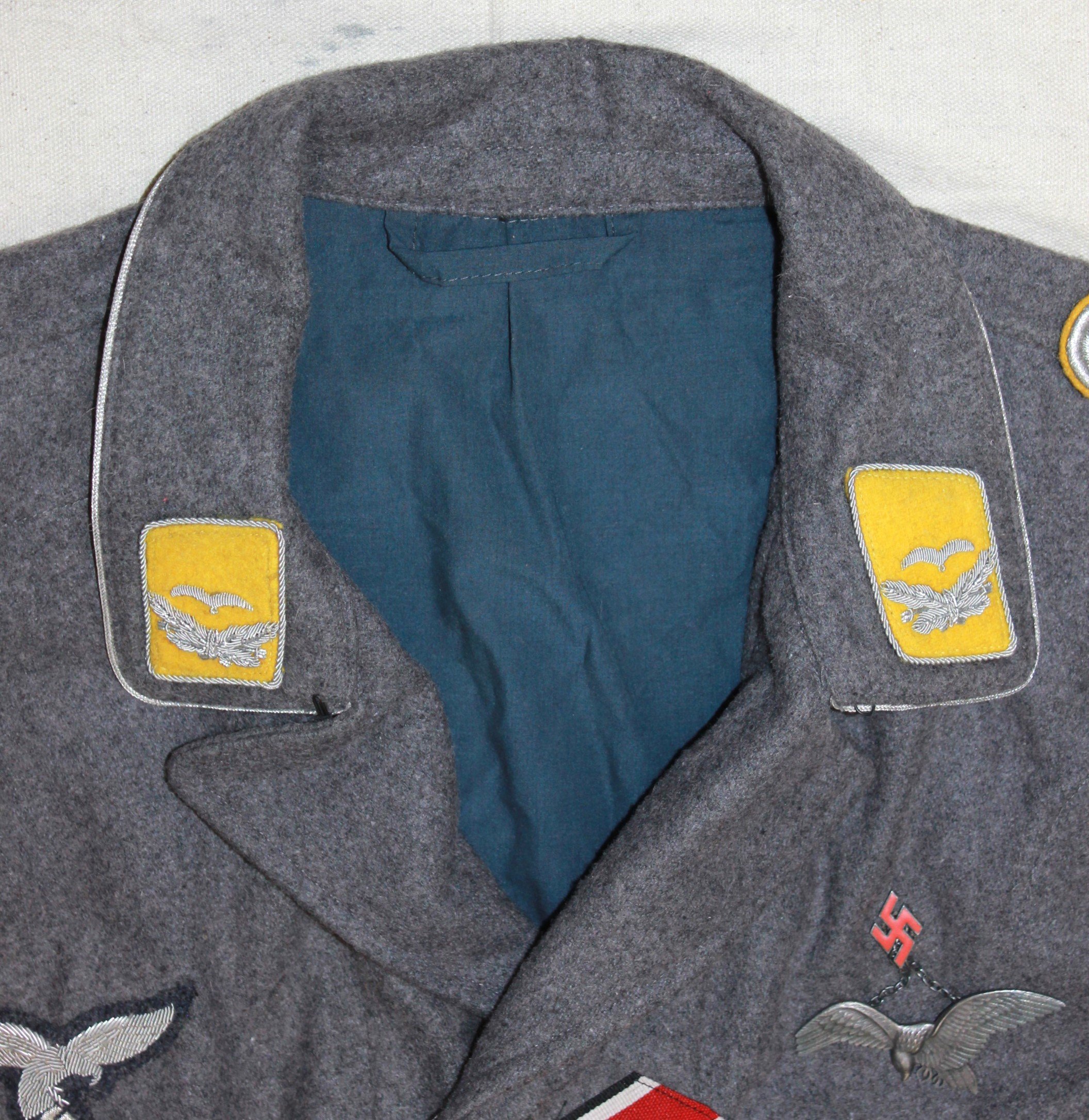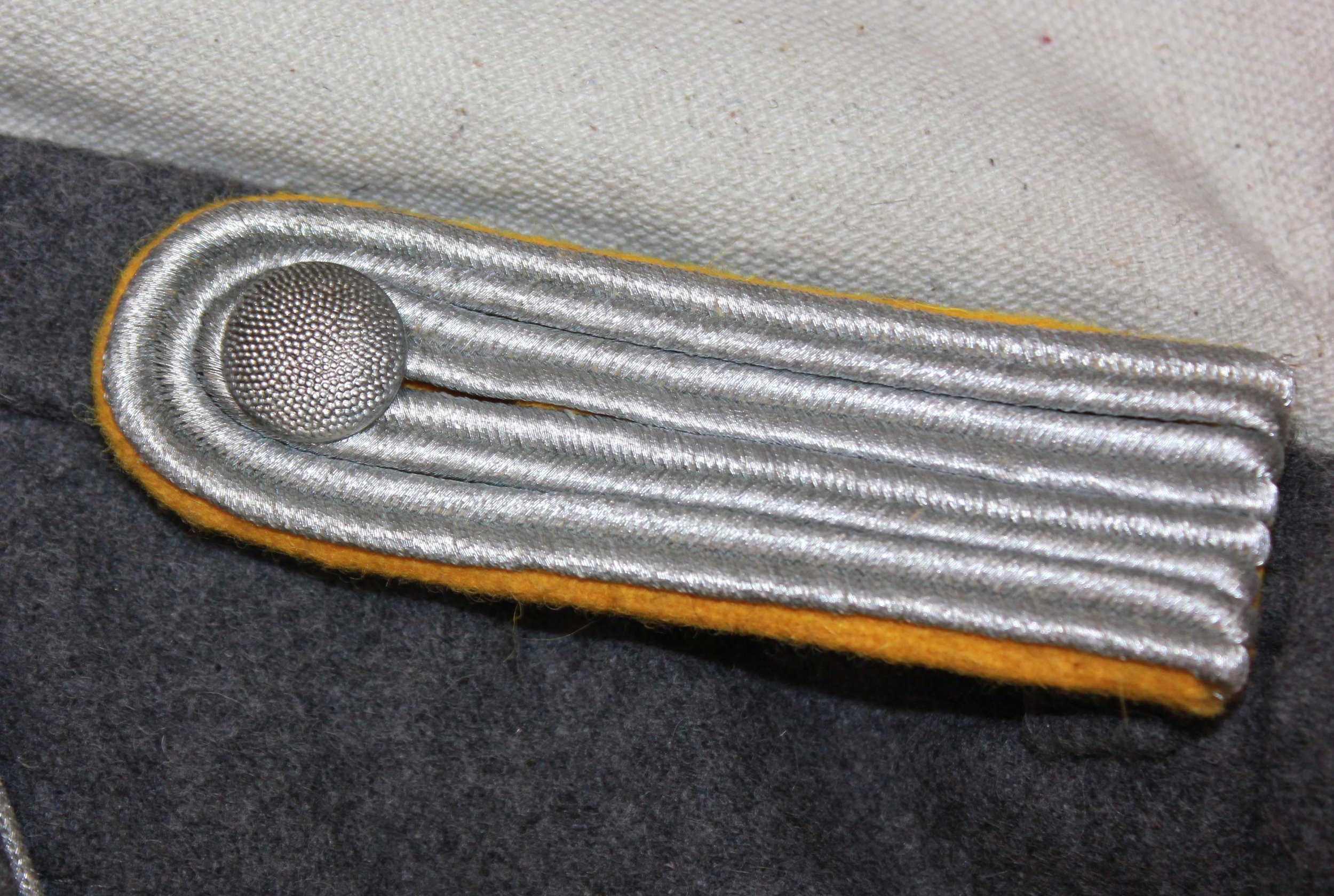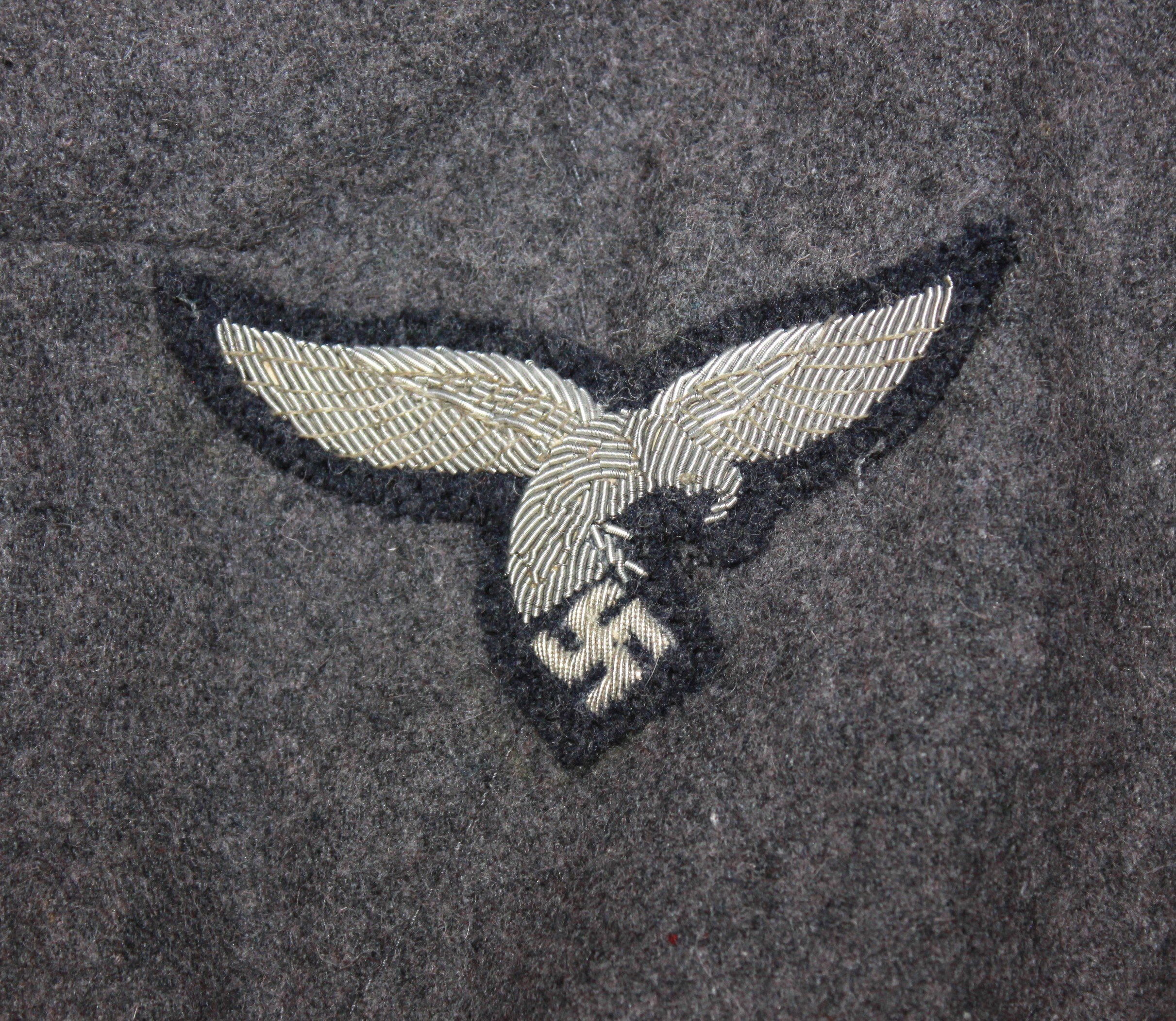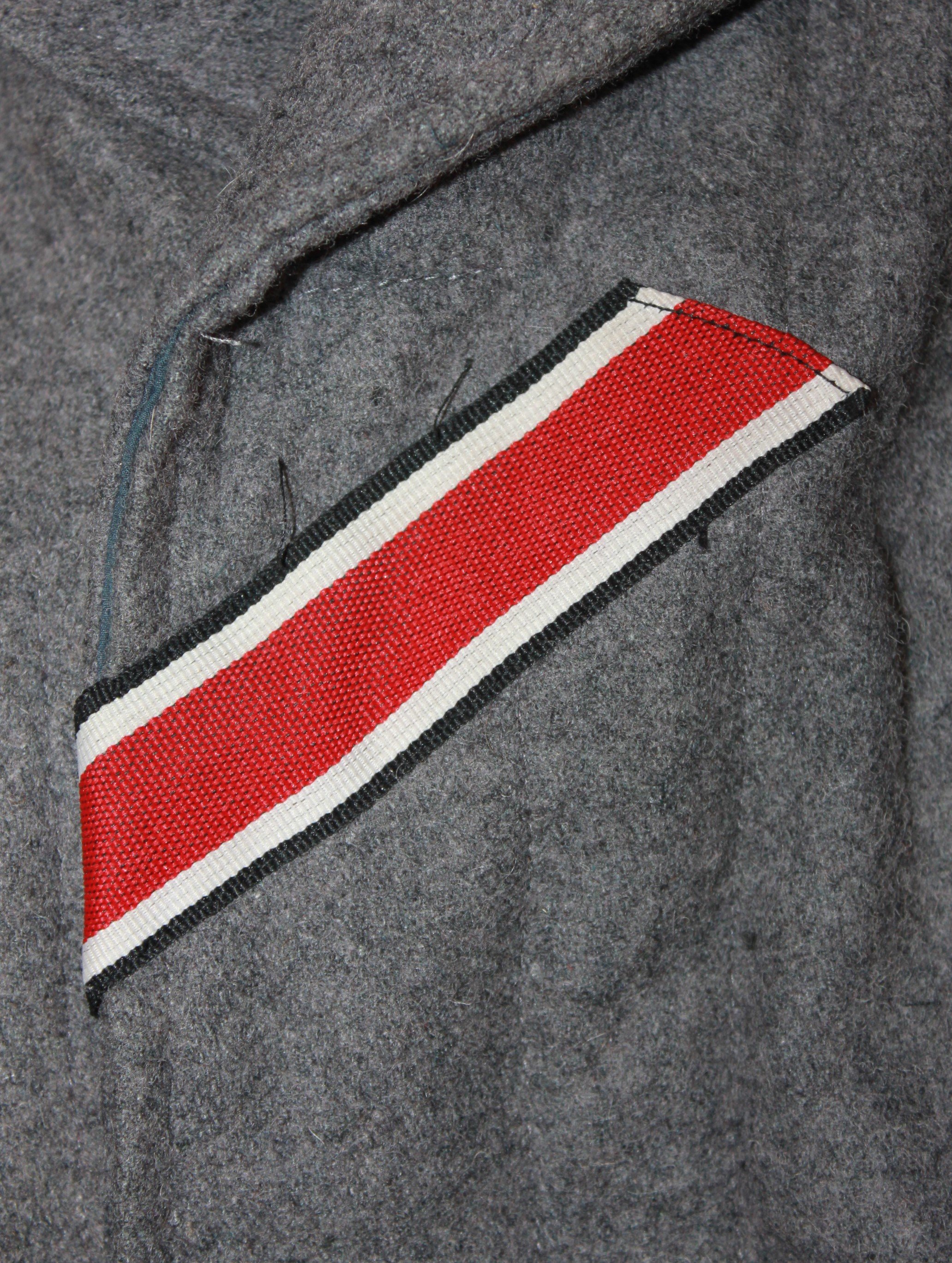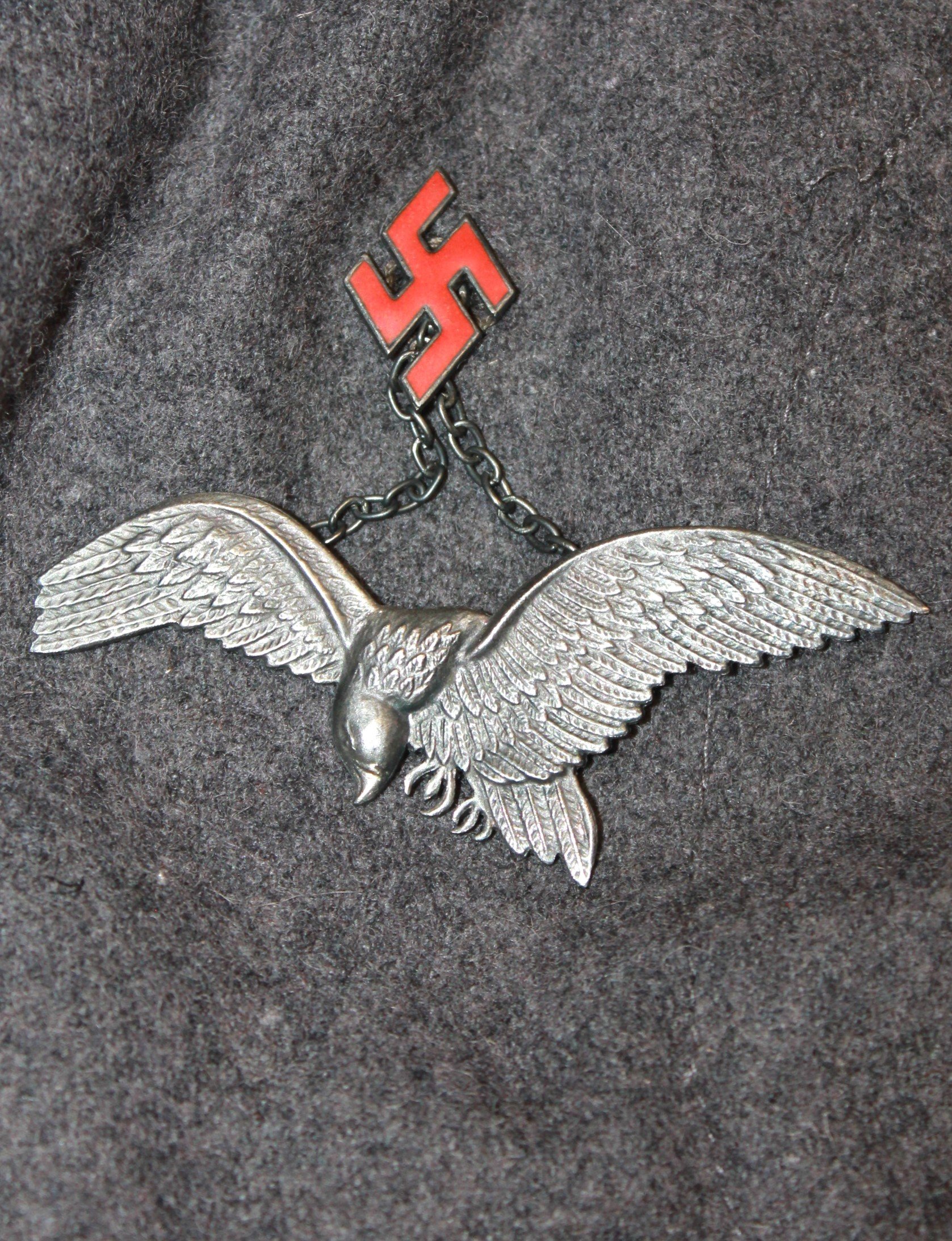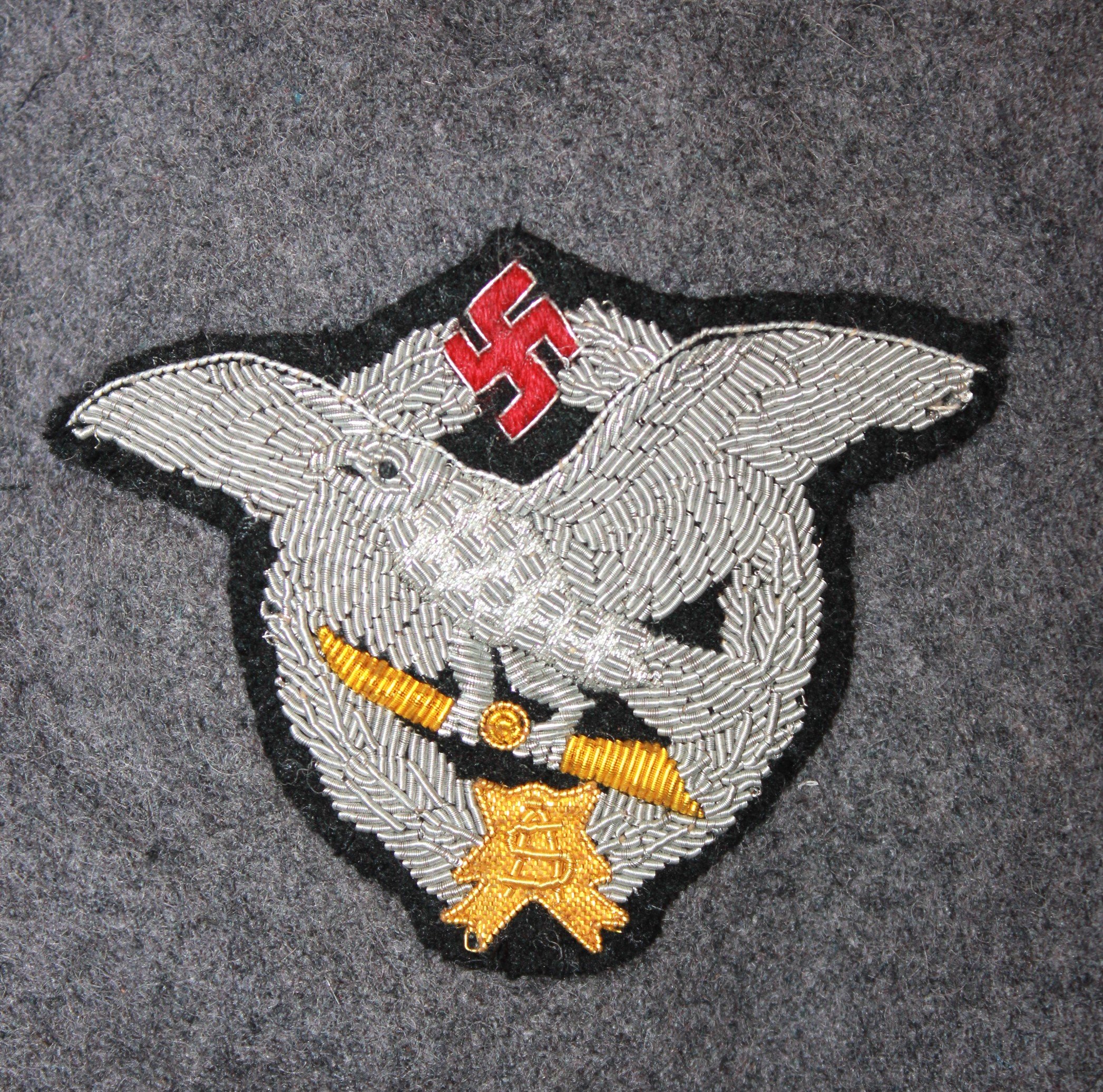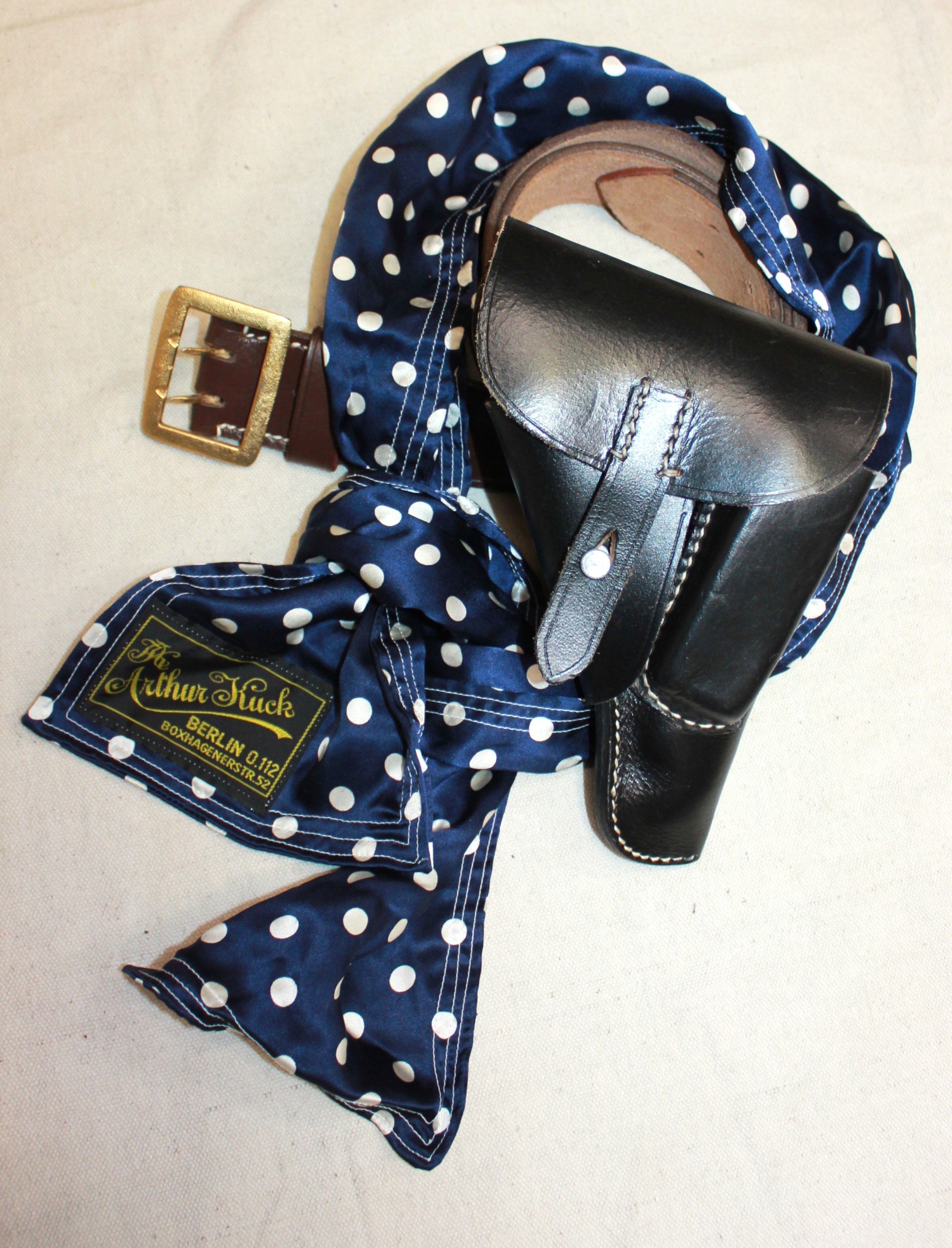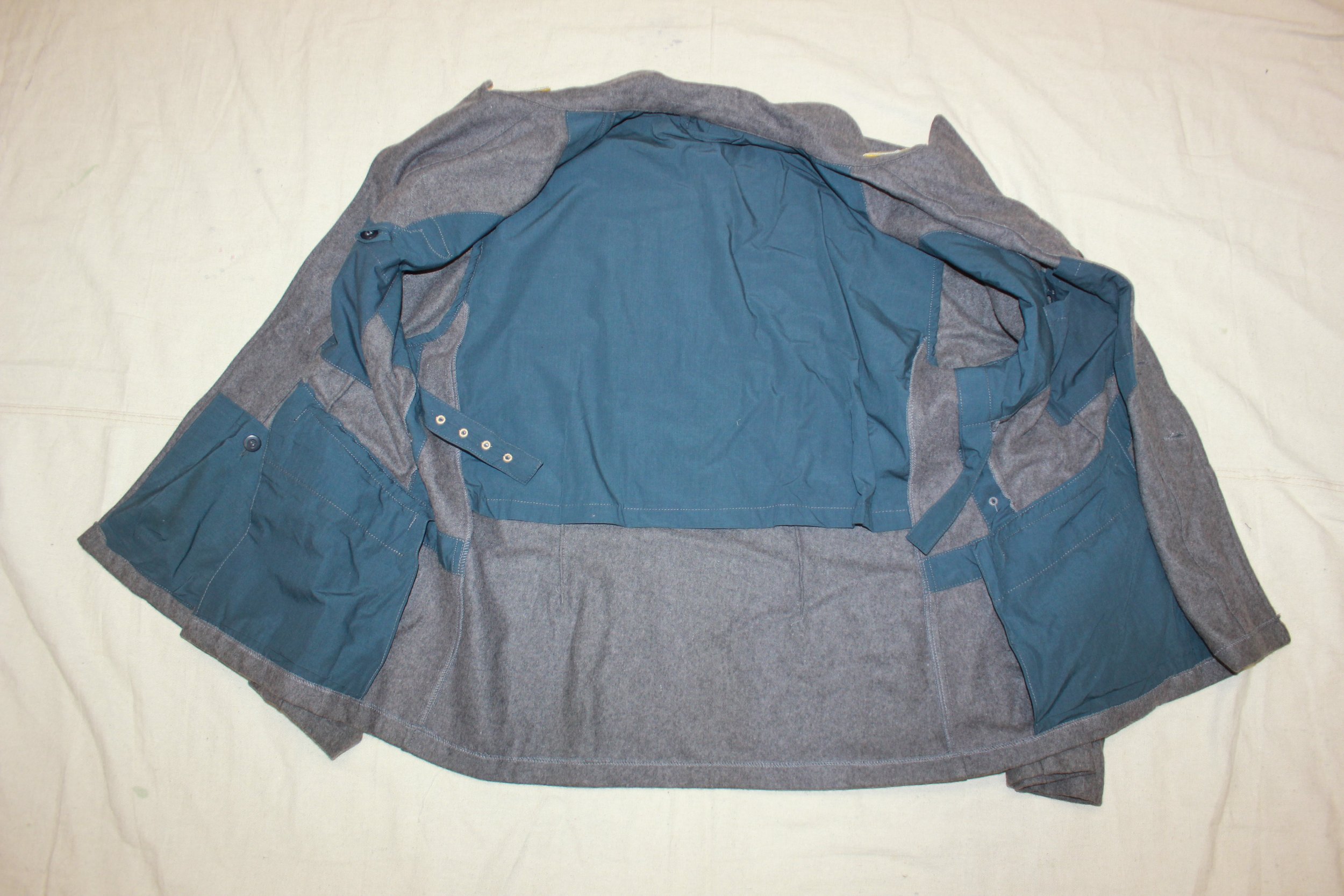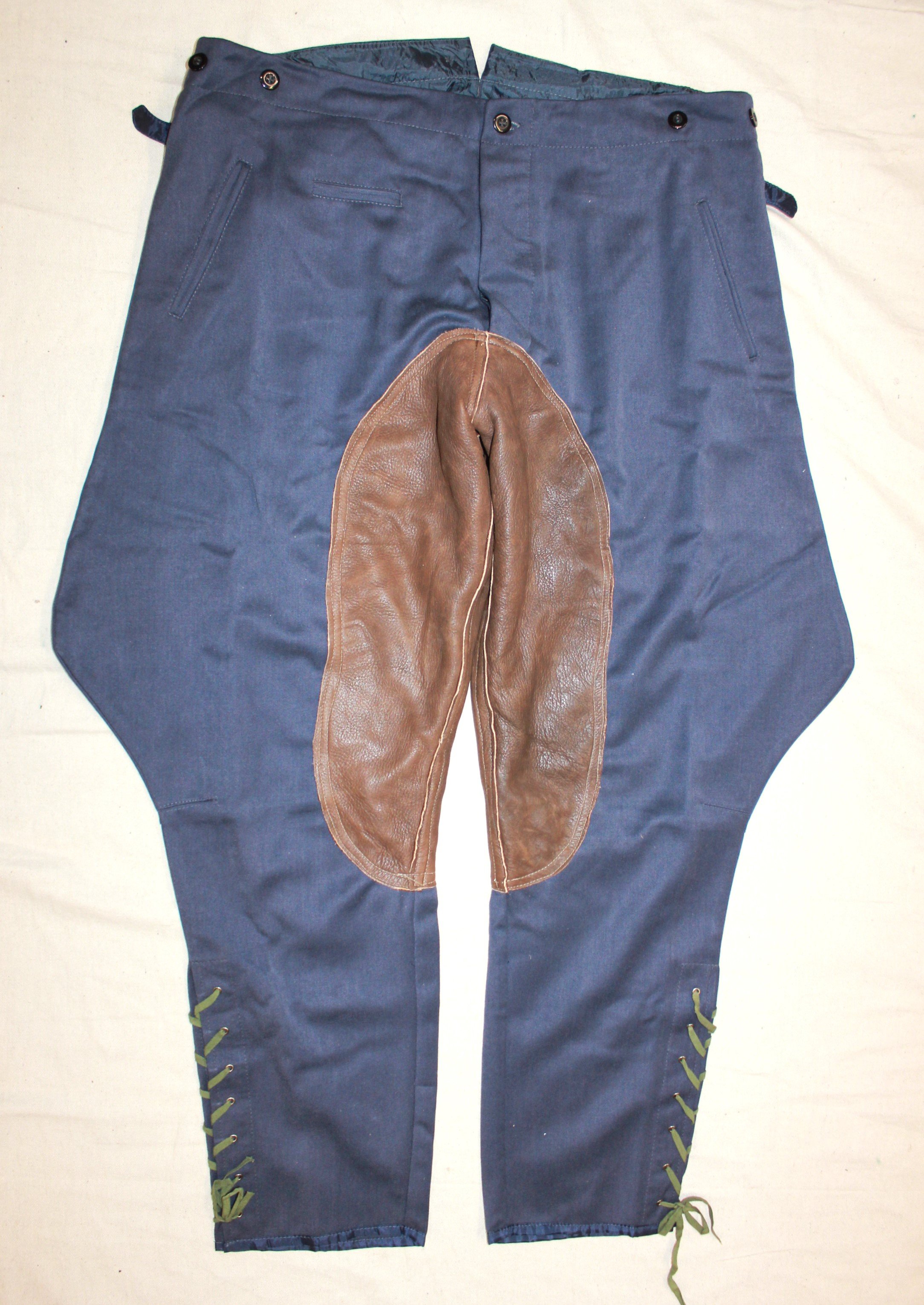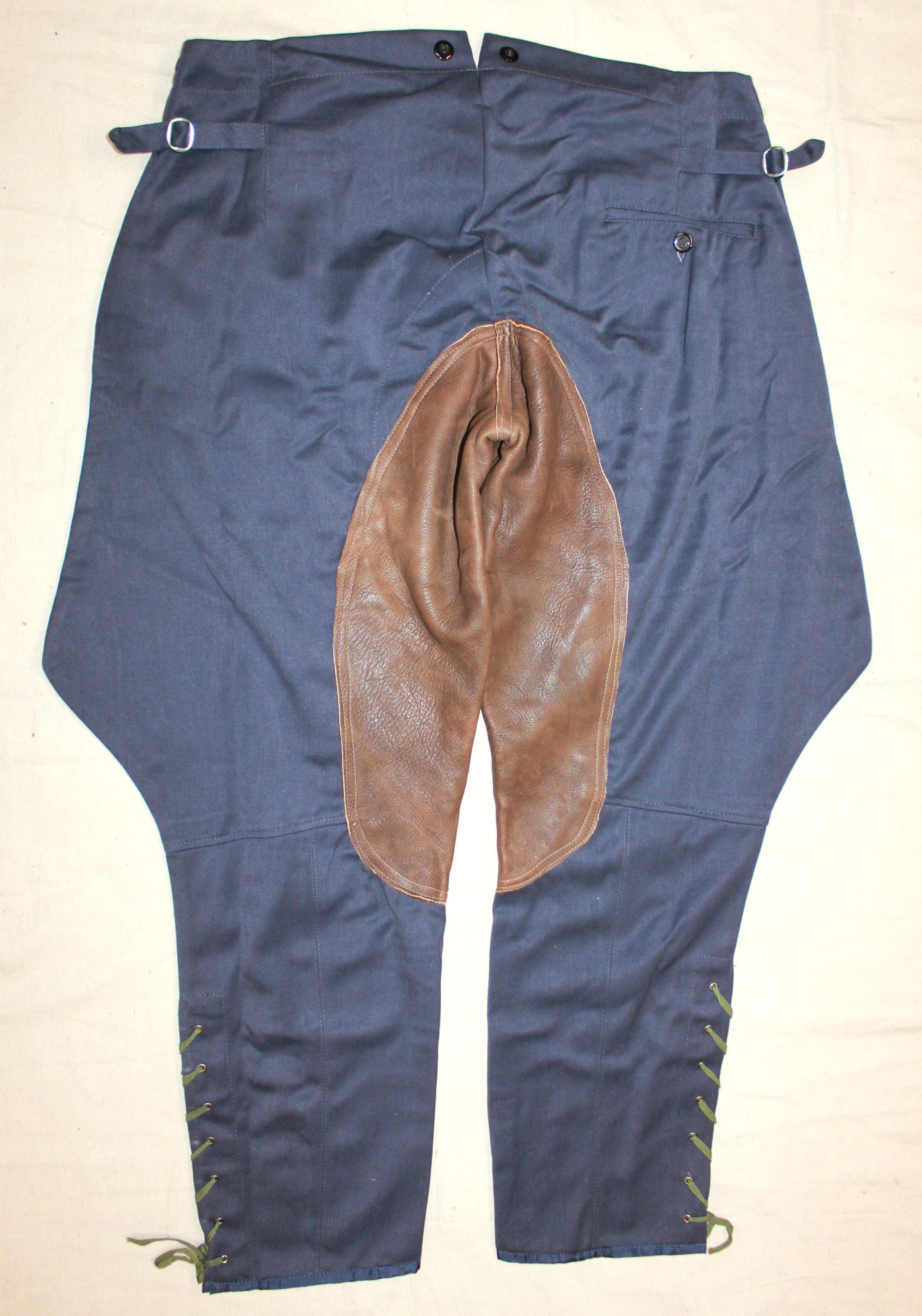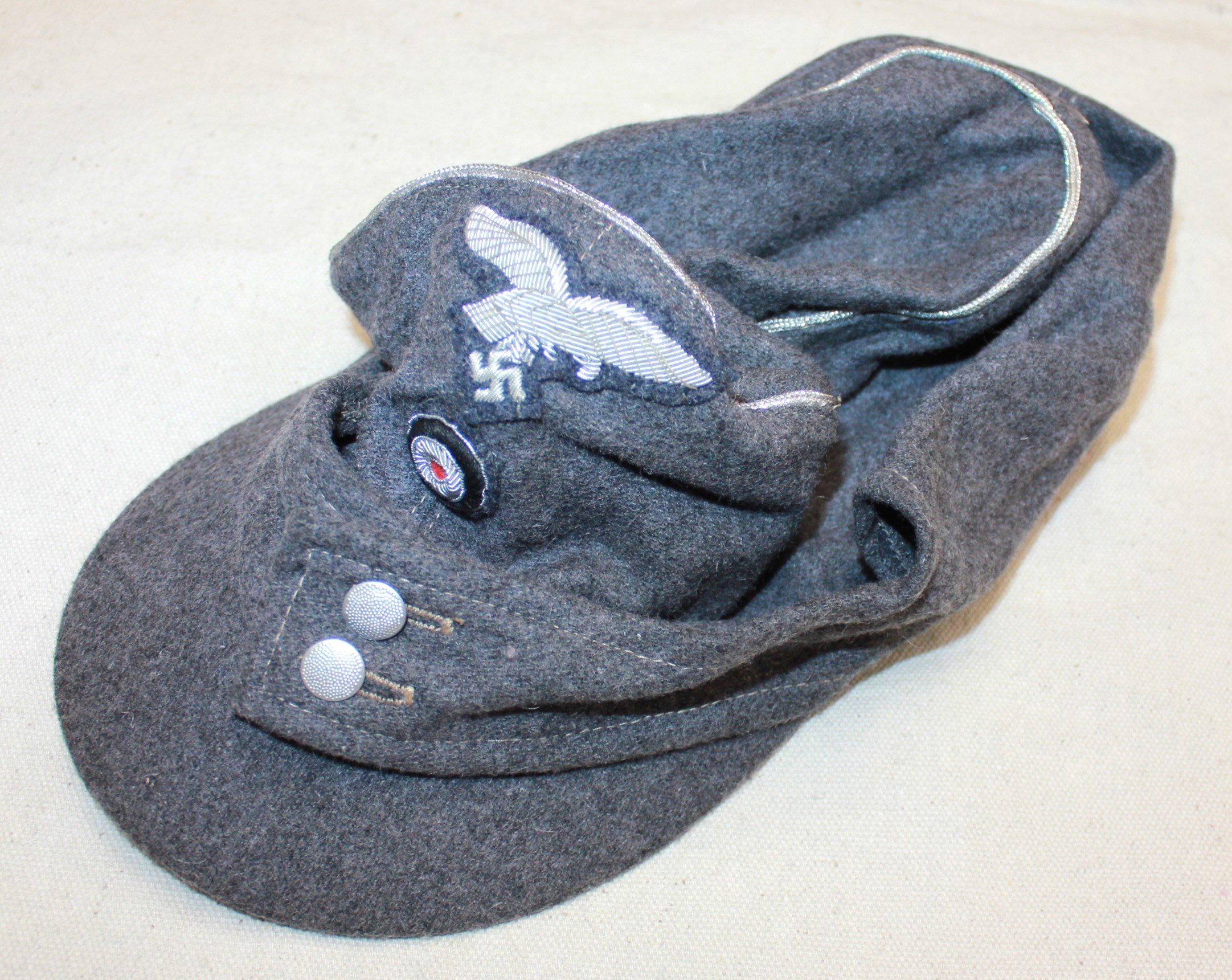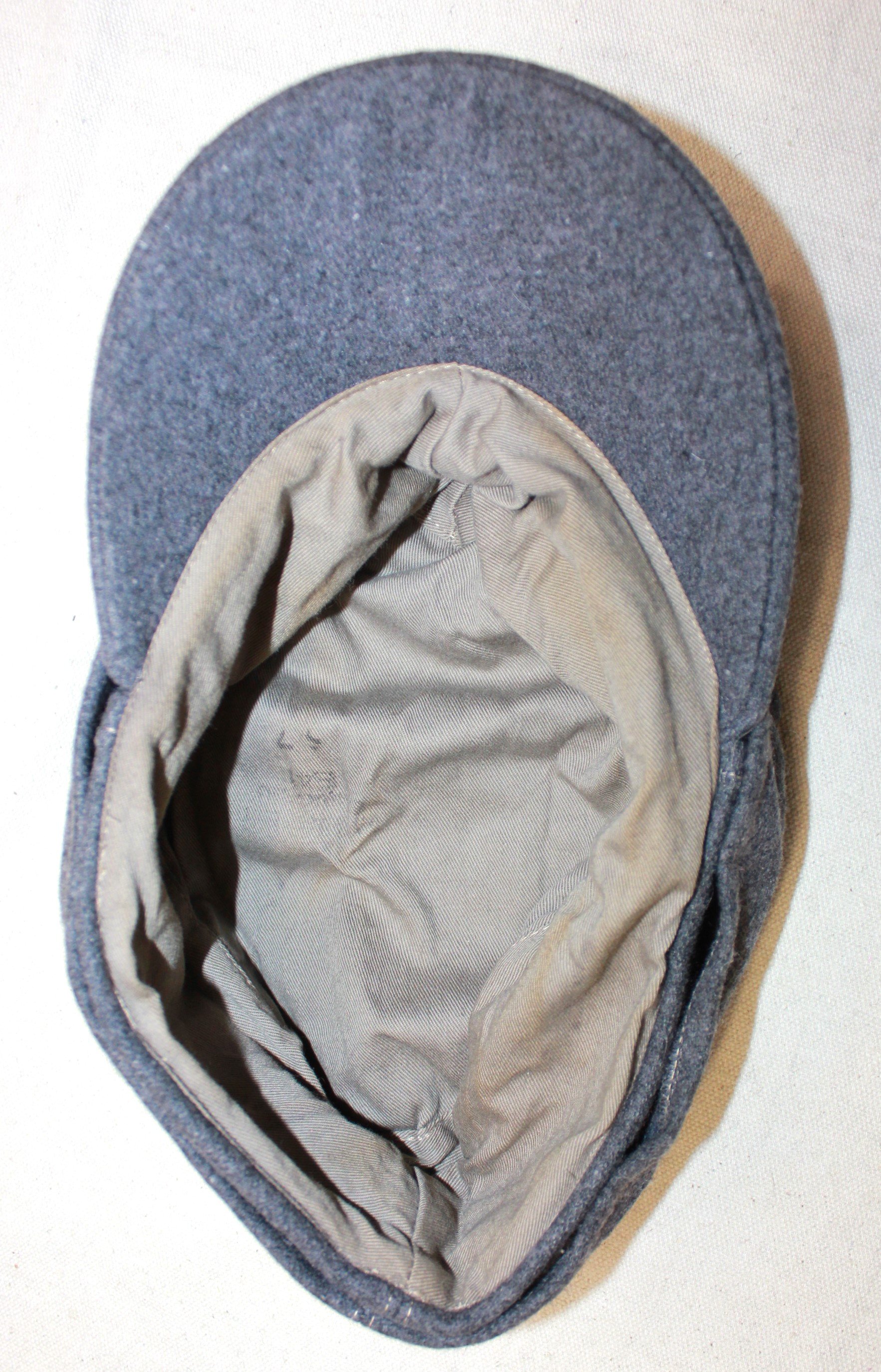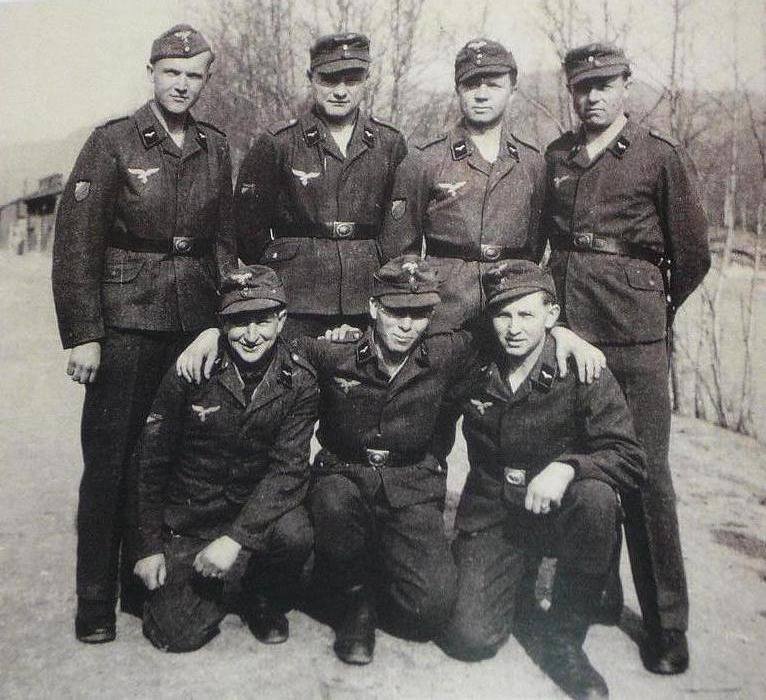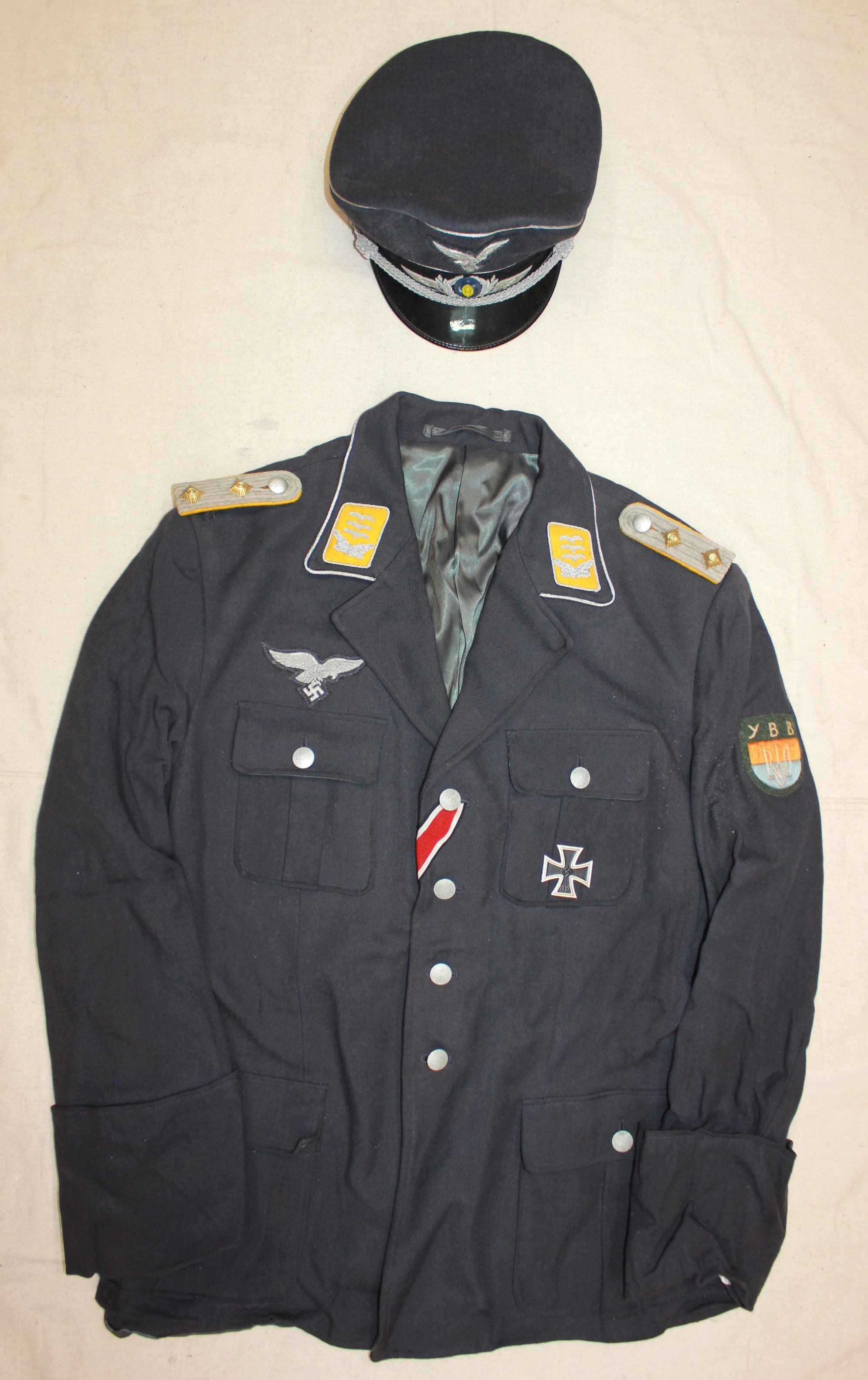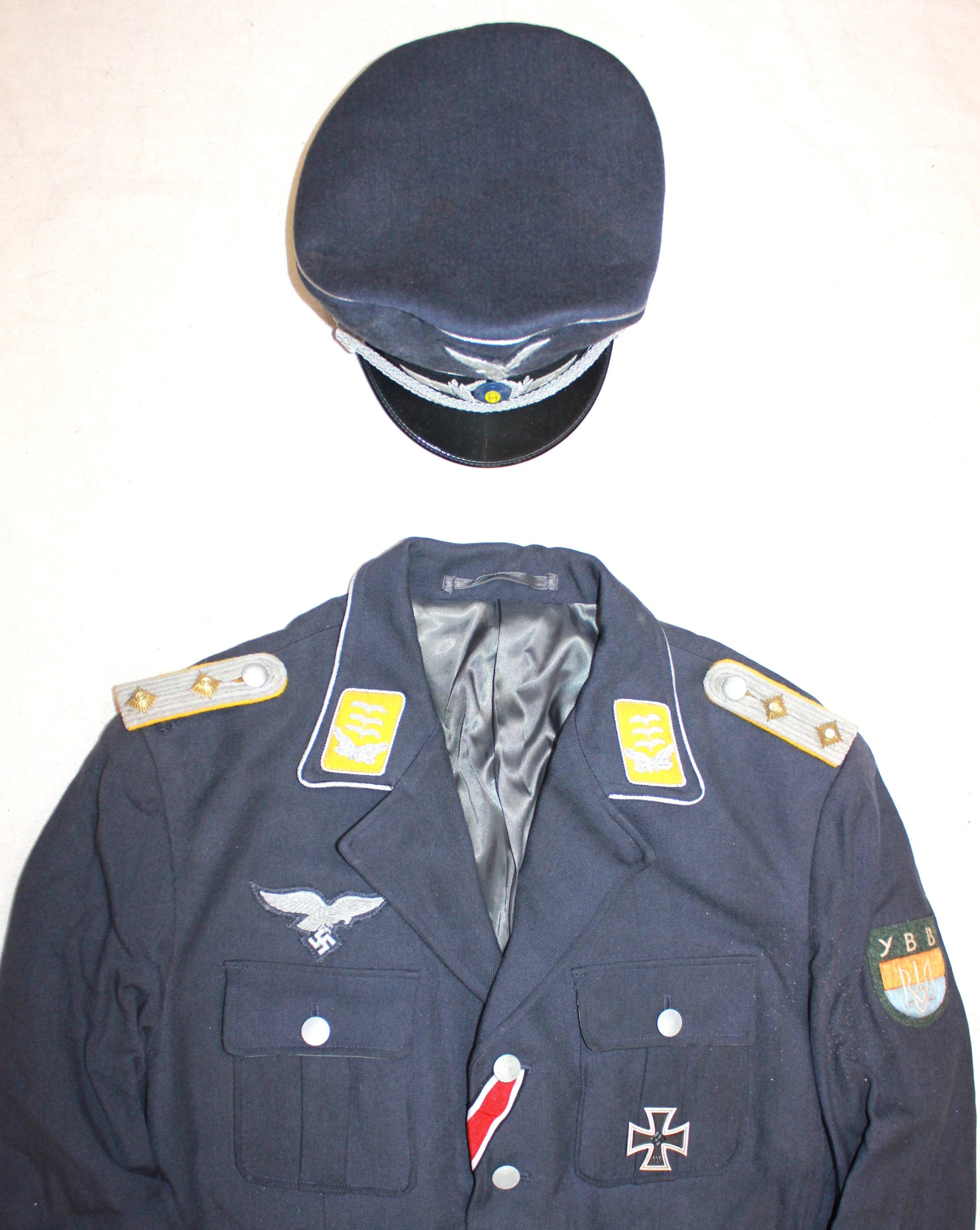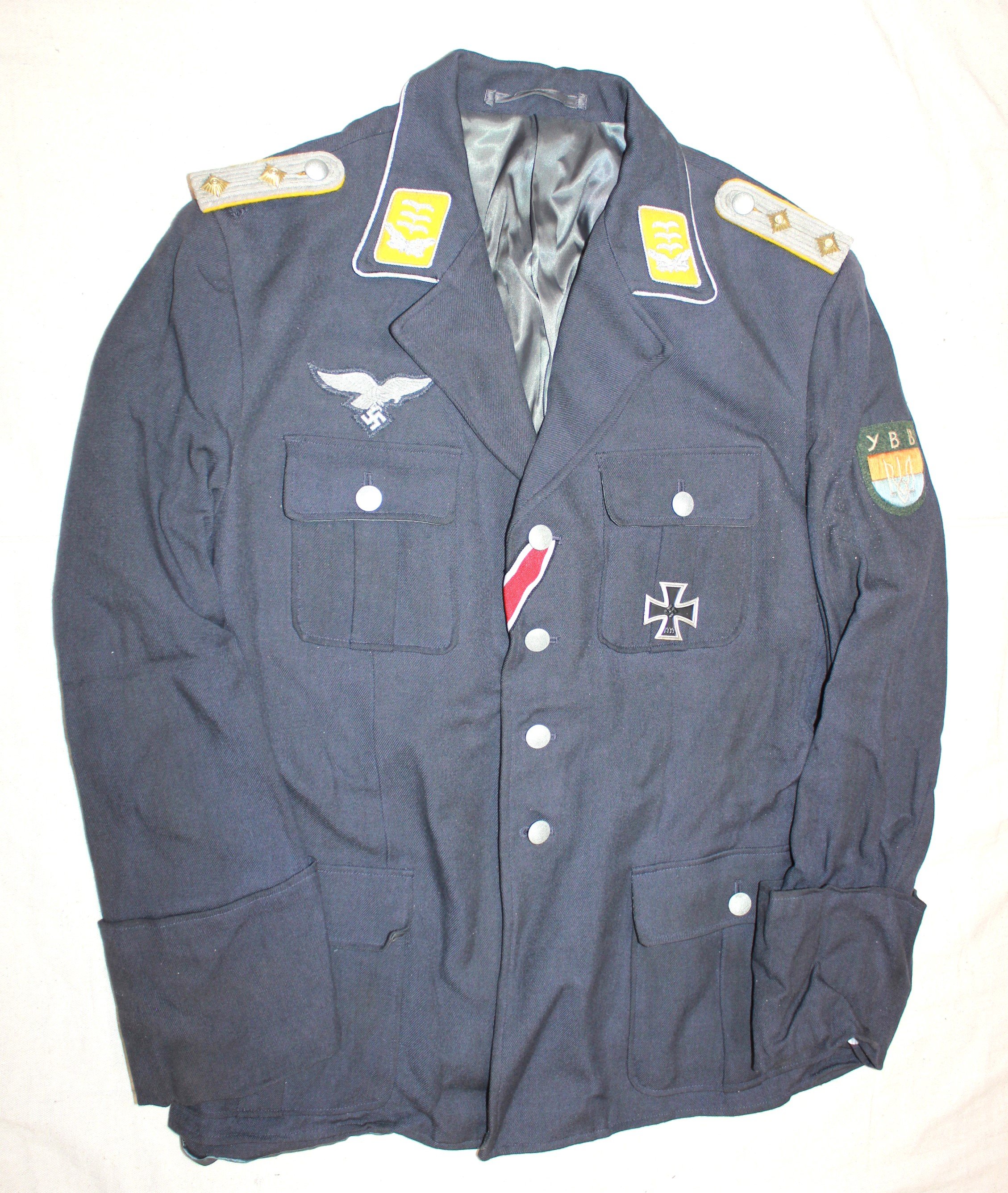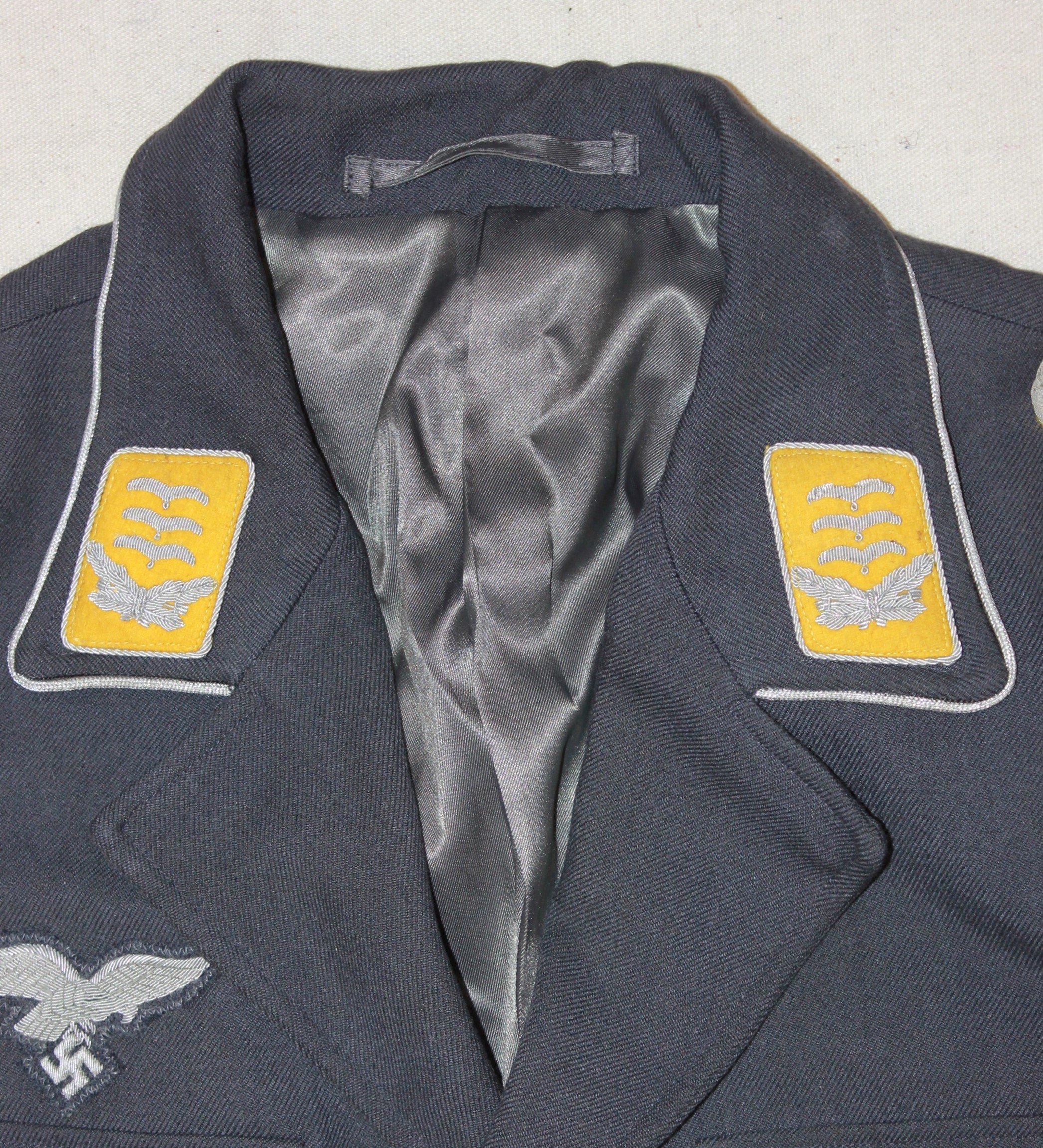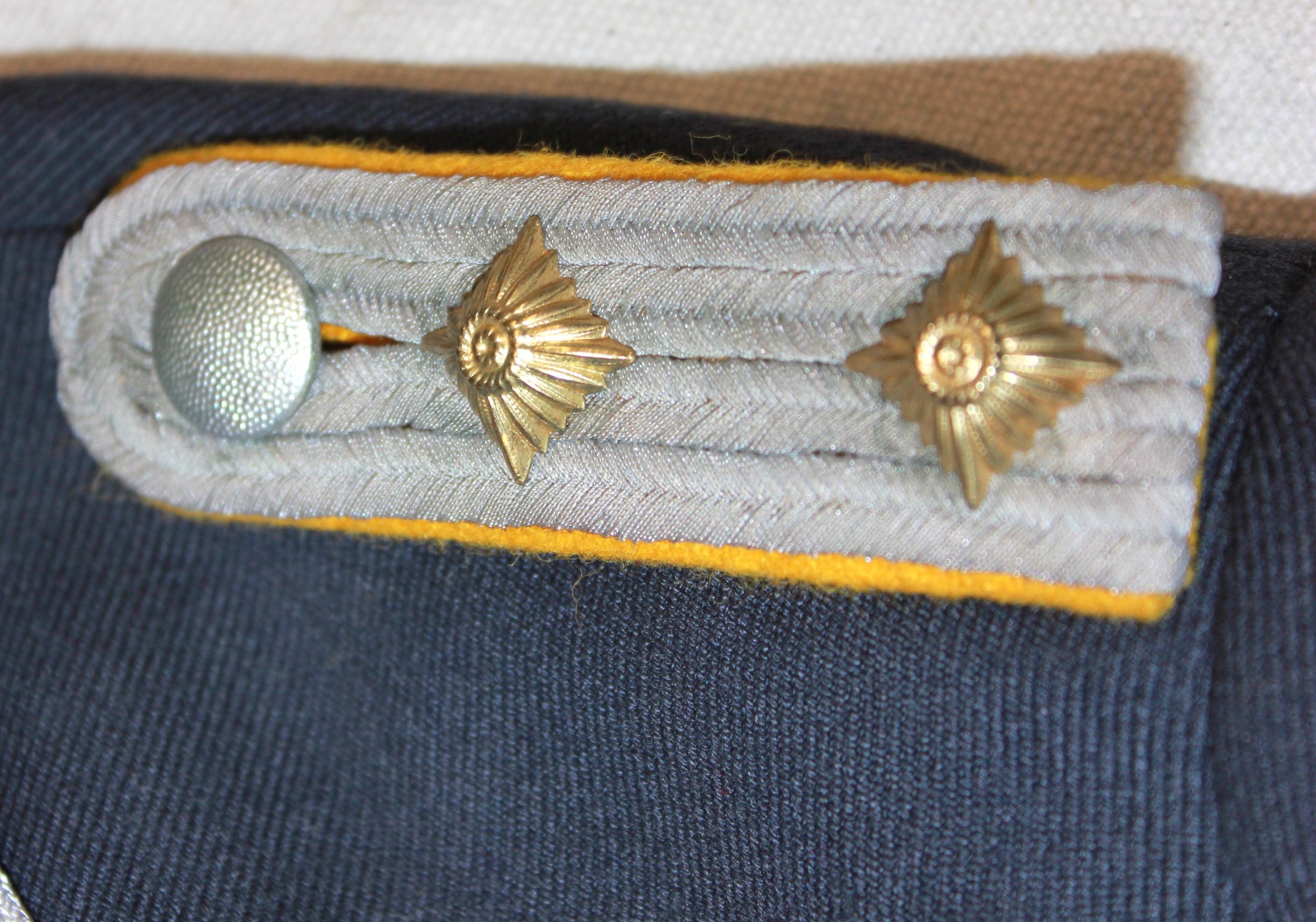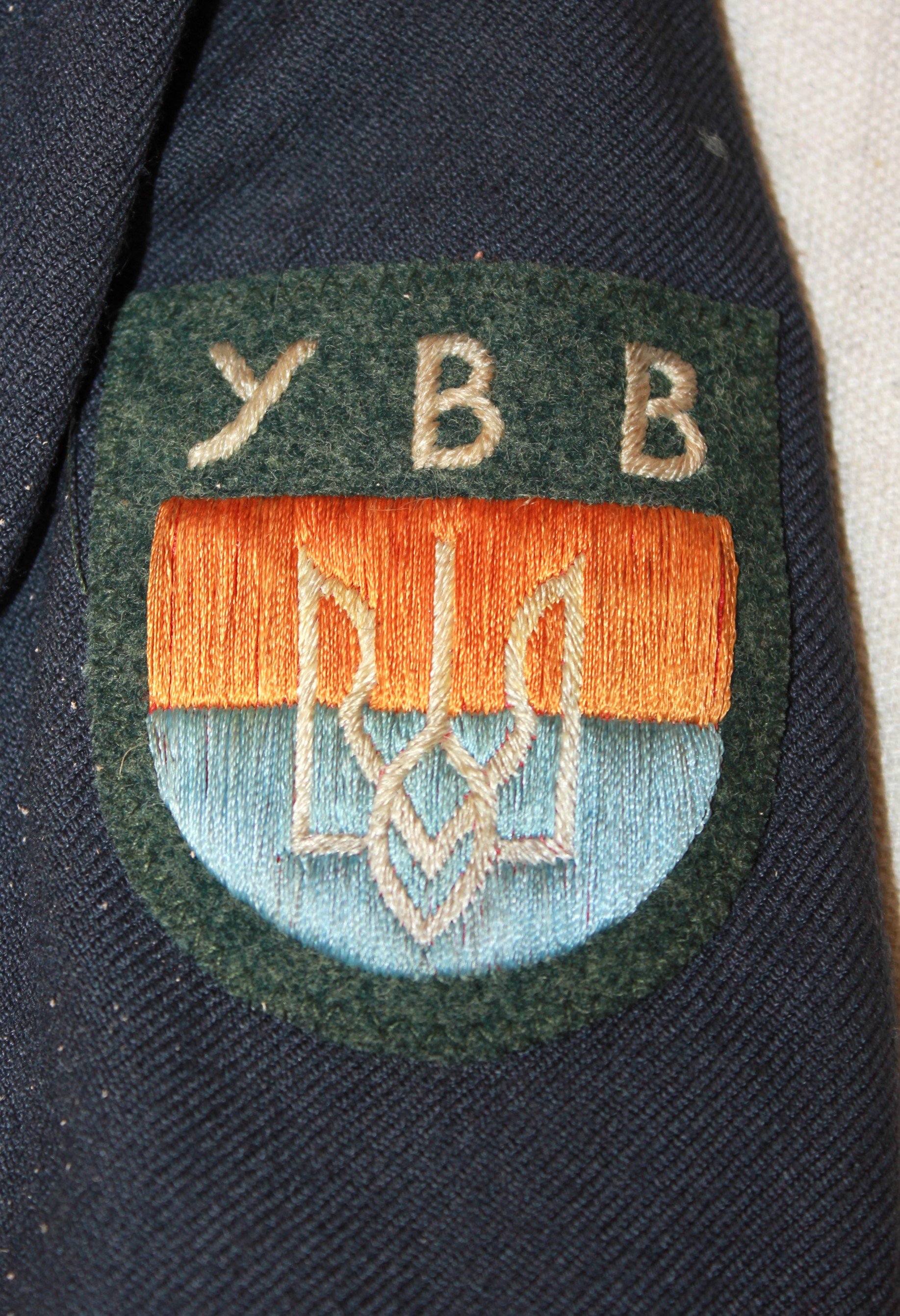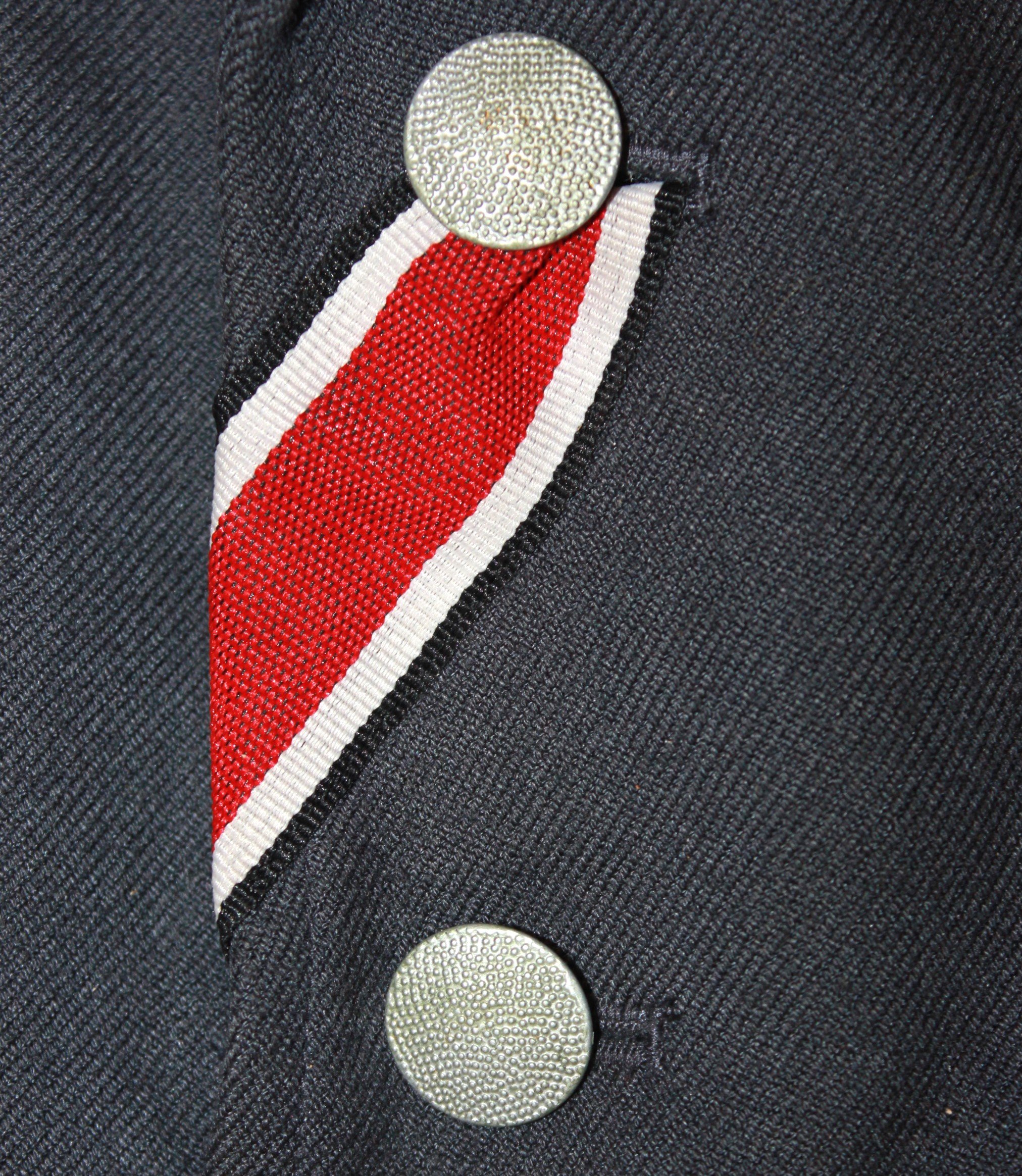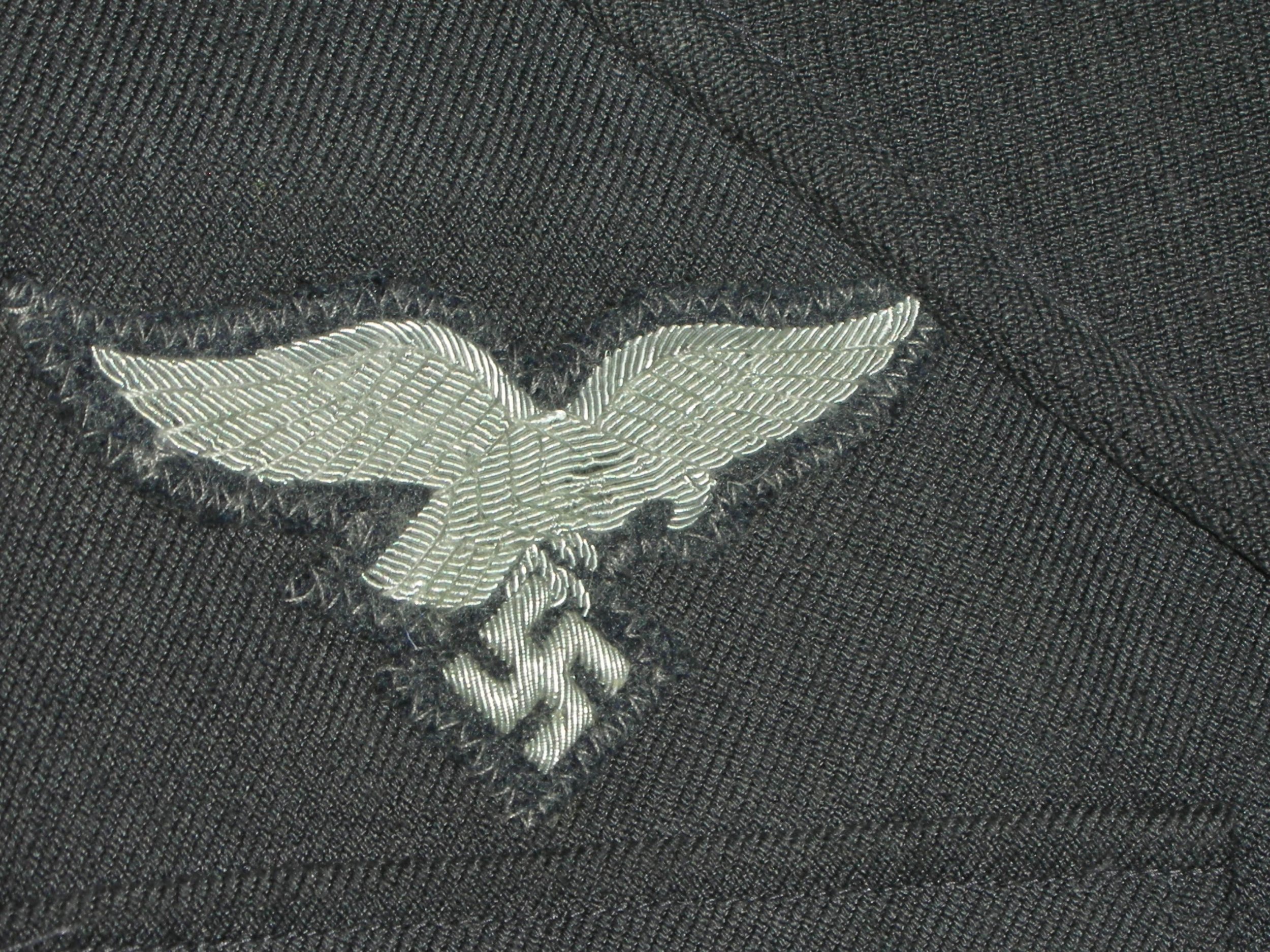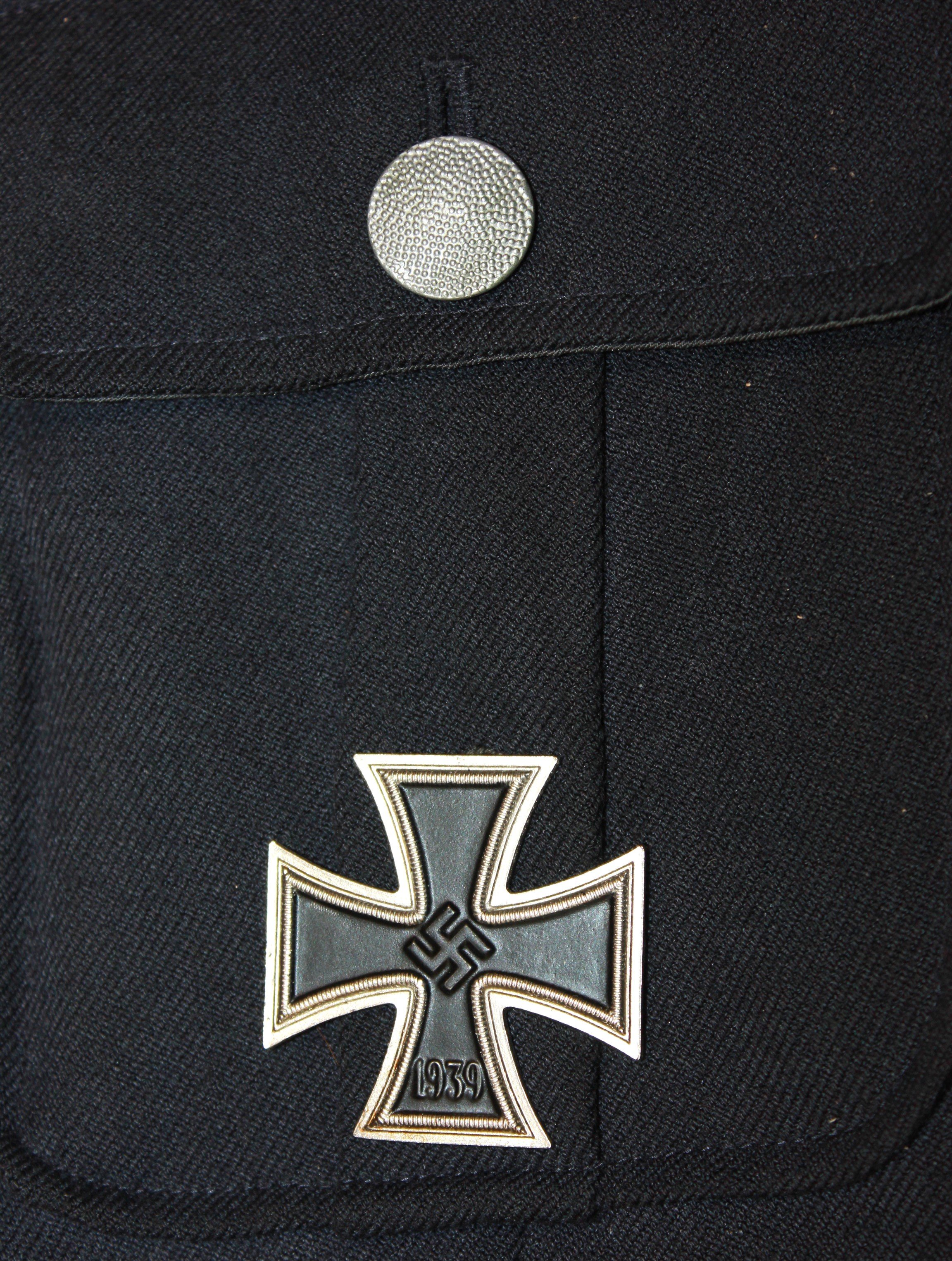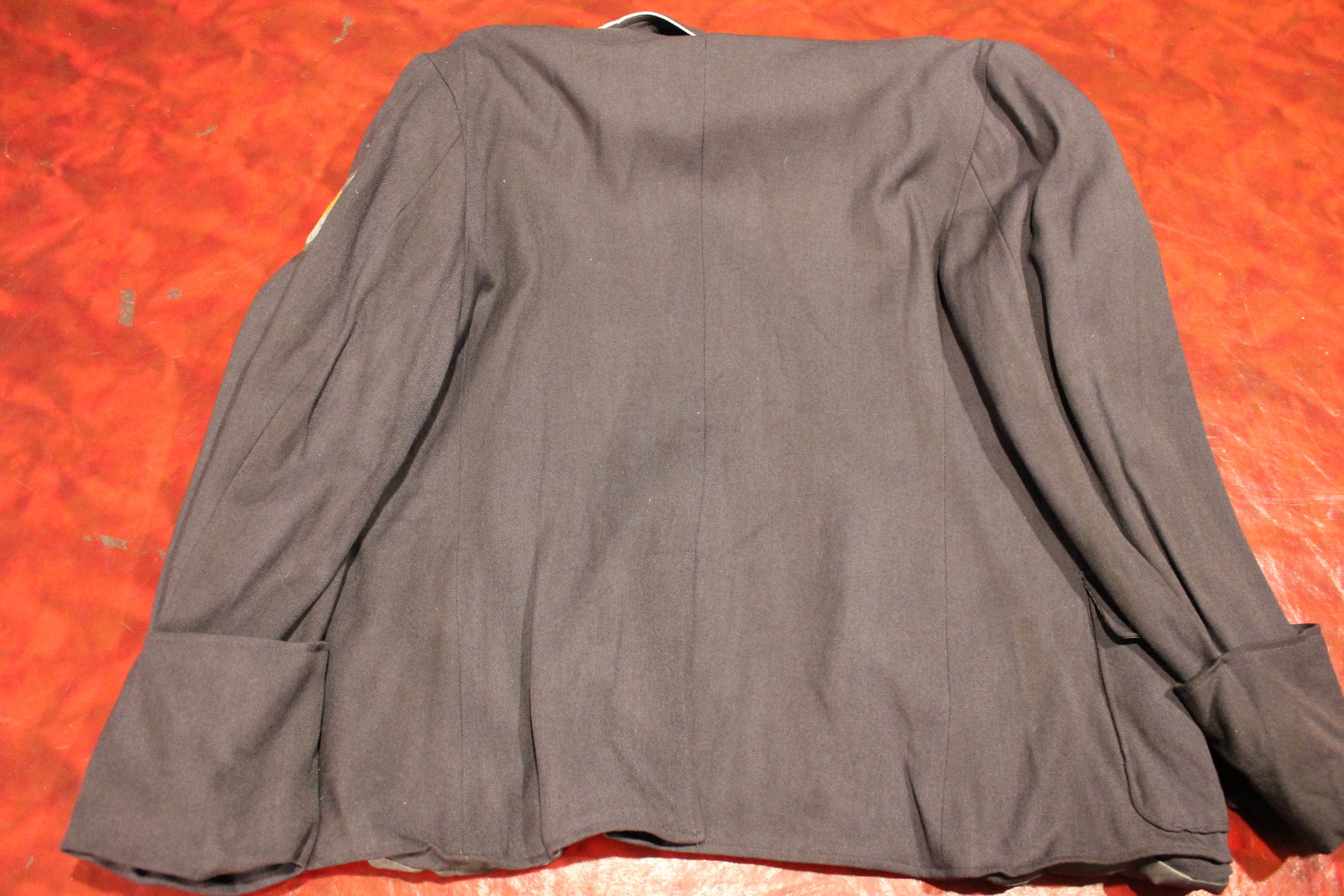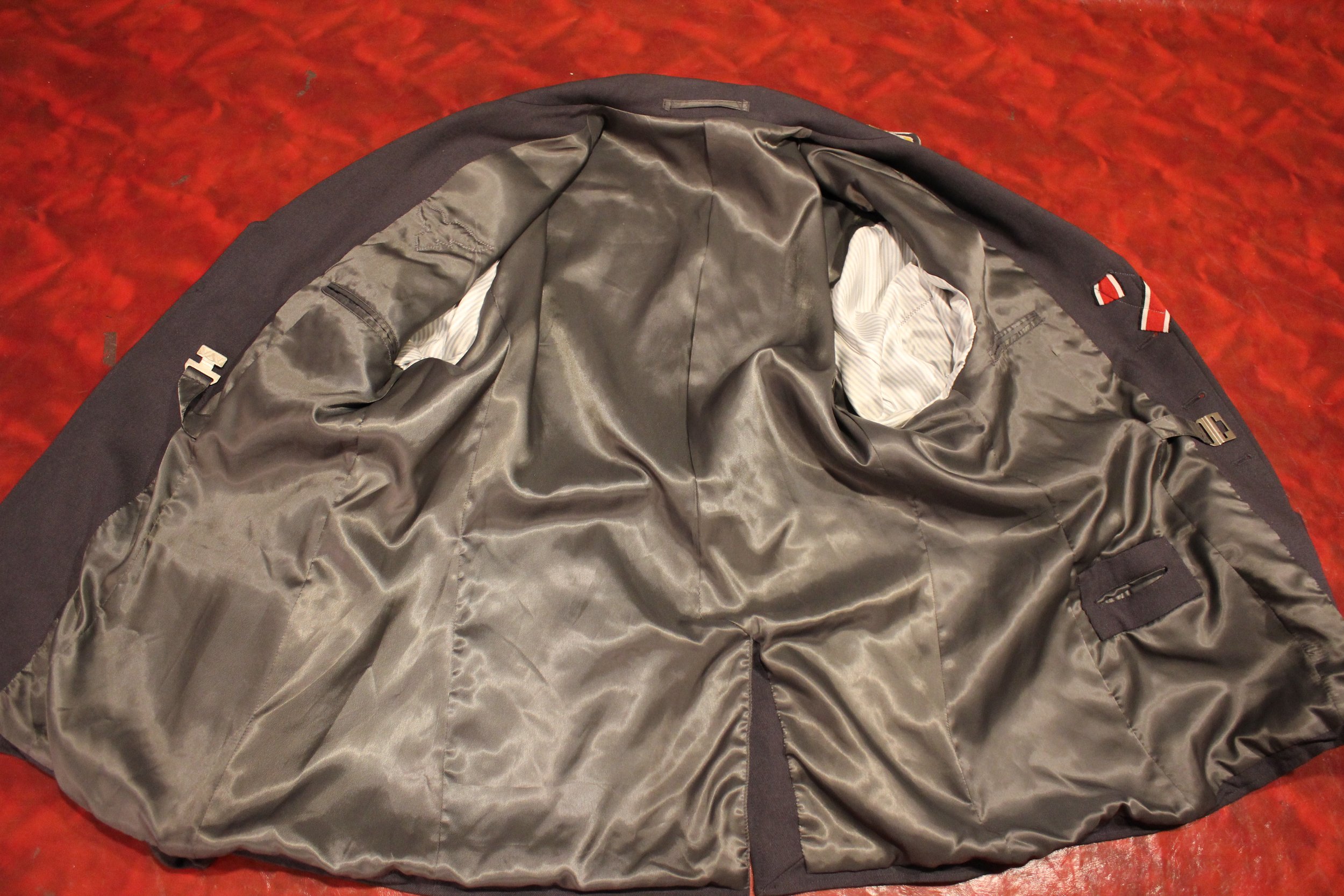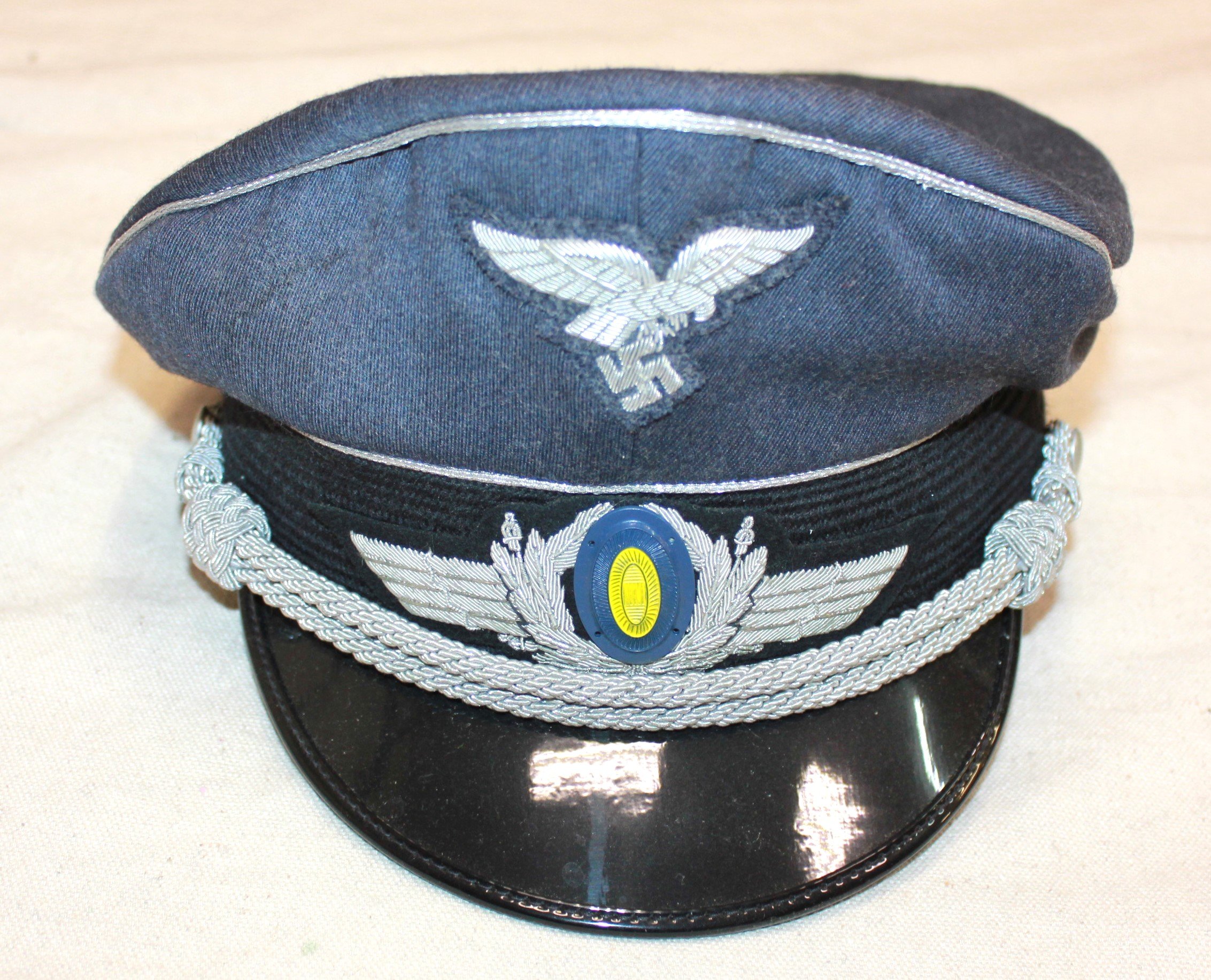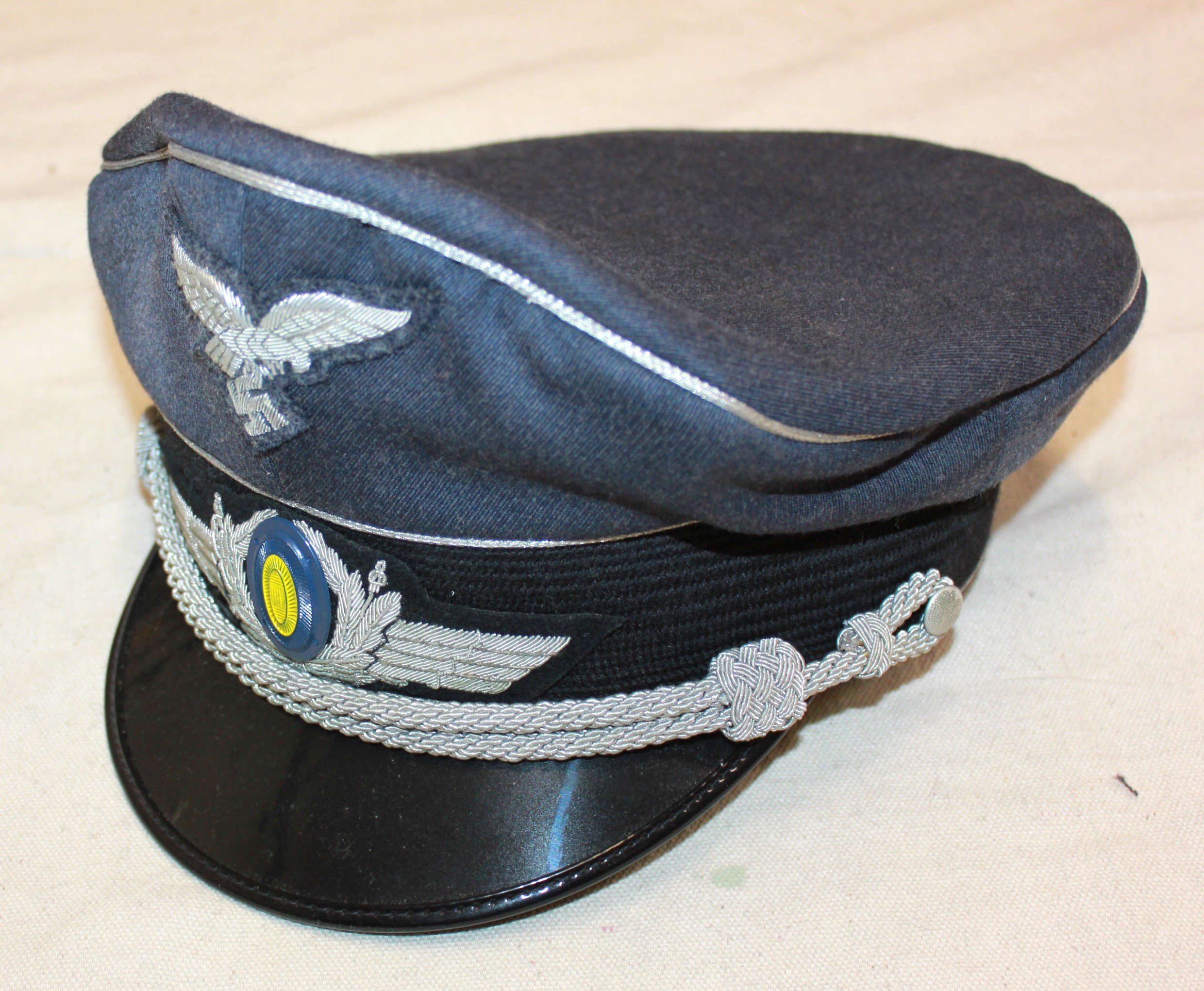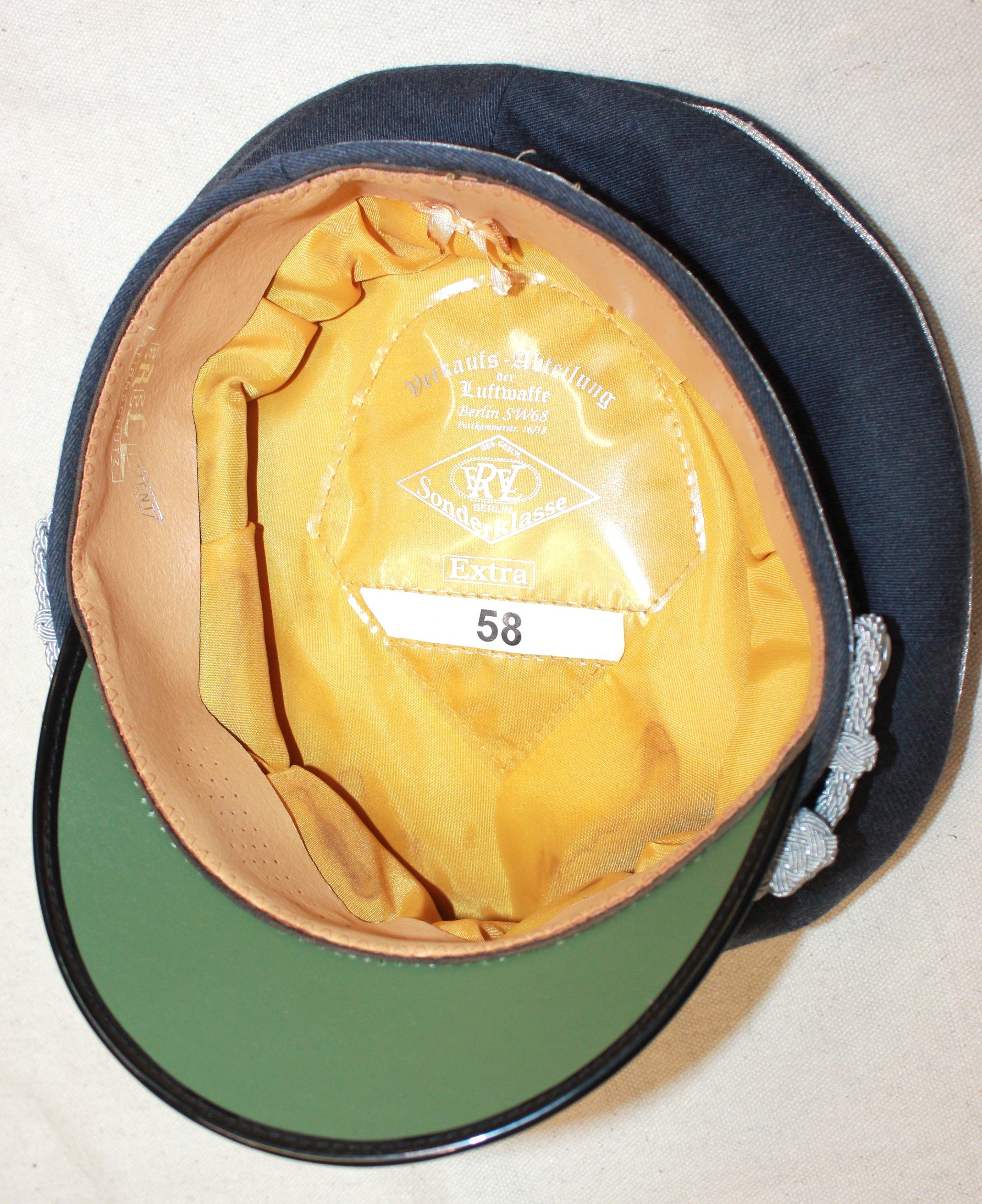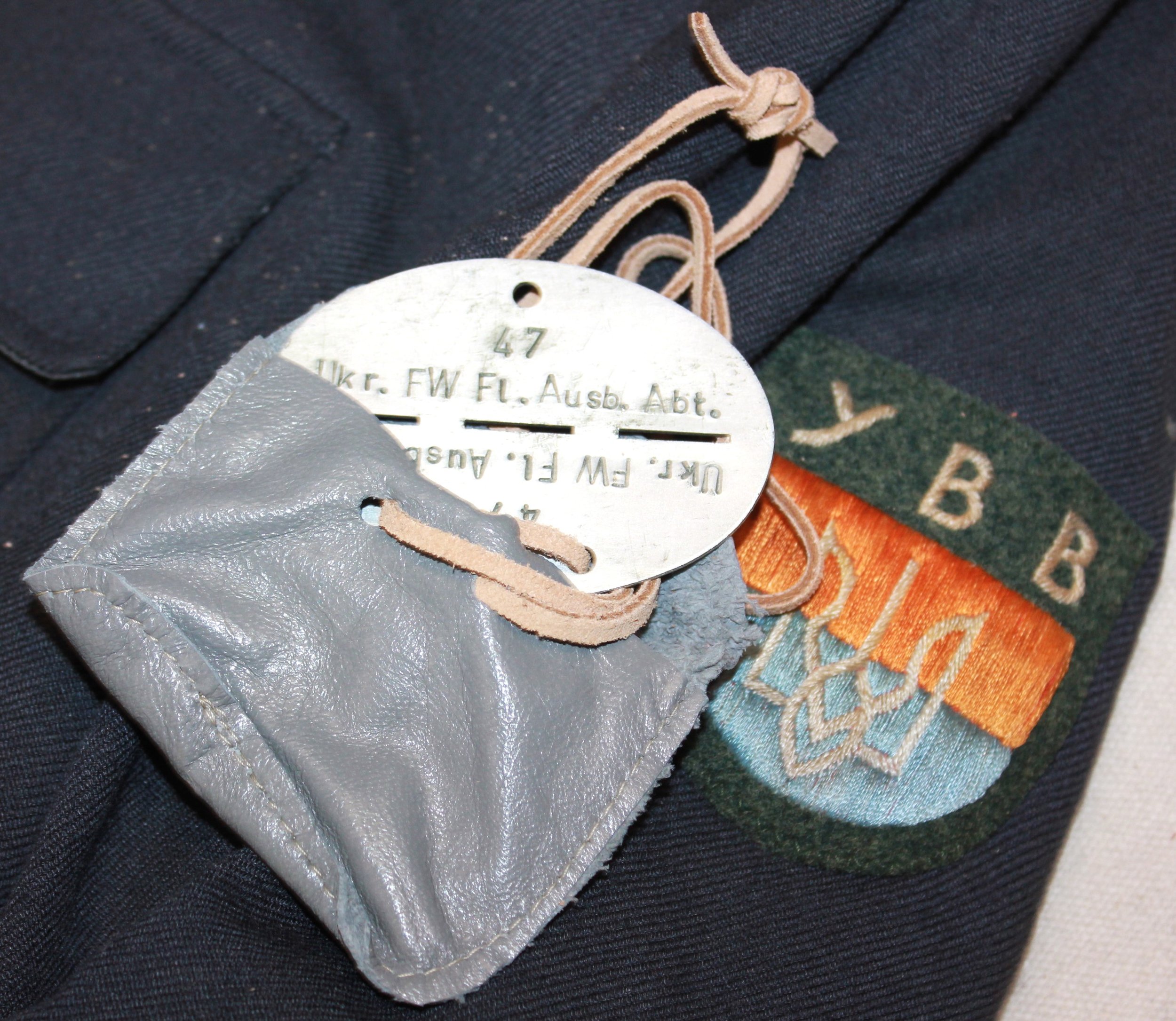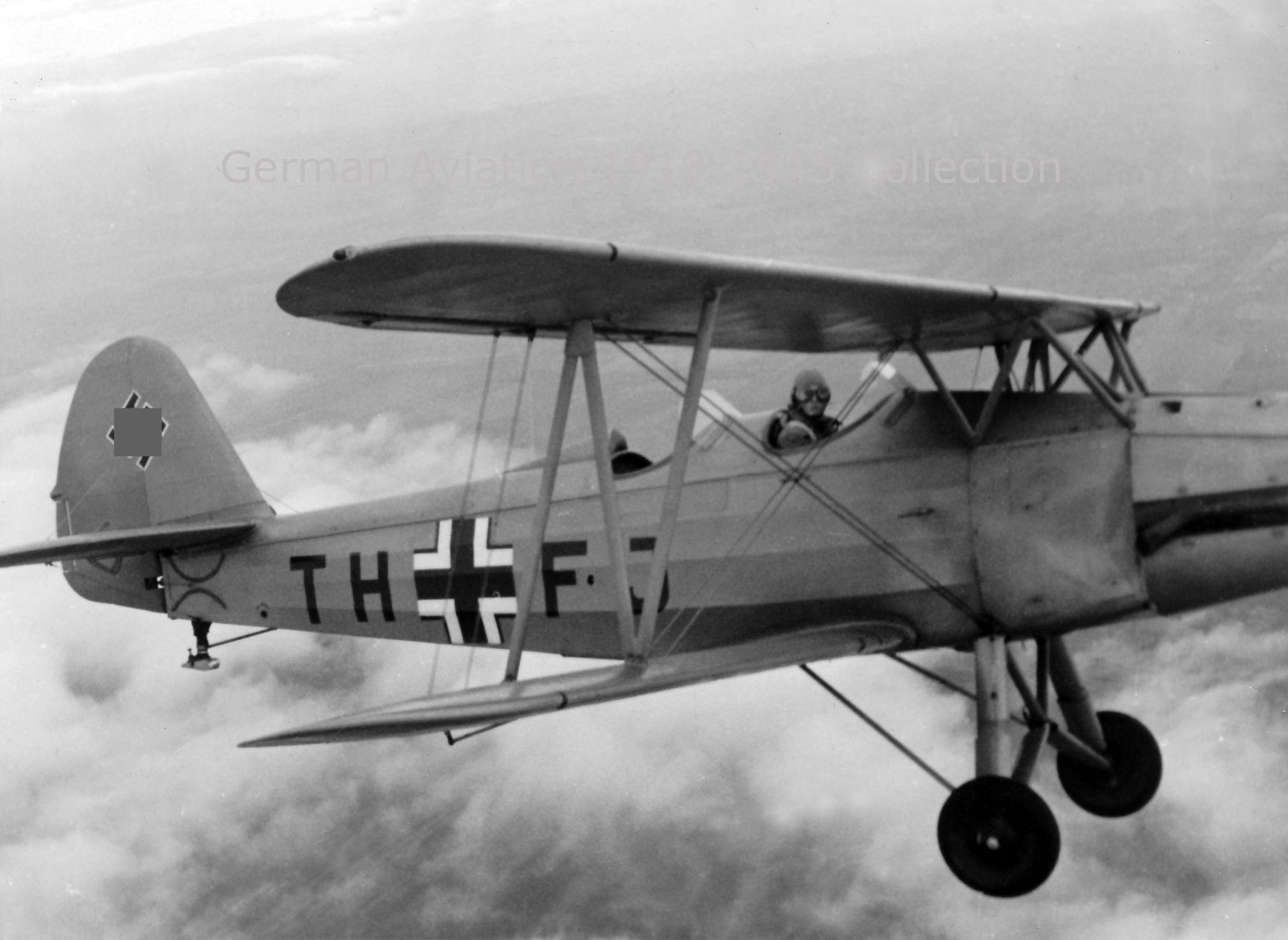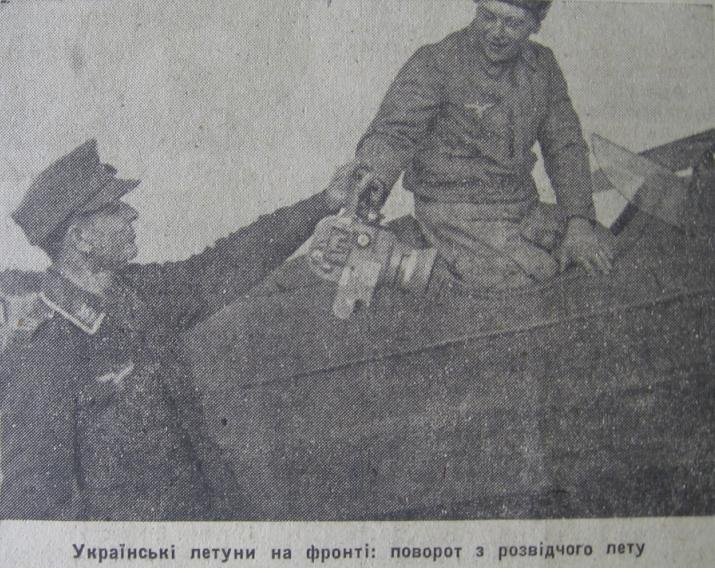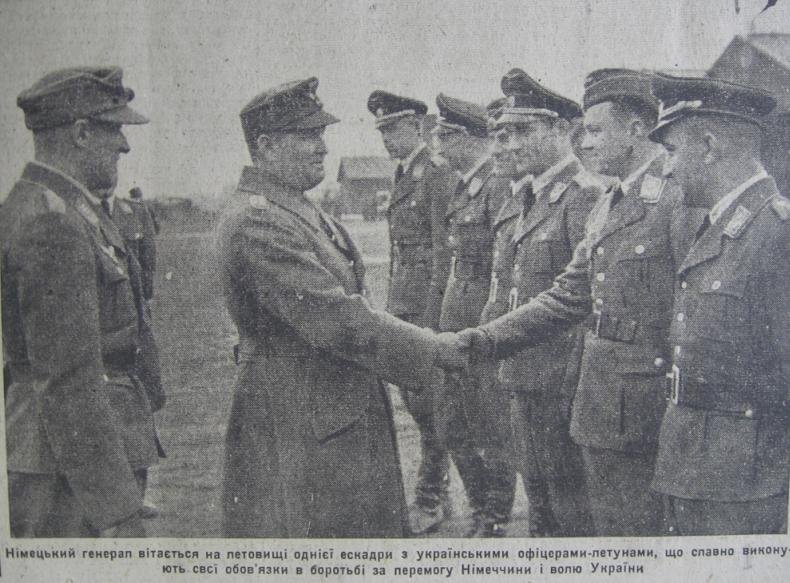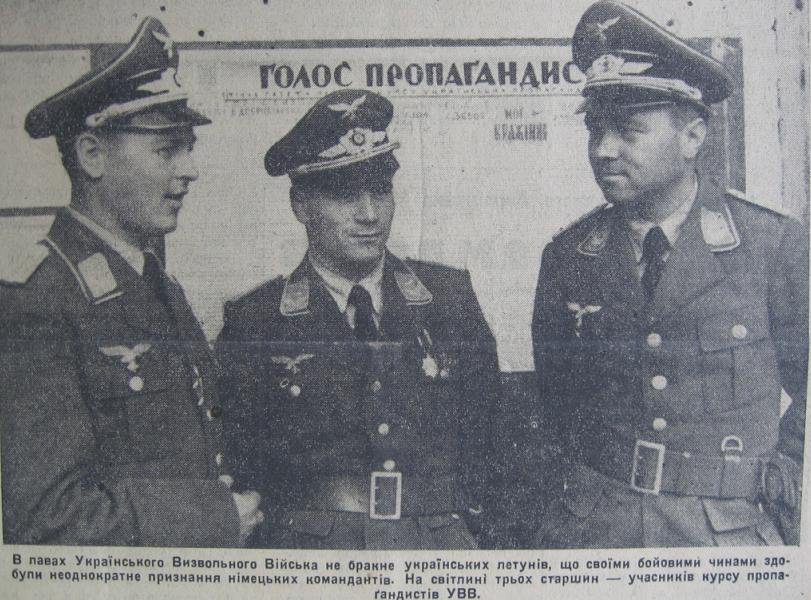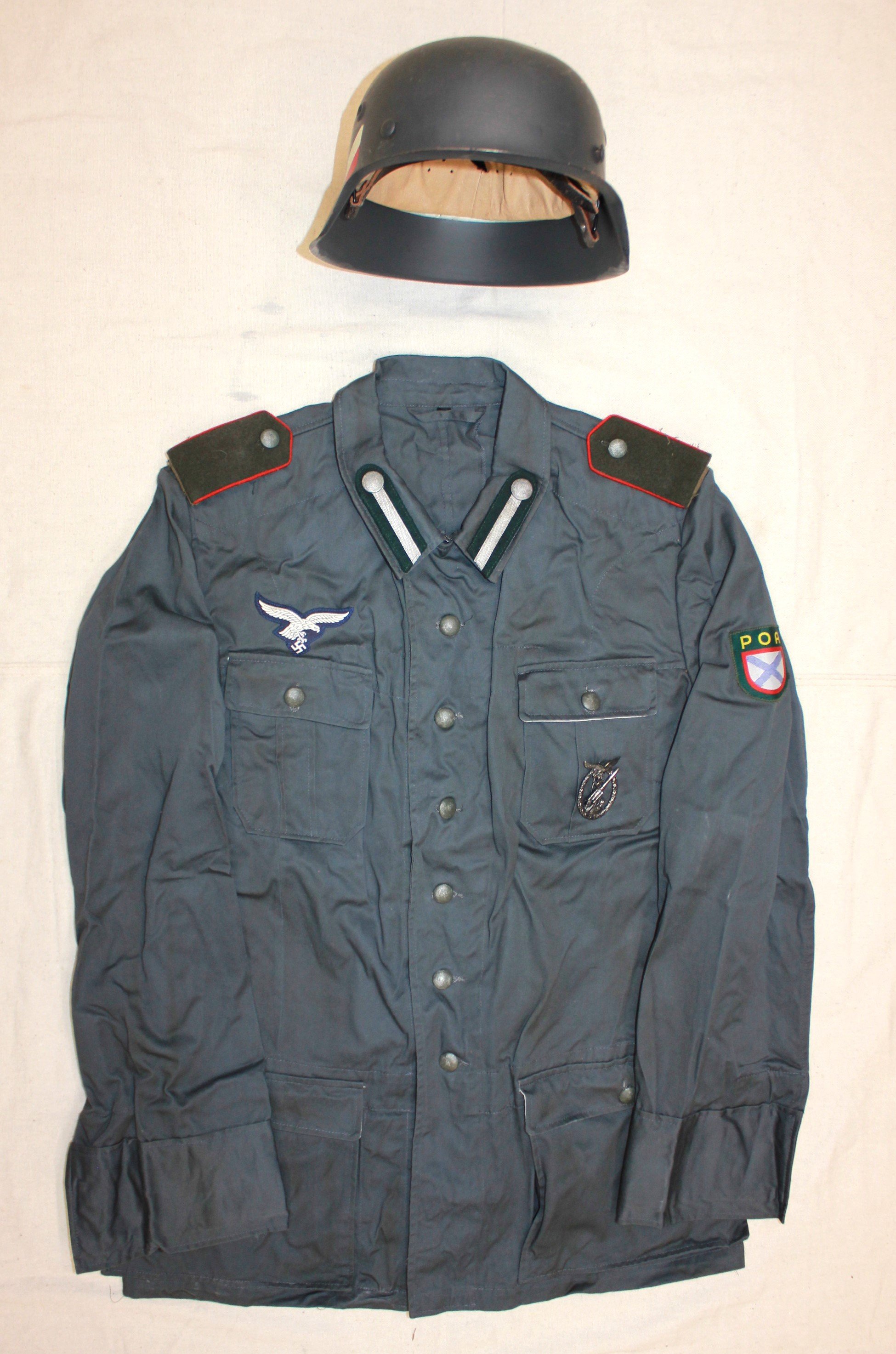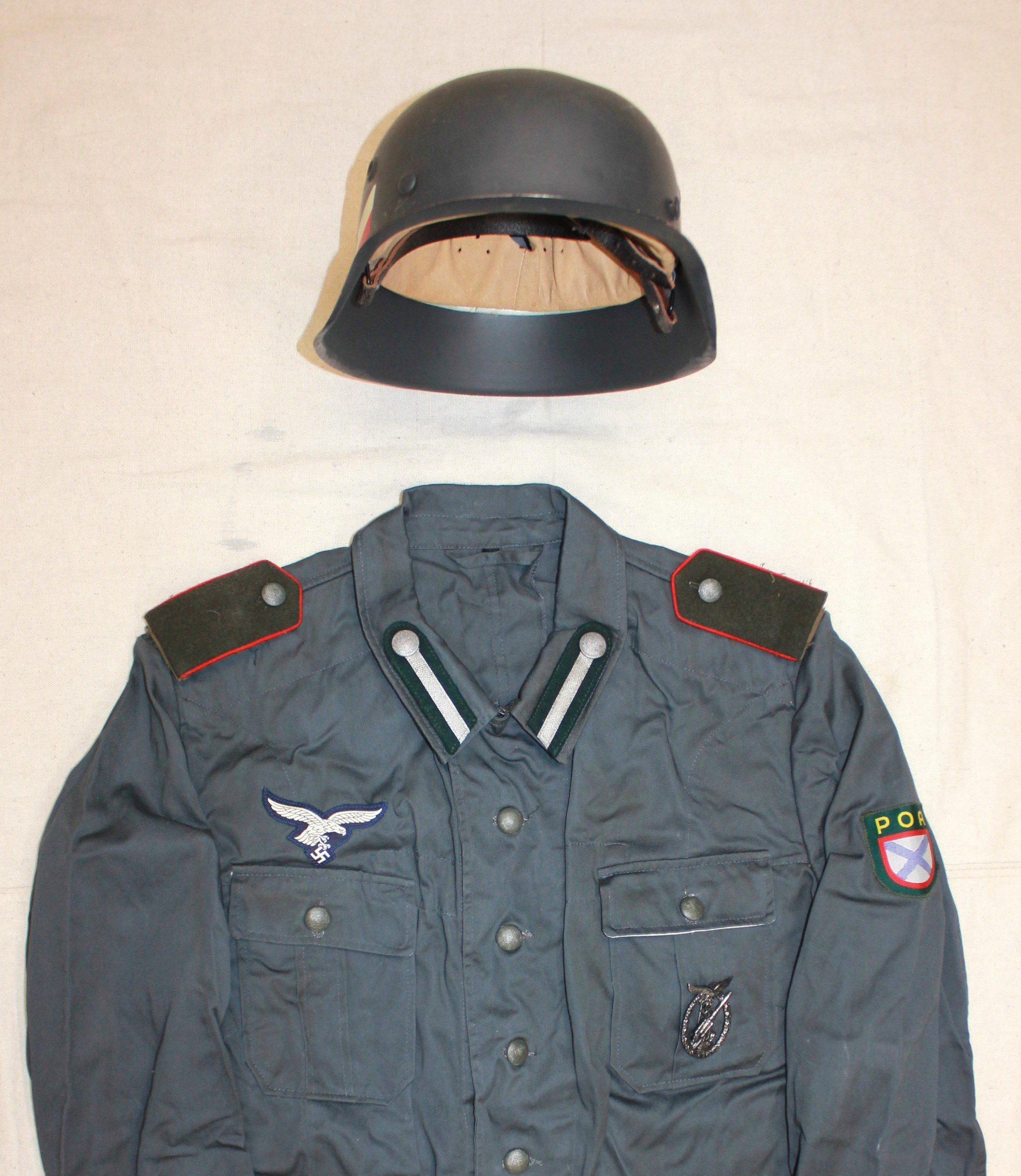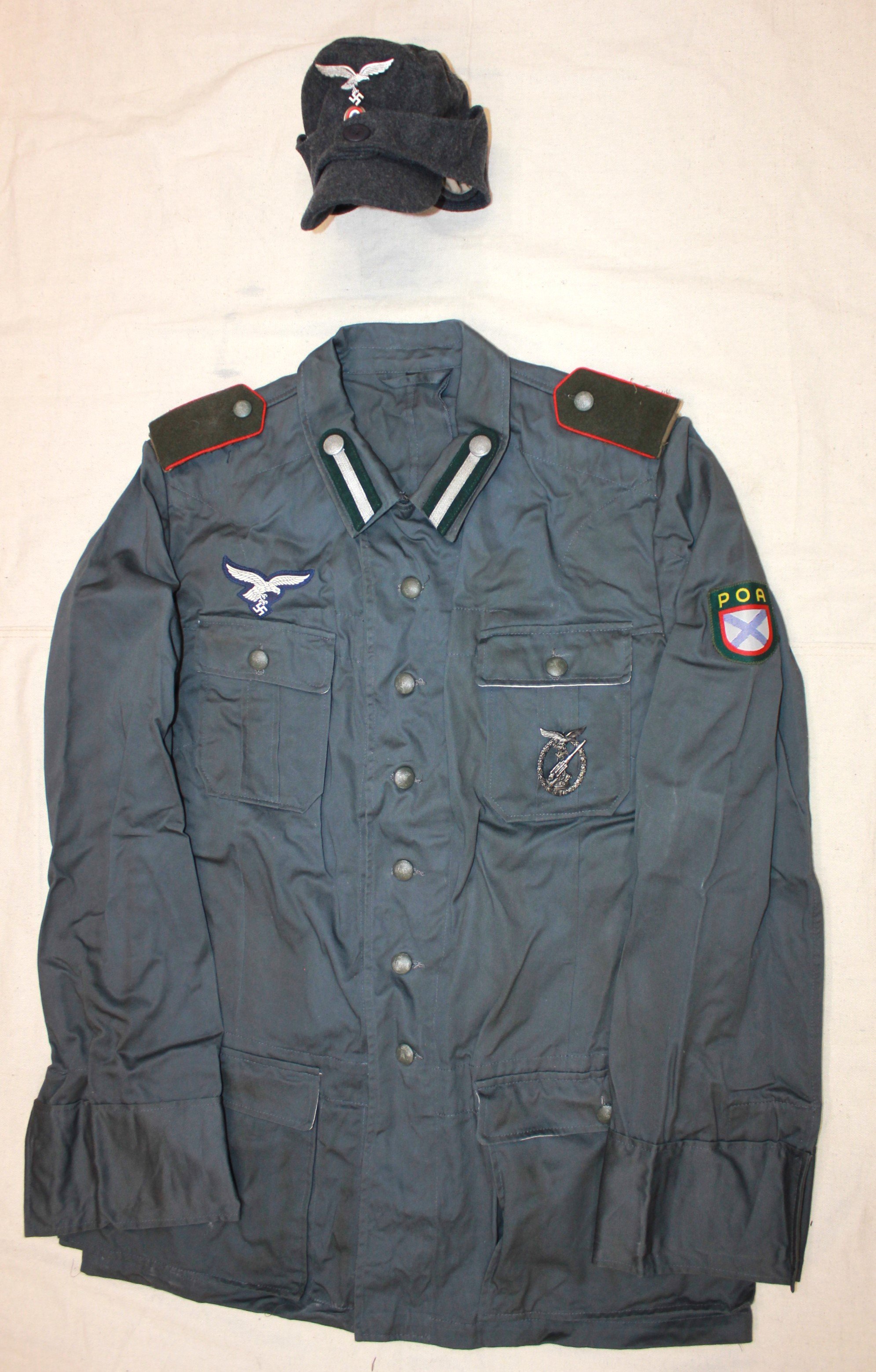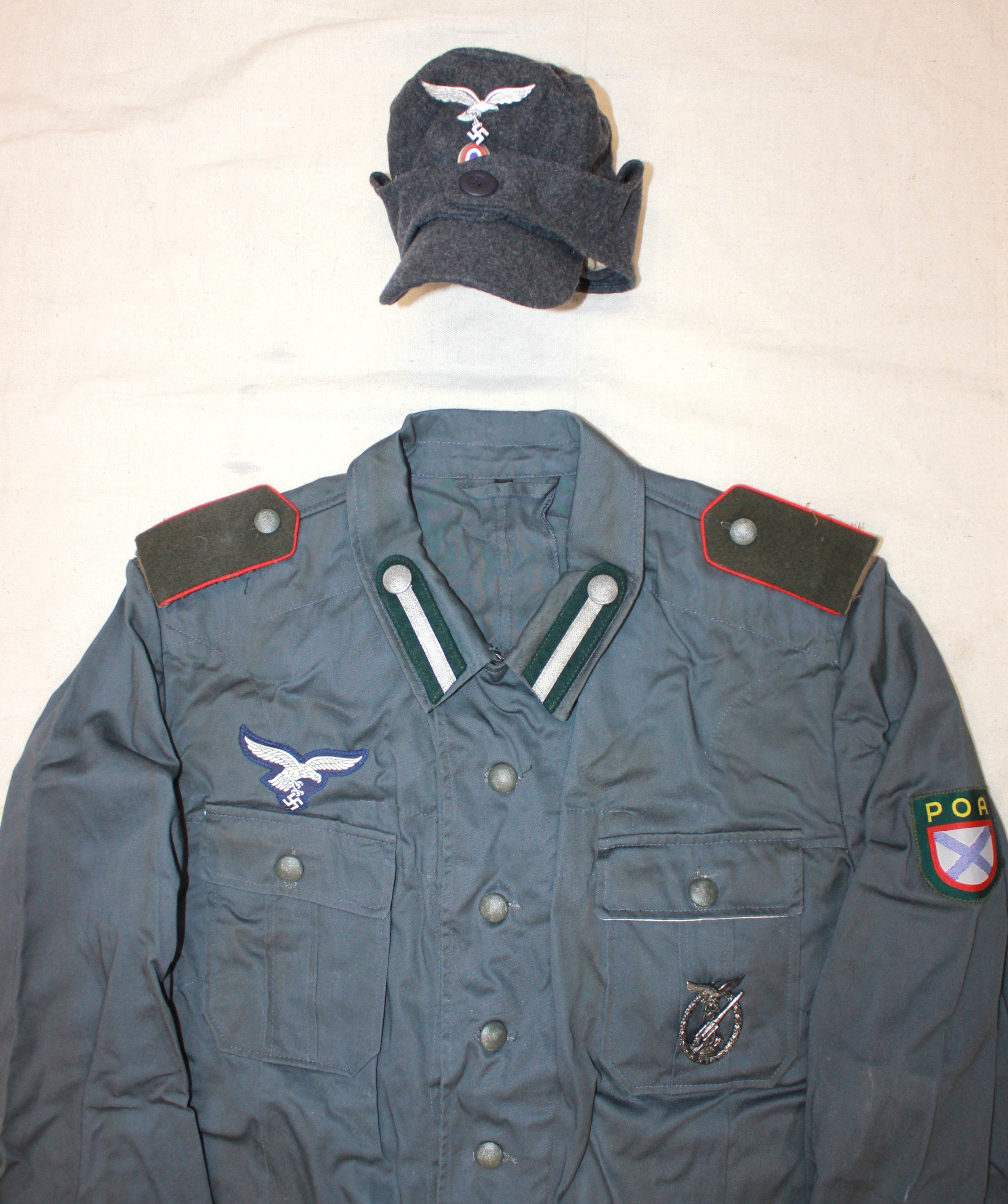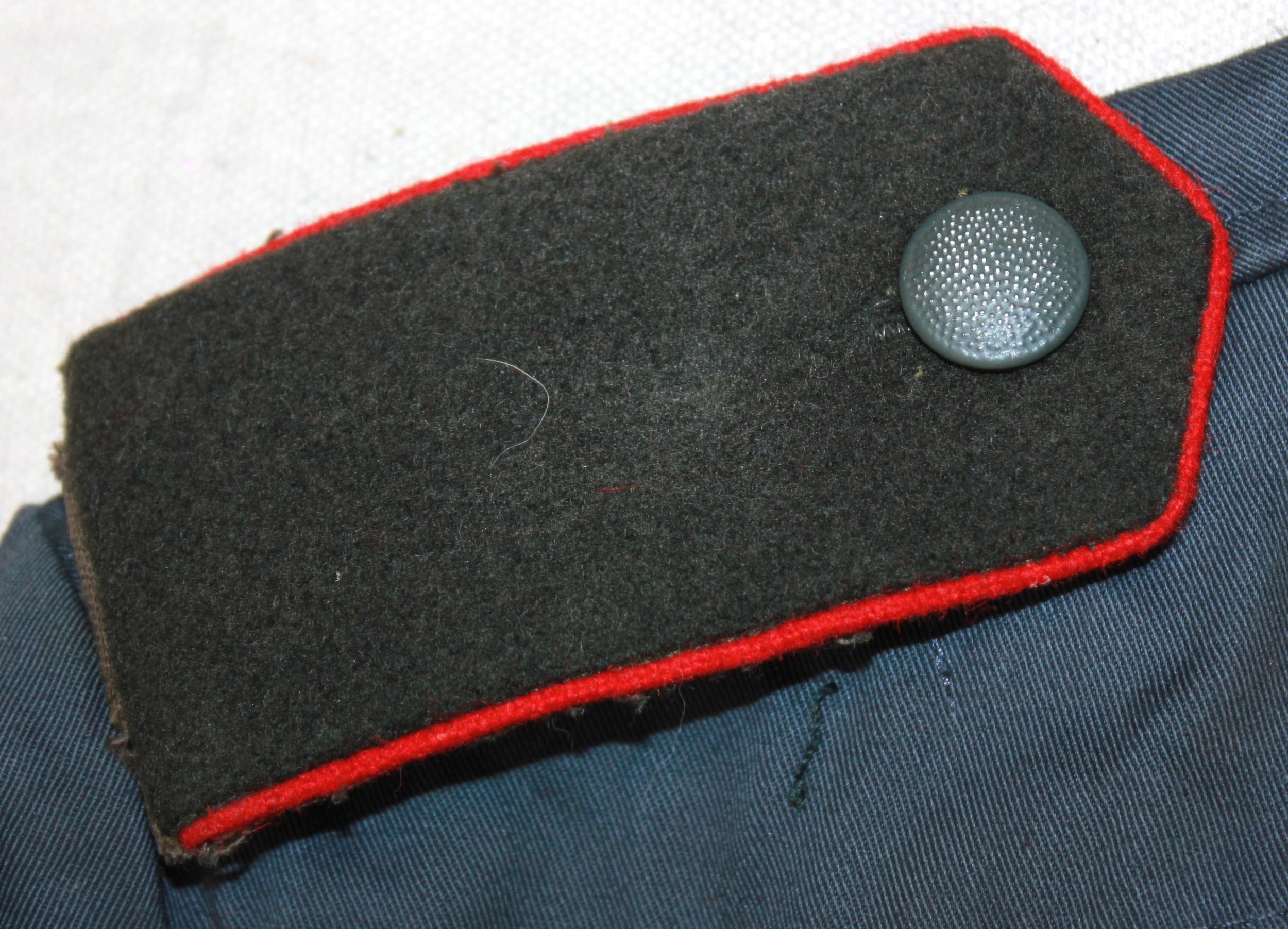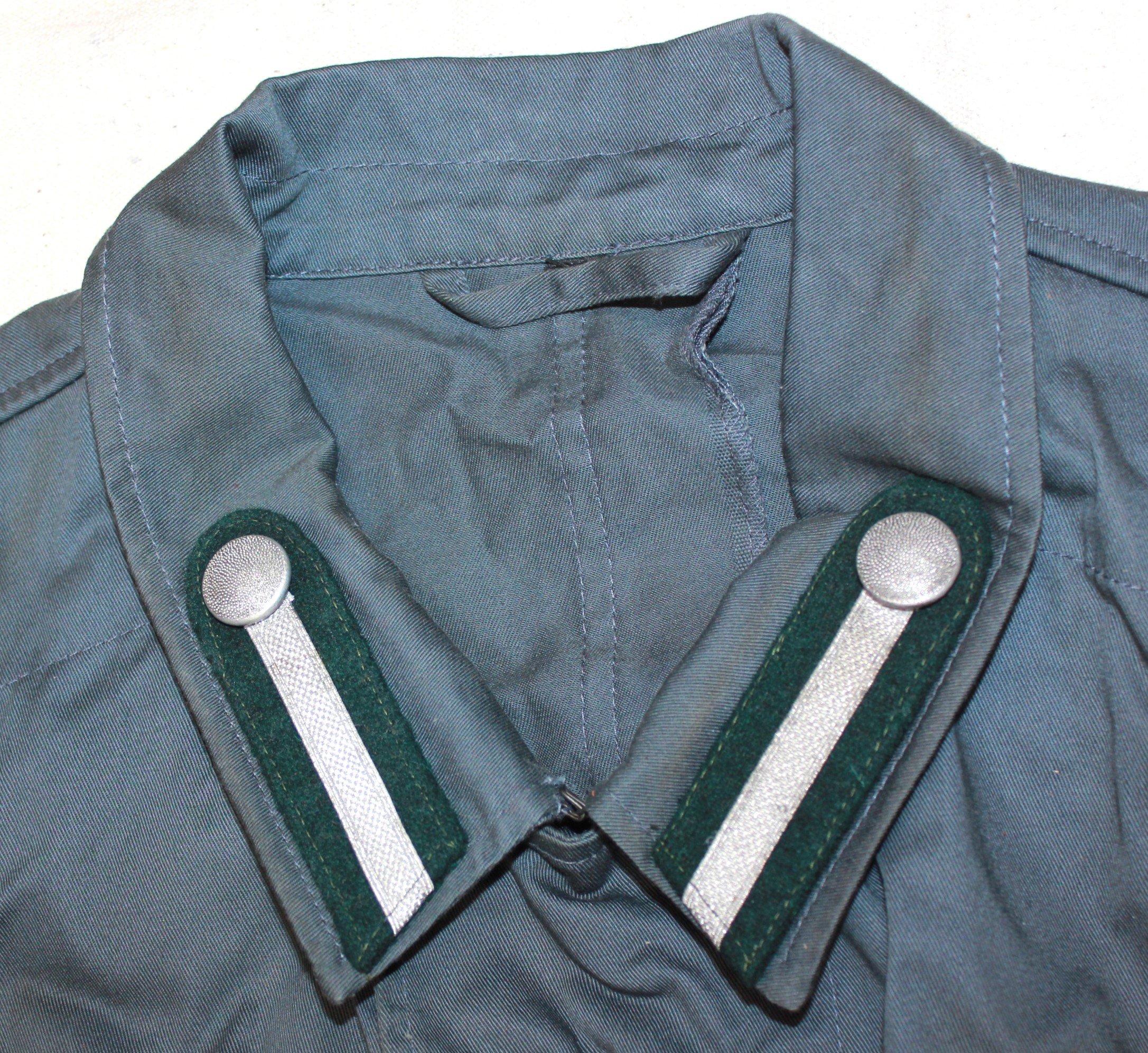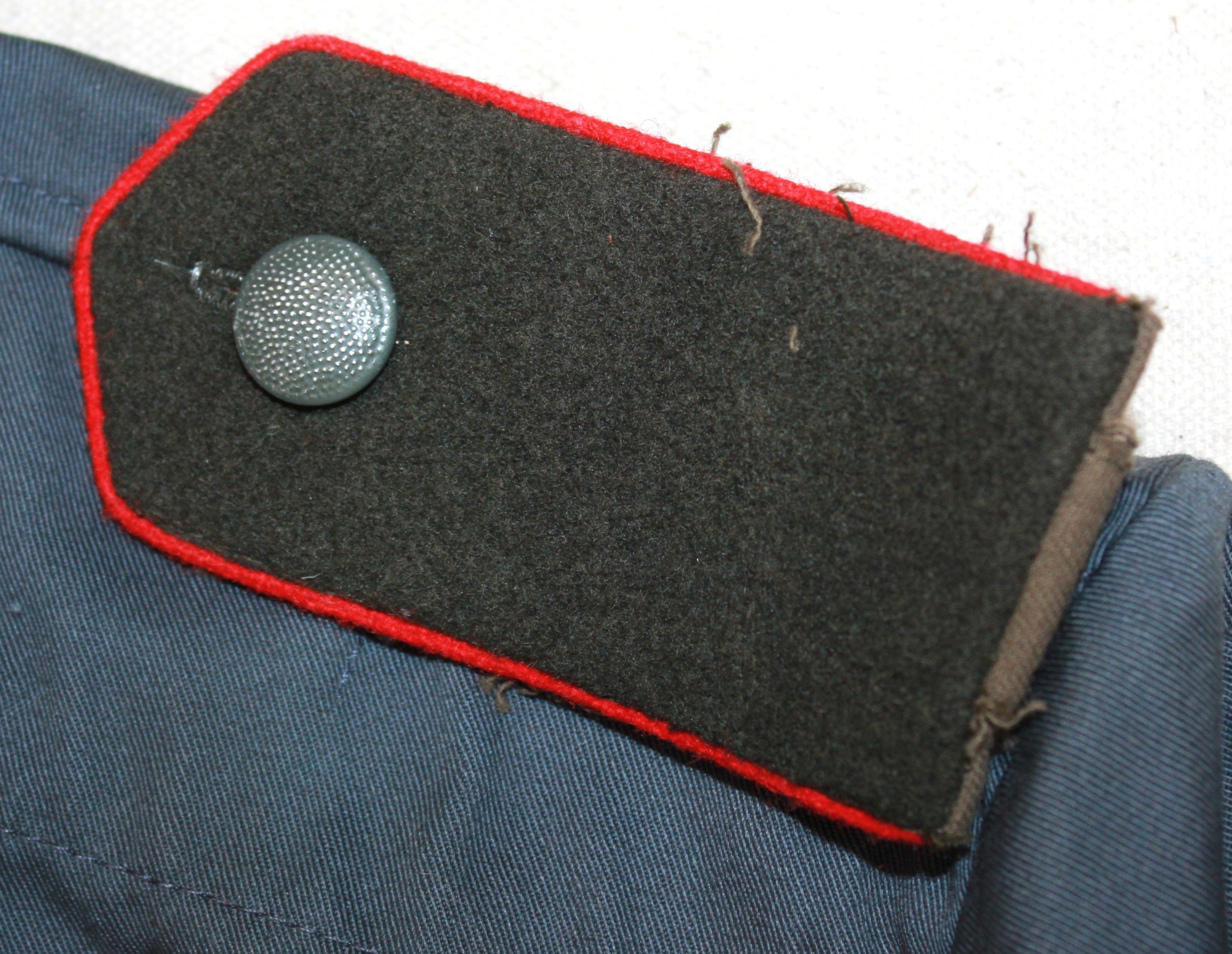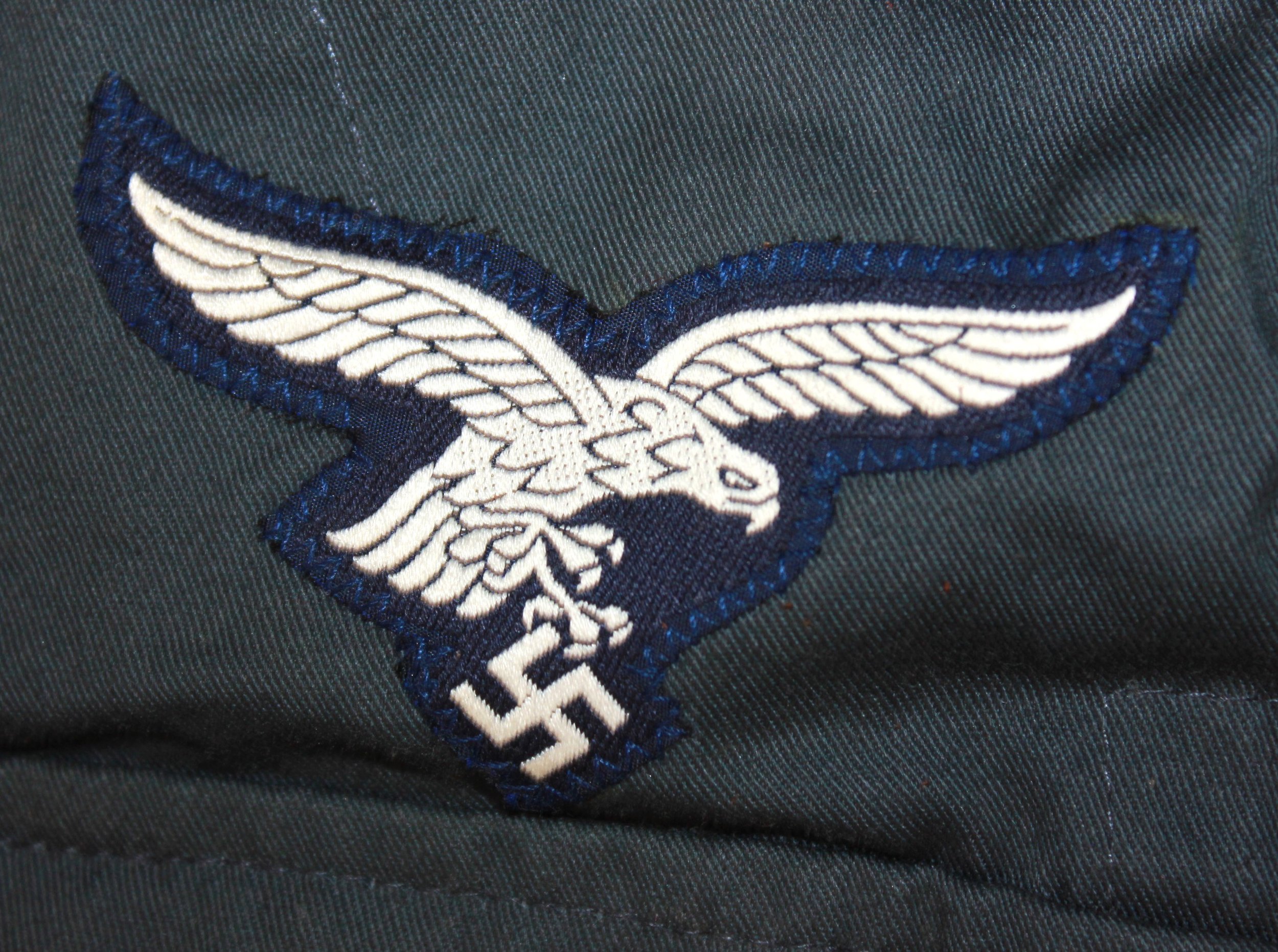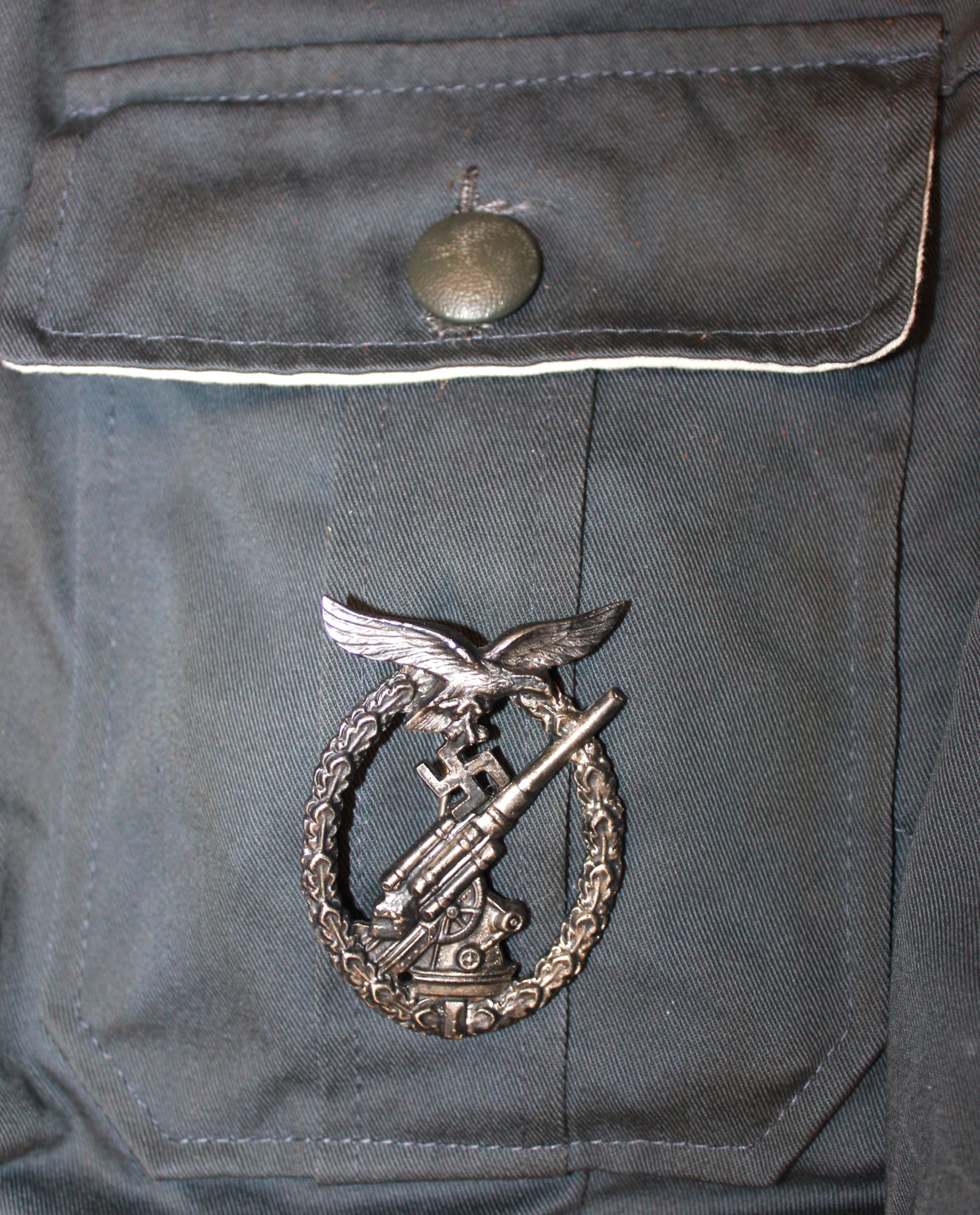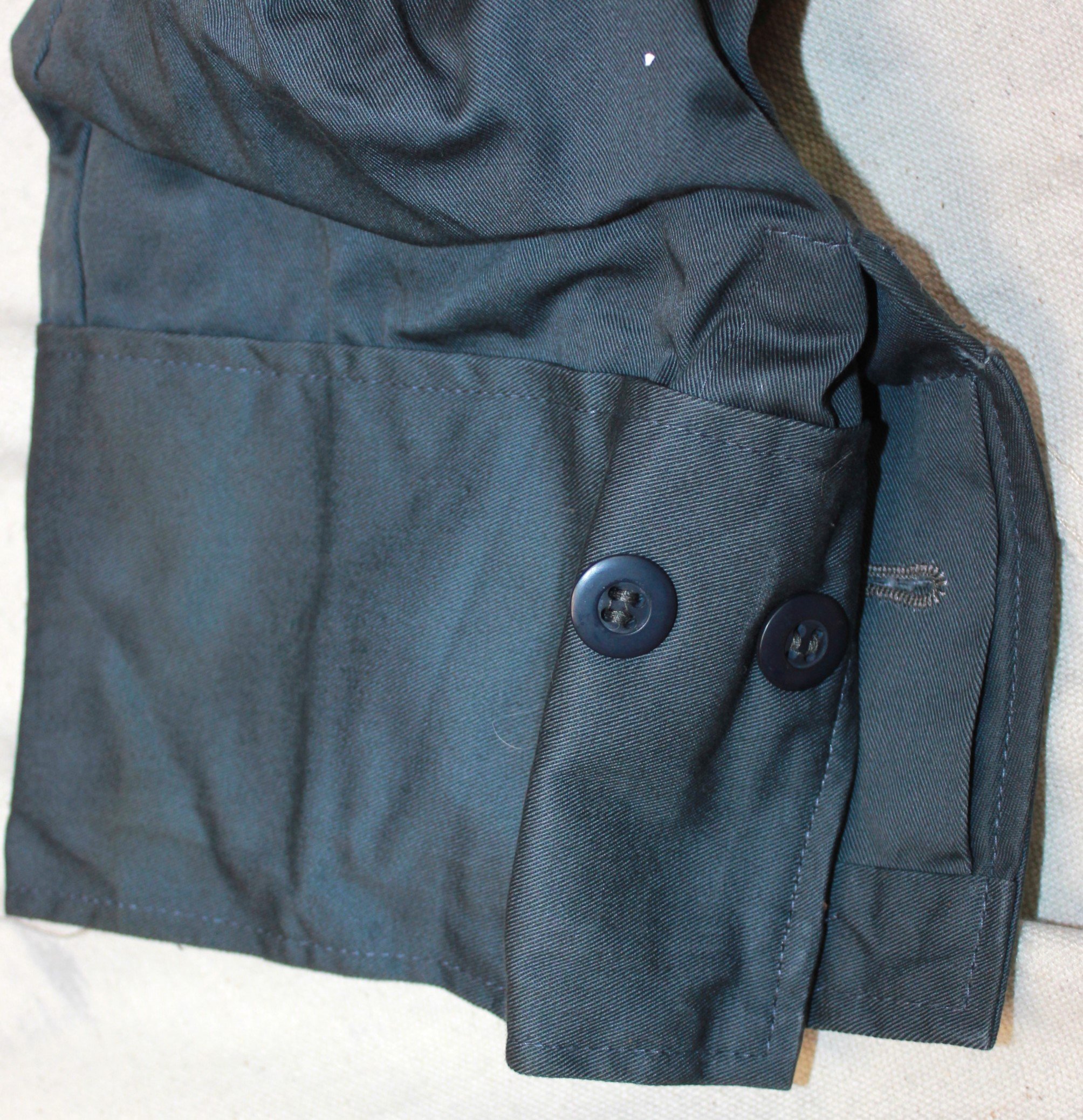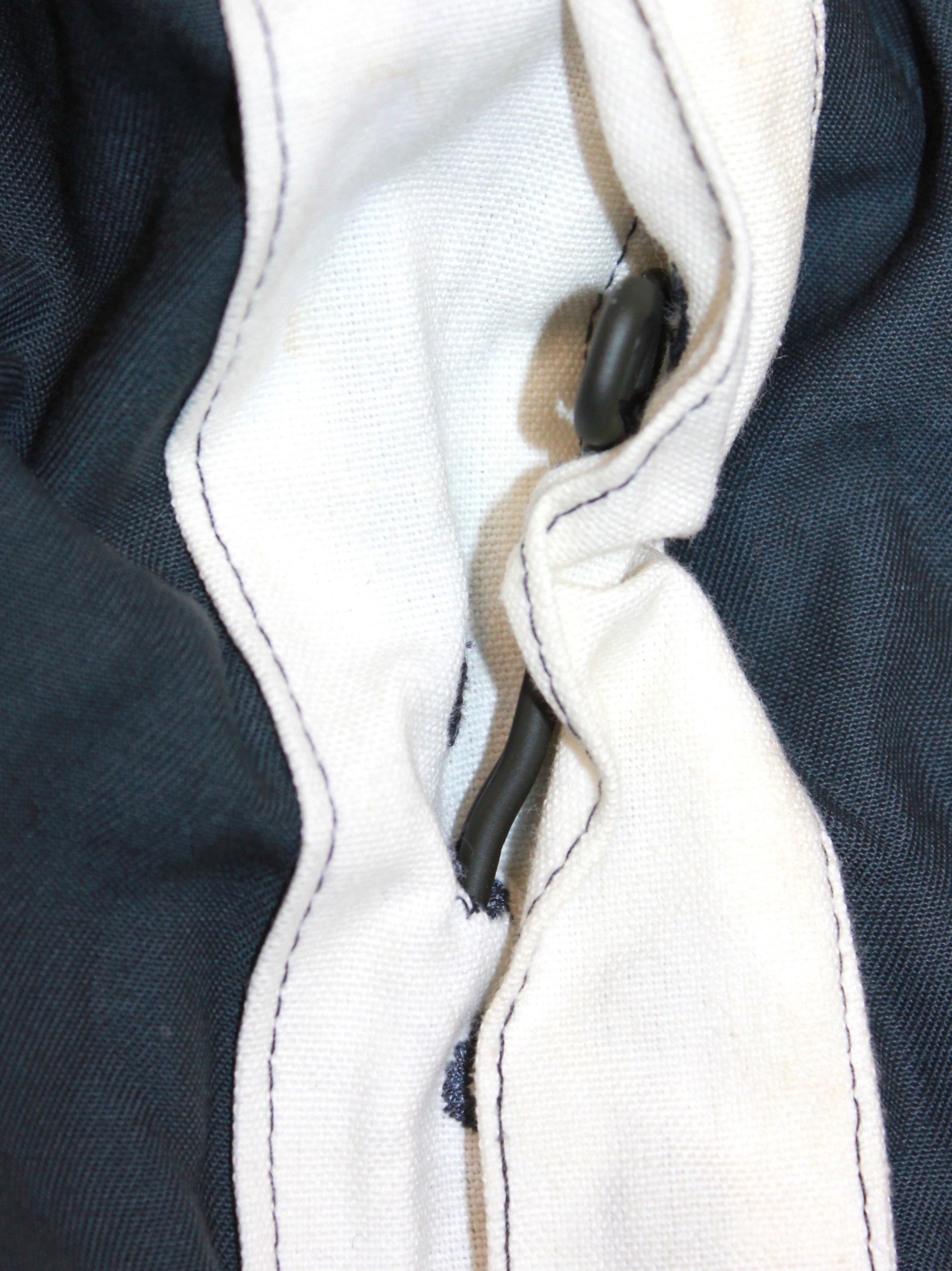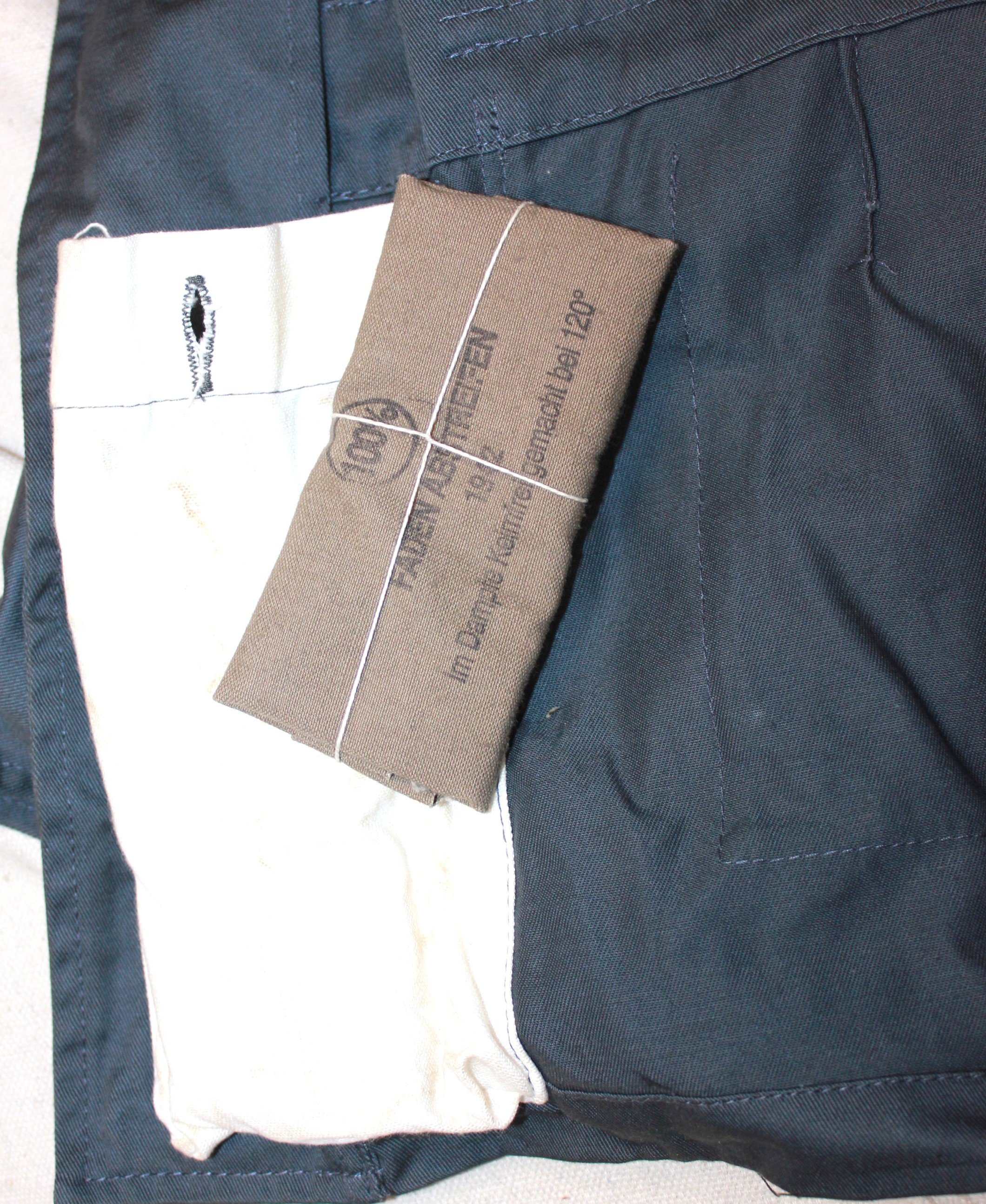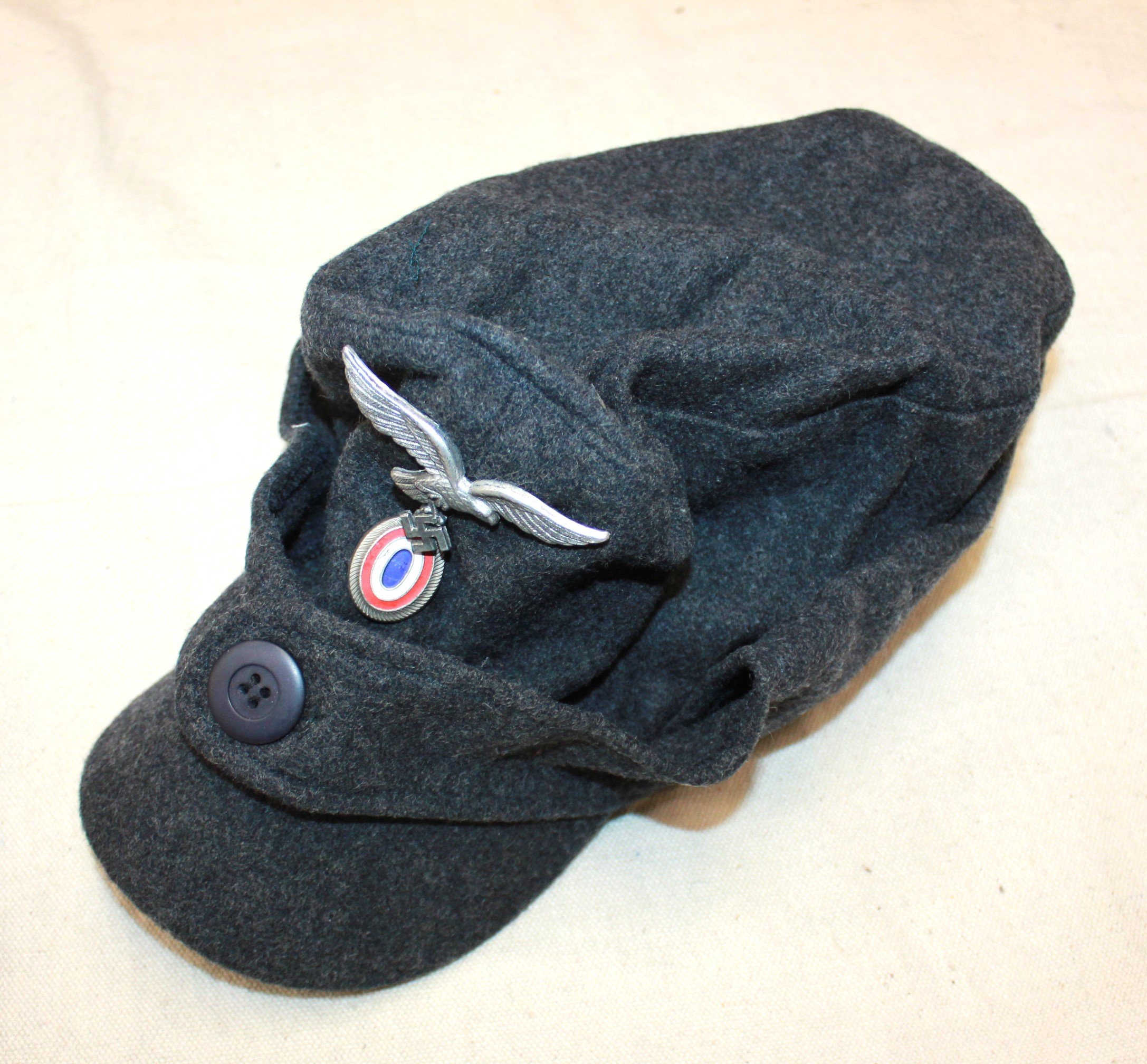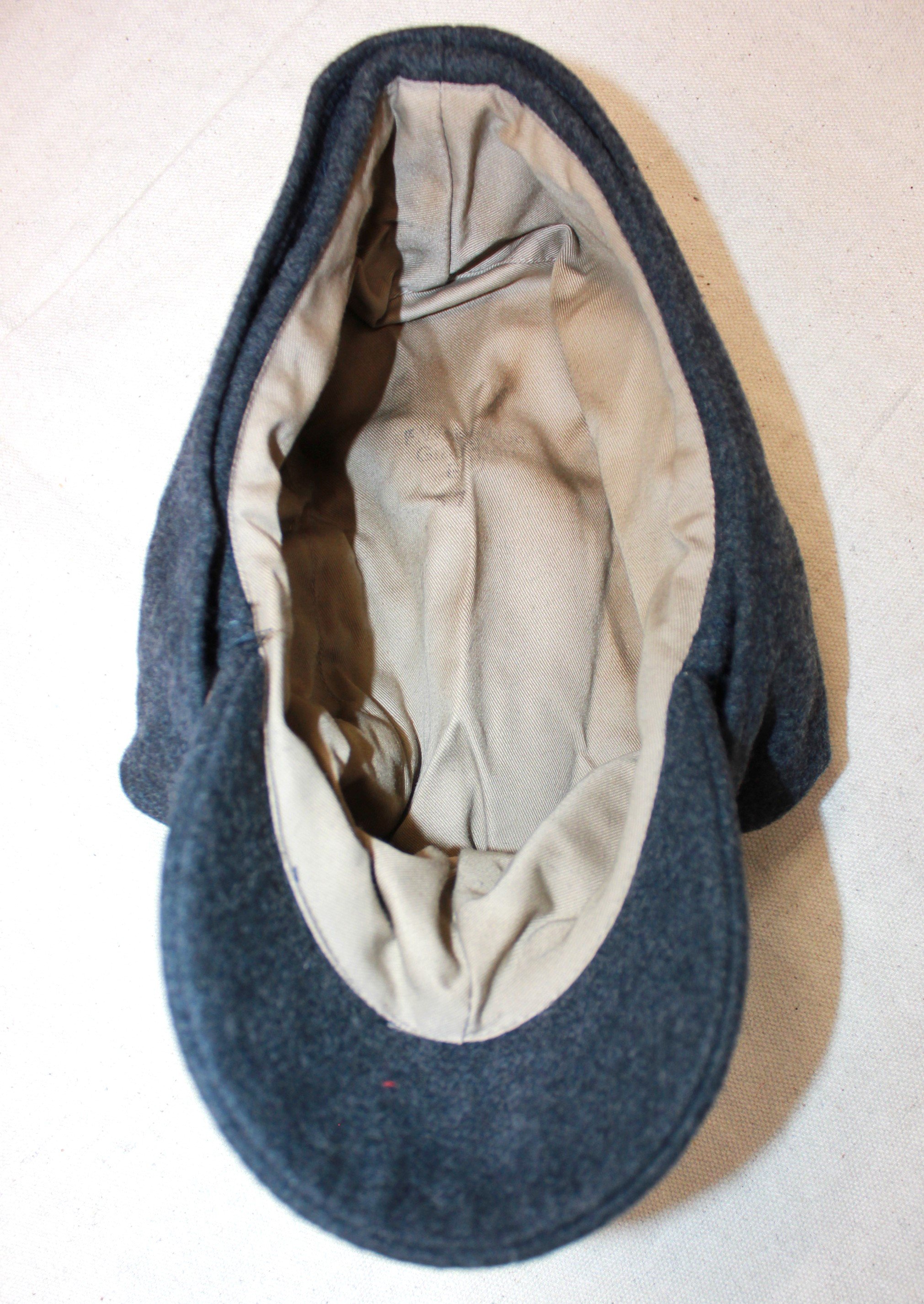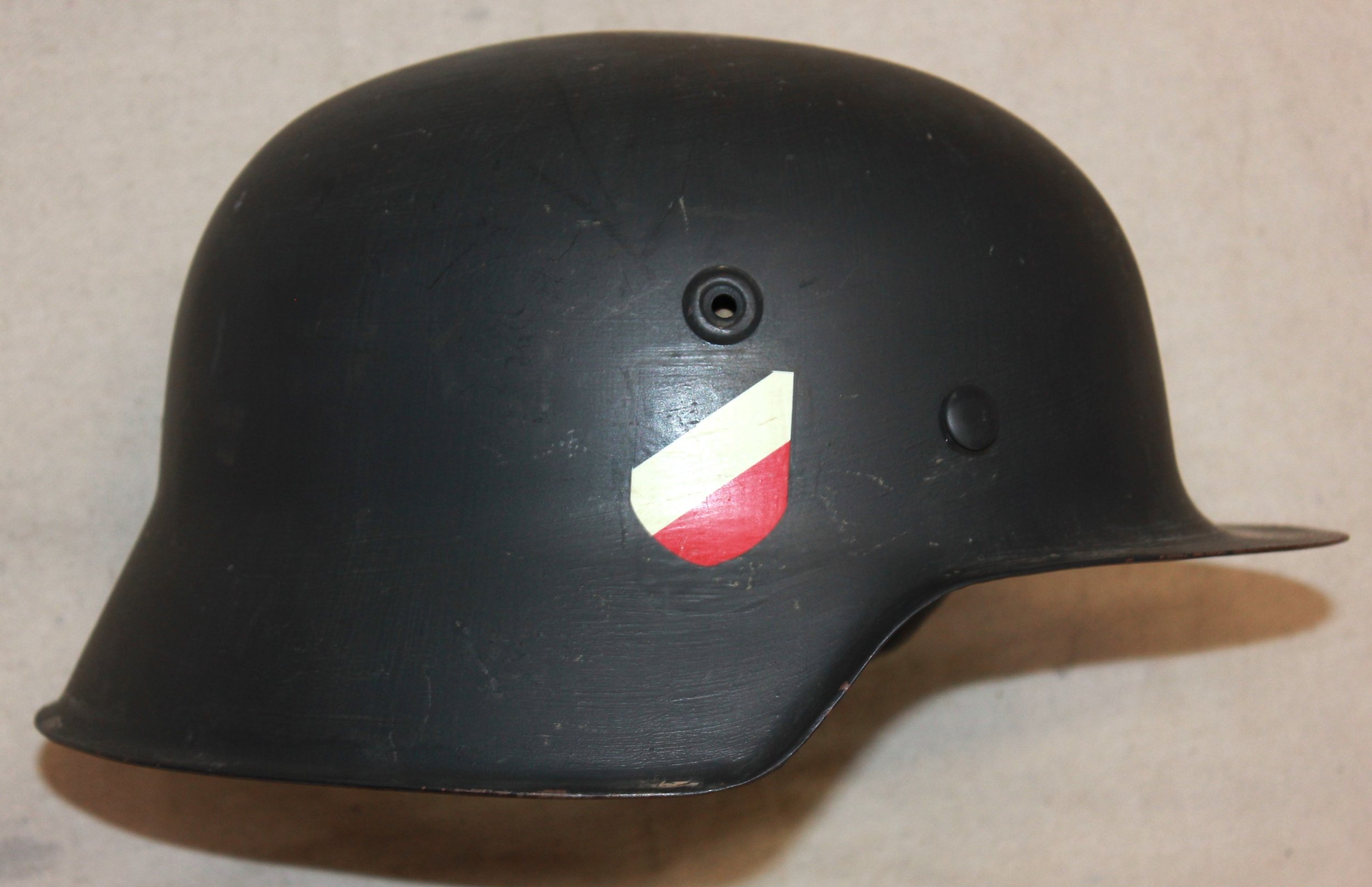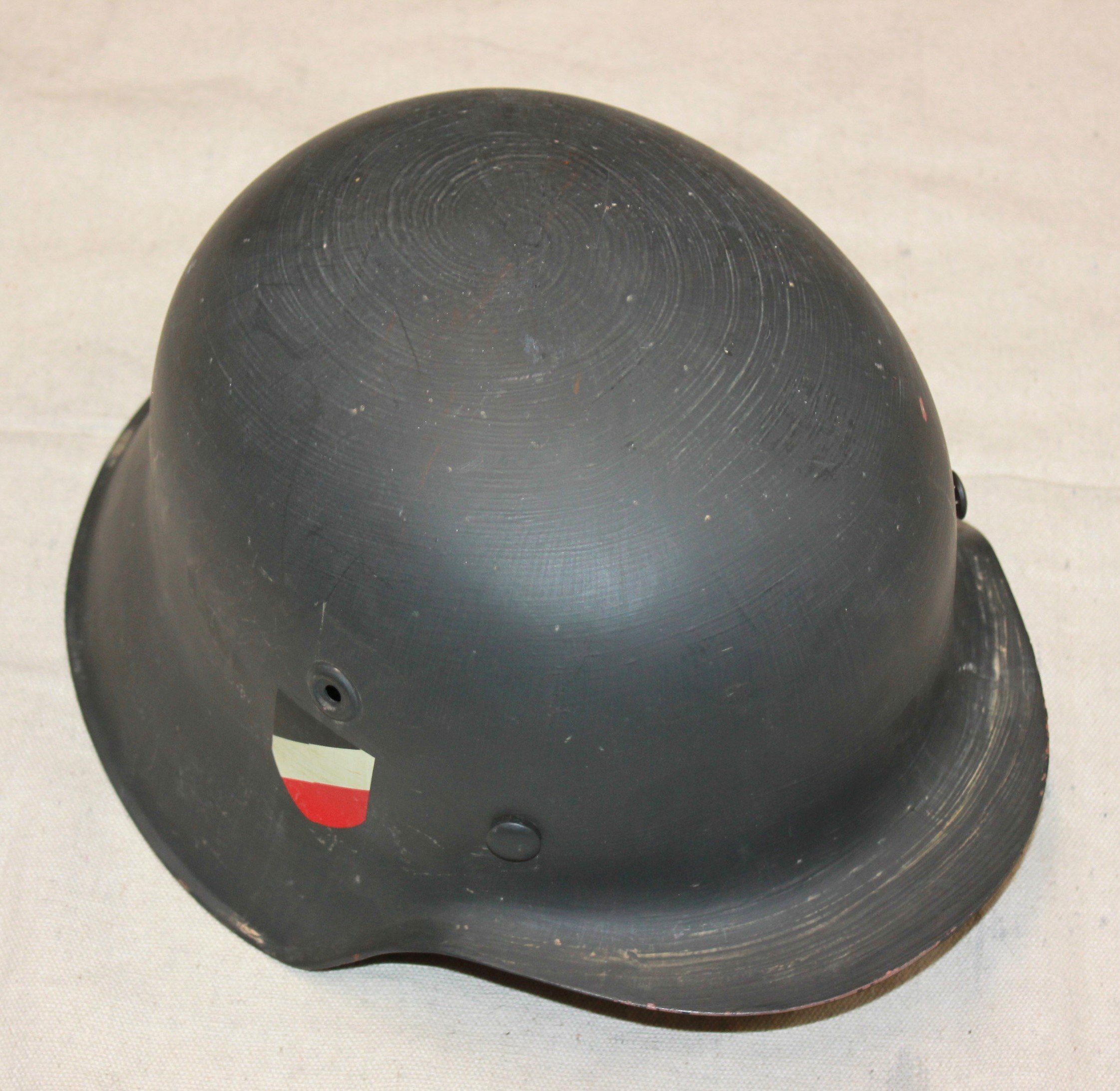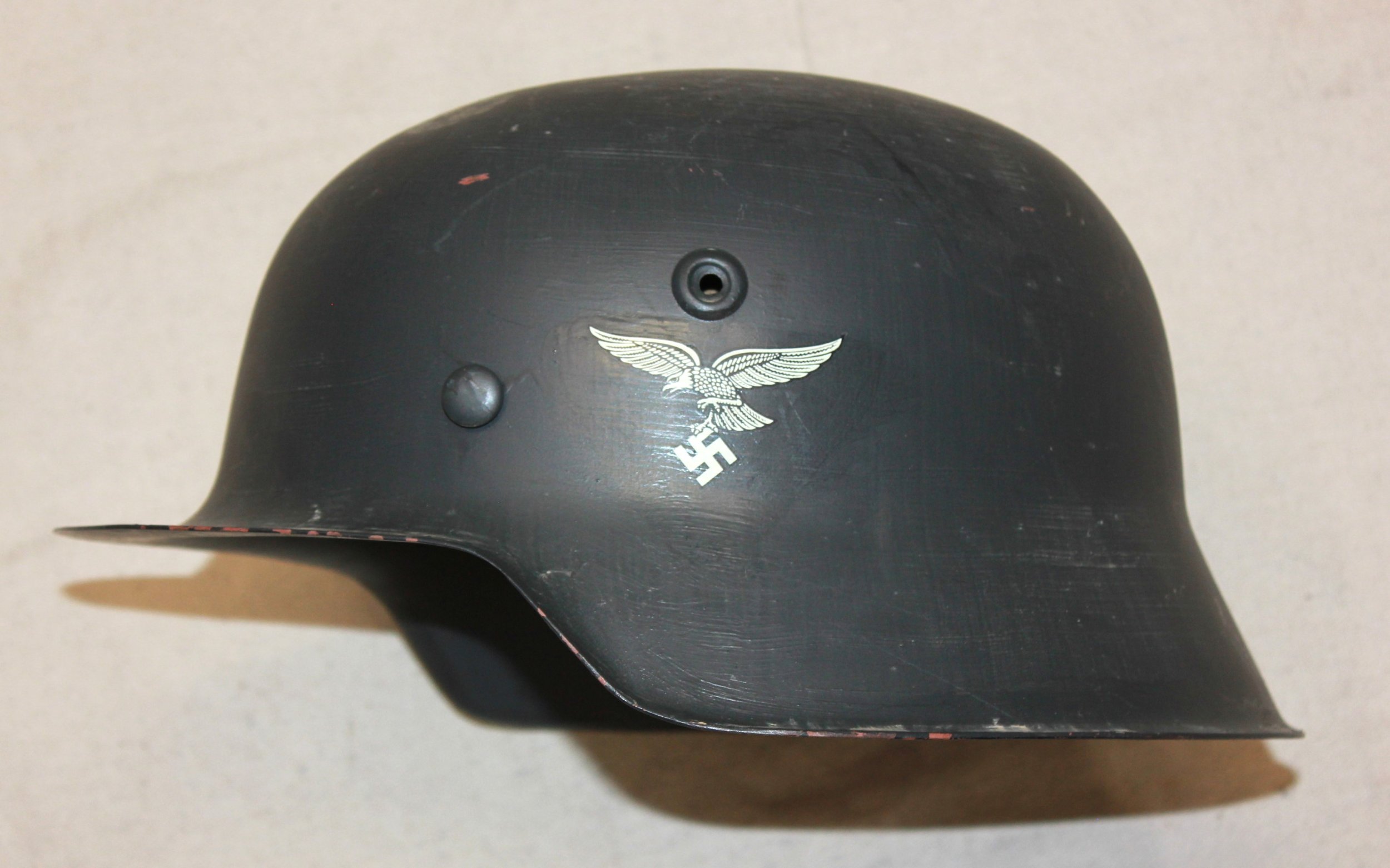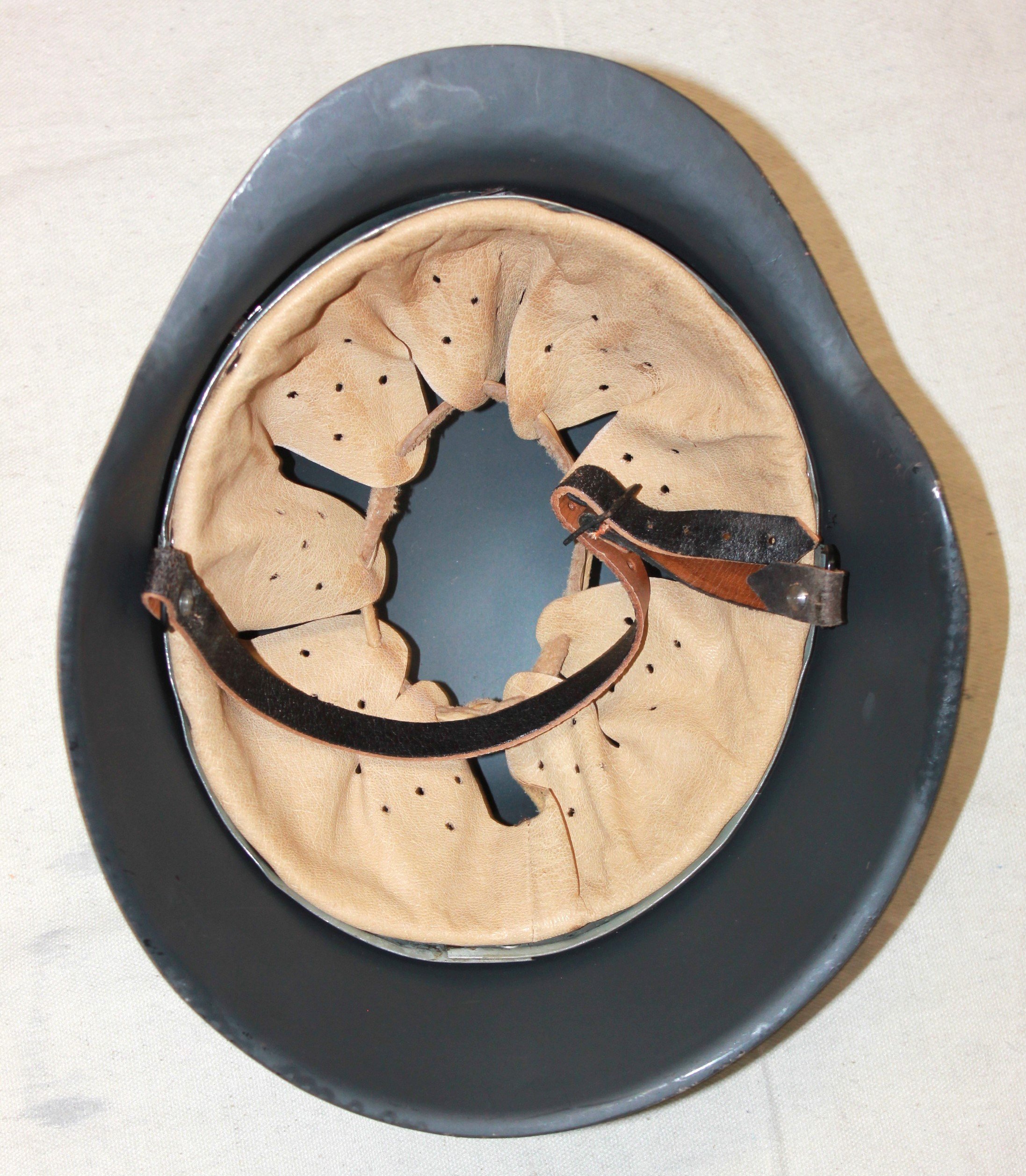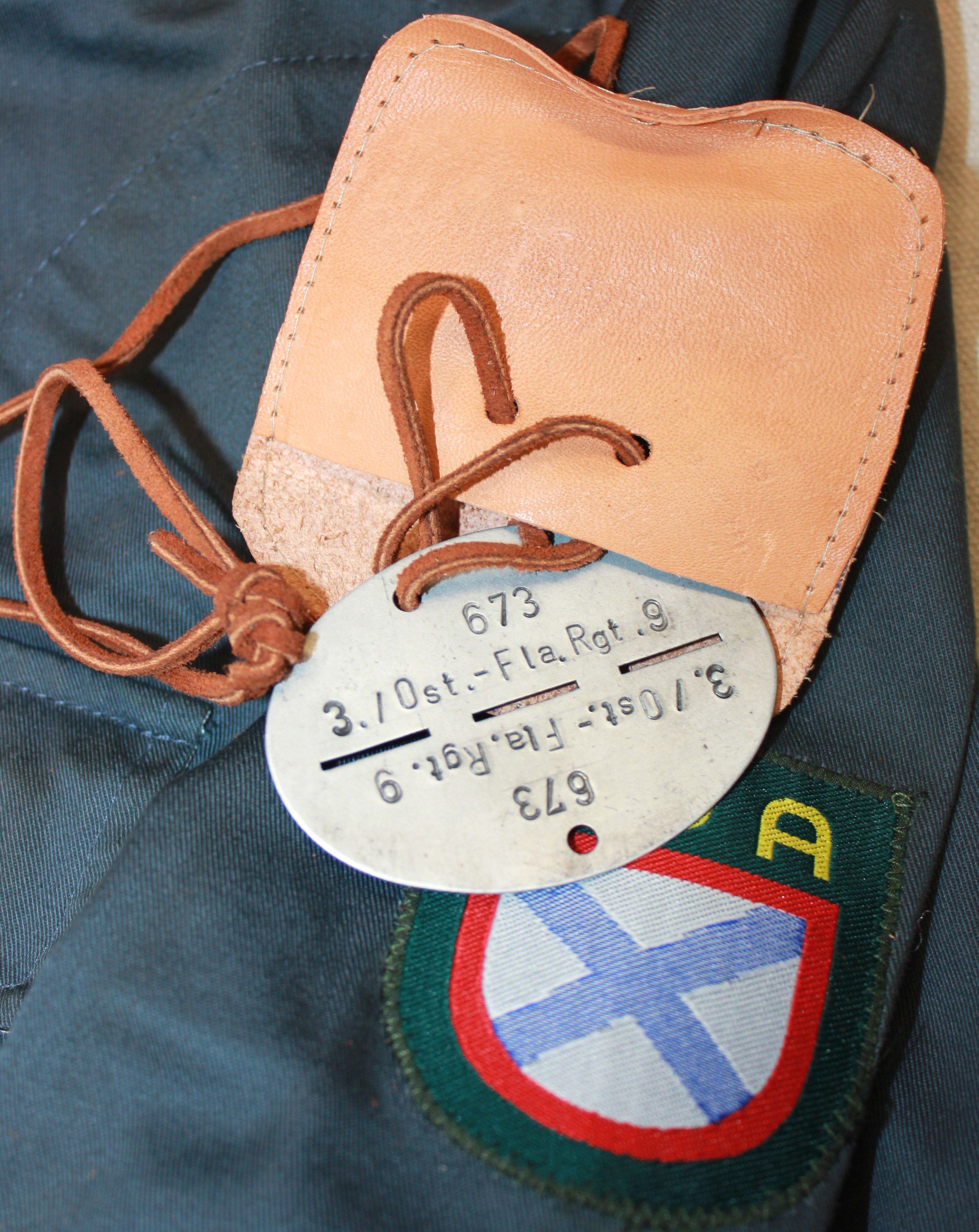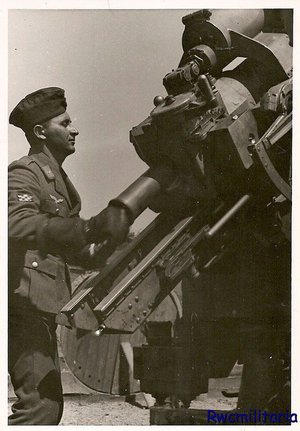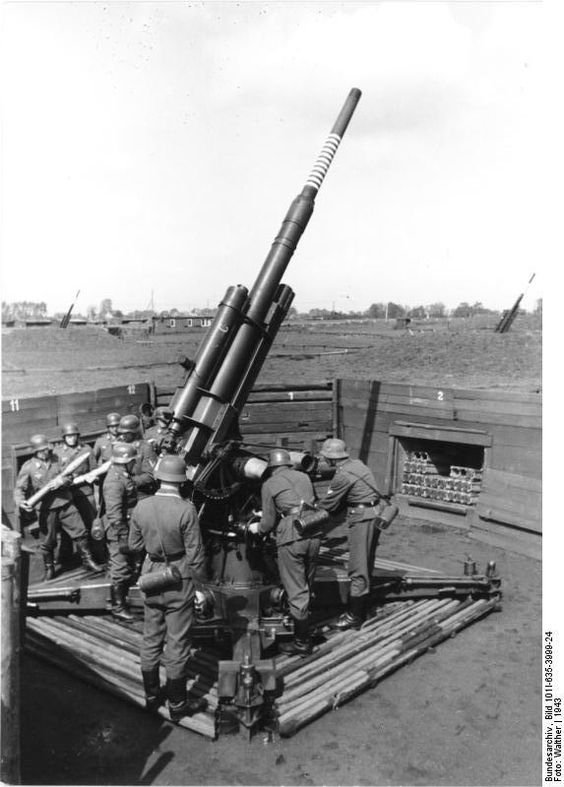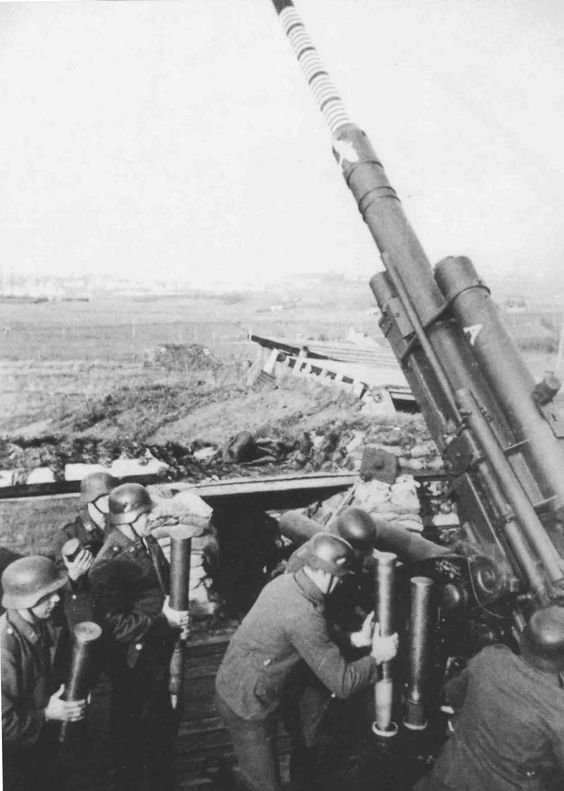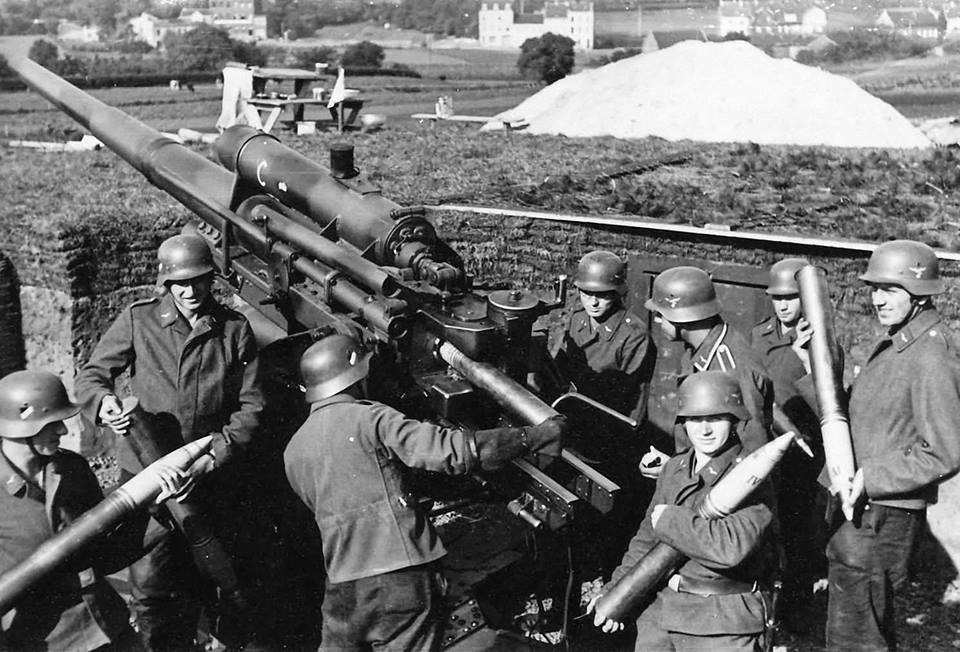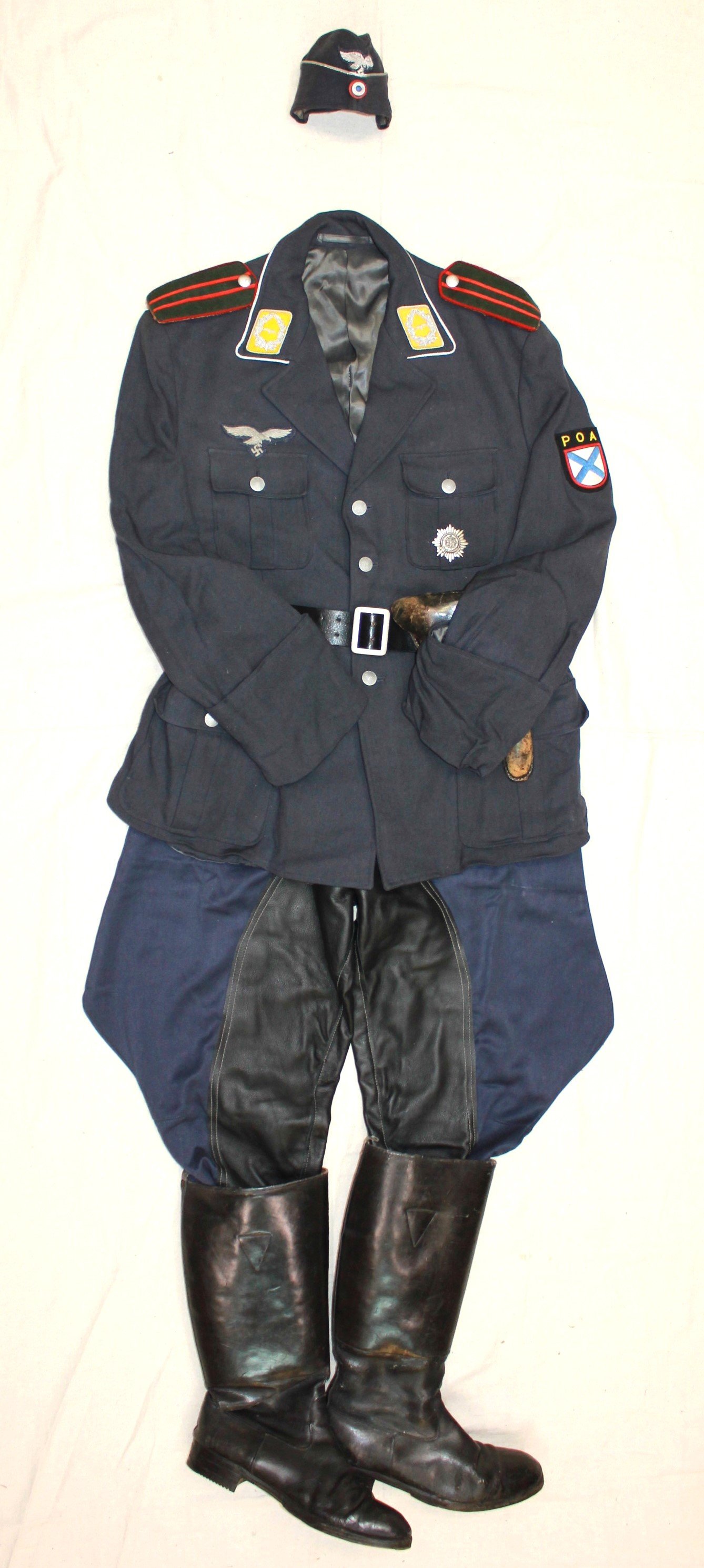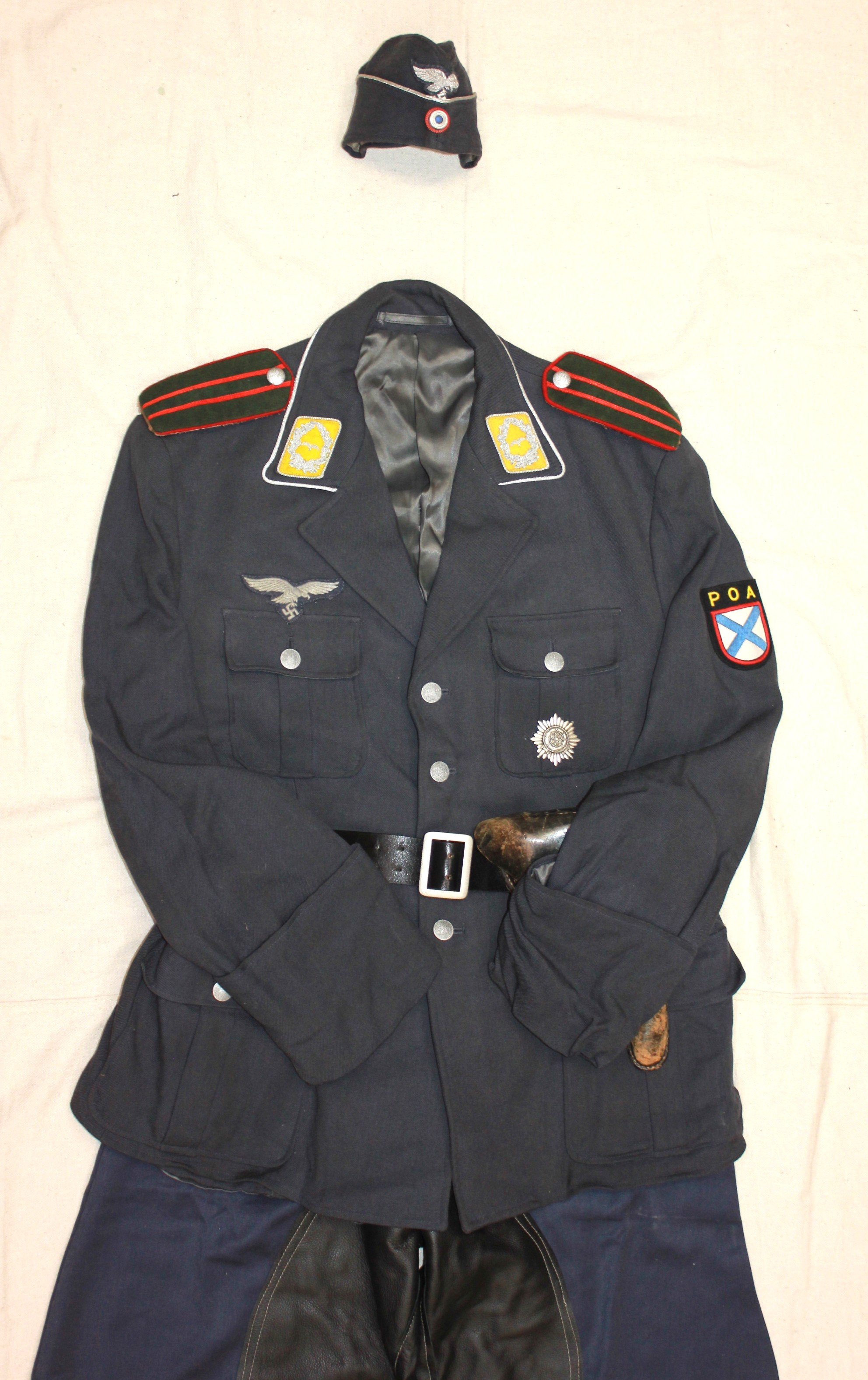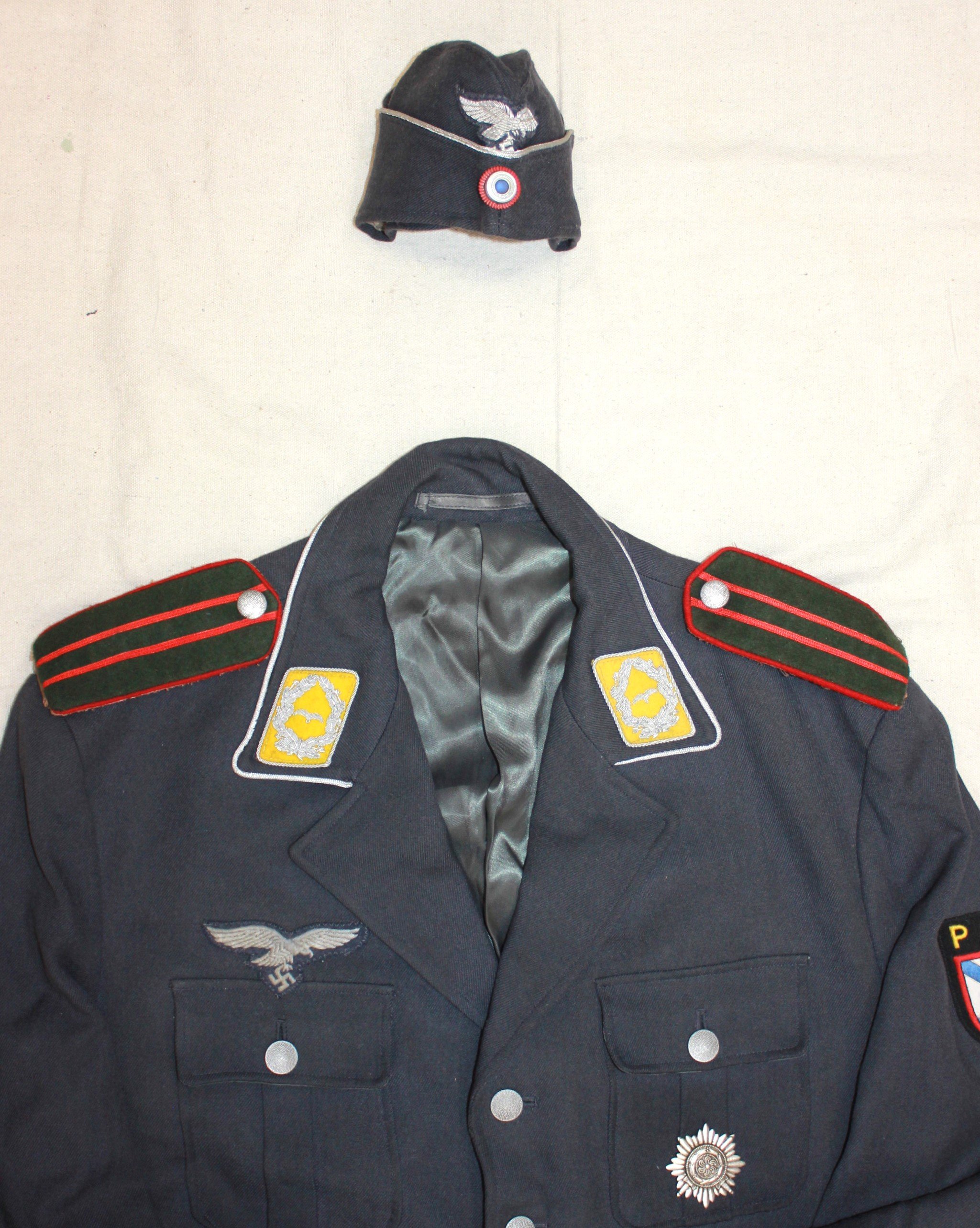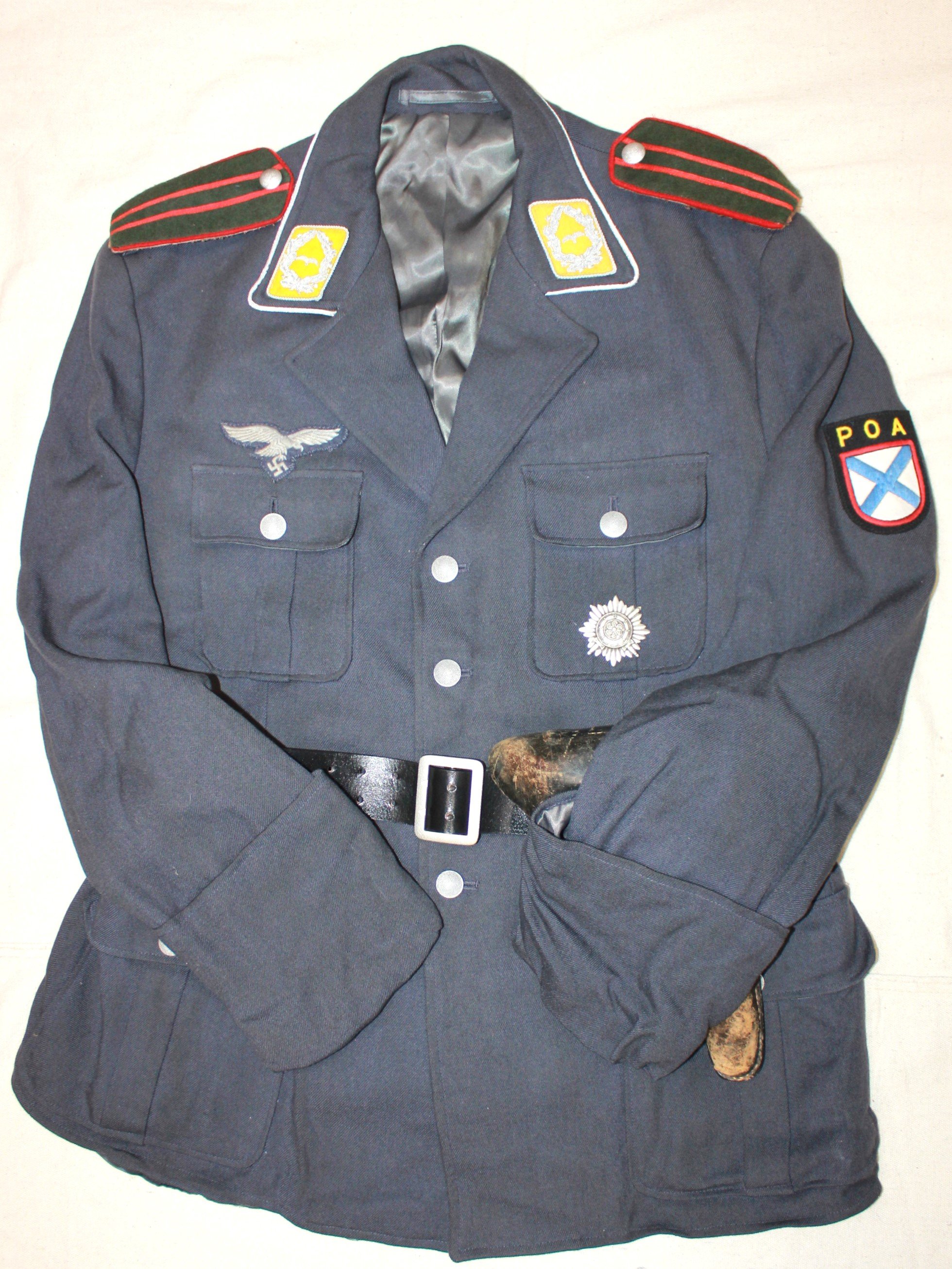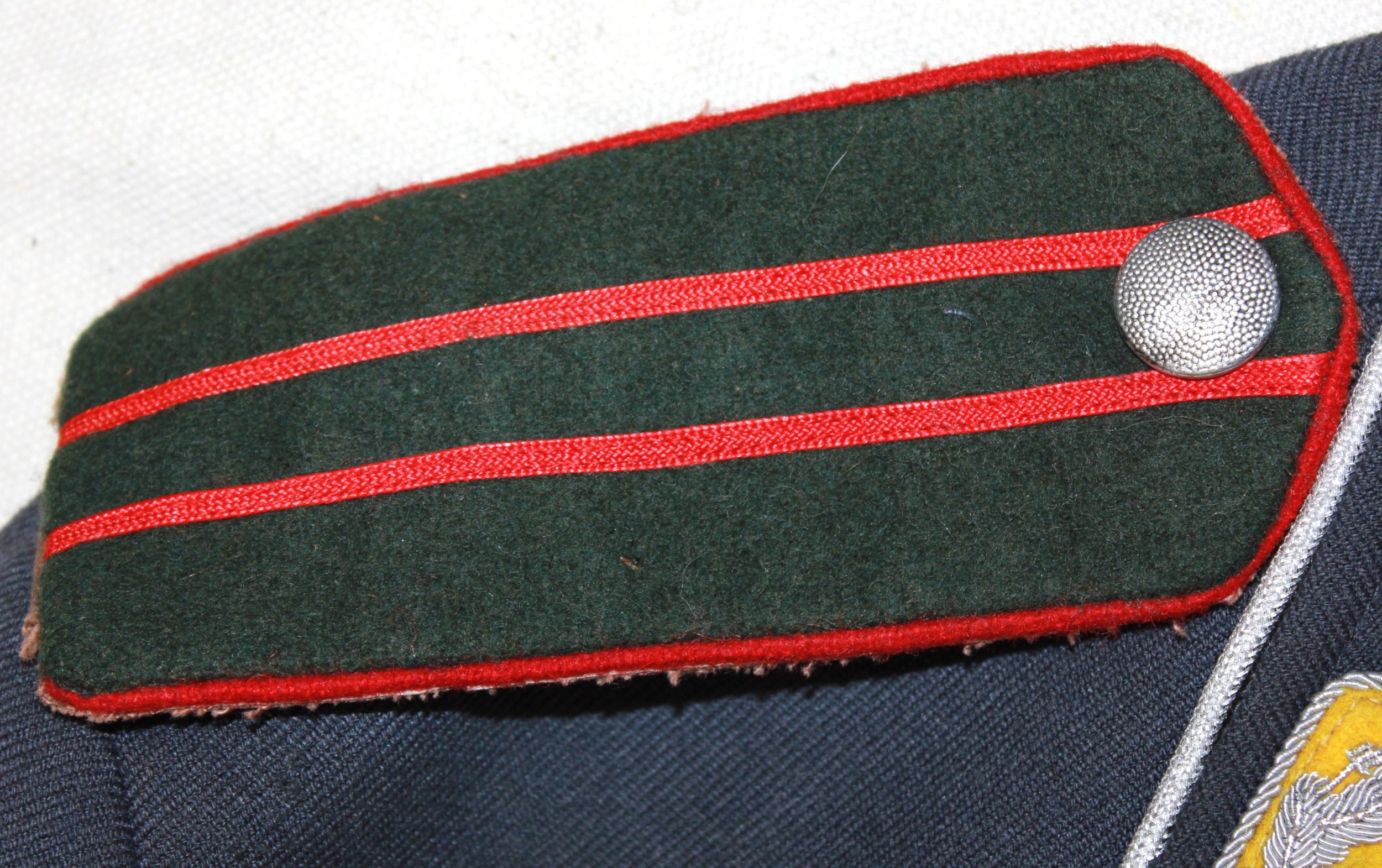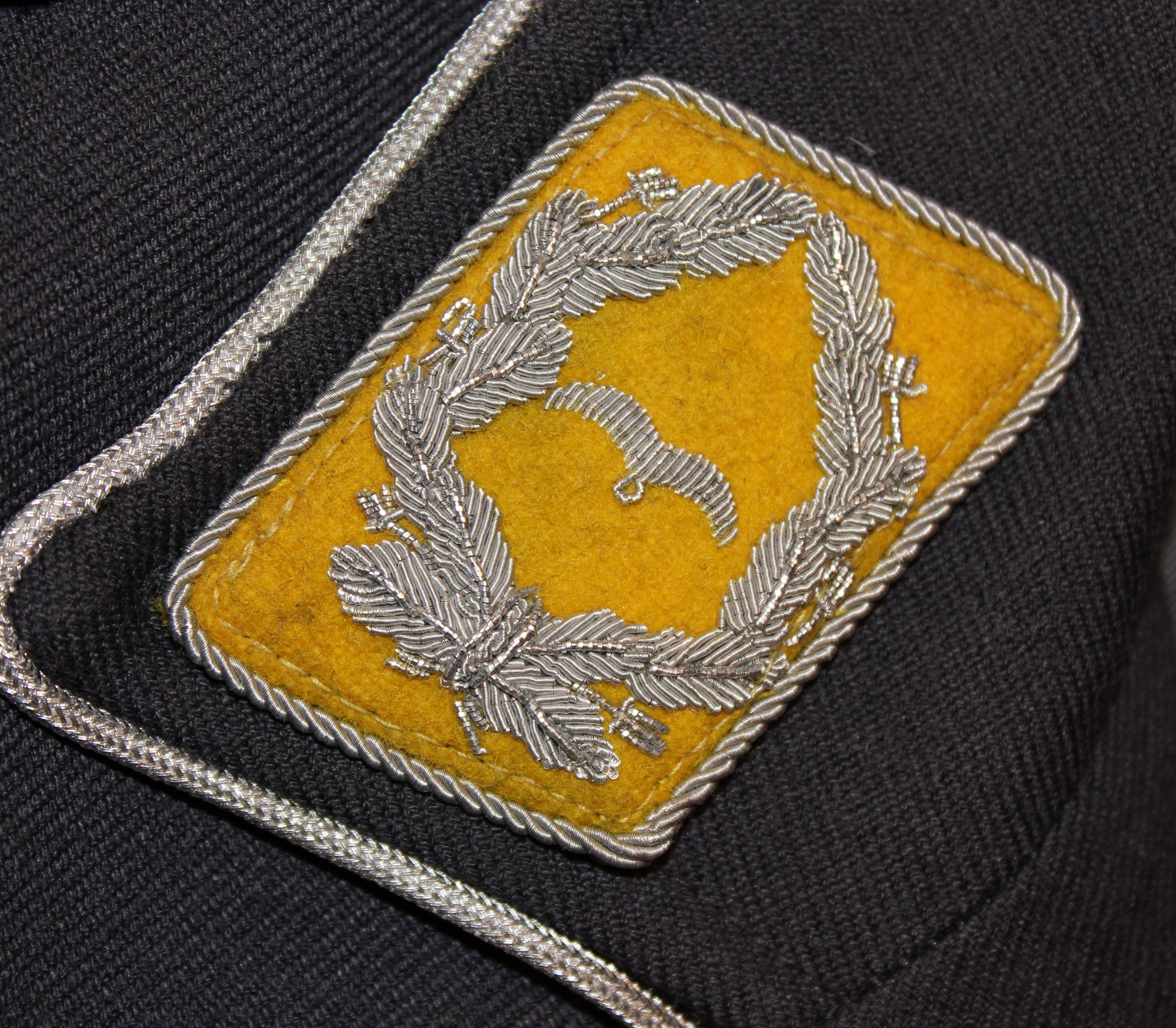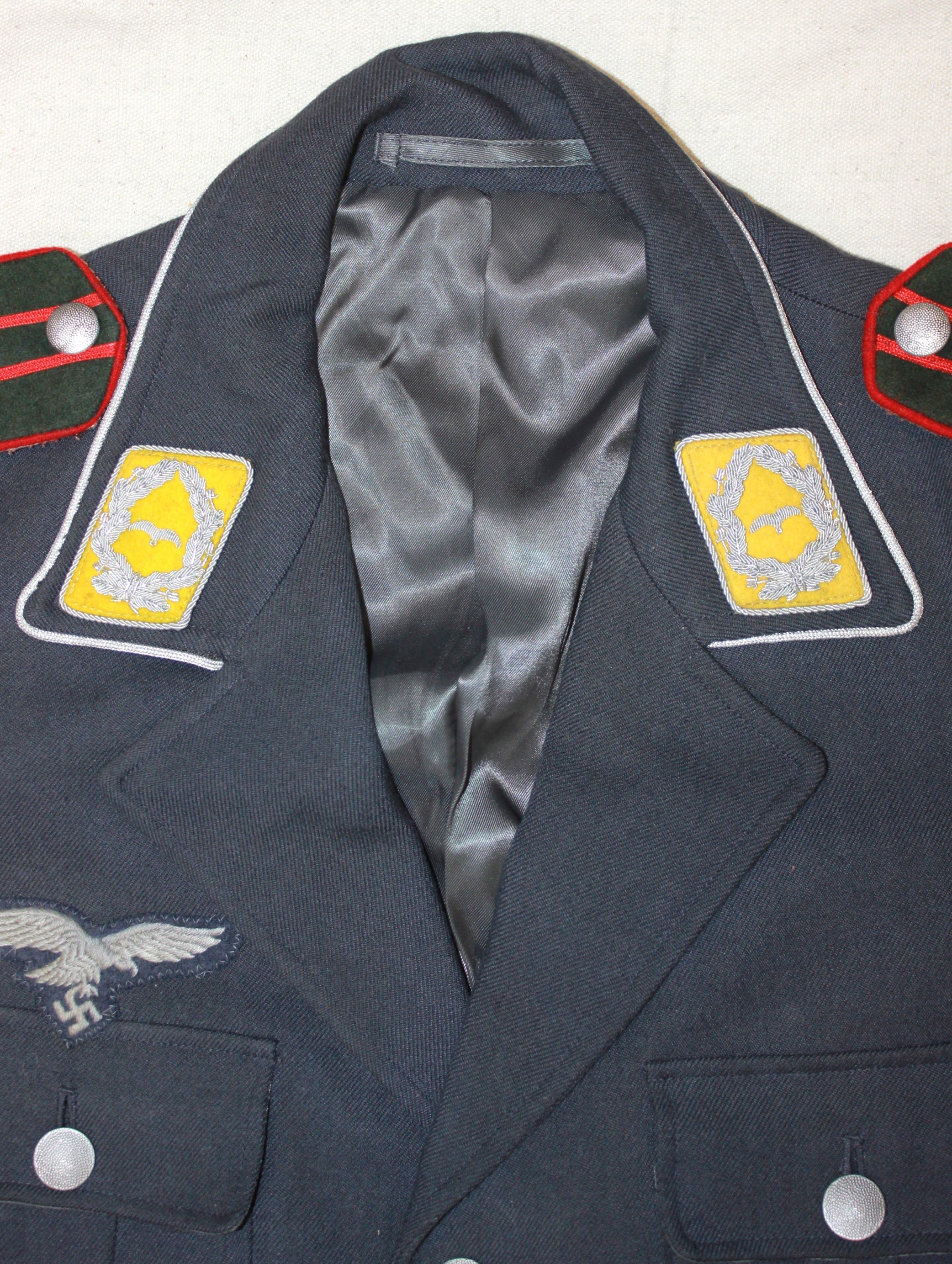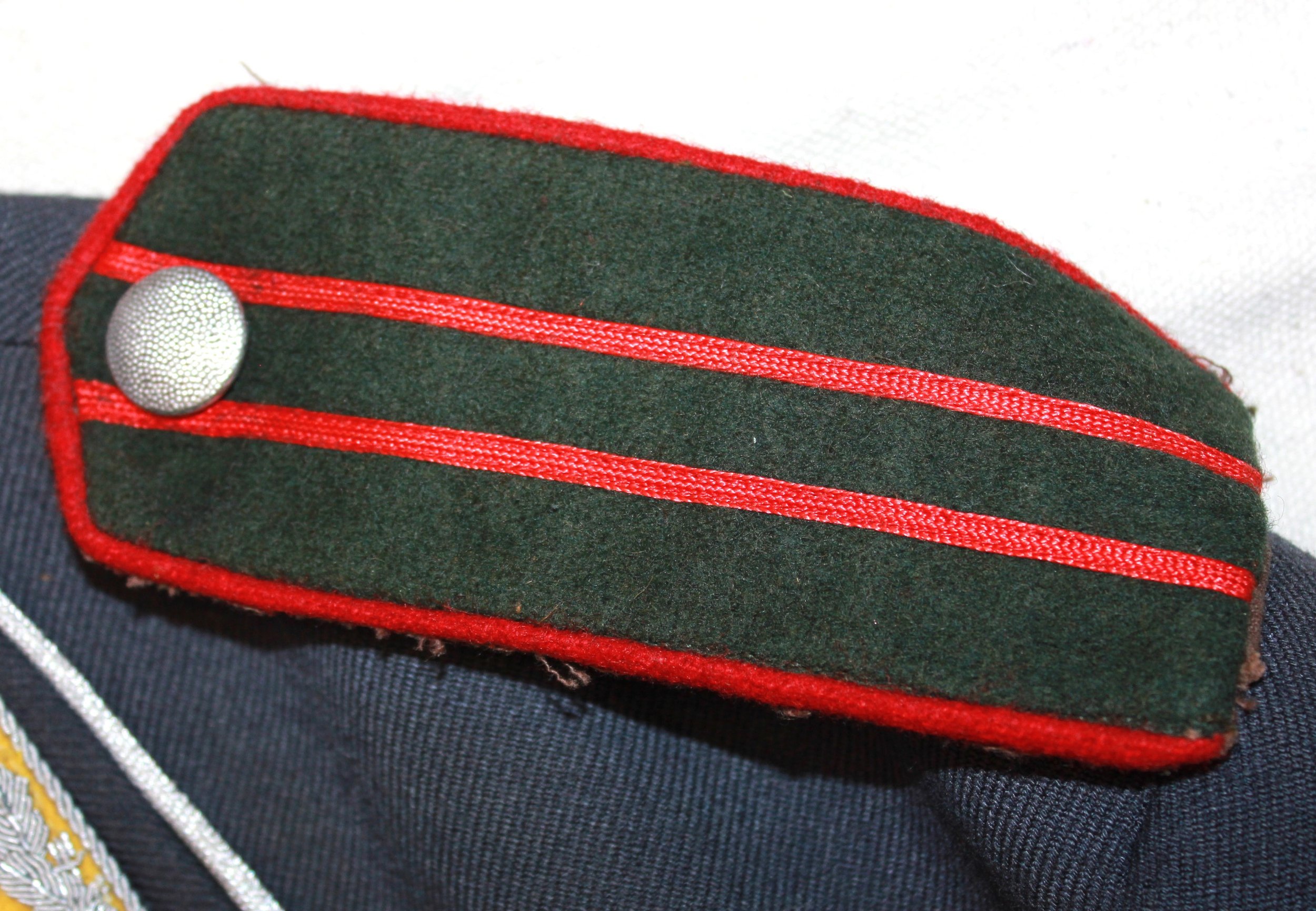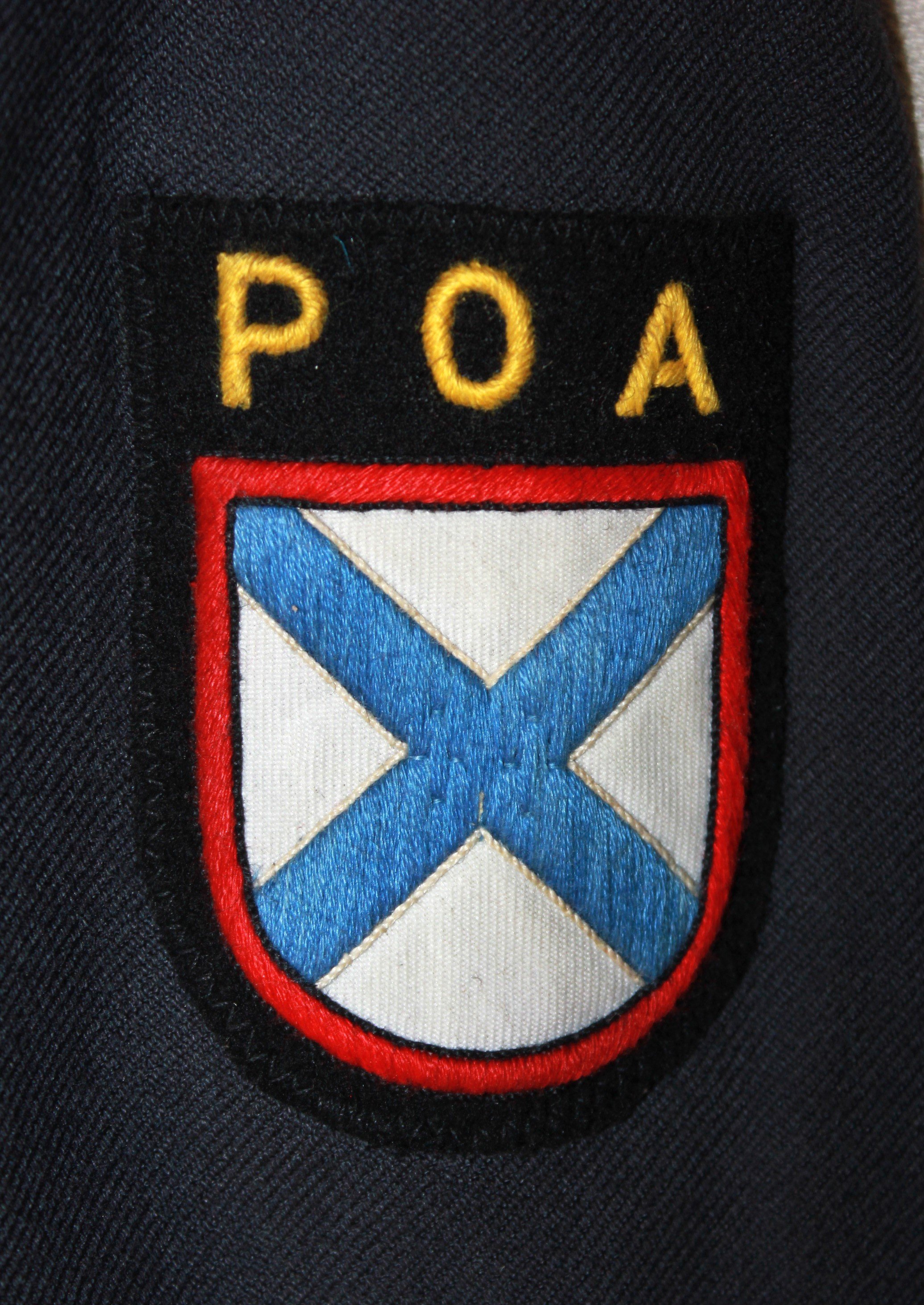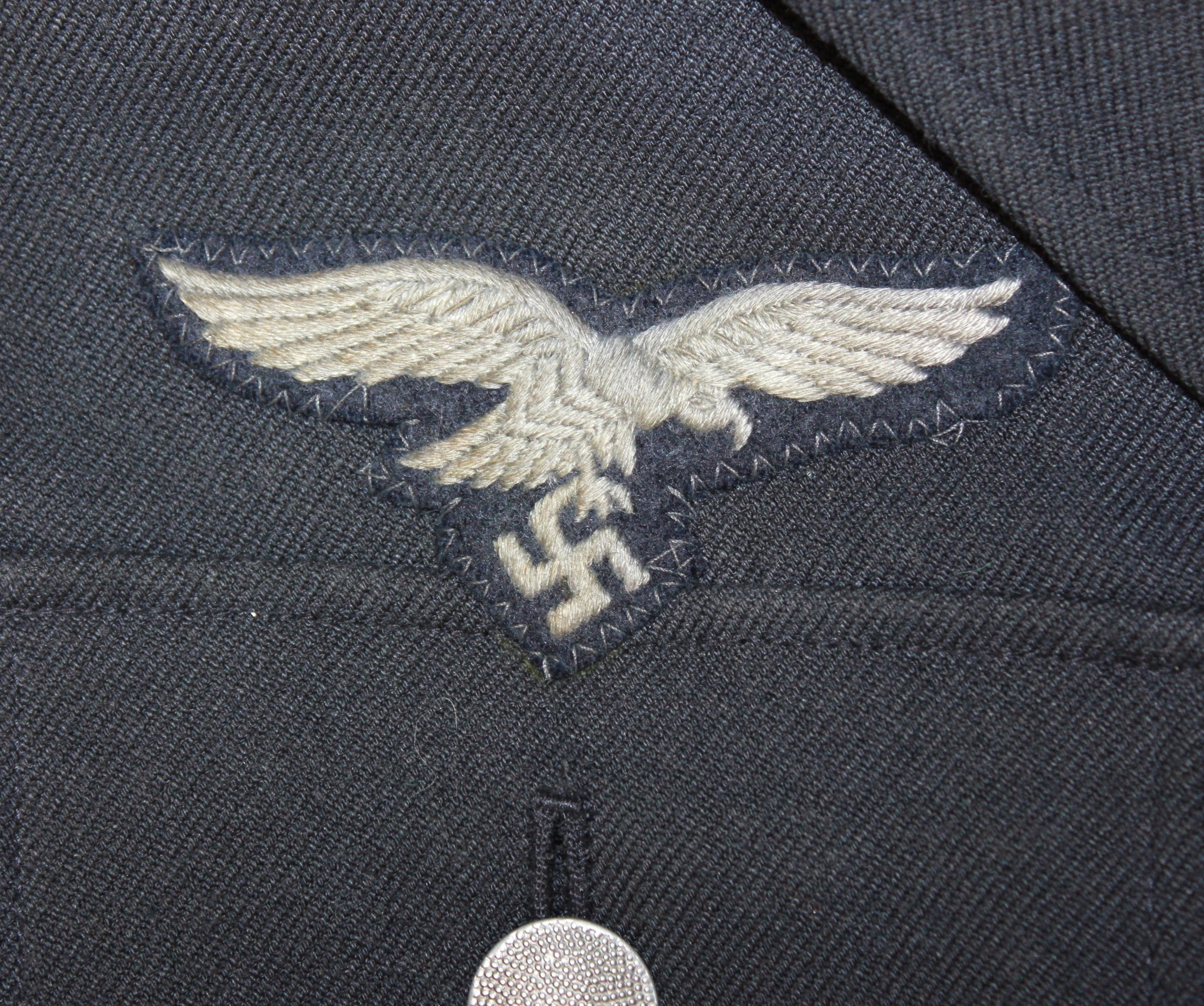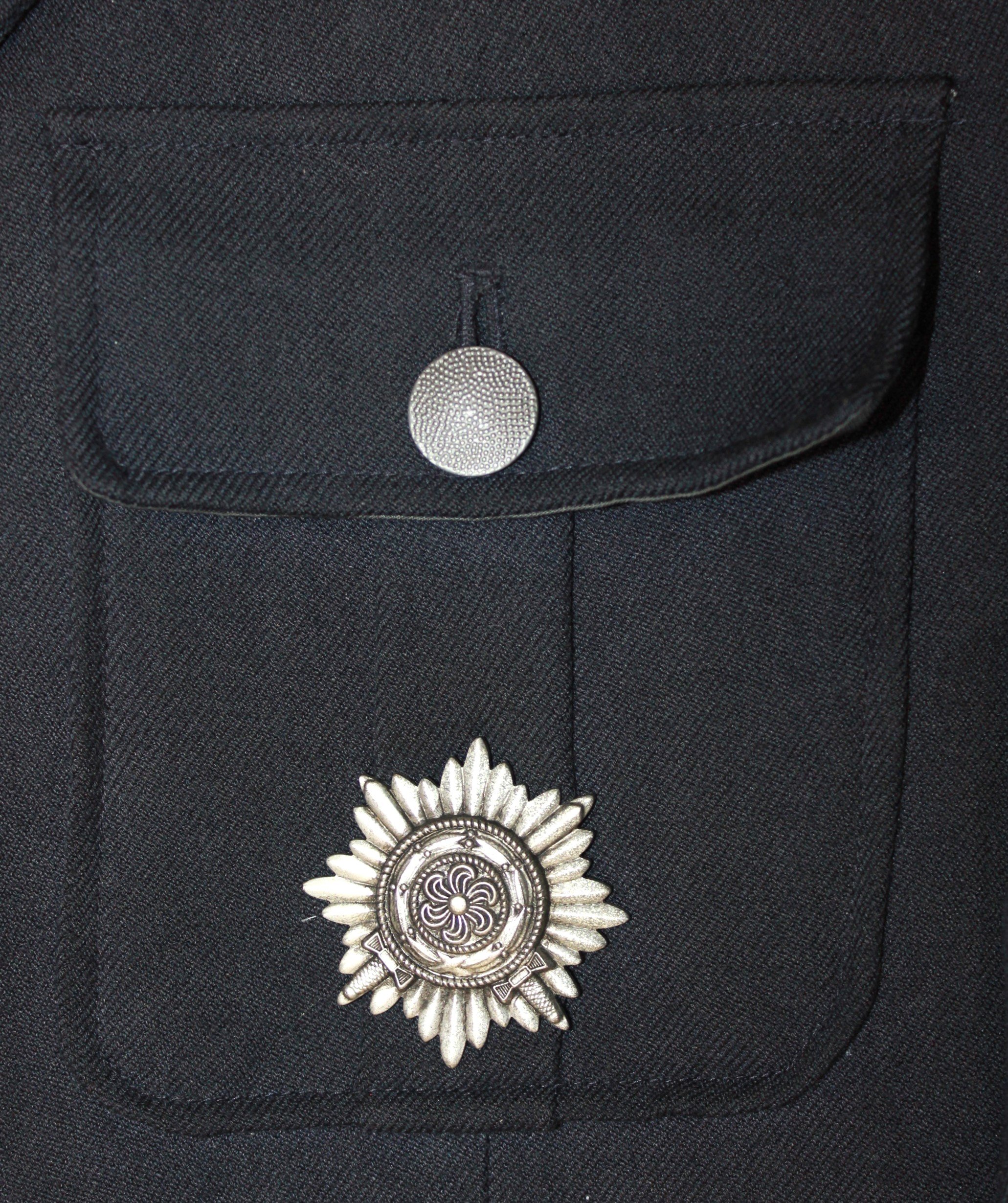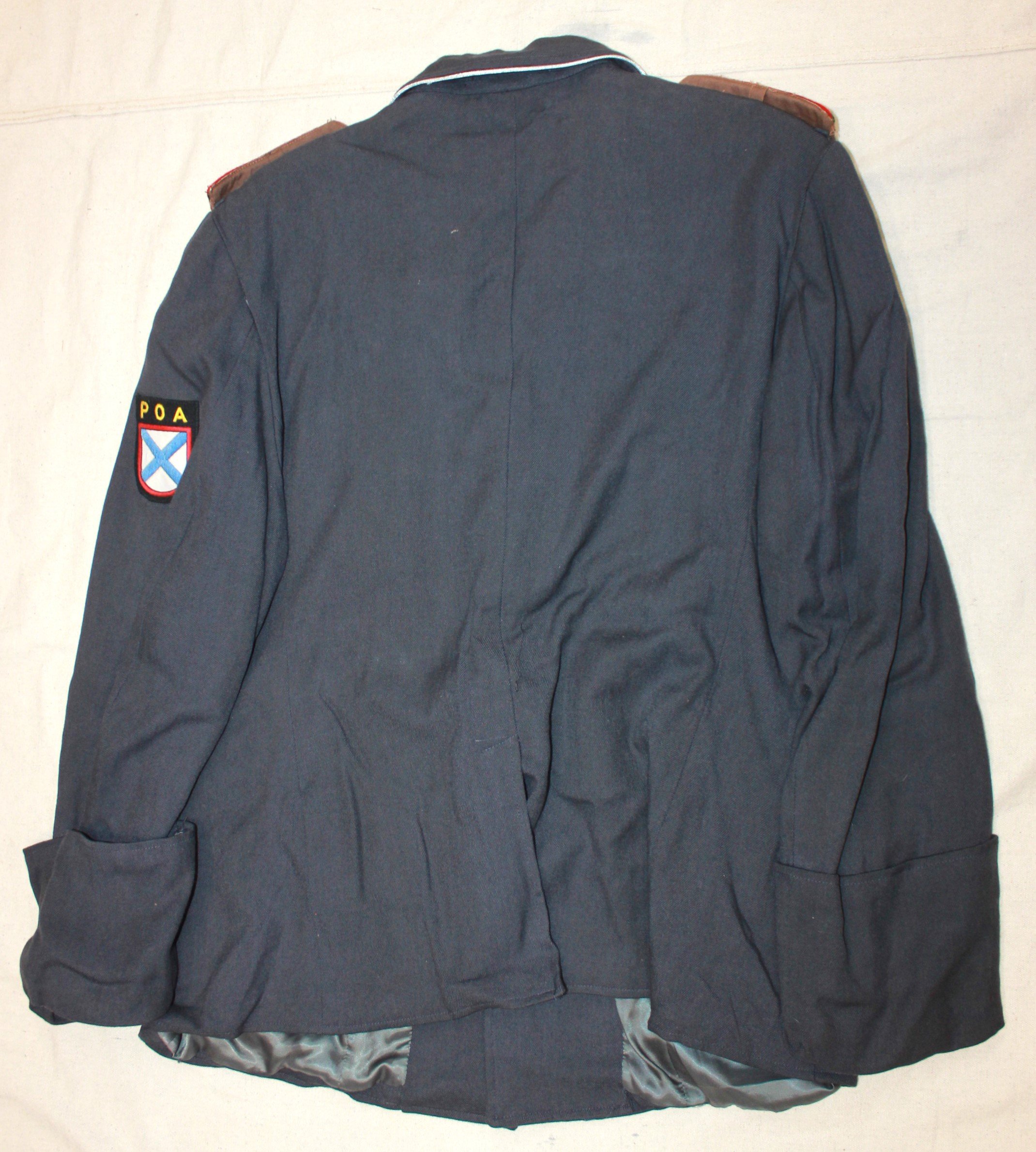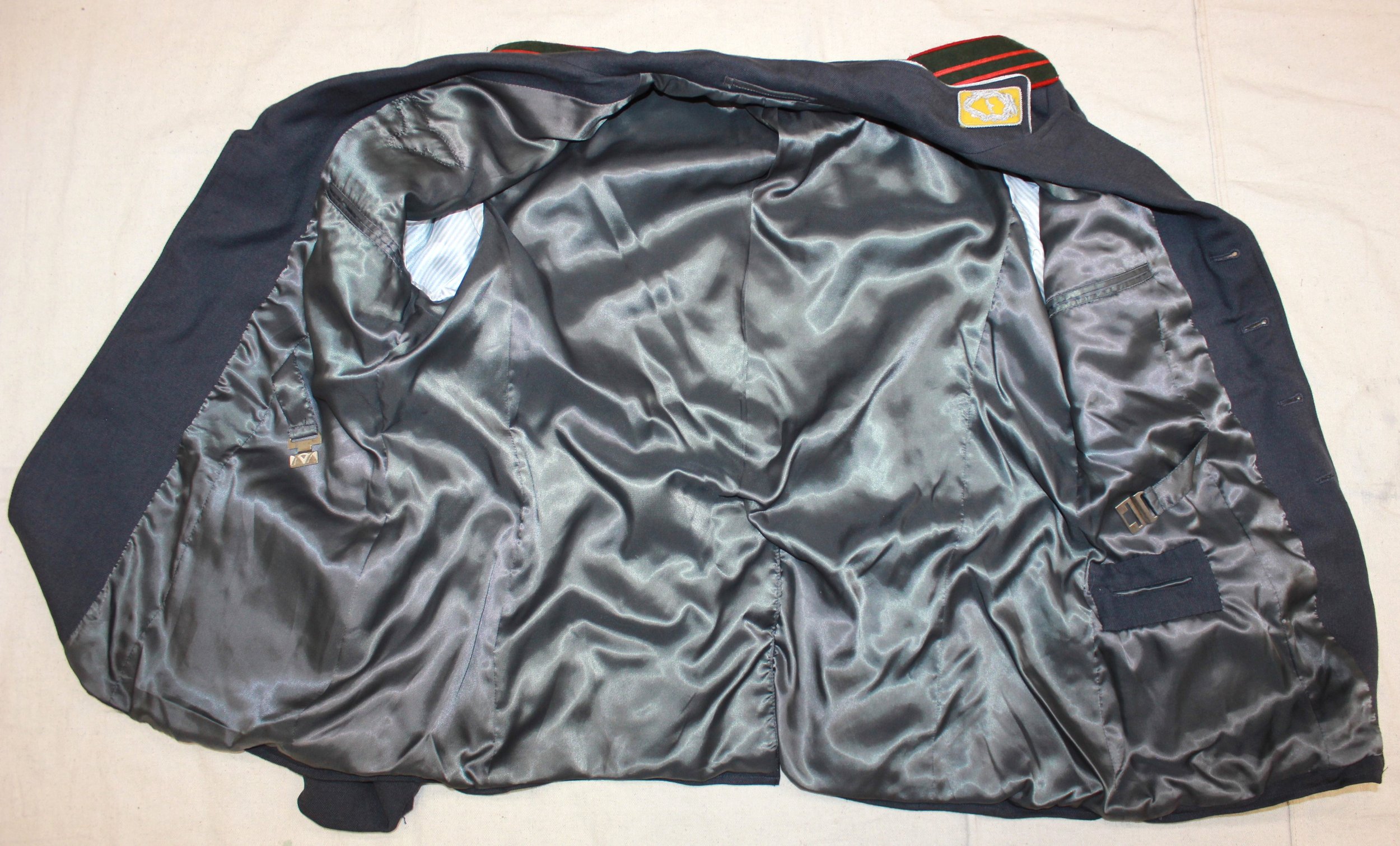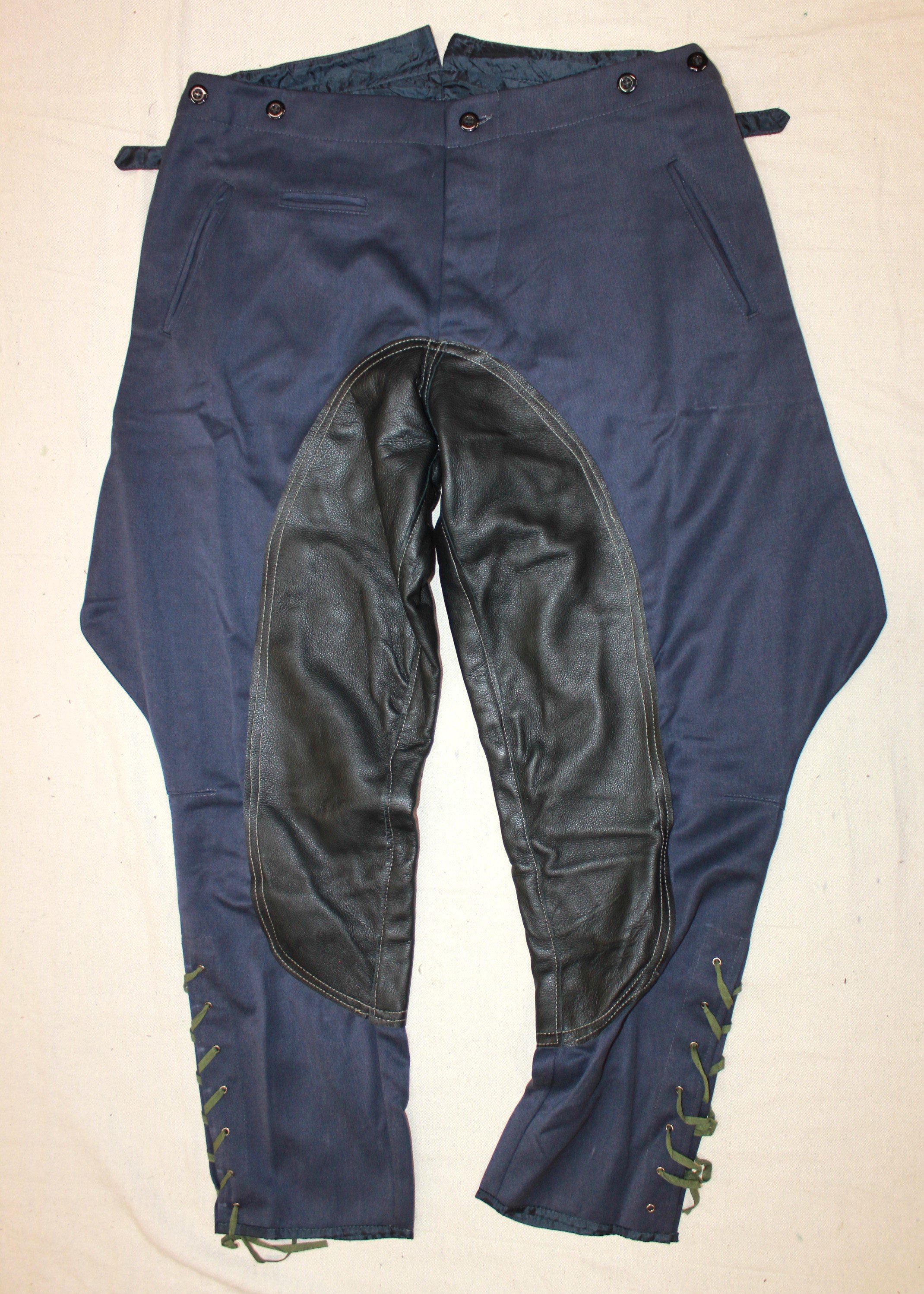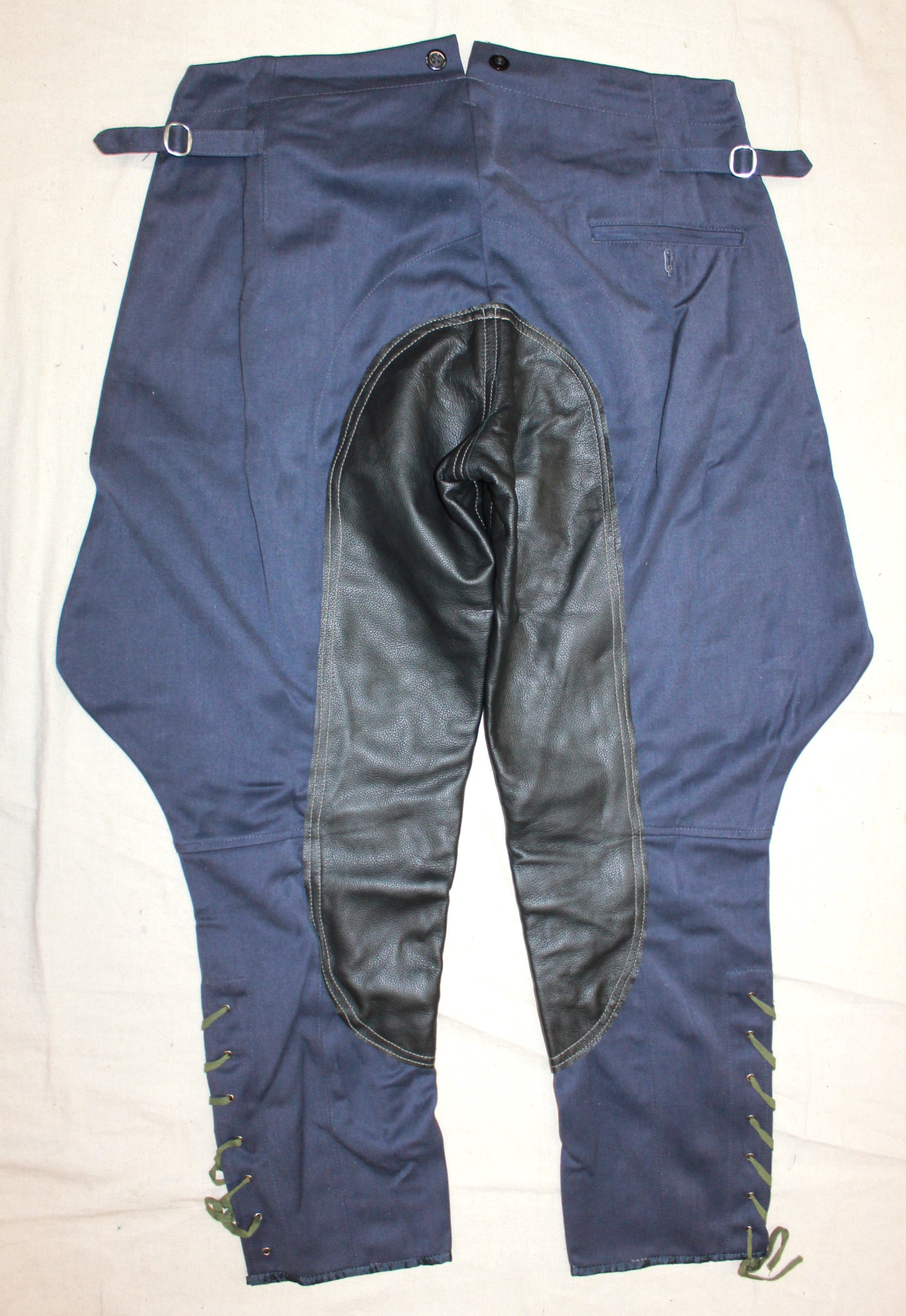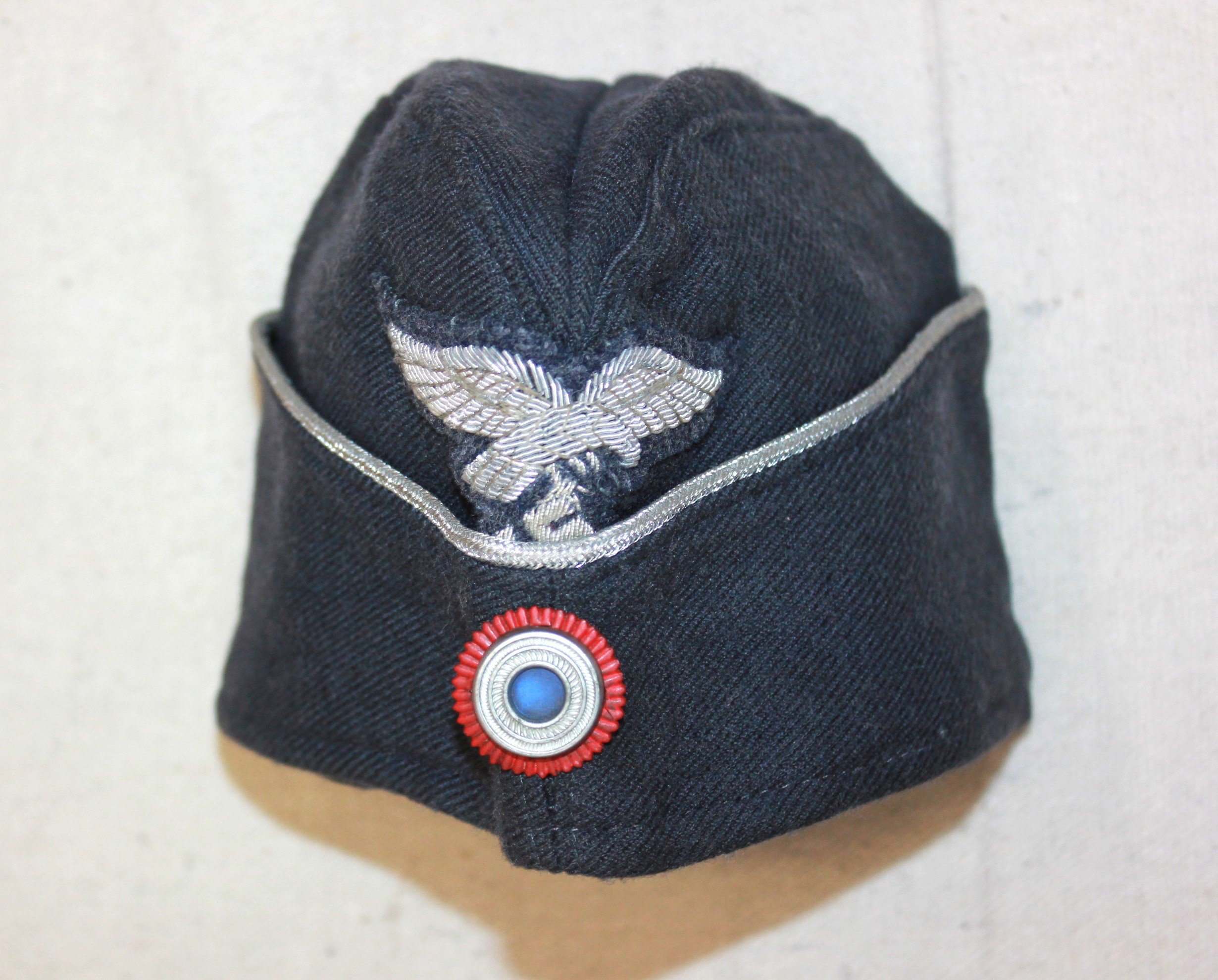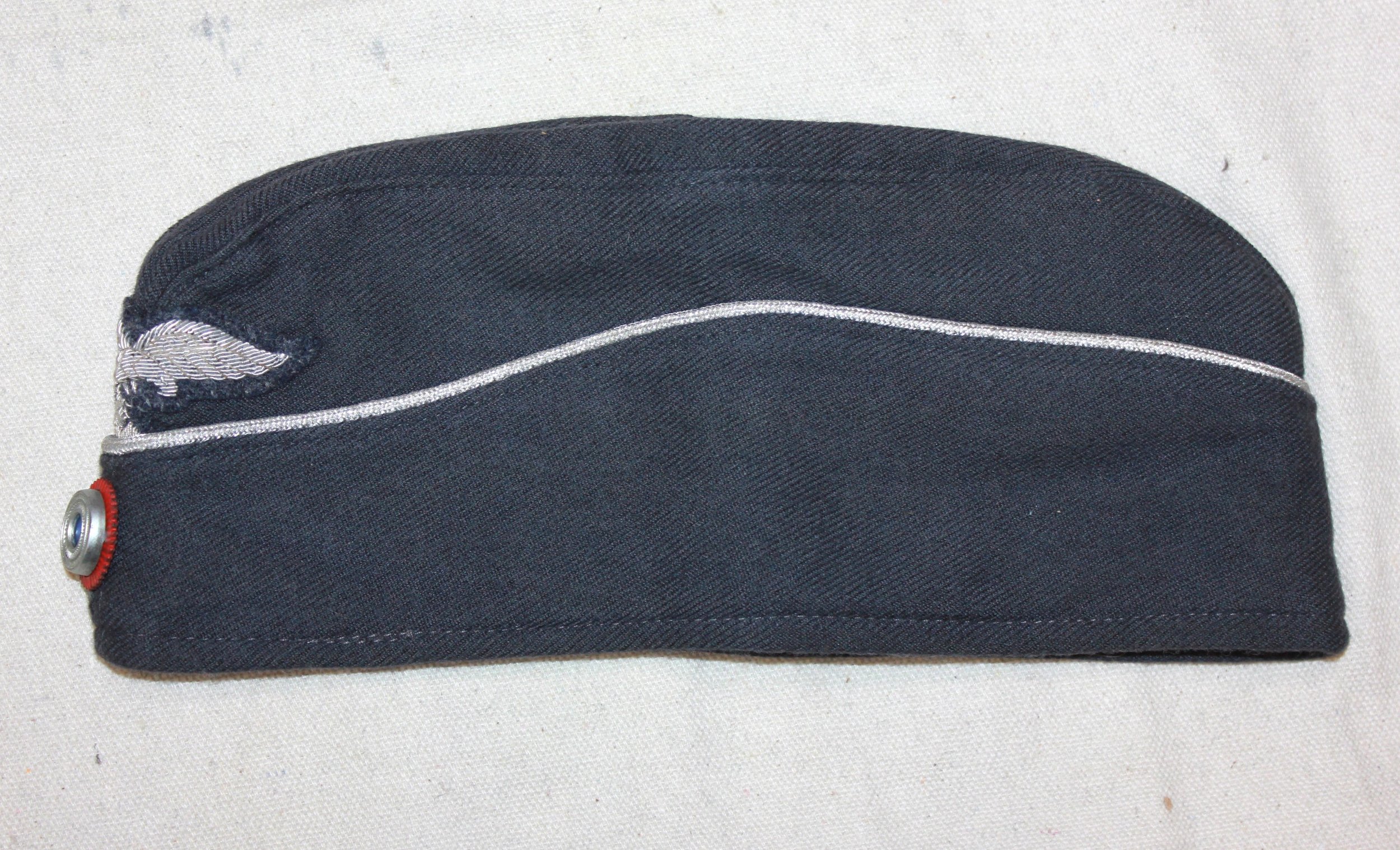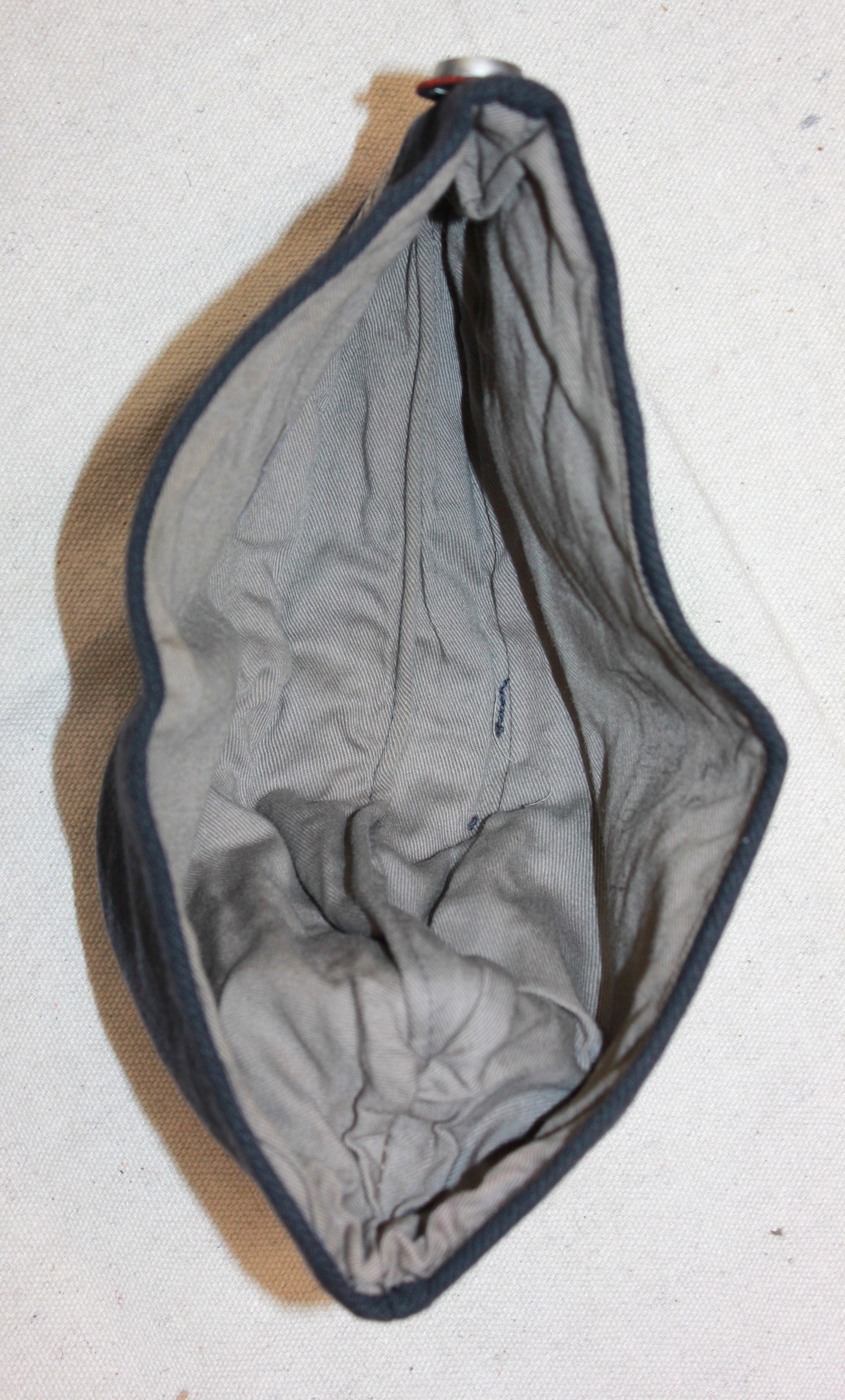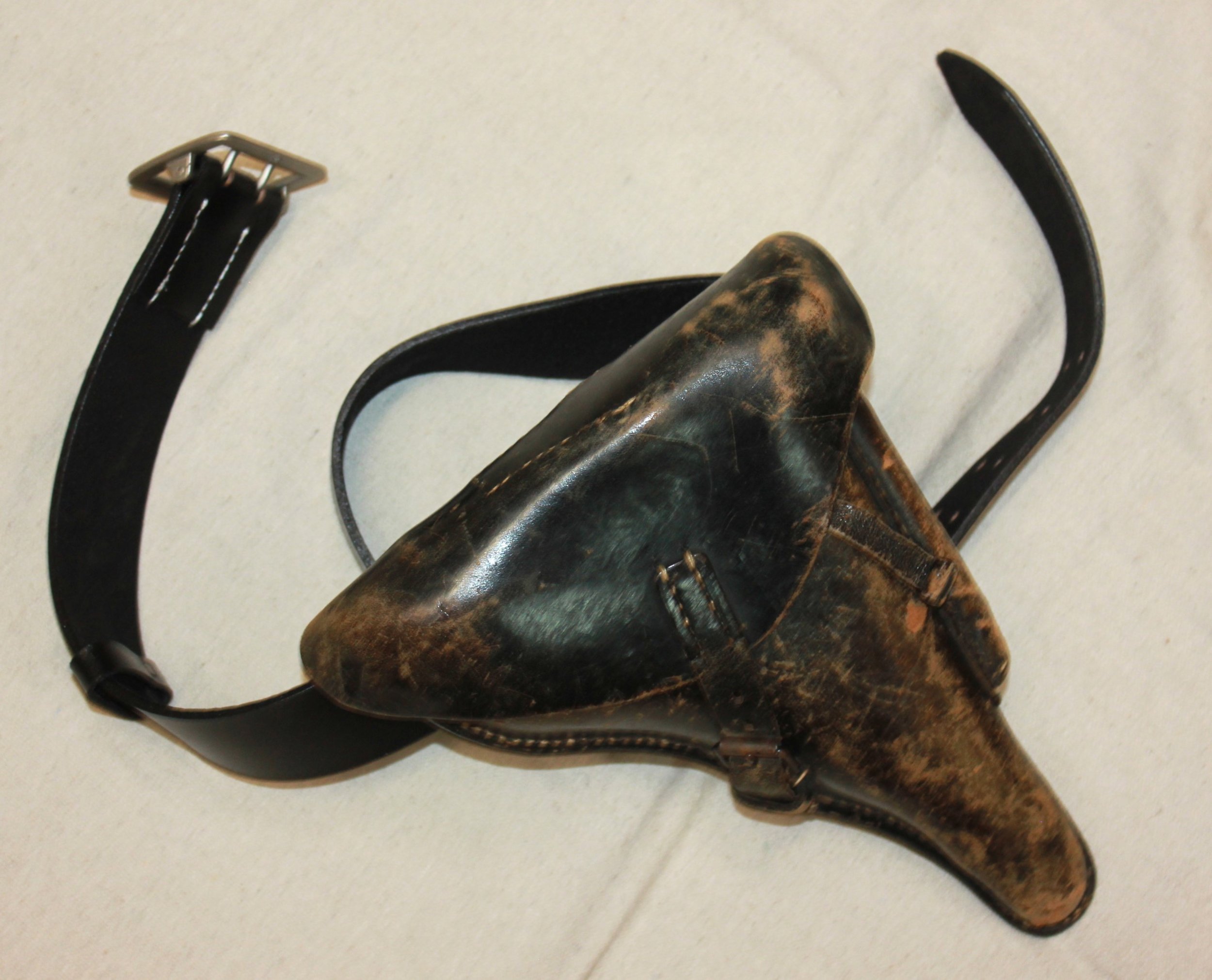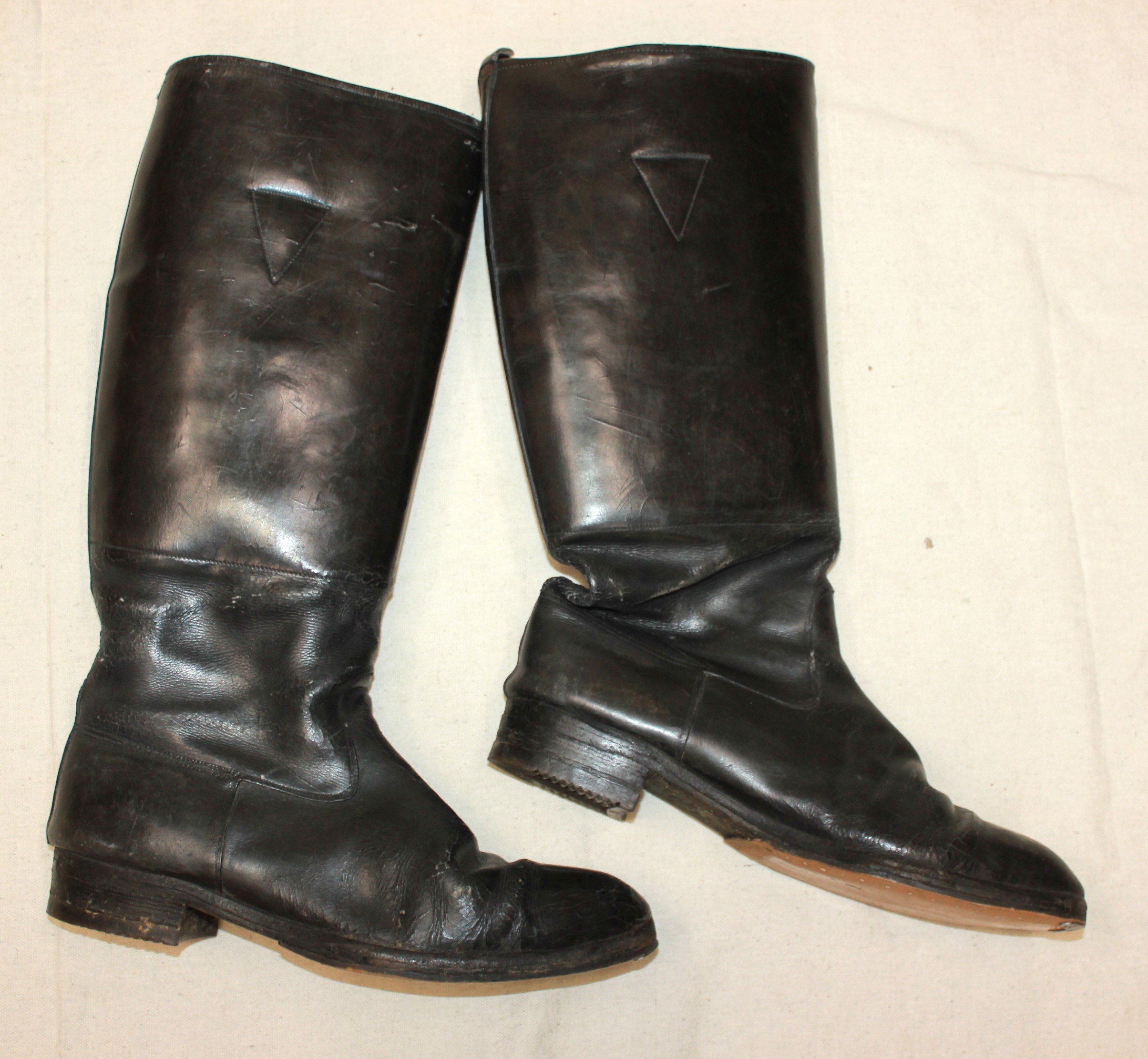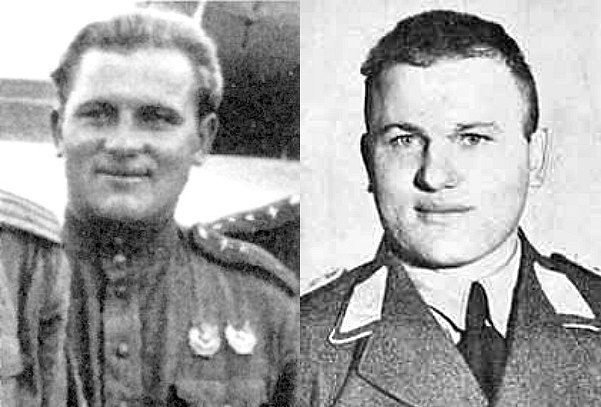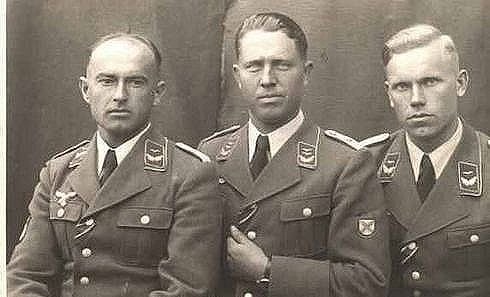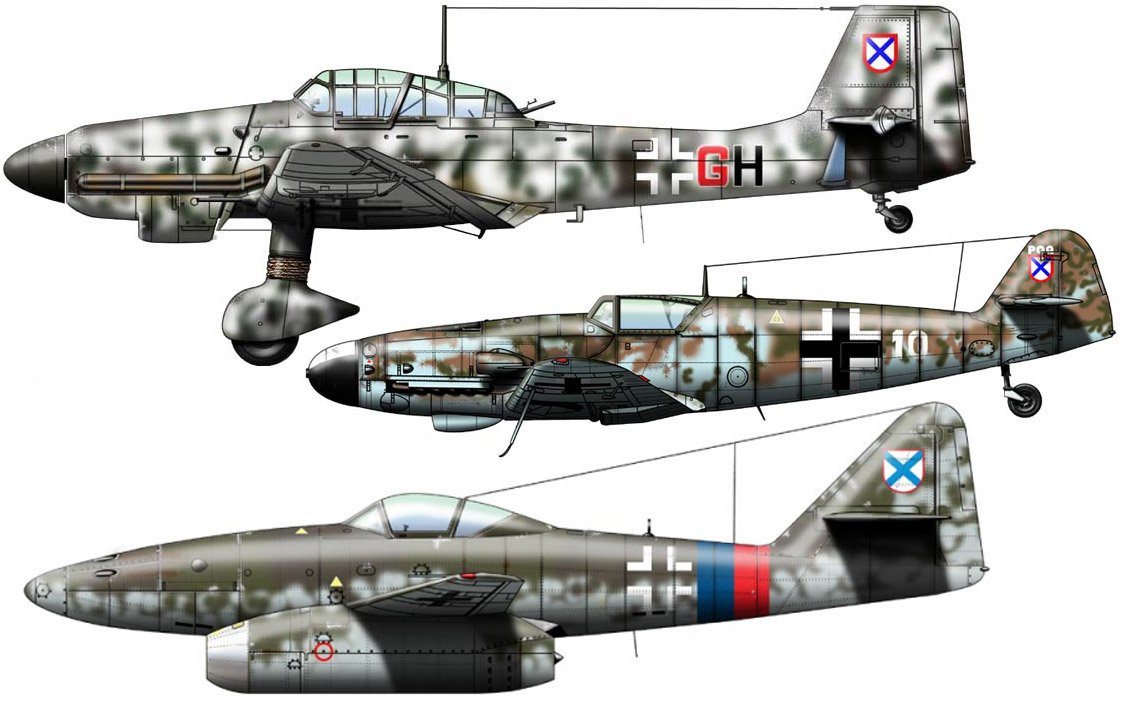Luftwaffe Foreign Volunteers:
*Oberleutnant, Escuadrilla Azul 15. Spanische Staffel 1943:
The Escuadrilla Azul, known to the German military as 15. Spanische Staffel was a group of volunteer pilots and ground crews recruited from the Spanish Air Force that fought on the Ost Front. The squadron joined the Luftwaffe between September 1941 and Mai 1943.
The squadron joined the Luftwaffe between September 1941 and Mai 1943. At the time that the Spanish authorities negotiated with the Germans the purchase of modern equipment and other patents, a contingent of Spanish pilots was organized to participate in the Russian campaign that would learn the techniques and tactics of combat of the fighter pilots of the Luftwaffe.
Five Spanish squadrons rotated through the Ost Front, attached to Luftwaffe fighter wings Jagdgeschwader 27 and Jagdgeschwader 51. [ Flying Messerschmitt fighters and Focke-Wulf fighter-bombers, the Spaniards were credited with destroying more than 160 Soviet aircraft in nearly two years, while losing 20 pilots killed, missing, or captured.
The unit remained in central Russia, despite requests by Muñoz Grandes that they be attached to the Blue Division, until their withdrawal in 1943. The Oberleutnant wears a slightly modified enlisted Fliegerbluse with a factory-applied German national eagle.
His recent promotion is indicated by the addition of a single metal rank wing on the officer quality bullion Litzen. Like all Escuadrilla Azul members, his uniform displays the Spanish national volunteer sleeve shield on the right arm as well as a mix of national as well as German awards.
Constantly in action during his time on the front, he has earned the Frontflugspange für Jäger or Short Range Fighter Clasp in Gold for 110 missions.
Note: that 90% of the pictures are off of the internet, I sorta guess at, and who knows where to give the credits to those? They have been copied and recopied a gazillion times! Thanks though for taking the original pictures.
This uniform needs to be reshot but is missing at this time. I can’t find it in my storage. so will have to take upgrade pictures at another time.
“New Pictures”-Luftwaffe Croatian Volunteer, Pilot:
One Squadron of the fighter wing was sent to the area of Furth, Germany, for training, the other to Hezogen Aurah Airfield, nearby. Training commenced on July 19, 1941, on Arado 96 and Messerschmitt 109D aircraft, and lasted to the end of September 1941, at which time the pilots were deemed good and ready to be sent to the Eastern Front., where they flew in various versions of the Bf-109 fighter.
During their training, they had been issued their Luftwaffe Uniforms adorned with the Croatian armshield on them and the Croatian Airforce Legion ‘Wings’ above the breast pocket (photographs show members with their wings on the upper left sleeve as well.
The Squadron received the official designation ‘15. (Kroatische)/JU-52’, and arrived at its first Eastern Front airfield on October 6, 1941, near Poltava. On 9, October 1941, the Squadron had its first taste of the action, when, in the Ahtijevka-Krasnograd area, a Soviet R10 was shot down. The kill was given to the German Liaison Pilot of the squadron, Lieutenant Baumgarten. The Squadron was then transformed at the end of October 1941, to Taganrog, and stayed in this area till 1 December 1941. The first kill by a Croatian pilot occurred in this time period by Captain Francina and the second by Lieutenant Colonel Dzal.
On 1 December 1941, the Squadron transferred to Mariupol. Attacks were made on Soviet Armor Colloms around Pokorovskoje, Matvejeva, Kurgan, Jeiska, and Uspenskoje, and on the railway line at Marinpol-Stalino. The Squadron escorted German bombers on their missions. By the end of January 1942, the Squadron had reportedly shot down 23 confirmed Soviet Aircraft (of these four were MIG-3 fighters). At the end of March 1942, the Squadron received telegrams from the Commander of 4. Luftflotte, Colonel-General Lohr, congratulated them on their successes. In April 1942, the Squadron flew escort missions for Stuka Dive Bombers, guarded the Marinpol airfield, and staffed Soviet troops in the Anzov Sea area. Nine more Soviet planes were brought down in this period.
In May, the Squadron was transferred first to the Crimea, and shortly afterward to the Artemovka-Konstantinovka region. From this base of operations, the Squadron flew escort missions for bombers attacking Sevastopol and patrolled the Azov Sea. Four more Soviet planes were shot down and a Patrol Boat was sunk as well. From the end of May, till the 21st of June 1942 (the date of the Squadron’s 1000th flight), 21 more Soviet Airplanes were claimed. From this date till the end of July 1942, 69 more Soviet Aircraft were shot down, the pilots had gotten good at their trade.
The Squadron continued with its fine performances until late 1943 when it was redeployed to Croatia to help combat increasing air activity over the Balkans by the Allies. By this time, the Squadron had tallied 282 kills and had 14 pilots who had made flying status.
Officially designated ‘15. (Kroatische)/ KG 53’ the bomber squadron was equipped with the Dornier Do-17Z aircraft. It arrived on the Eastern front on the 25th, of October 1941, after training at the Grosse Kampfflieger Schule 3, in Greifswald, Germany. Their first area of operations was near Vitebsk. The rest of the Bomber Squadron assignments were in the Northern Sector of the Eastern Front, including the bombing of Leningrad and Moscow. On 9 November 1941, the Squadron was congratulated by Feldmarshall Kesselring for its actions thus far, After flying some 1,500 sorties on the Eastern Front.
The uniform, that of a Hauptmann identified as that of a Croatian pilot only through the national arm shield and the “HZL” wings on the right pocket. Fighting on the Eastern Front the pilot has earned the Iron Cross I Class and II Class in action against the Soviet Forces, as well as the Fighter Pilot Clasp, in Gold with the 120 mission bar on it, he likely is well past that now, he also has the Luftwaffe Pilot Qualification Badge.
“Reshot Pictures” Leutnant, Pilot, Lithuanian Volunteer Luftwaffe:
In September of 1943, the Luftwaffe part of the Wehrmacht had acquired Latvians, to enter the German Forces, and in August of 1944, they and they formed up the so-called “Volunteer” Latvian Aviation Legion.
It’s said there were three, night bomber squadrons, but were not issued JU-88s or the like that, but rather they made do with captured Russian (Bi-Plane) Polarkarpov PO-2 aircraft. They put together an aviation school, and there was an anti-aircraft battalion and other small support units. In all, there were about 628 men.
In August 1944, 5,500 conscripts, deemed unsuitable for front duty were transferred to the Luftwaffe, as auxiliary helpers Luftwaffen-Kampfhelfer, and they ended up all over the Luftwaffe. Then the Latvian Youth organization was ordered to call up youths born in 1928 and eventually about 4,000 youths, and later 1,000 girls were used in the supporting role of the Luftwaffe.
This pilot was given an officer Luftwaffe uniform, respectively, still, he add some others he was still proud of, his Lithuiain wings, pilot badge, and county shield to the jacket, and put a leather seat in the breeches.
“New Pictures” Hauptmann, Ukrainian Liberation Front, Luftwaffe Volunteer (UVV):
In 1943, the Ukrainian Liberation Army was formed (YBB) was formed as a Ukrainian equivalent to the (Russian Liberation Army - ‘ROA’). Like the ROA these volunteers were scattered amongst various German stations, not grouped up, as replacements, and where they may be useful. They did earn their leave shield.
As with most of the volunteers who decided to work with the Germans the YBB was uniformed by who they supported, in this case, a Pilot with the Luftwaffe, so, he wore the blue-gray uniform and their equipment.
Our research shows us only 1 photoshoot of the pilots, in an observation squadron, flying the Gotha 145 ‘Biplane’.
Research points to pilots moving into fighter squadrons as part of the ROA. Several pilots, including 1 Woman, had been Aces in the Red Air Force.
Reichmarshall Hermann Goring, impressed by their performance, ordered the formation of a total Ukrainian Fighter Squadron, that would incorporate pilots already flying the Bf-109s and FW-190 aircraft, and training them on the ME-262 jet aircraft.
ThisYBB Hauptmann wears the typical Luftwaffe kit, nearly indistinguishable from the Germans he flew with. He has applied the Ukrainian sleeve shield to the uniform, identifying him to his comrades, and his cap he has applied a cockade in the national colors. As an Officer and Pilot, he would have worn the double claw belt, normally in brown, and brown boots with his breeches tucked into them.
“NEW PICTURES” Private, “POA” Luftwaffe Volunteer, Flak-Helper:
There is a story here, however, I have not located it in my files yet. But one will come at some point in the future. but I assume this Russian was not a volunteer per se’ but more like ‘drafted’ taken with many young men, taken from their homes, and pressed into service for the ‘Fatherland’.
Note: the picture depicts a “Luftwaffe so-called Volunteer”, the troop comes from Croatia, not POA (Volunteer Russian), but he is Luftwaffe and operating with an 8.8cm Flak Battery, protecting some German city.
New Pictures! Major, POA Luftwaffe Volunteer Pilot:
Red Air Force and personnel from POW lagers were sent first to the Medical Commission, and then the two-month training course after which they received their rank and assigned to the First Ostttruppen Luftwaffe group, Fliger Holters in Morizfeld (East Prussia). They prepared on non-German aircraft, and after some time of training, they began participating in German Operations, and aircraft. Carrying paratroopers, or propaganda material, along with normal Luftwaffe operations.
As the size and quality of volunteers increased the 1. Friwilligen Staffel ROA “Ostland” was formed mid-summer 1943 at Ostrov on the Northern sector of the Russian Front with Go 145s, Ar 66s, and Russian Po 2s, as a Nachtschlachstaffel or night harassment squadron.
Flying until July 1944 from various areas of the East Front, the unit conducted 500 combat sorties.
The Fliegerregiment of the Luftwaffe ROA was made up of 4 main elements:
Jagdstaffel 5 ROA “Oberst Kazkov” flying Bf 109 /G-10s. Schlachstaffel 8 commanded by former Red Army Ace, B.R. Antilevskij Flying Ju 88 aircraft. Aufklarungsstaffel 3 flying Fi 156, and reportedly a Me-262. Transprtstaffel 4 flies a wide variety of aircraft such as the DO-17, HE-111, and Ju-88 bombers.
Relations between the German Luftwaffe and the Russians were very warm, and they would often come together for what they called “Beer Meetings”. This quote from the “RLA” newspaper “Volunteer” shows the feeling the Russians had towards their German Comrades: “You have met us, as brothers you managed to warm our hearts. Today as one army we fly to meet the new dawn. Our homeland may be oppressed, but clouds cannot hide the sun. Together we fly our planes and may we stand victorious over death and terror”
This young officer wears the standard Luftwaffe tunic and ranks on the collar. However, his affiliation with the Russian Army of Liberation is shown by his shoulder boards, sleeve shield, and the cockade on his overseas cap. He wears reinforced Luftwaffe Breeches, boots, and, an officer’s belt. He has been awarded the Eastern Peoples Award for service.
